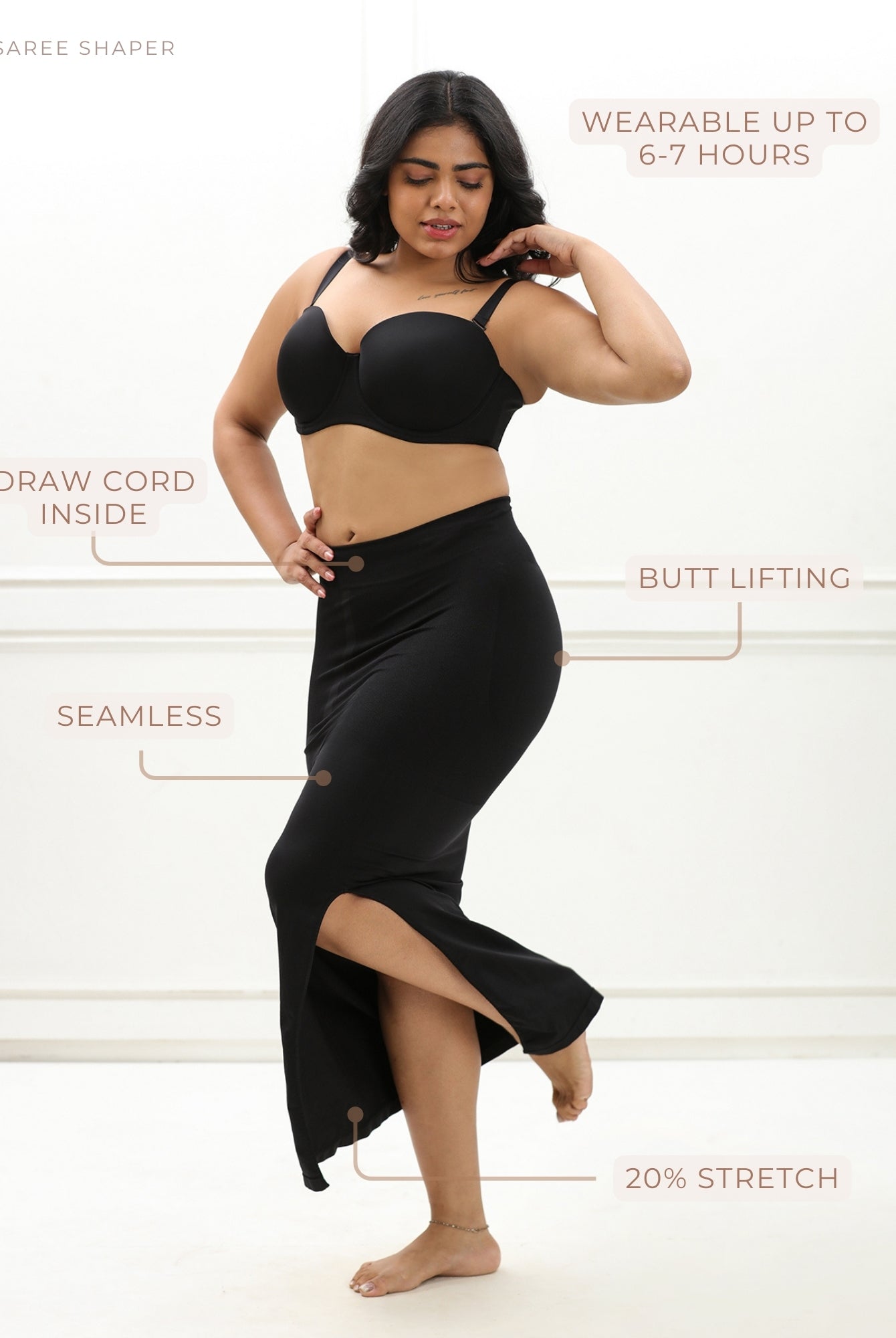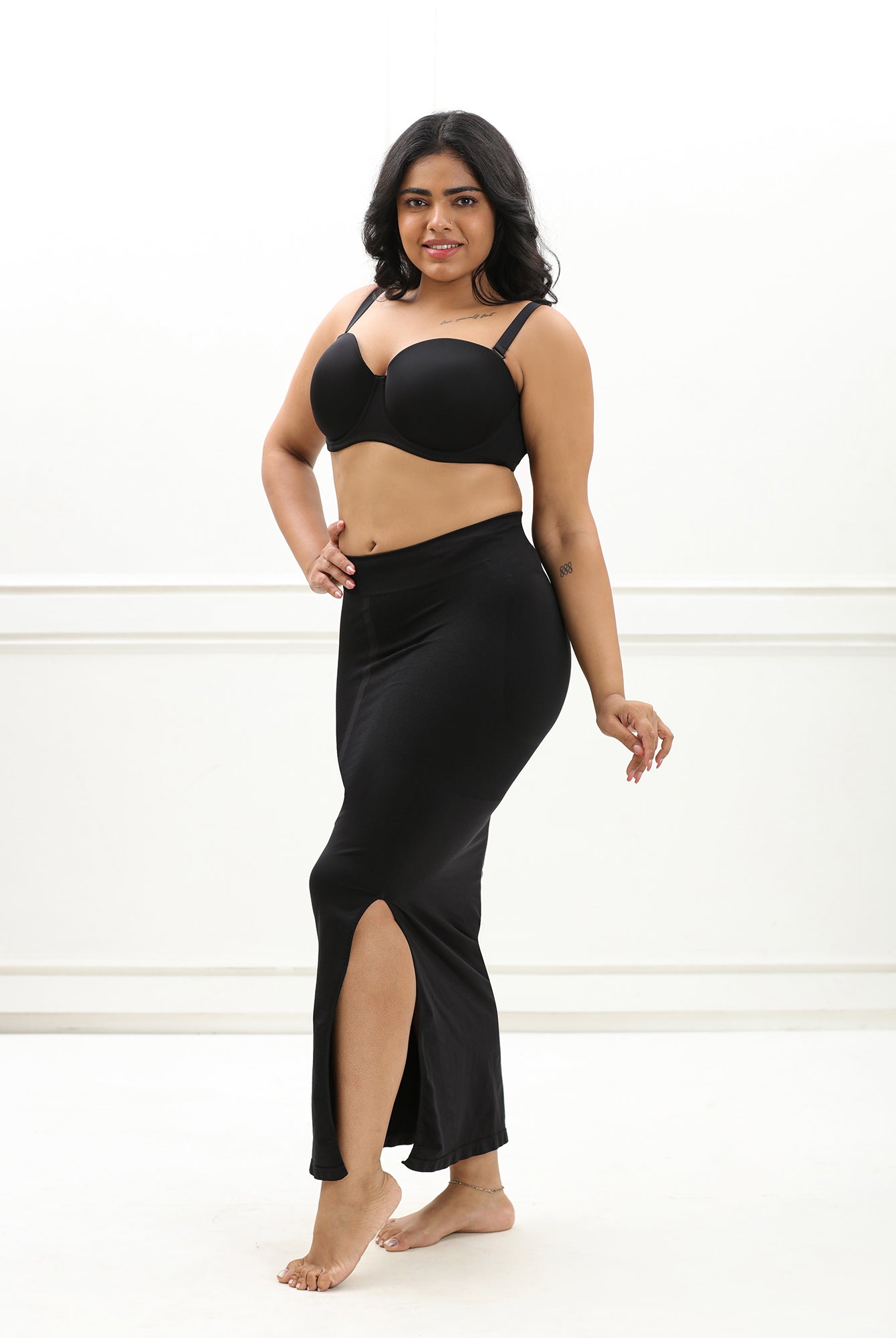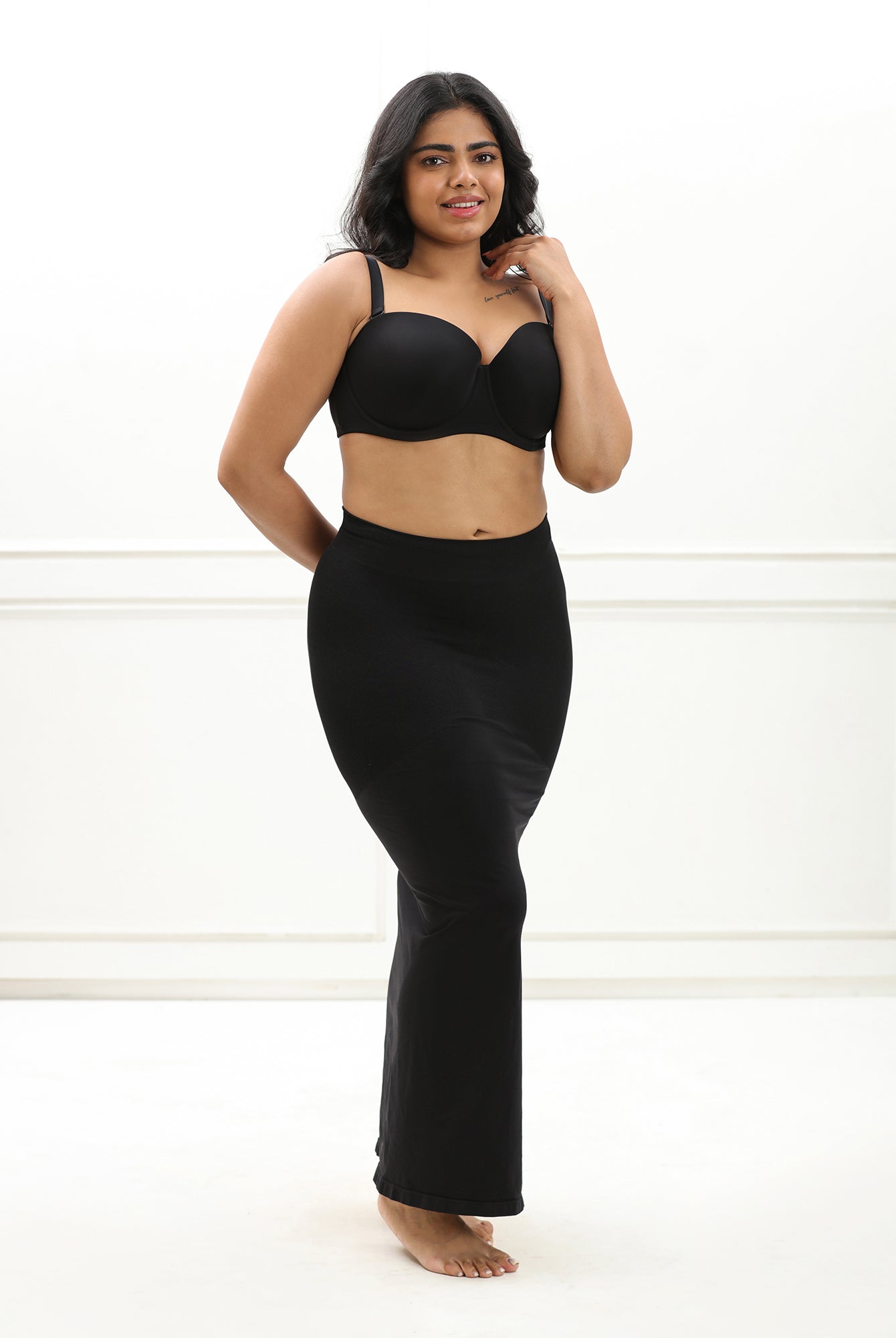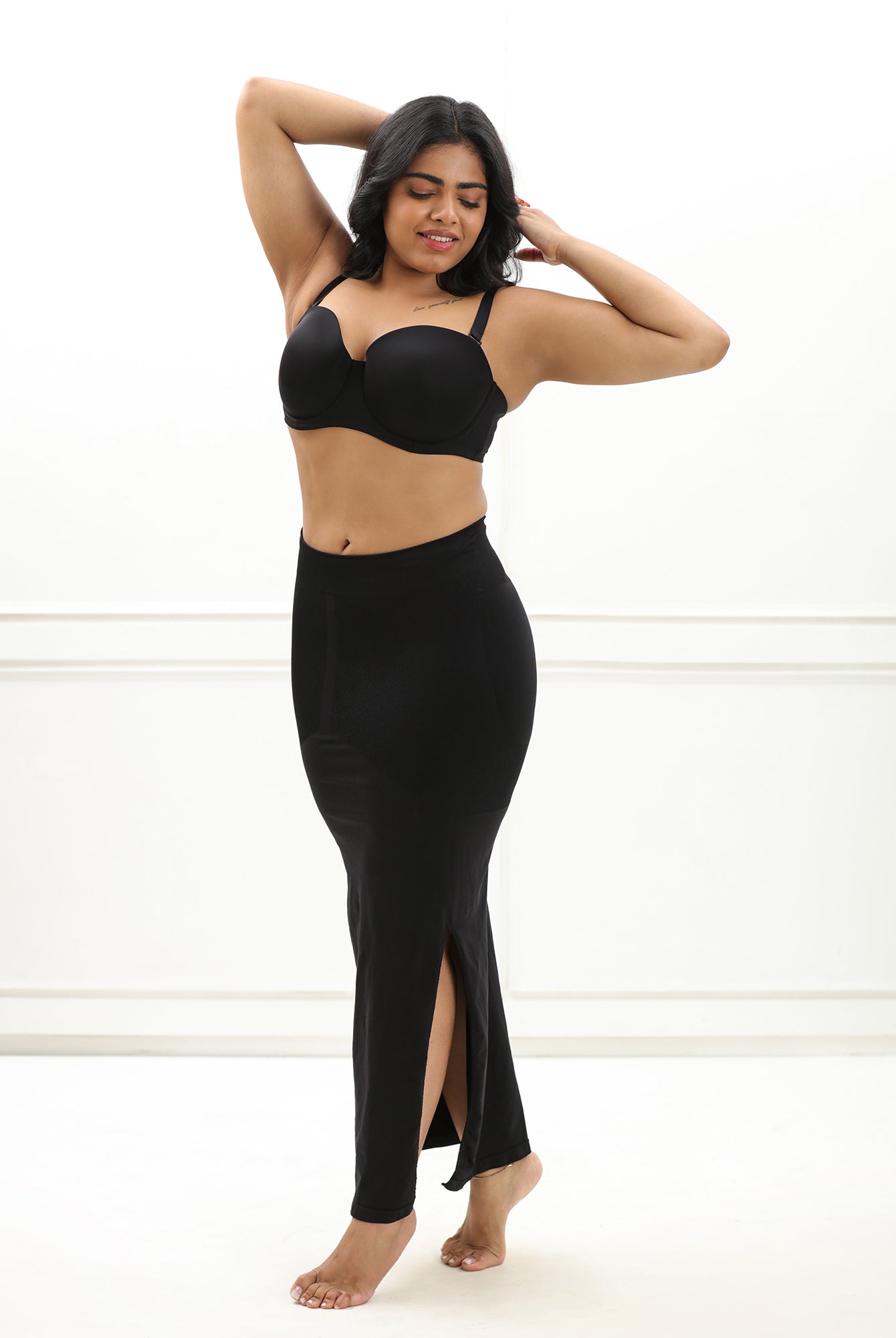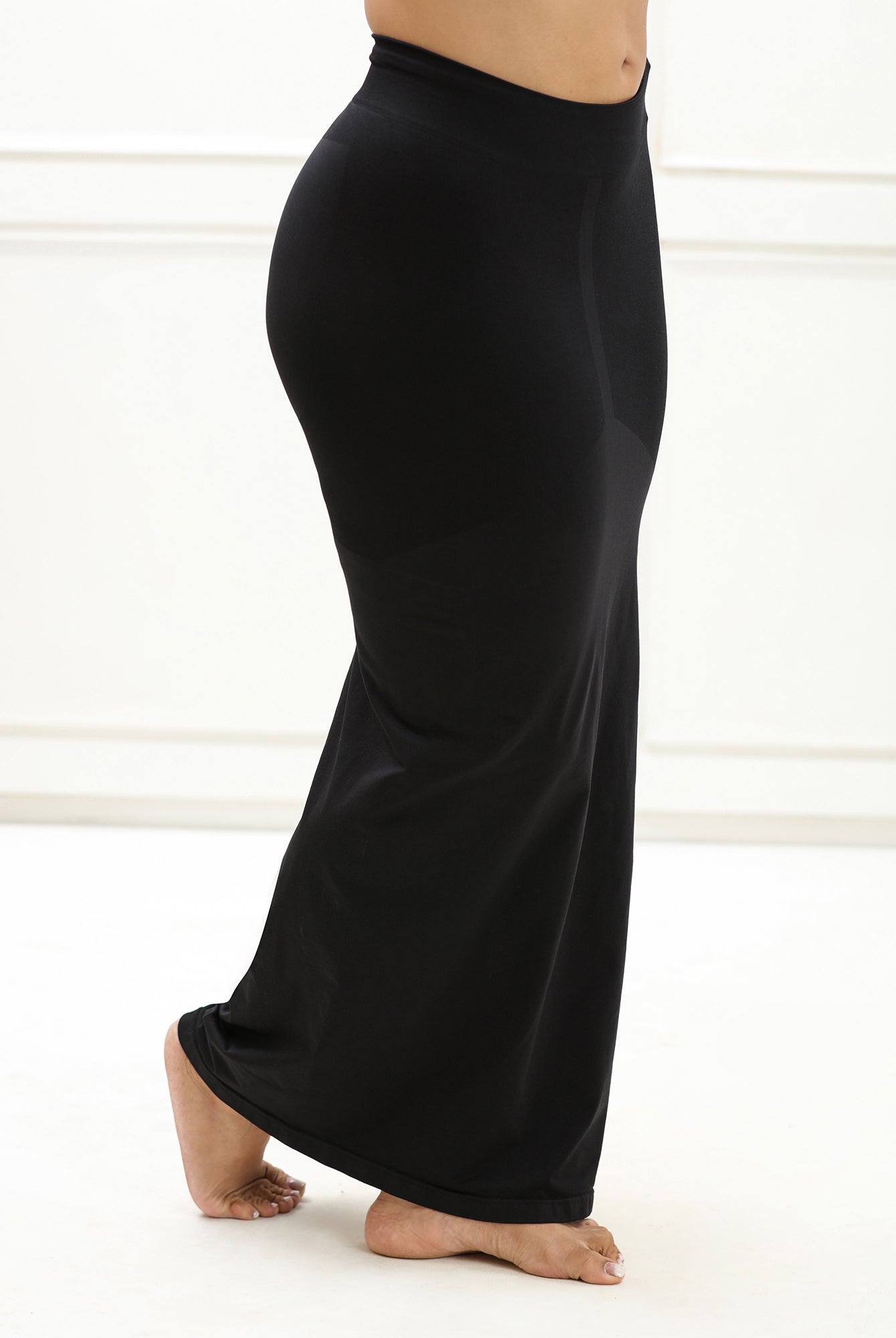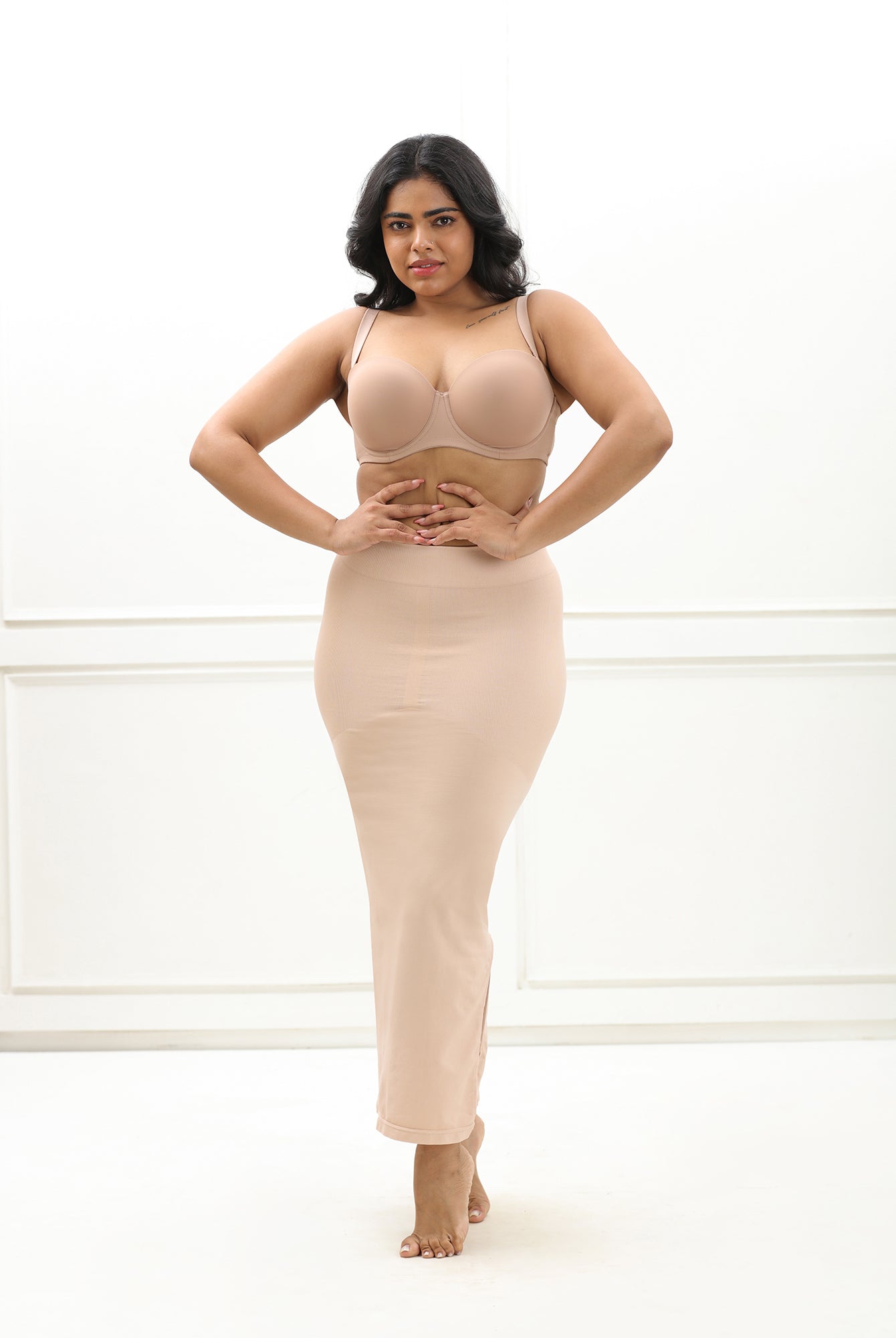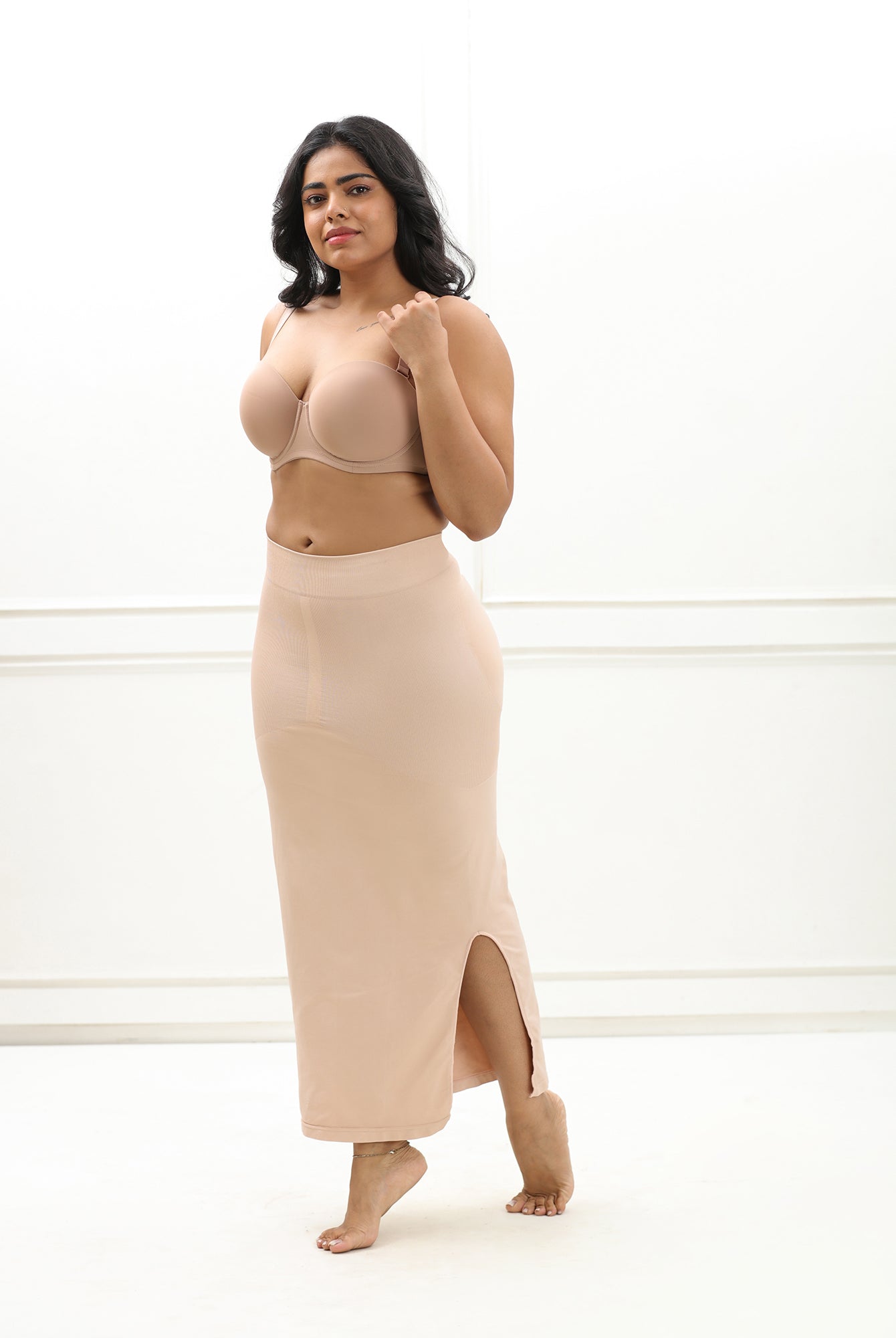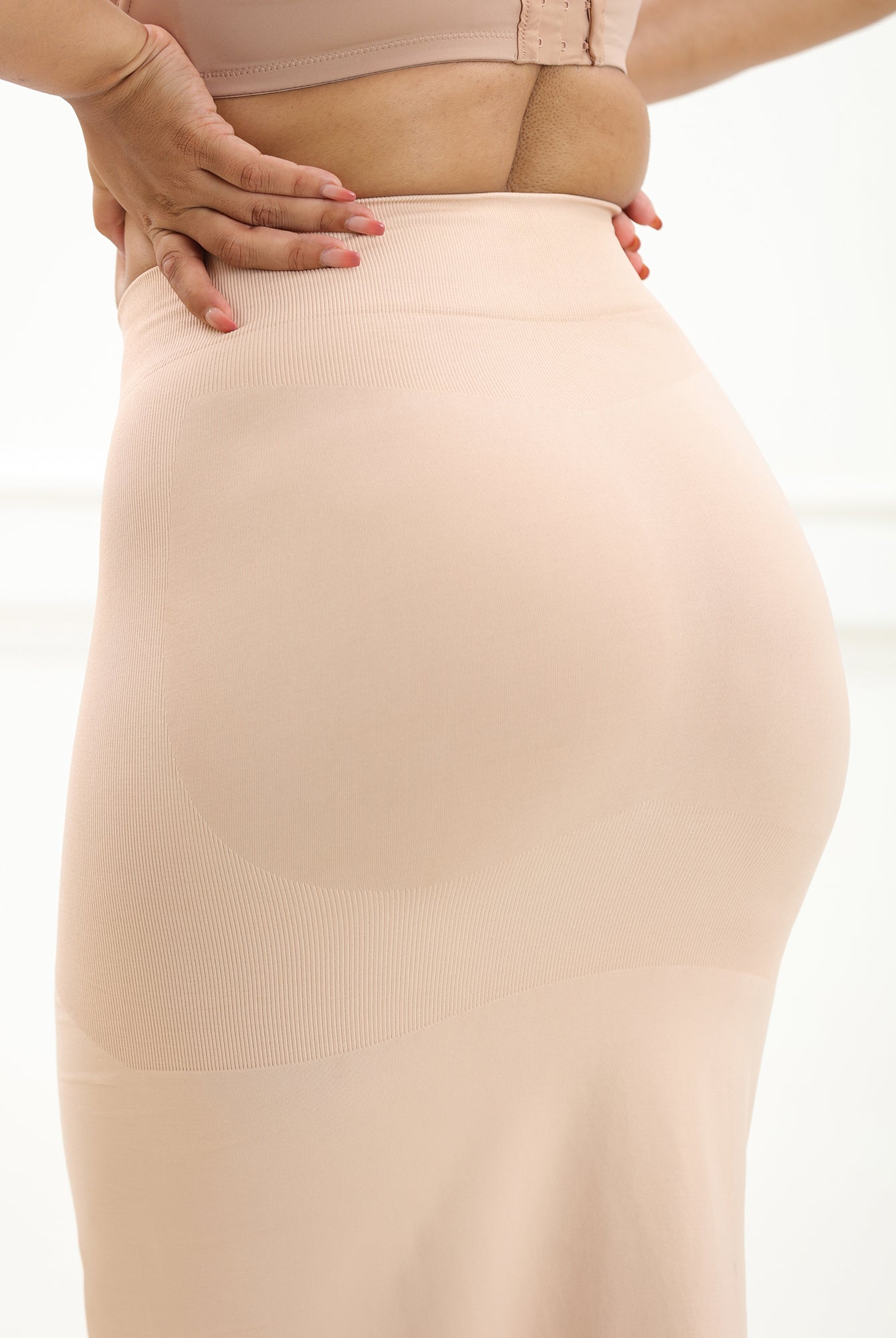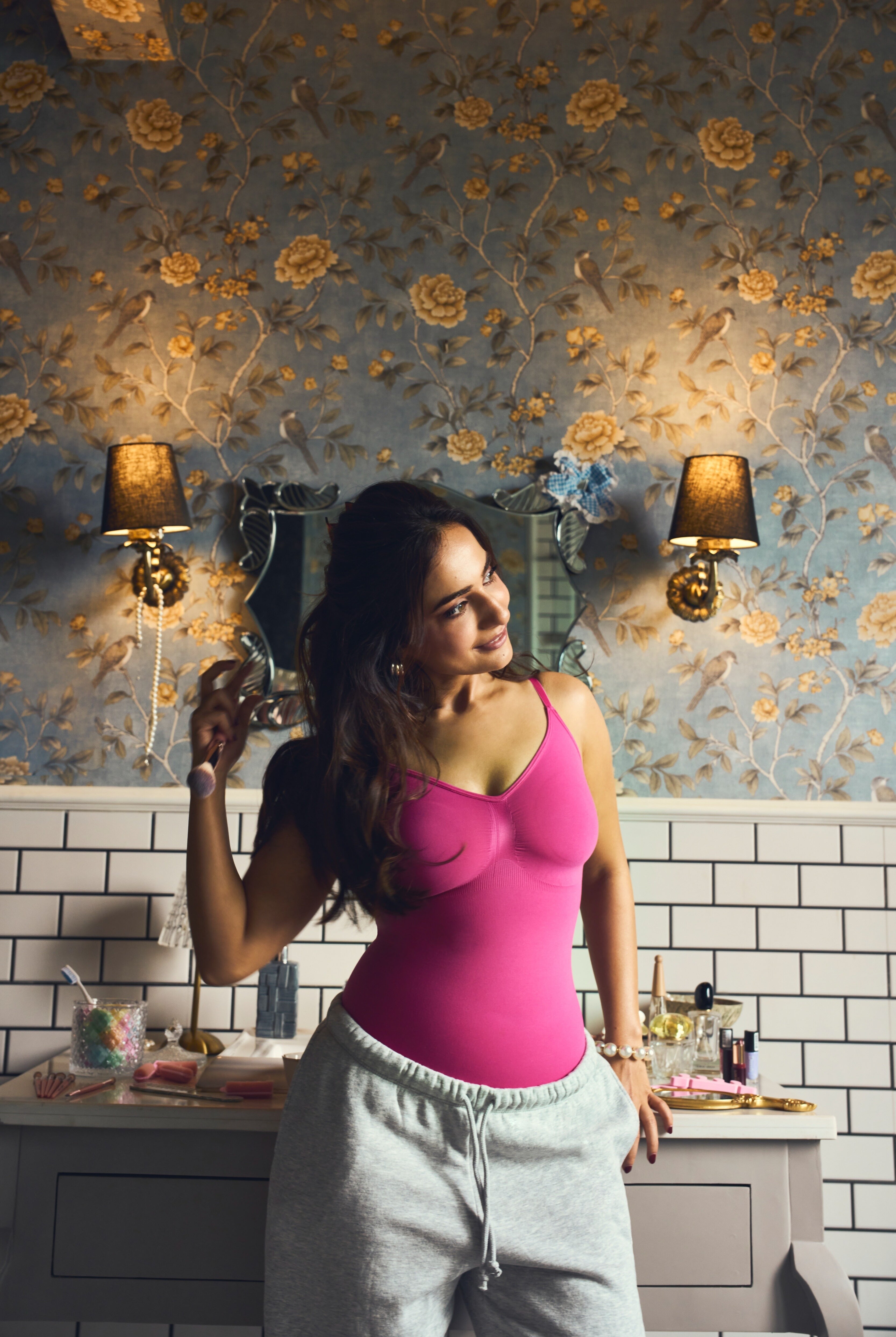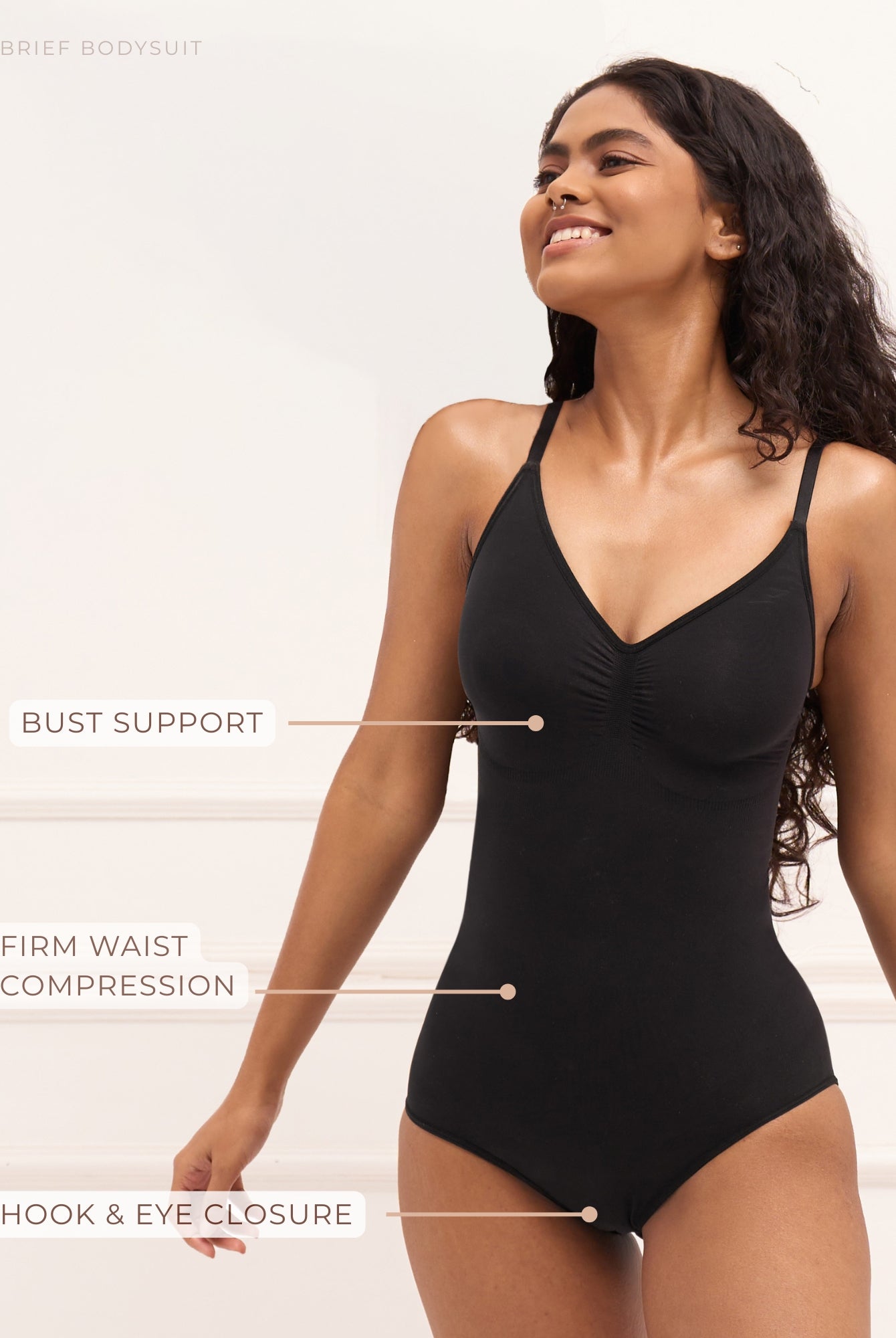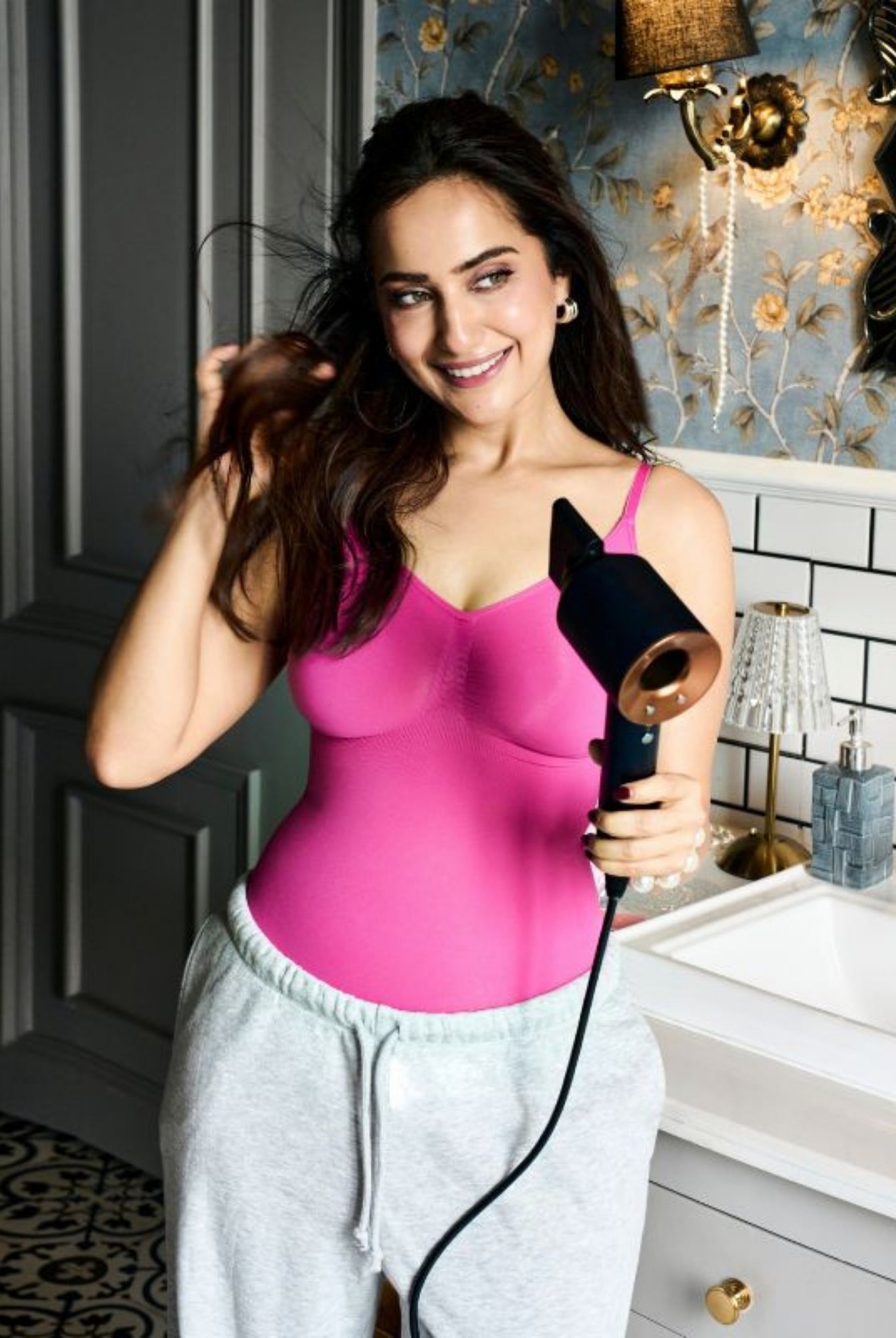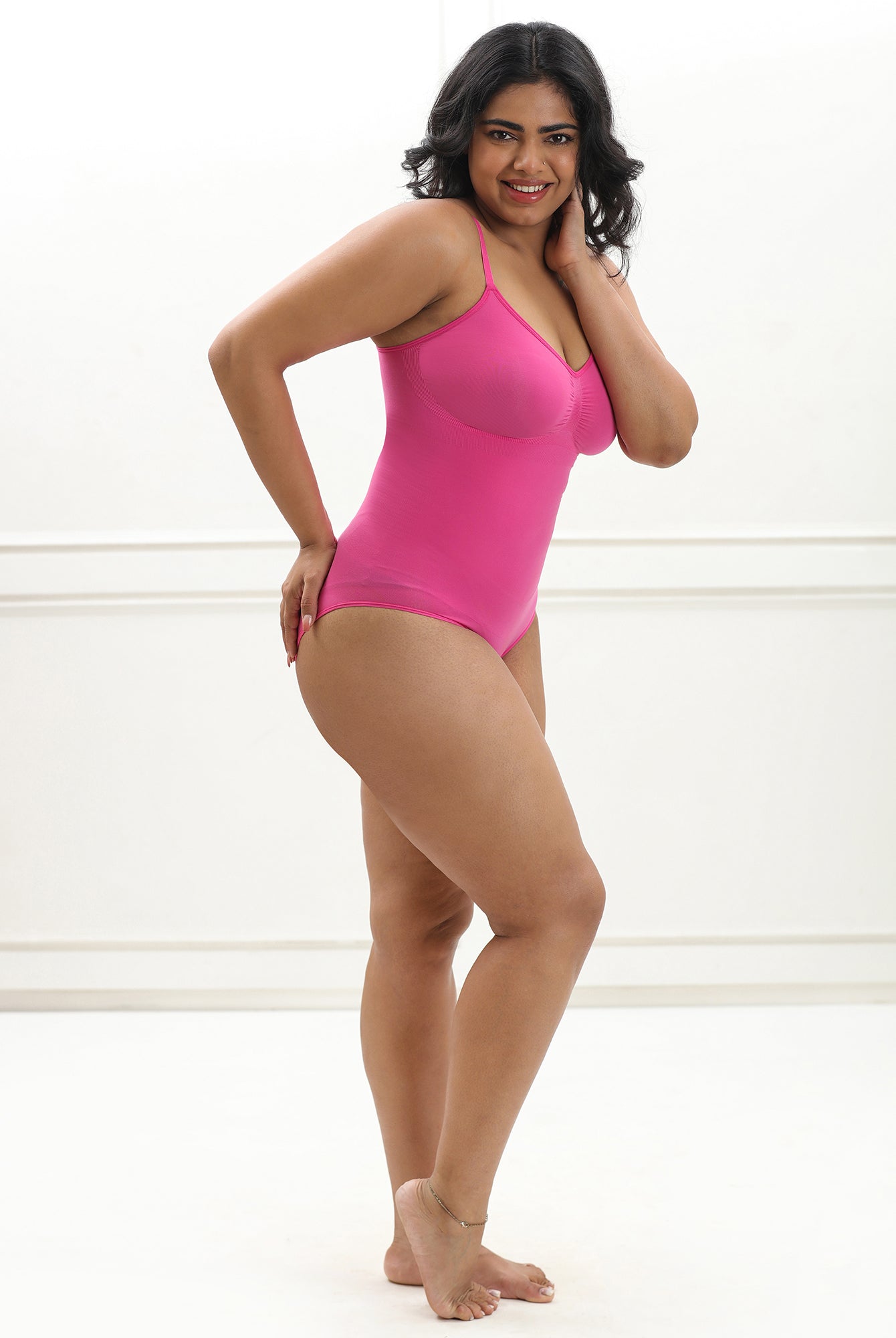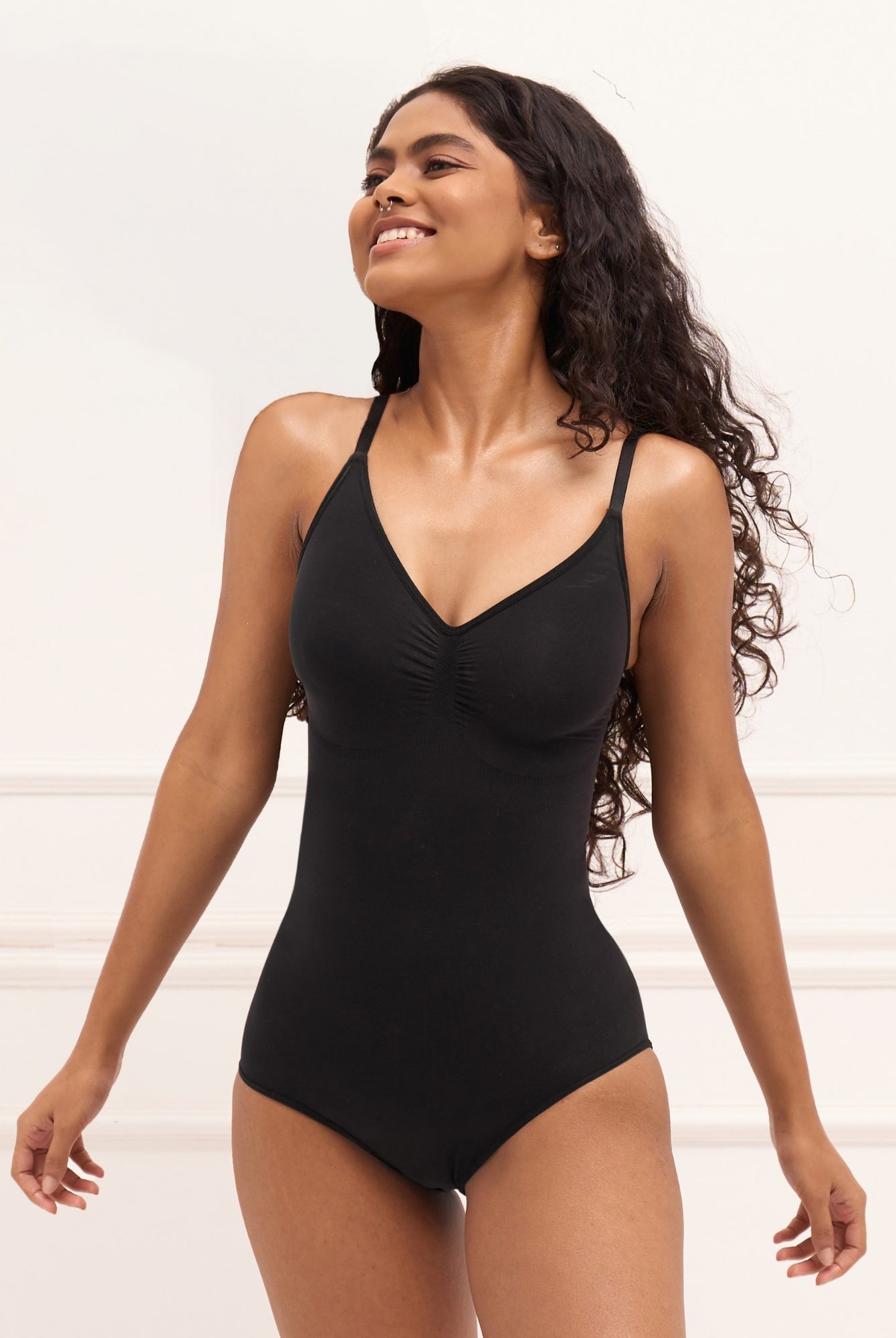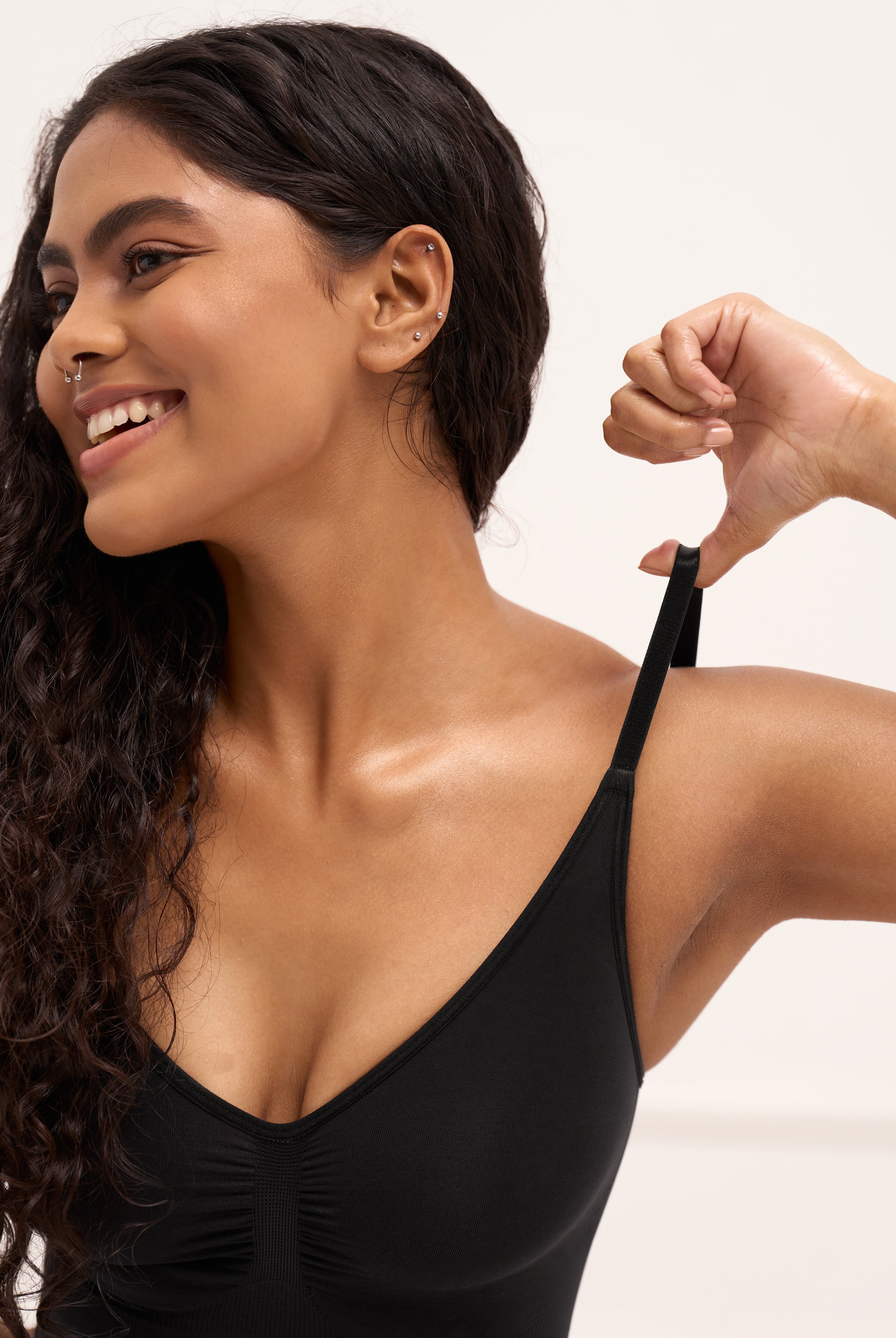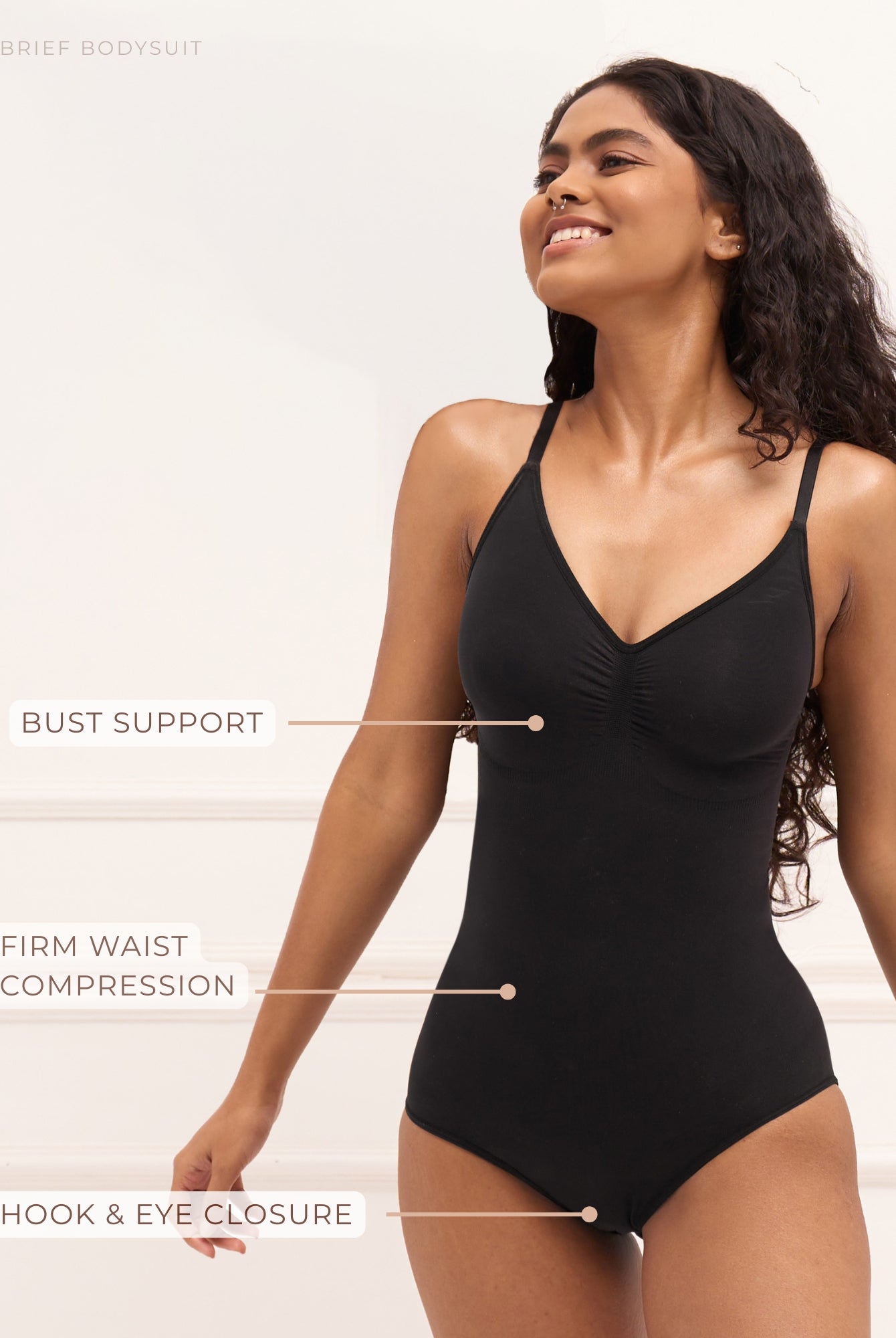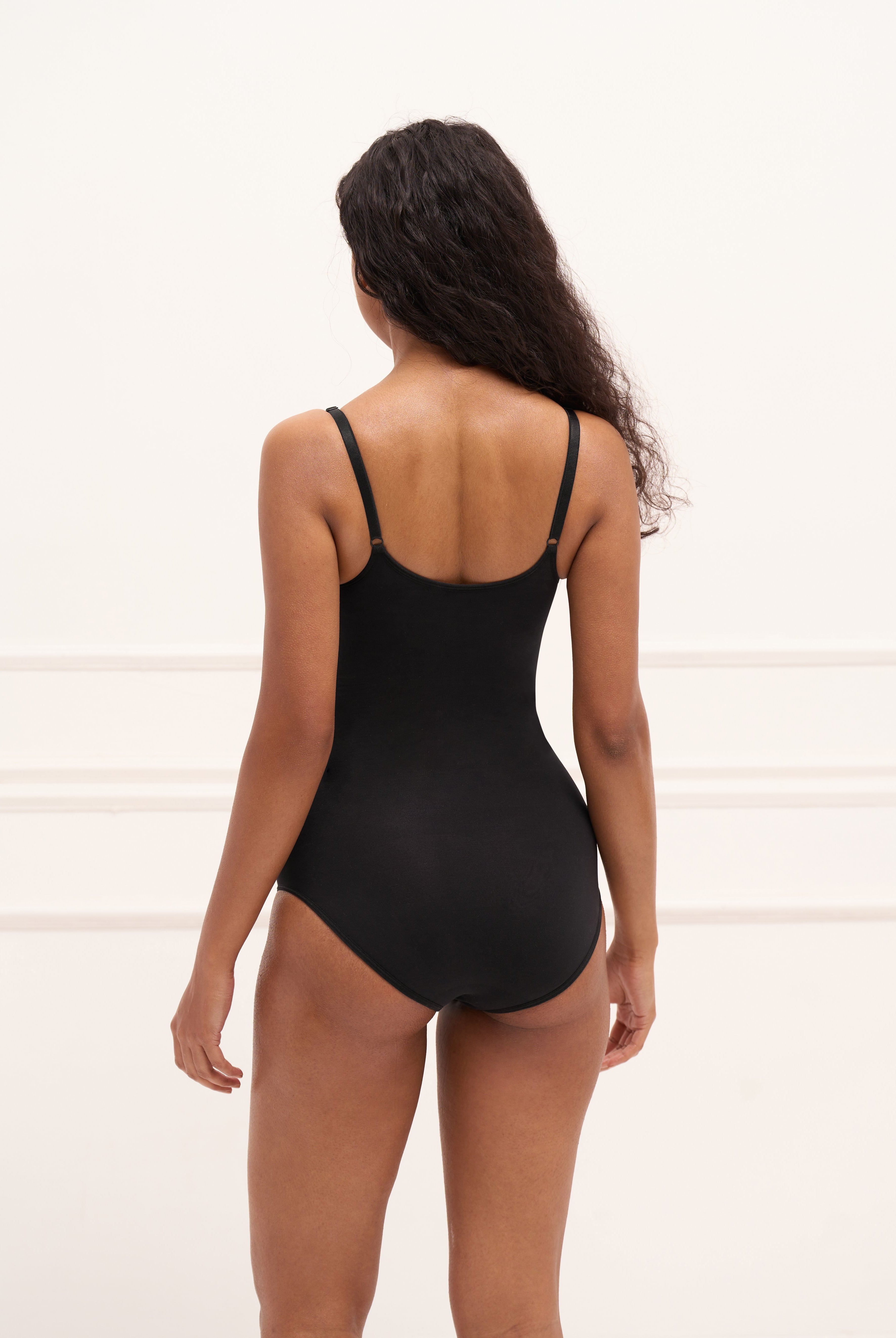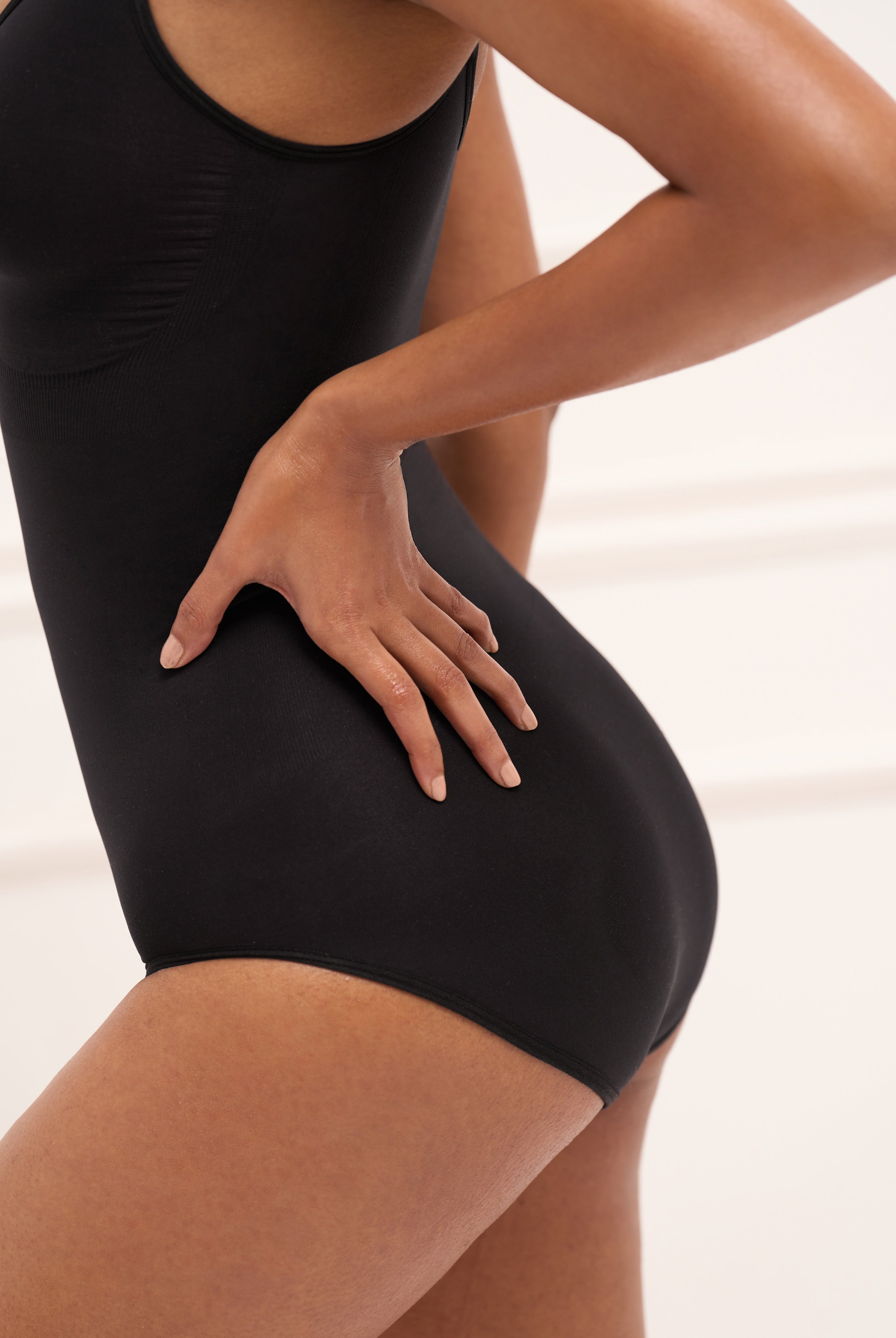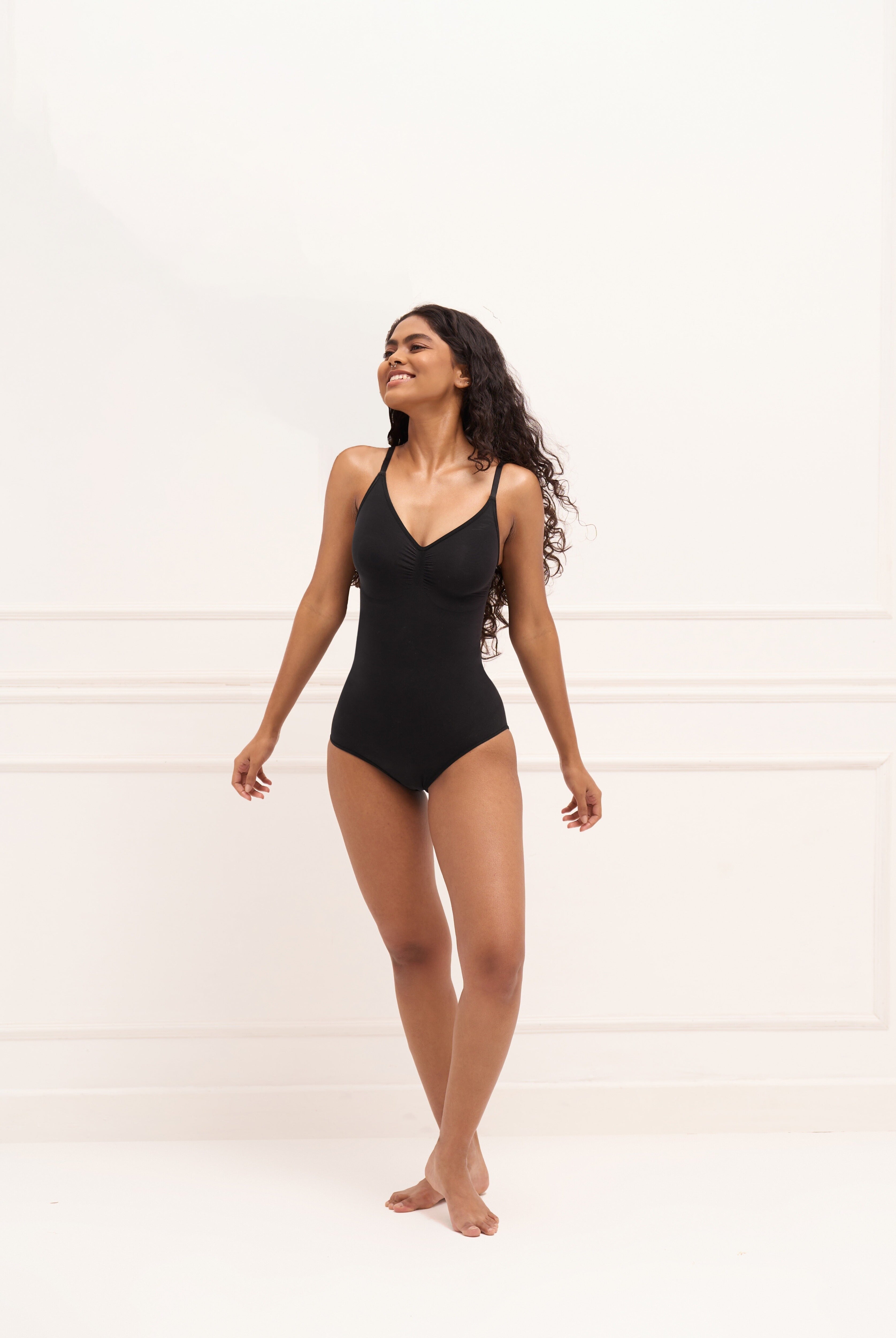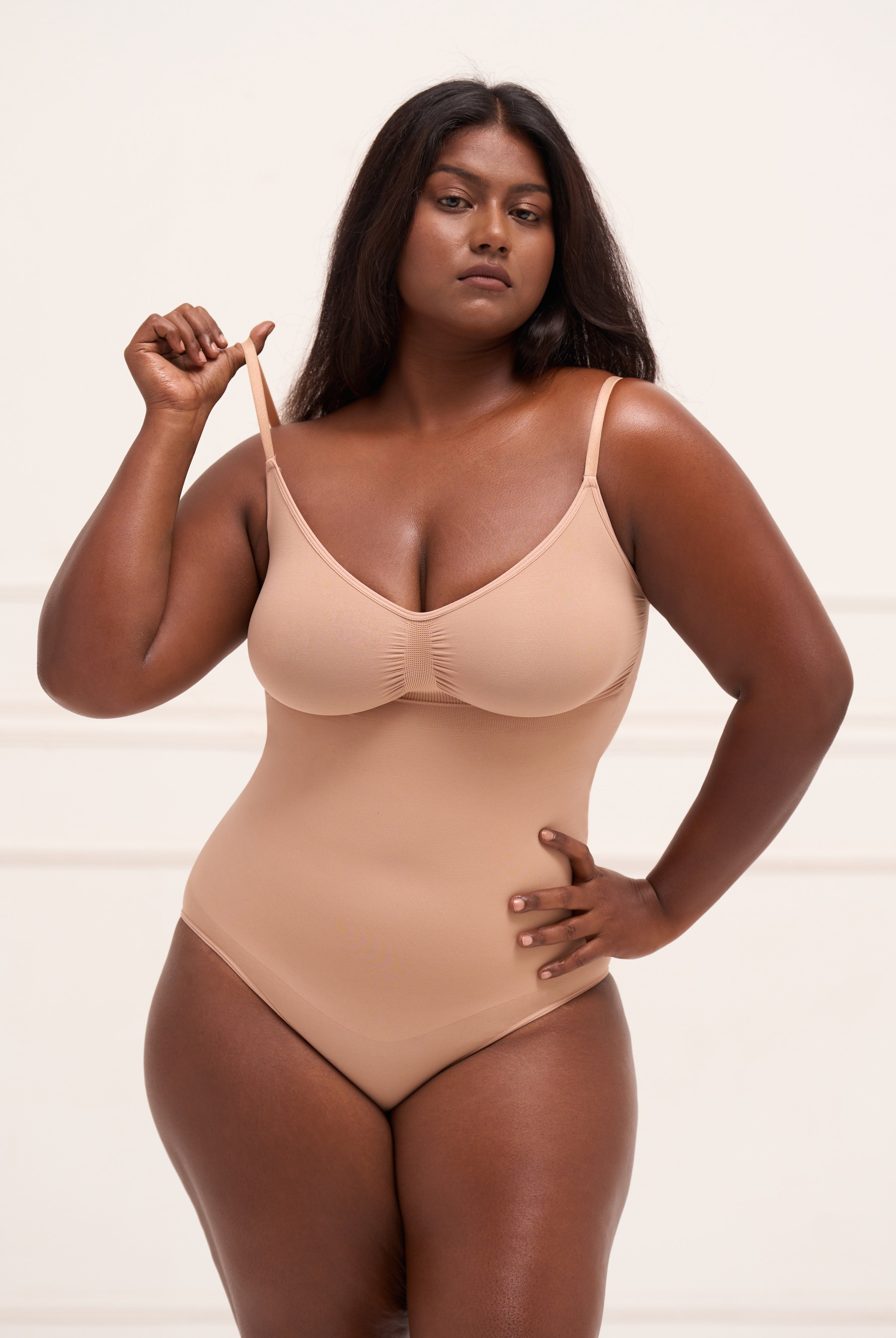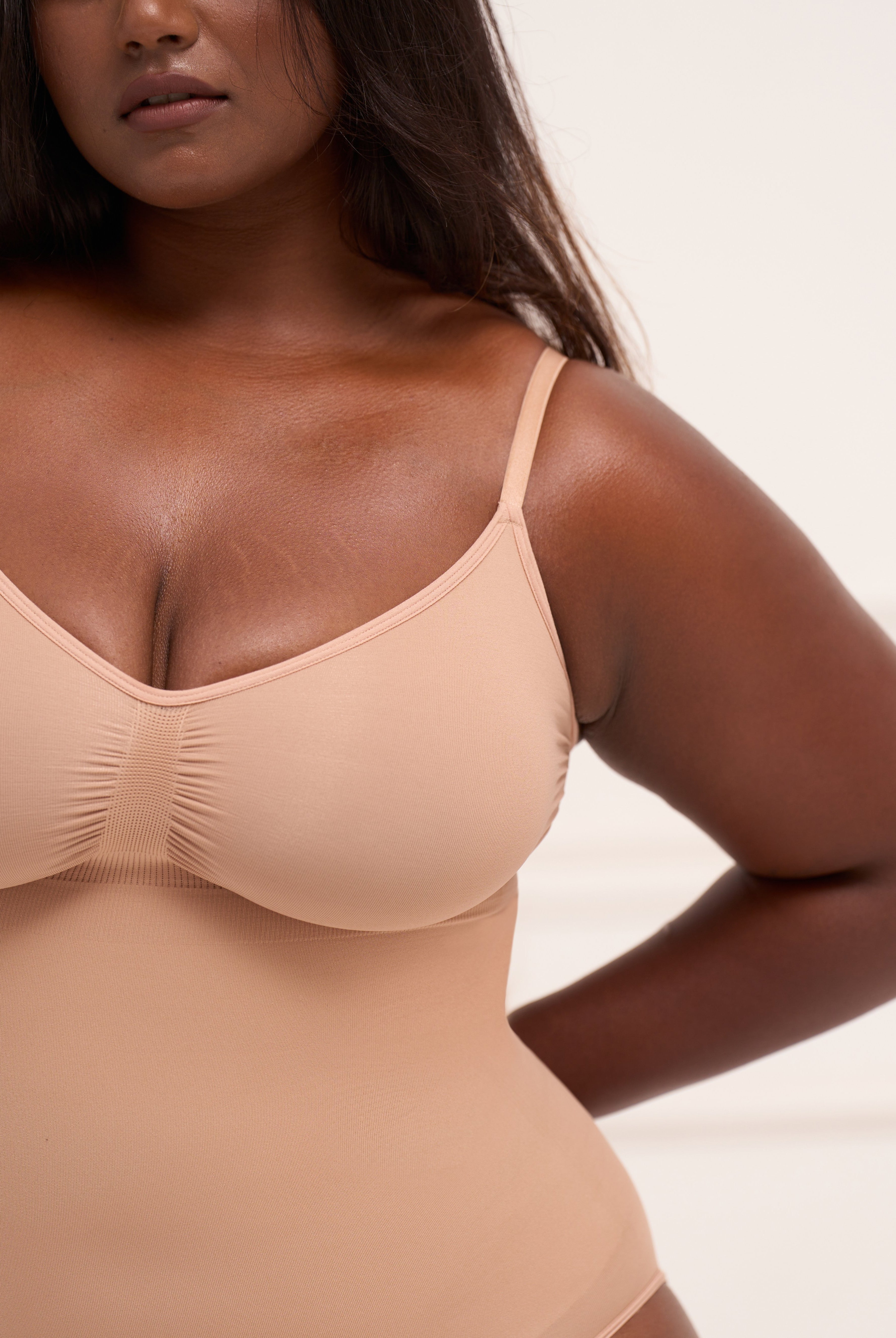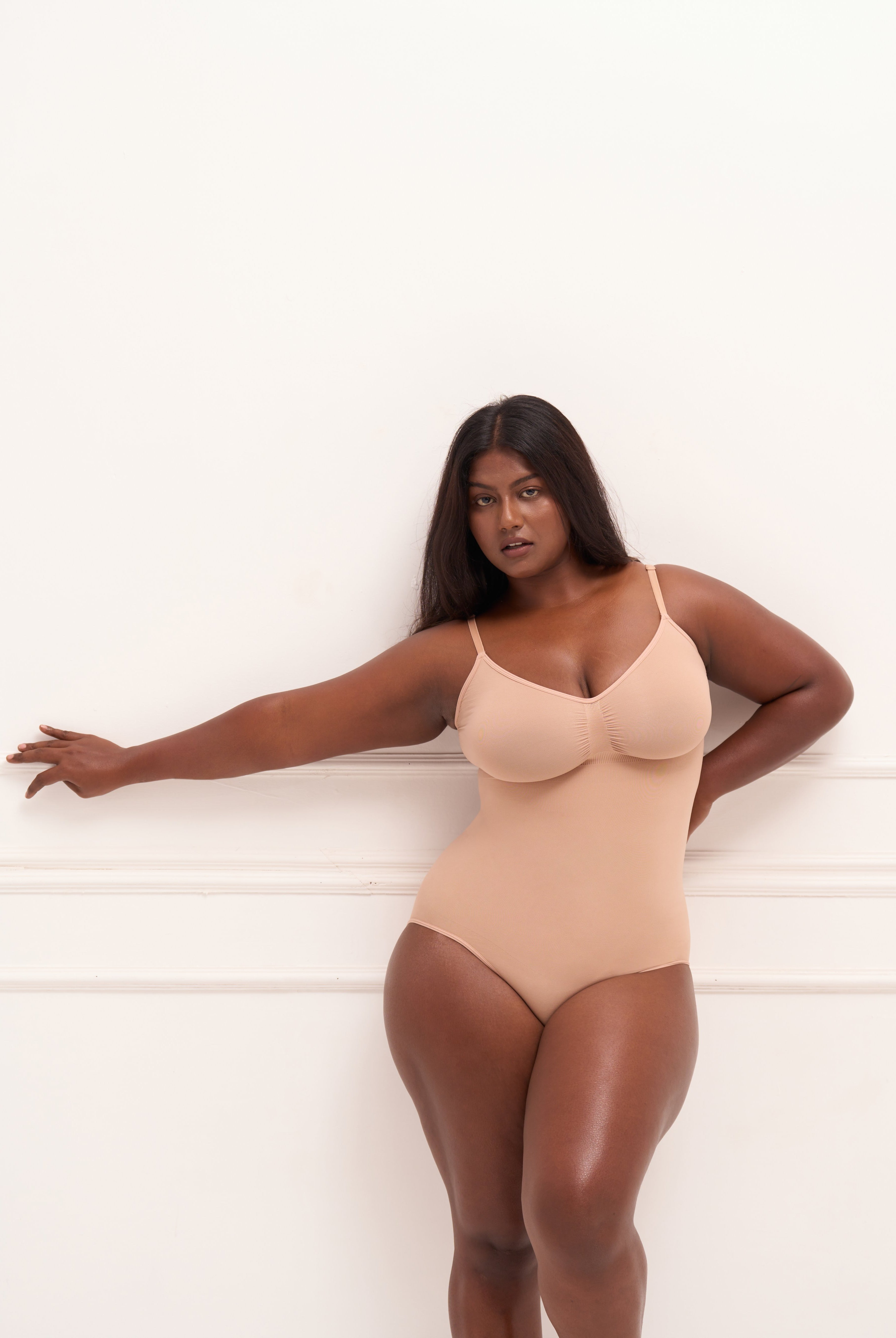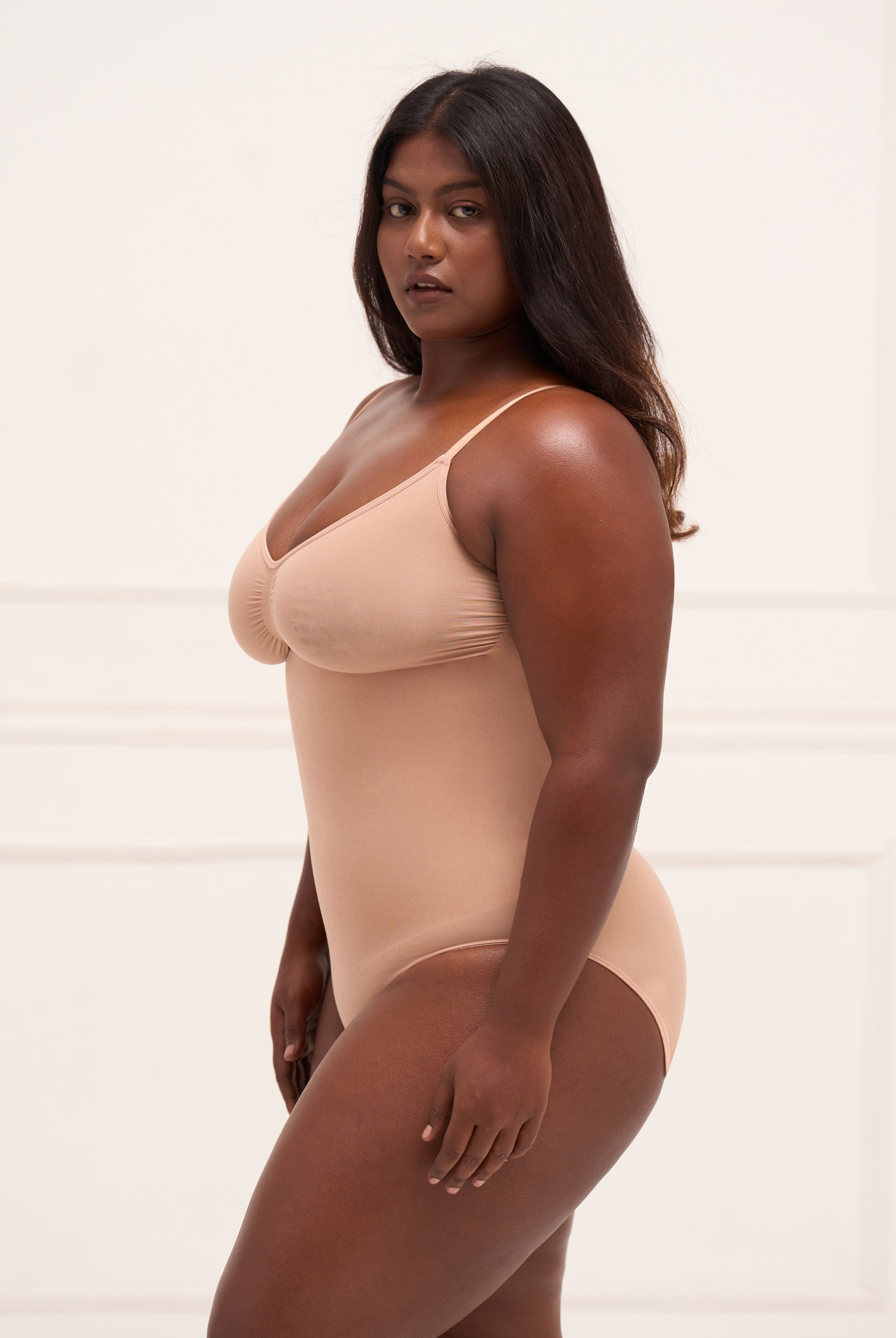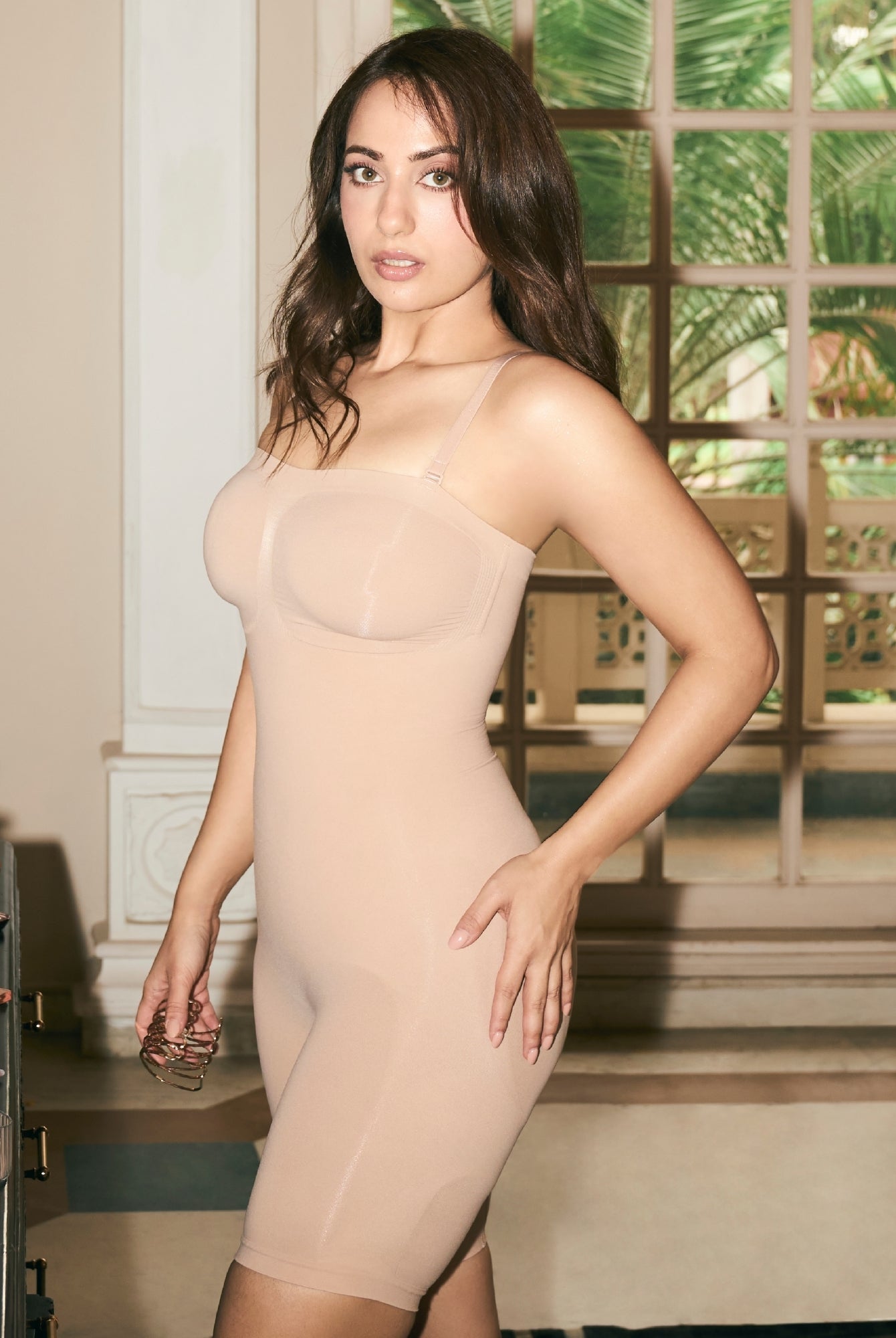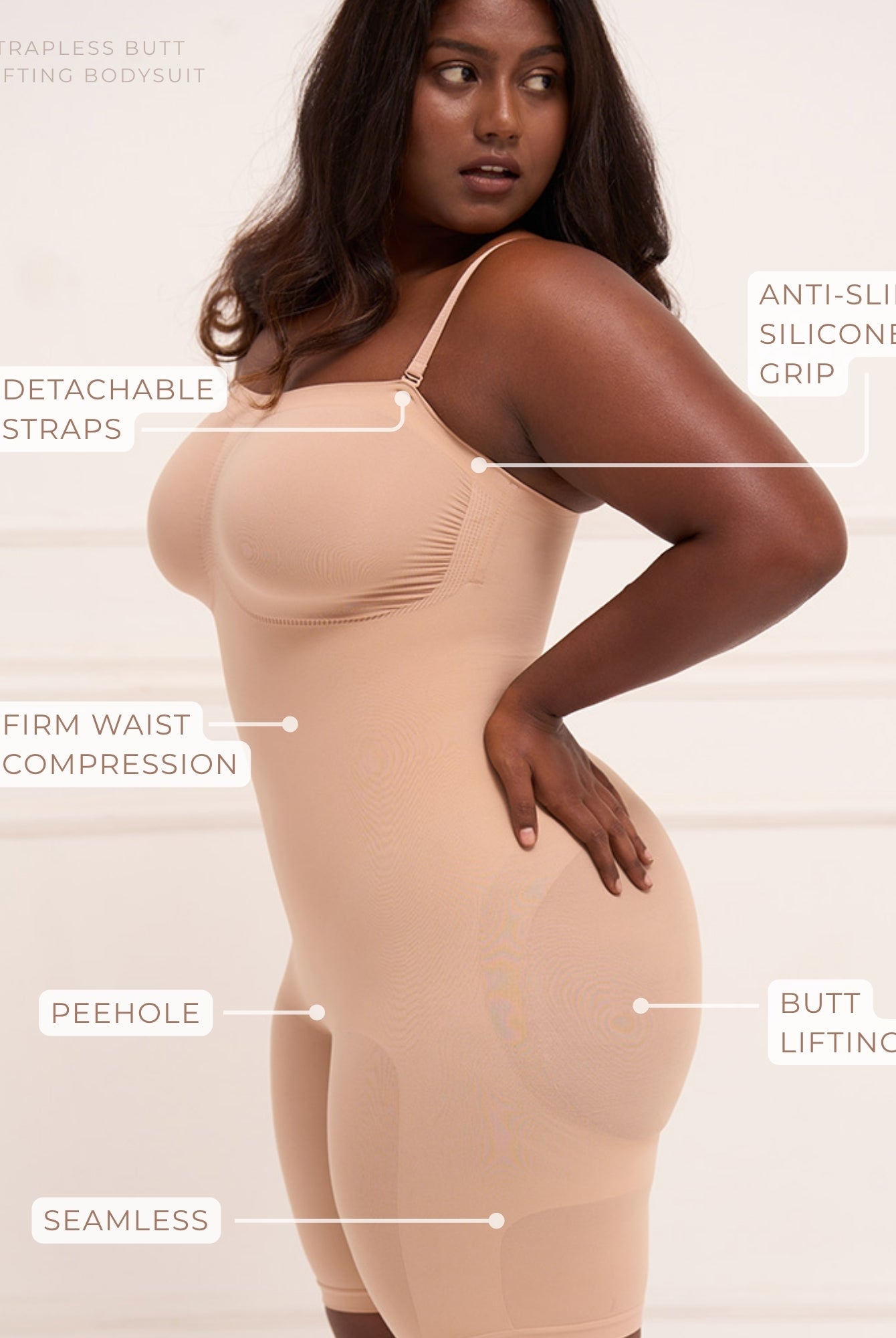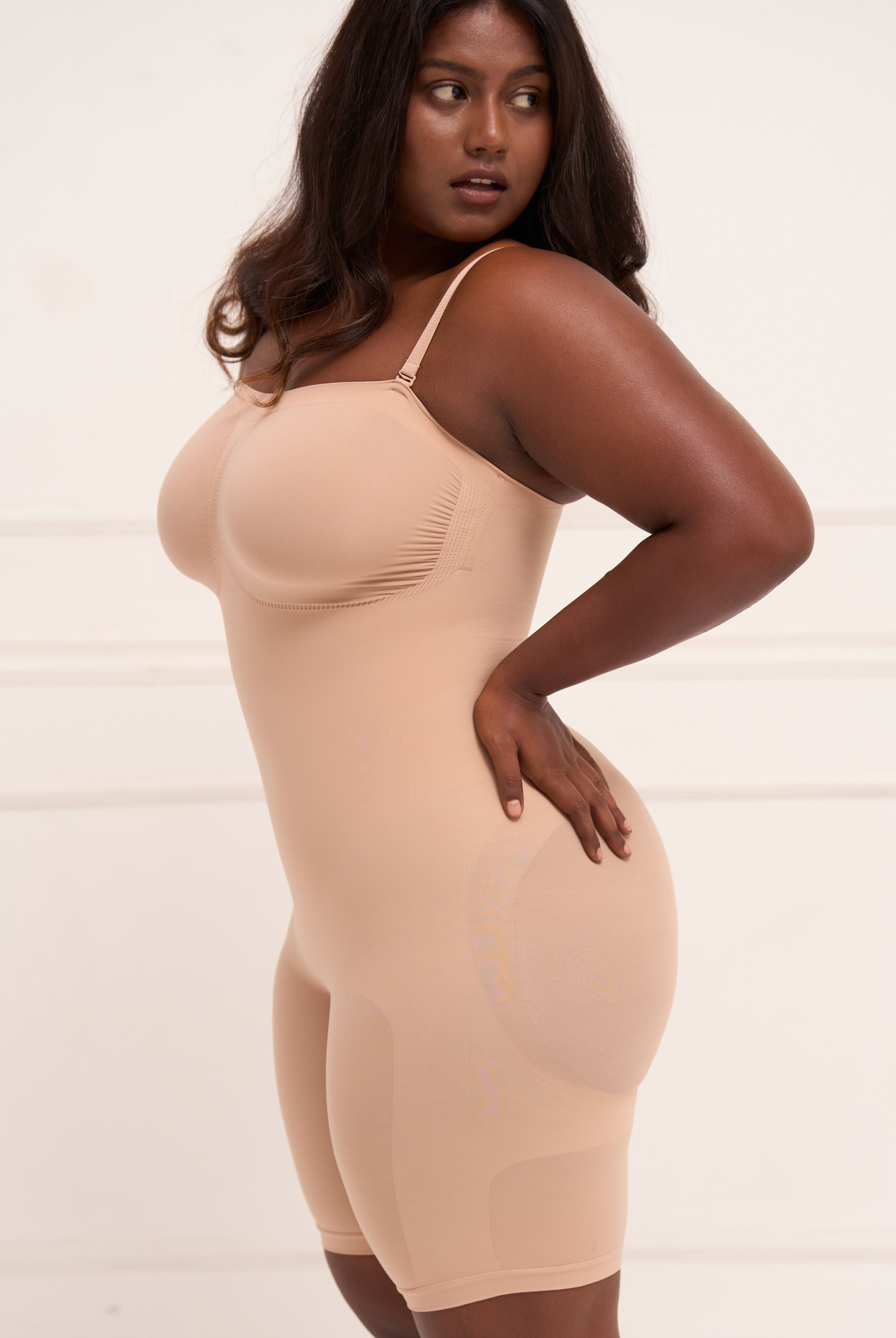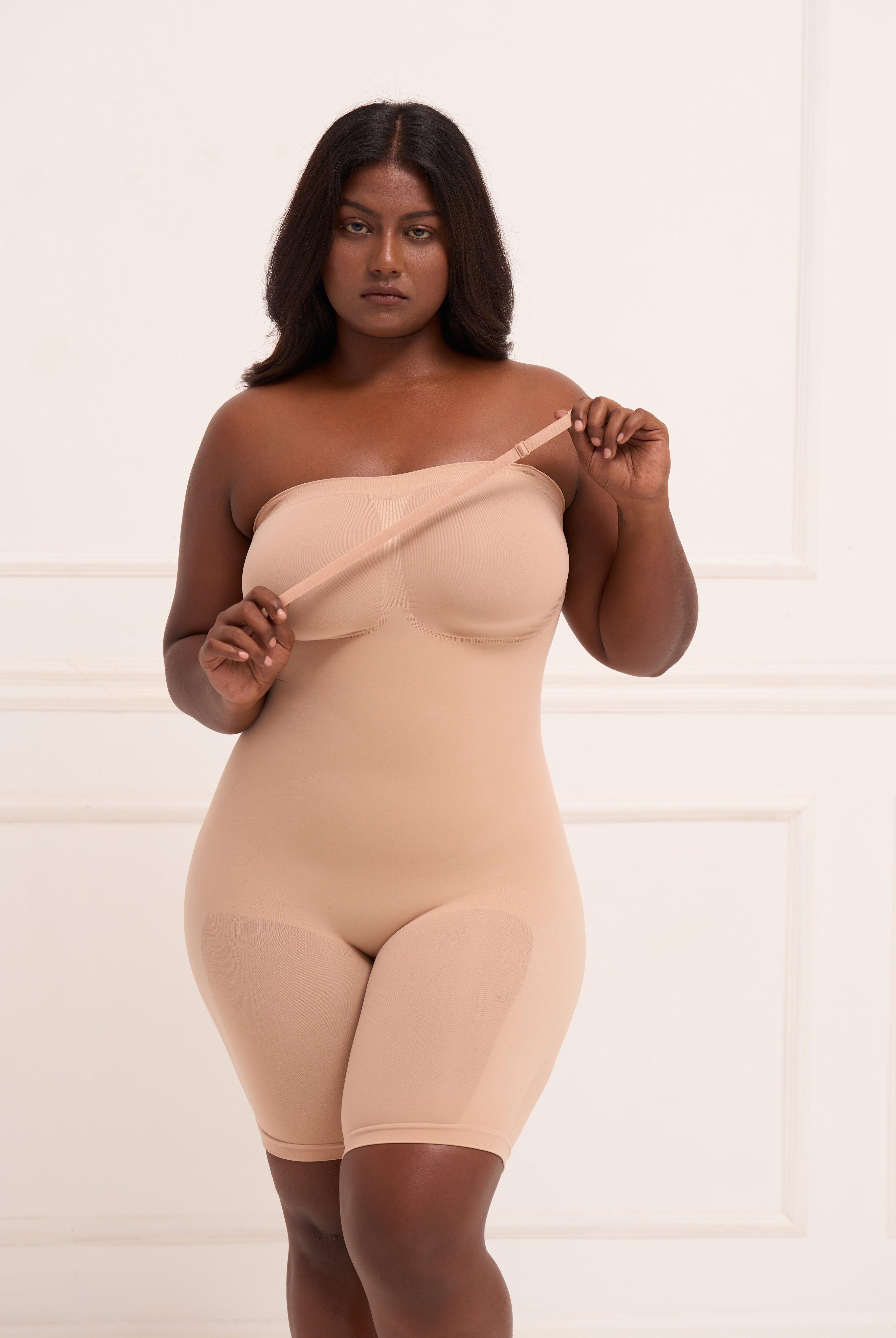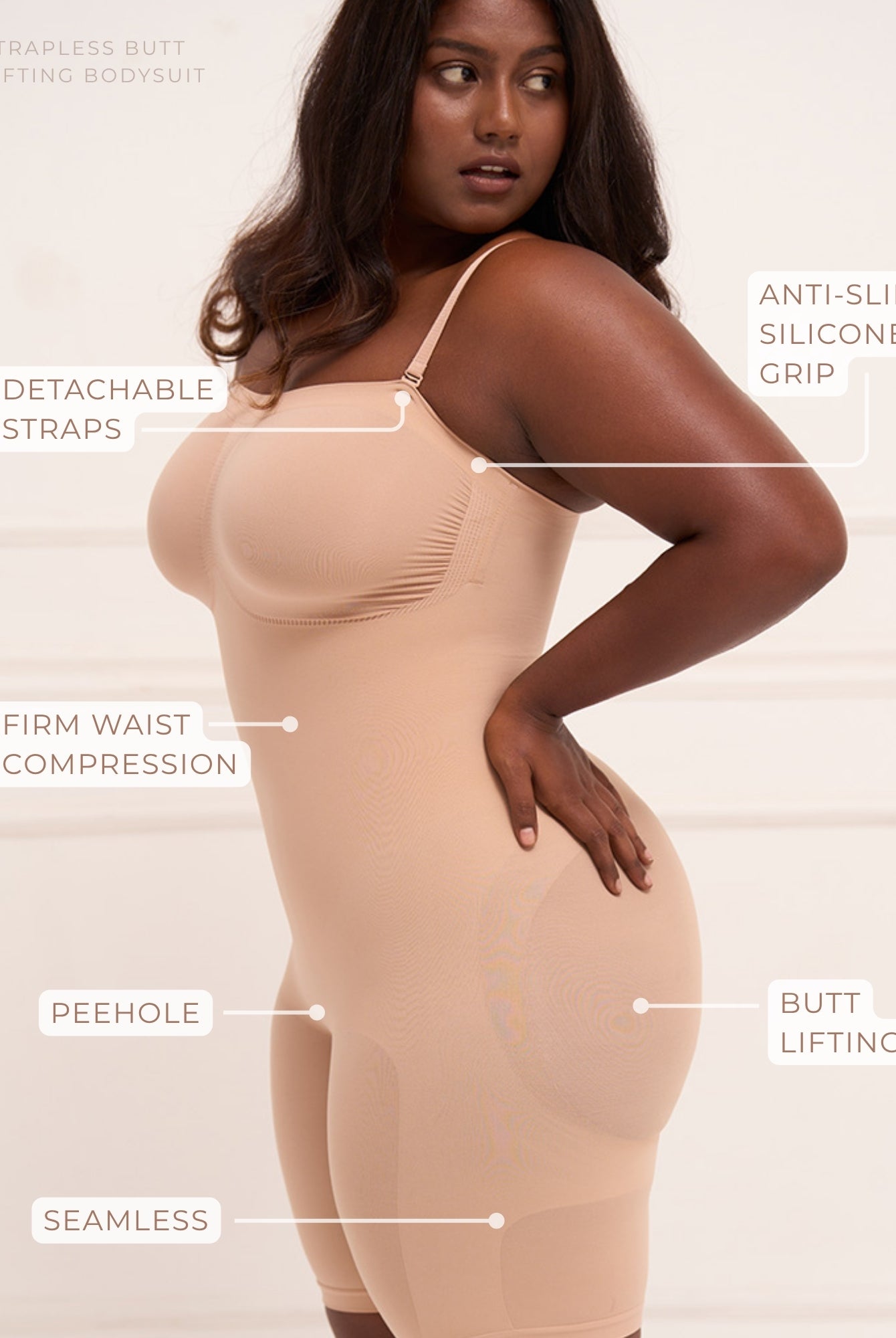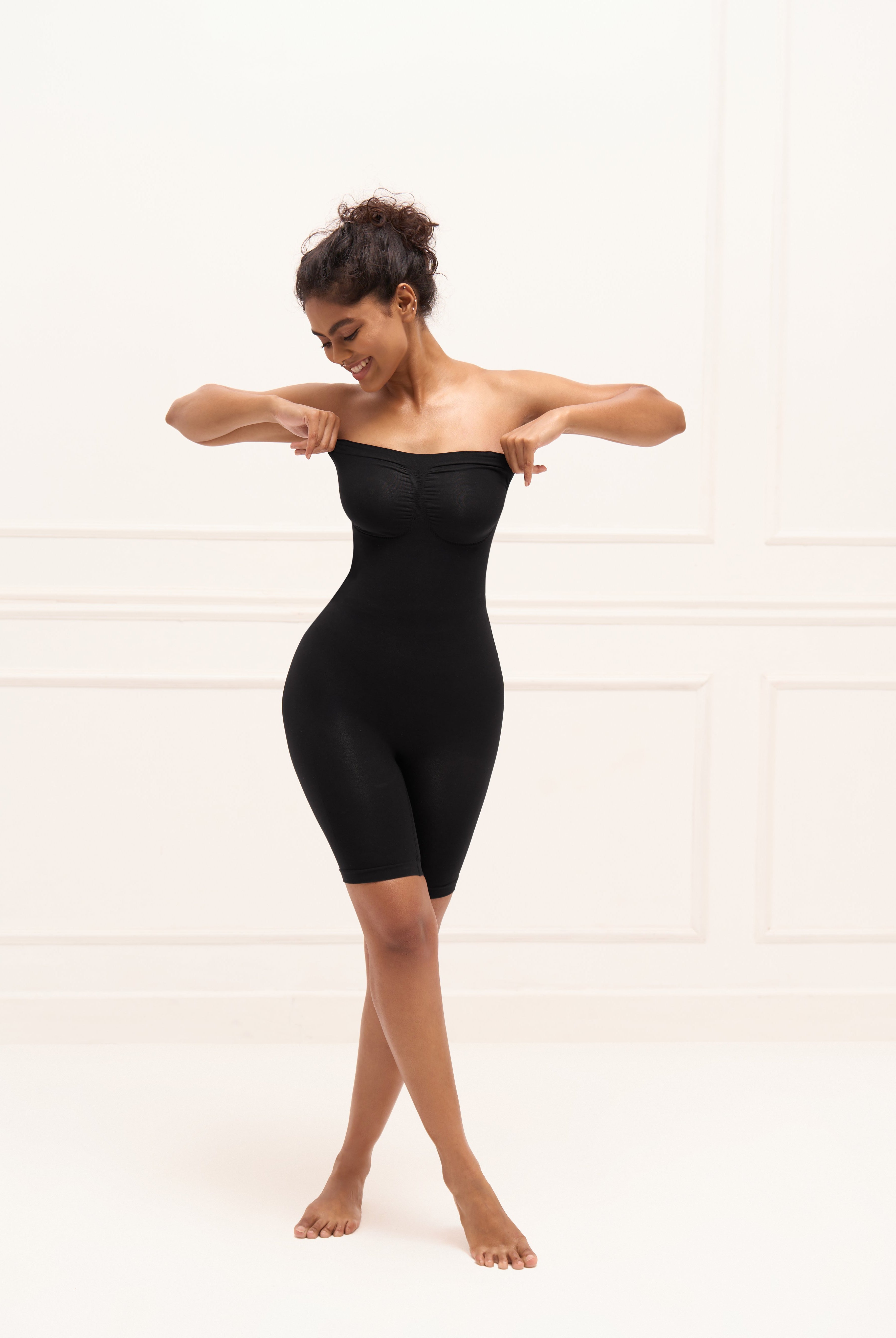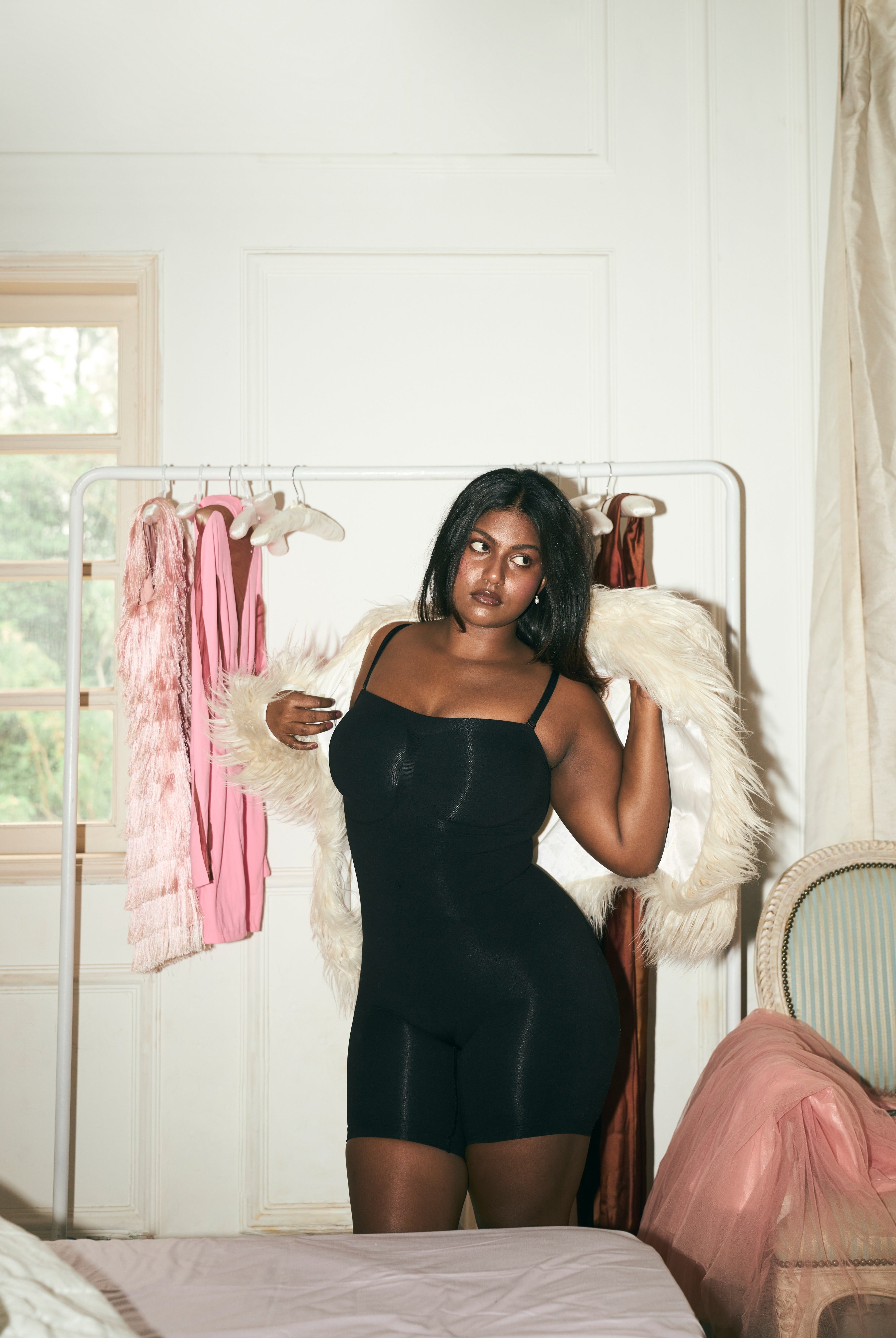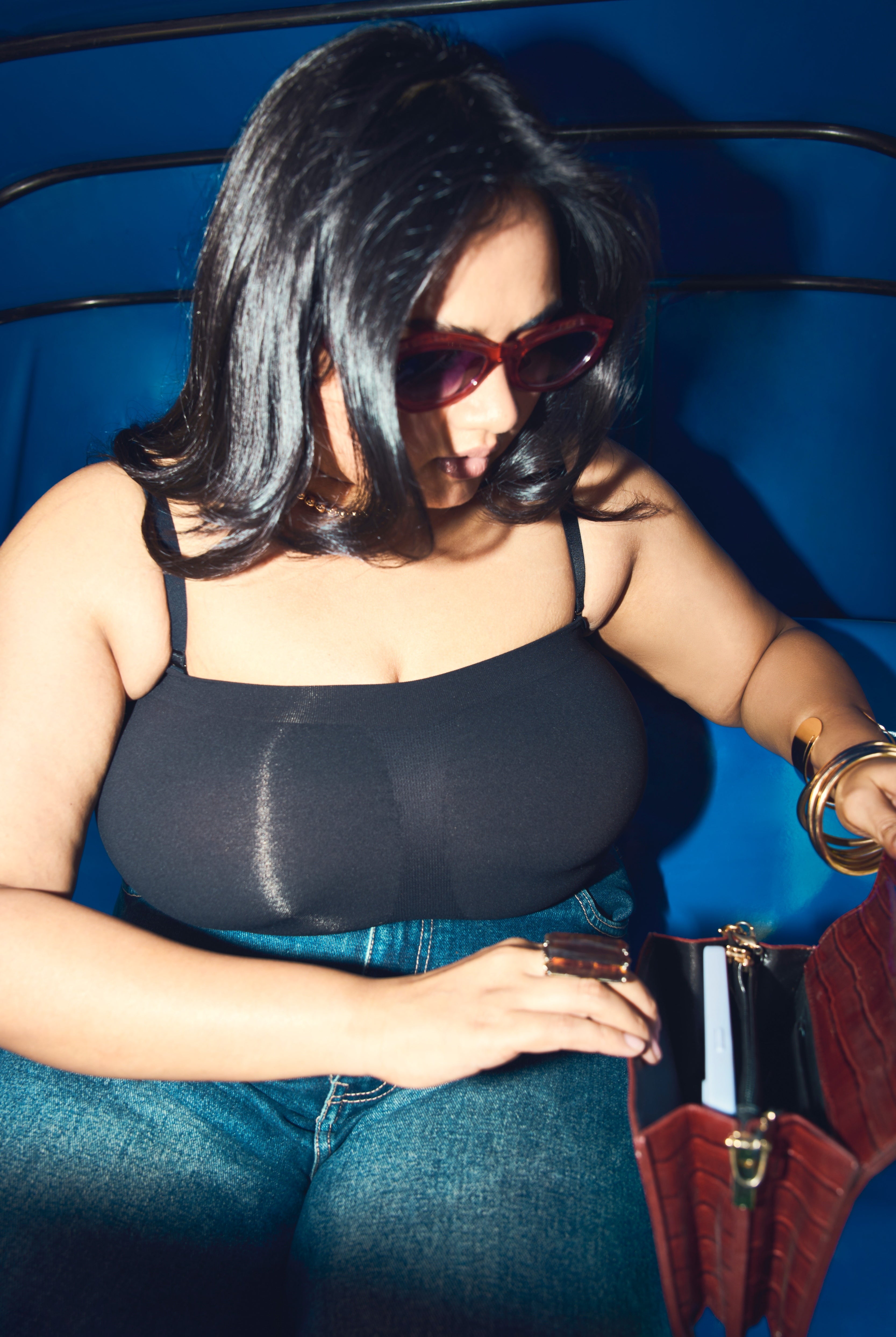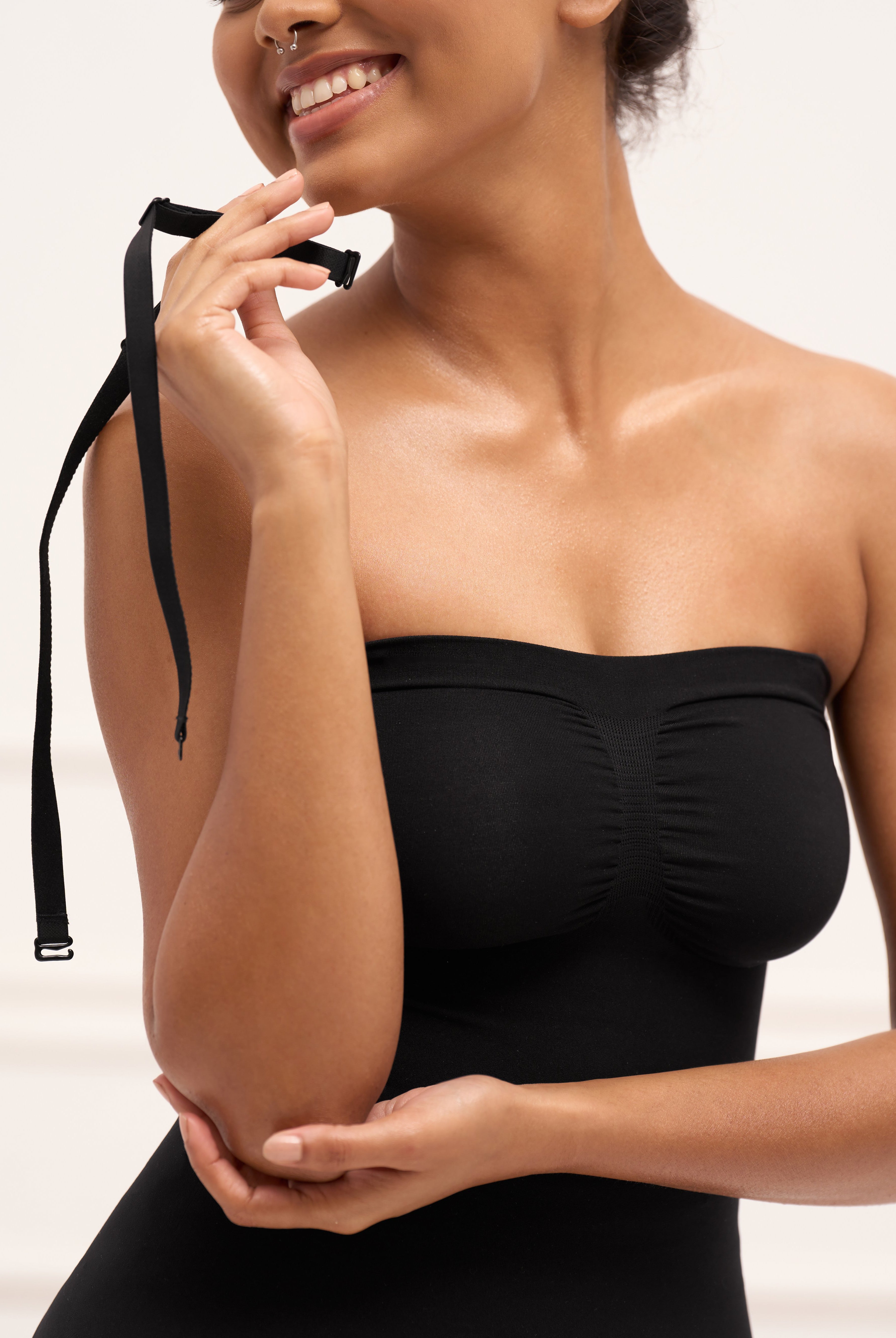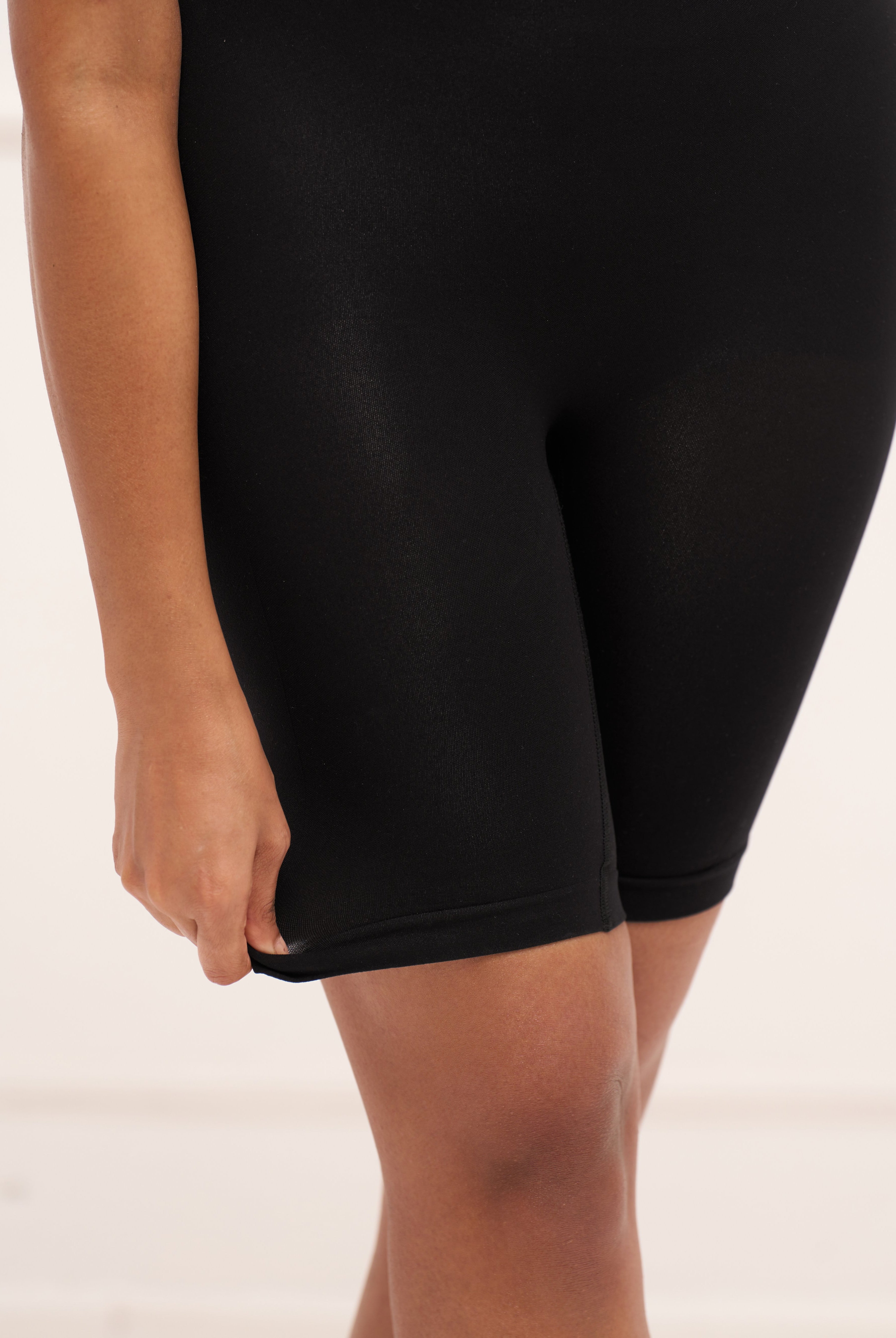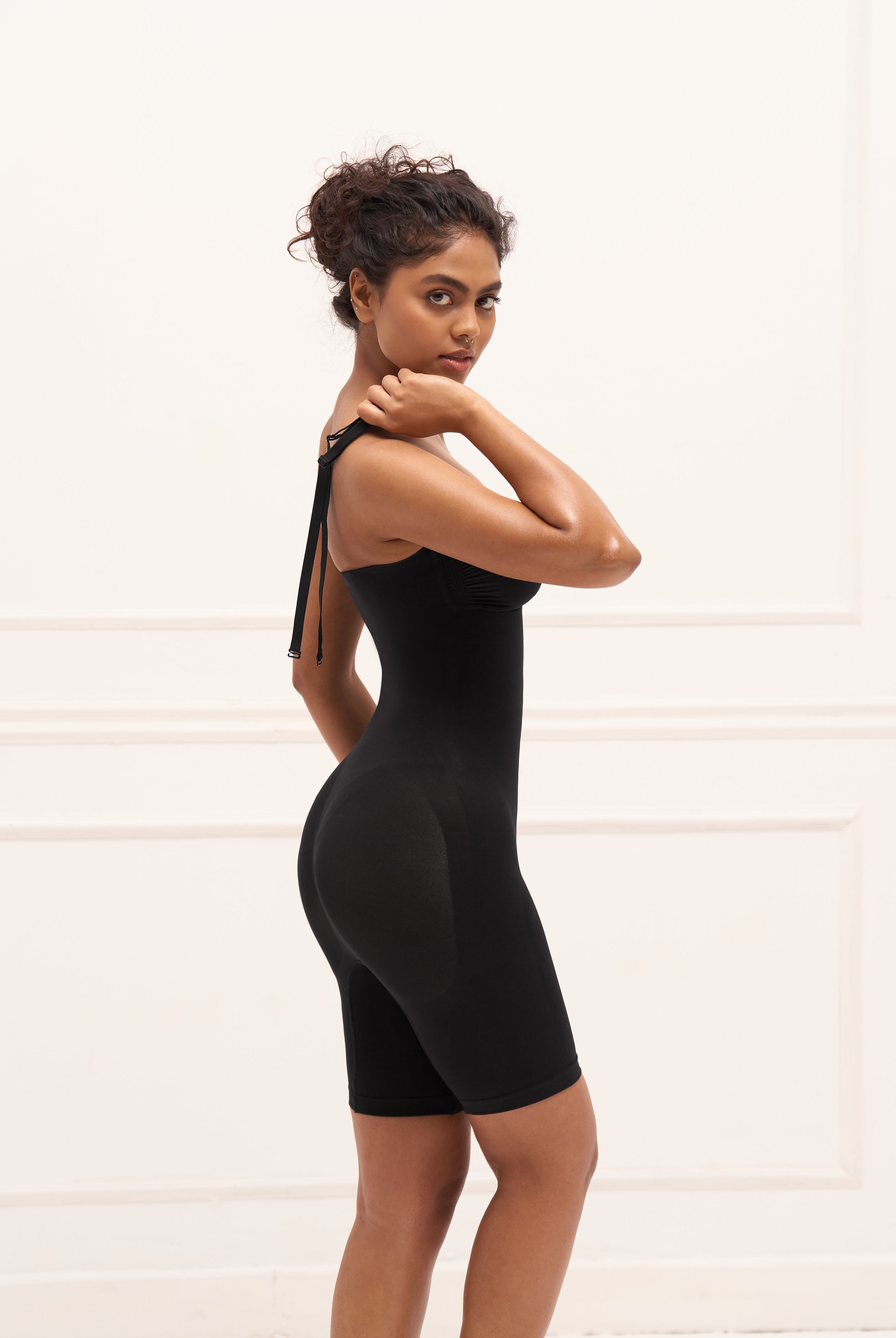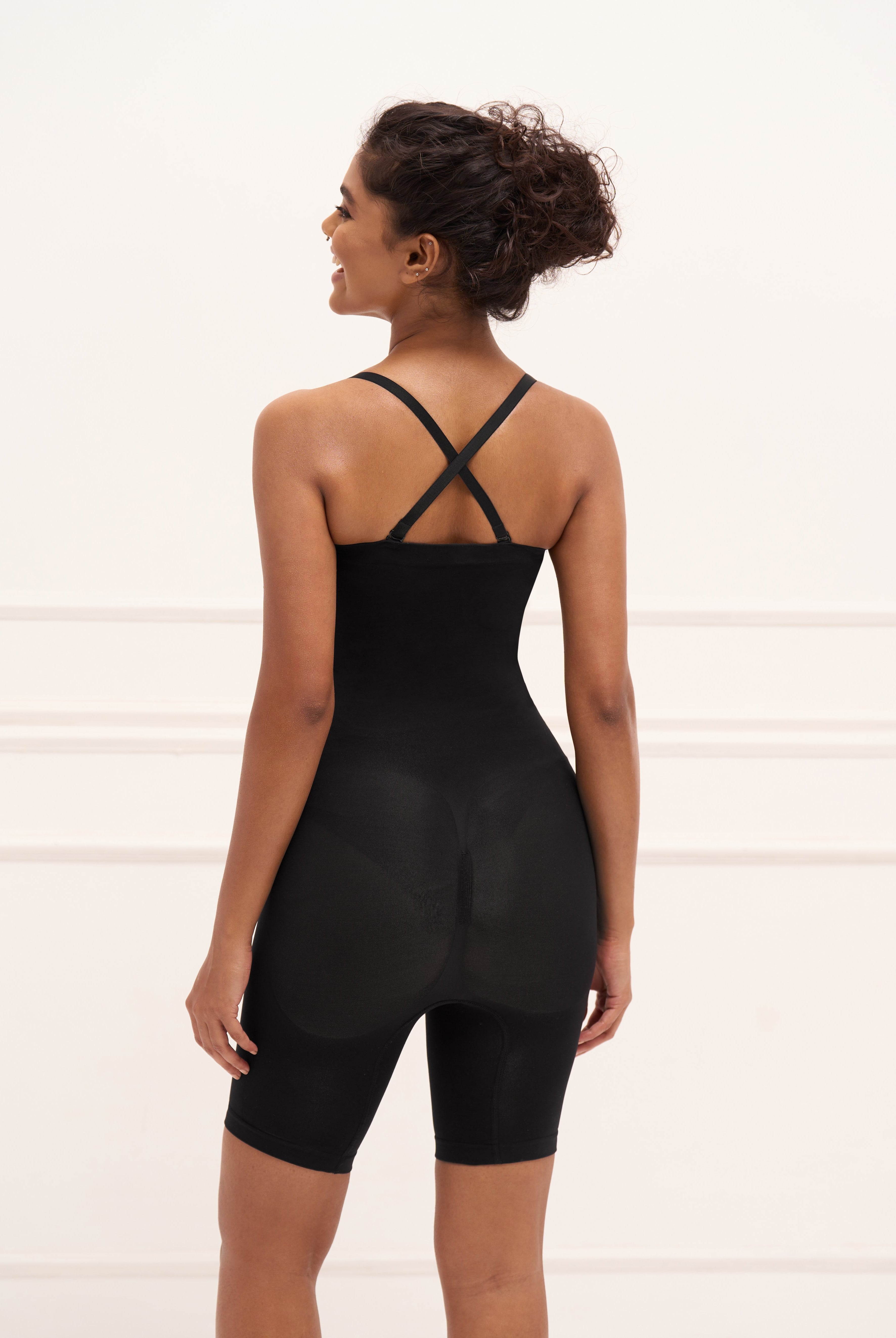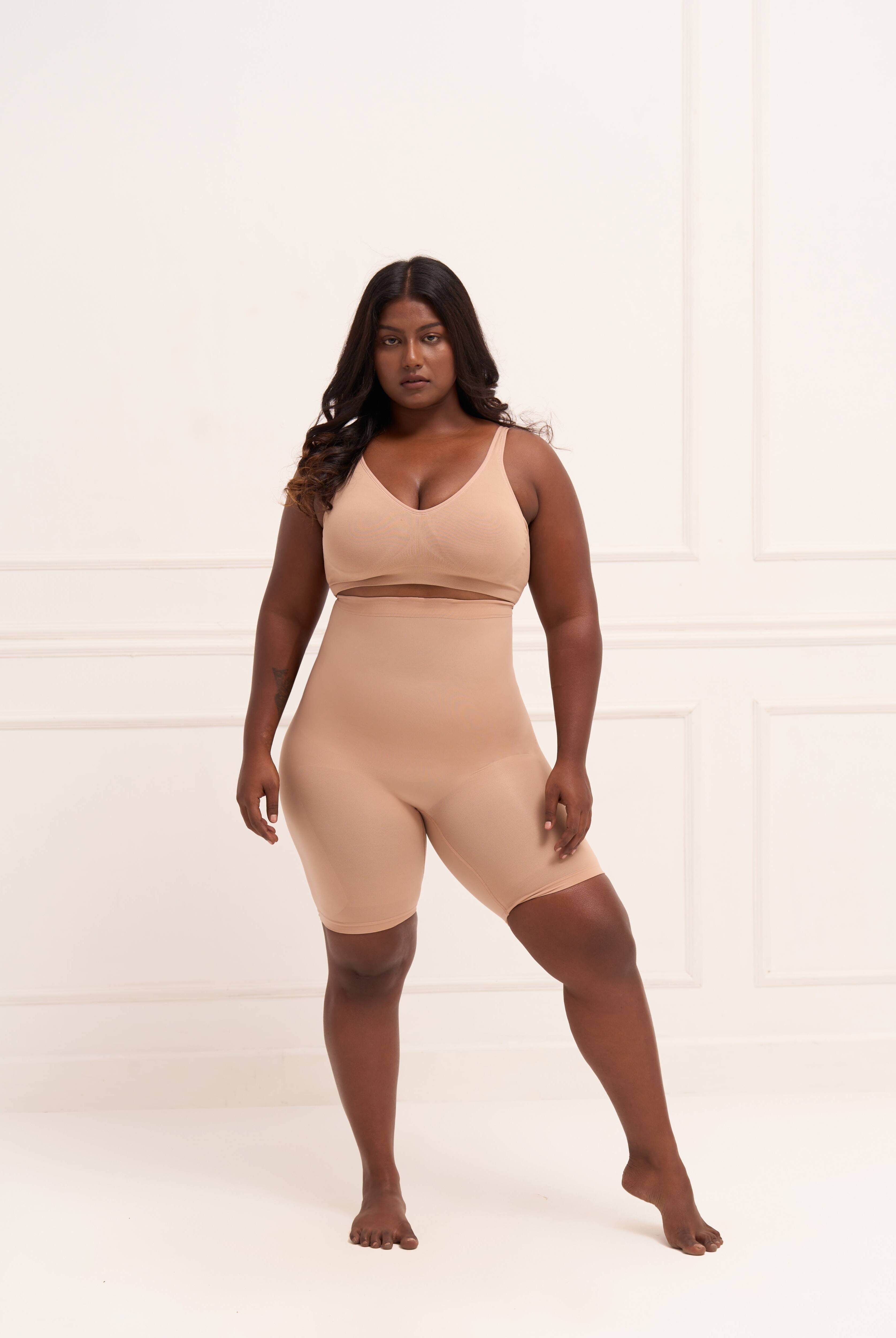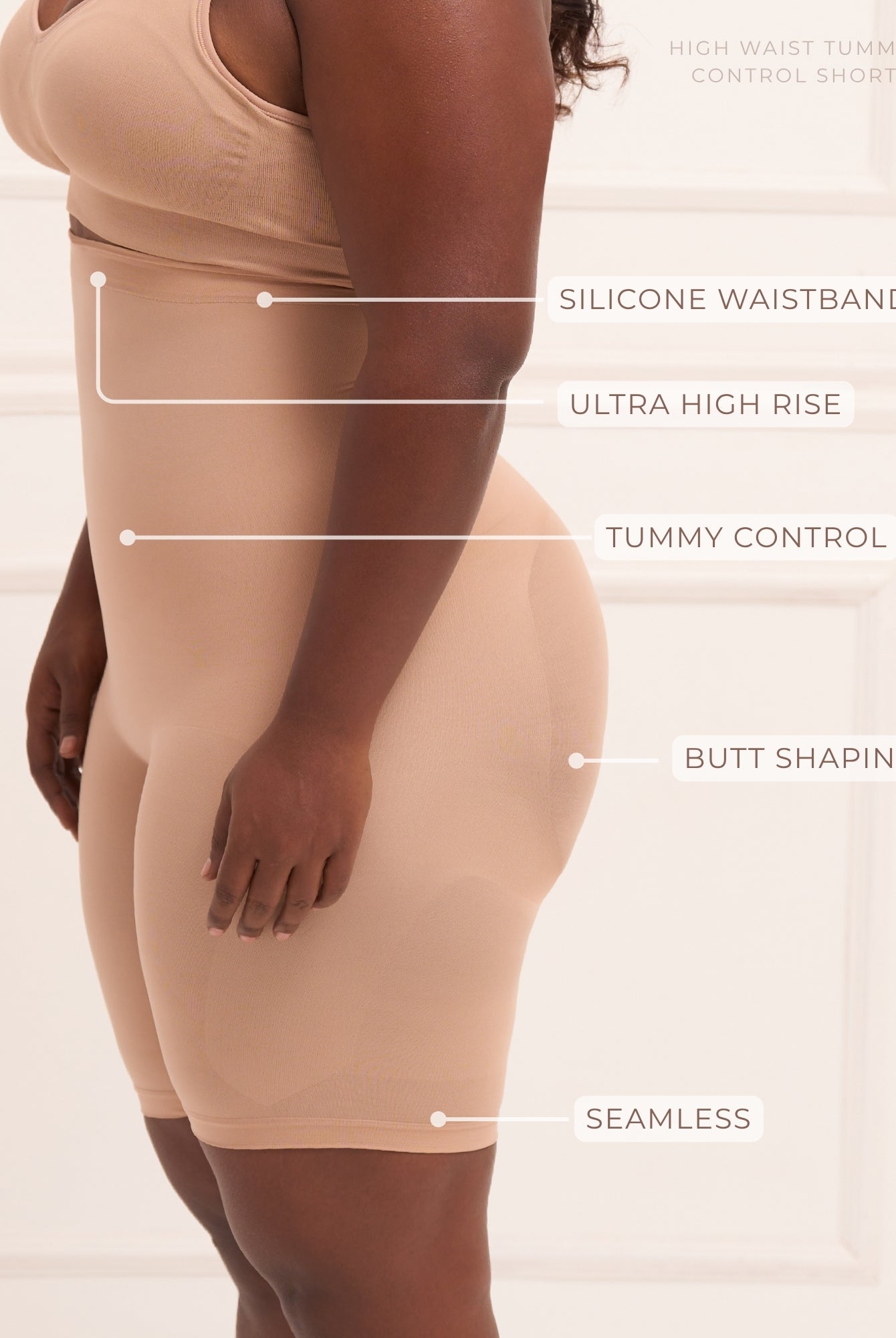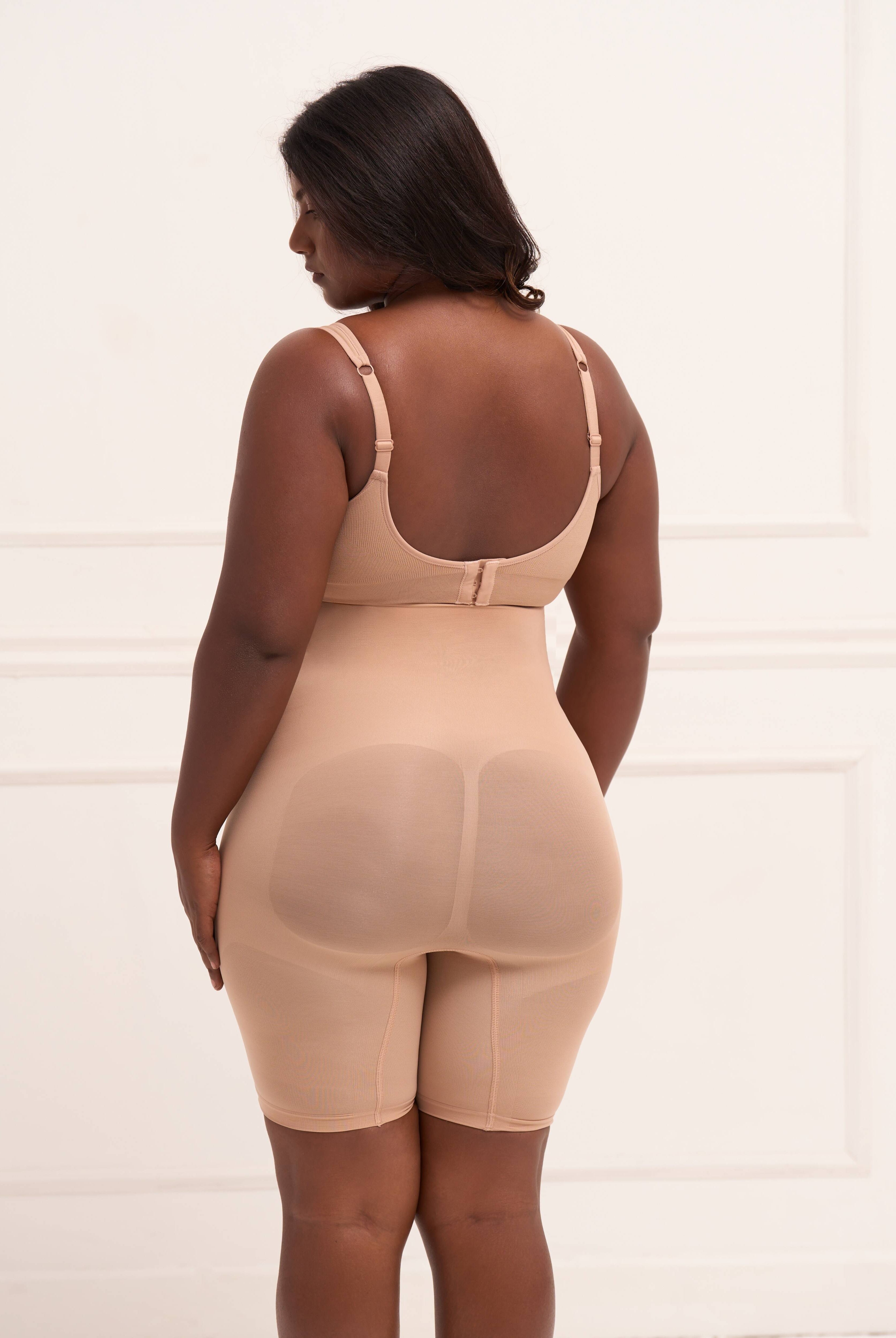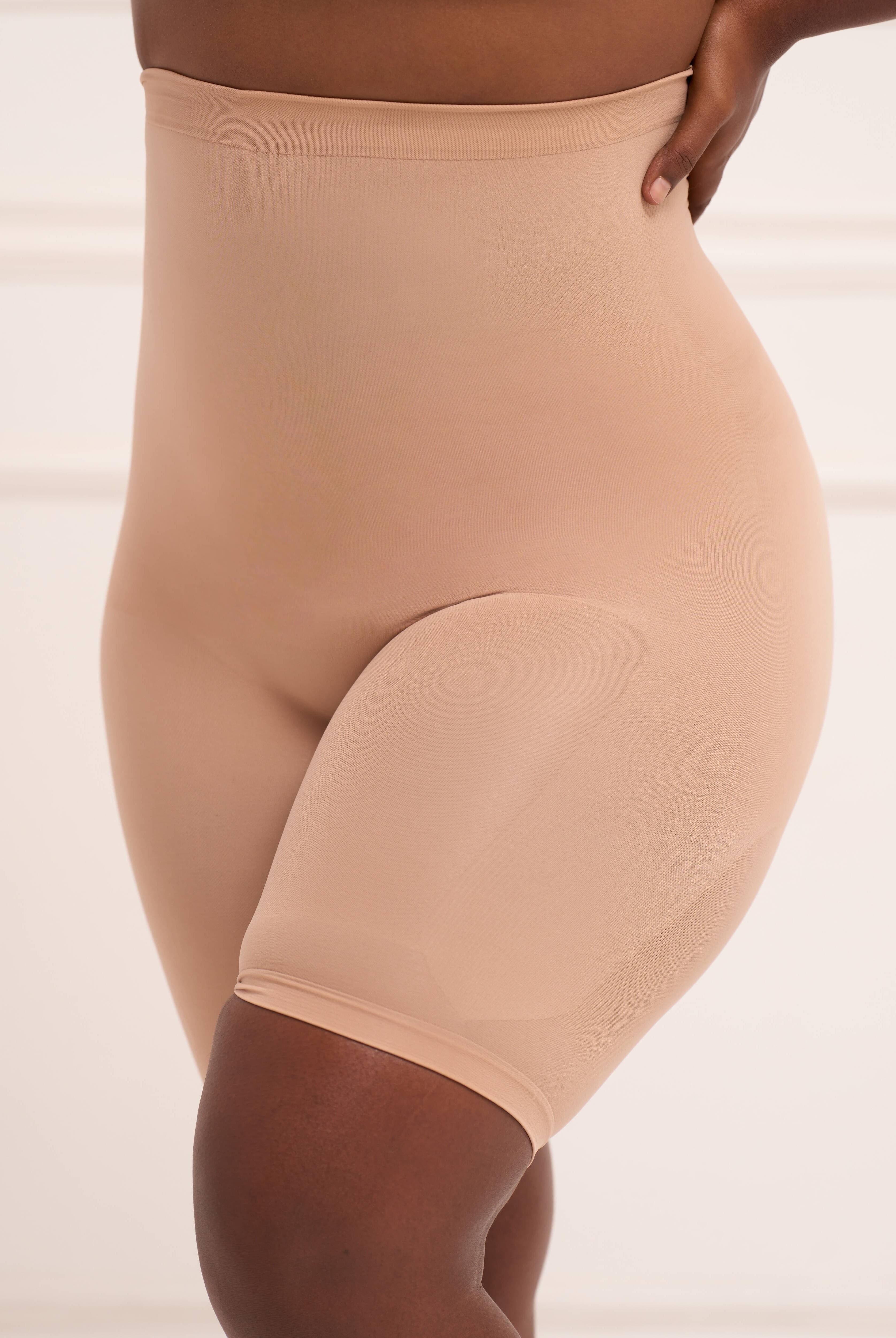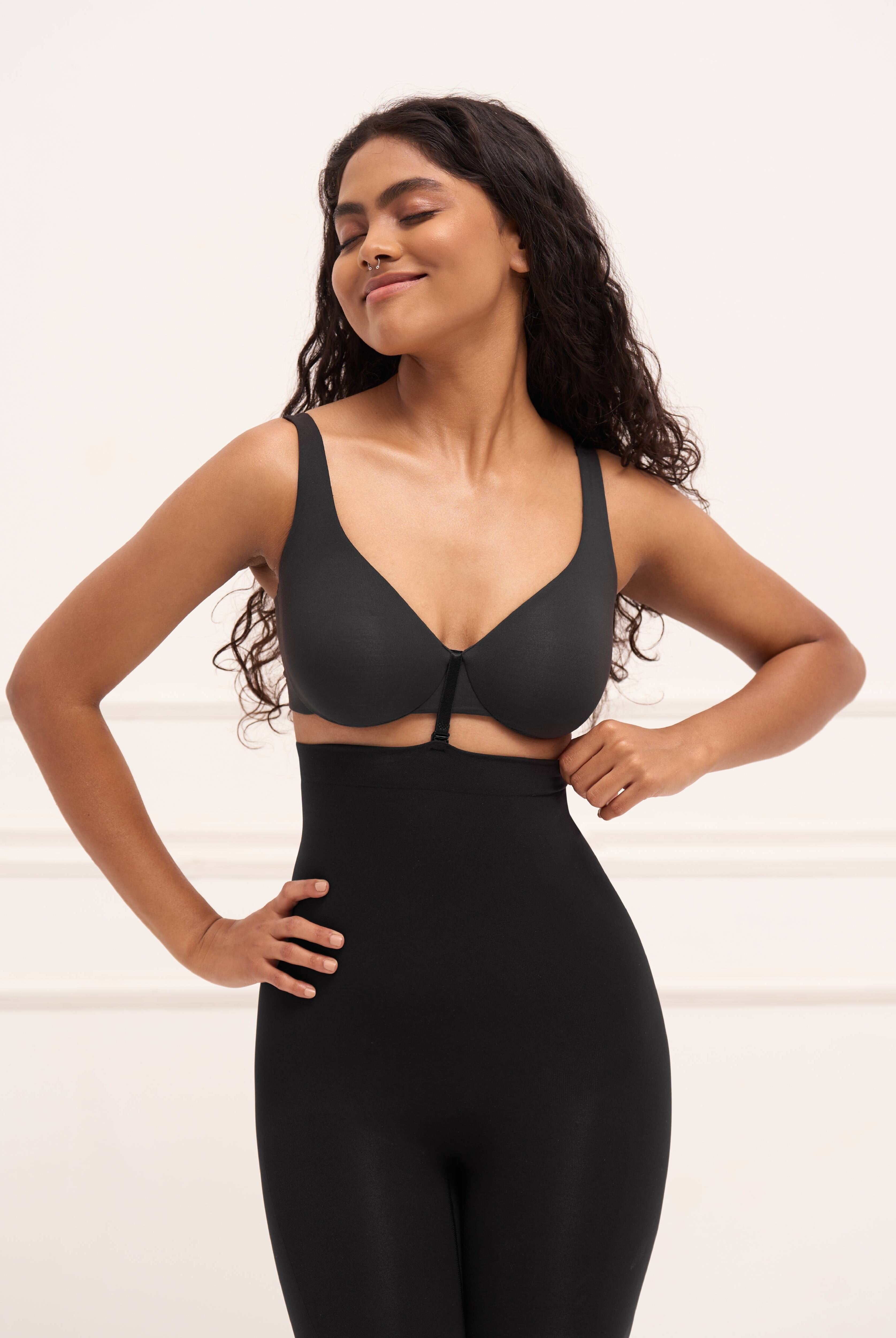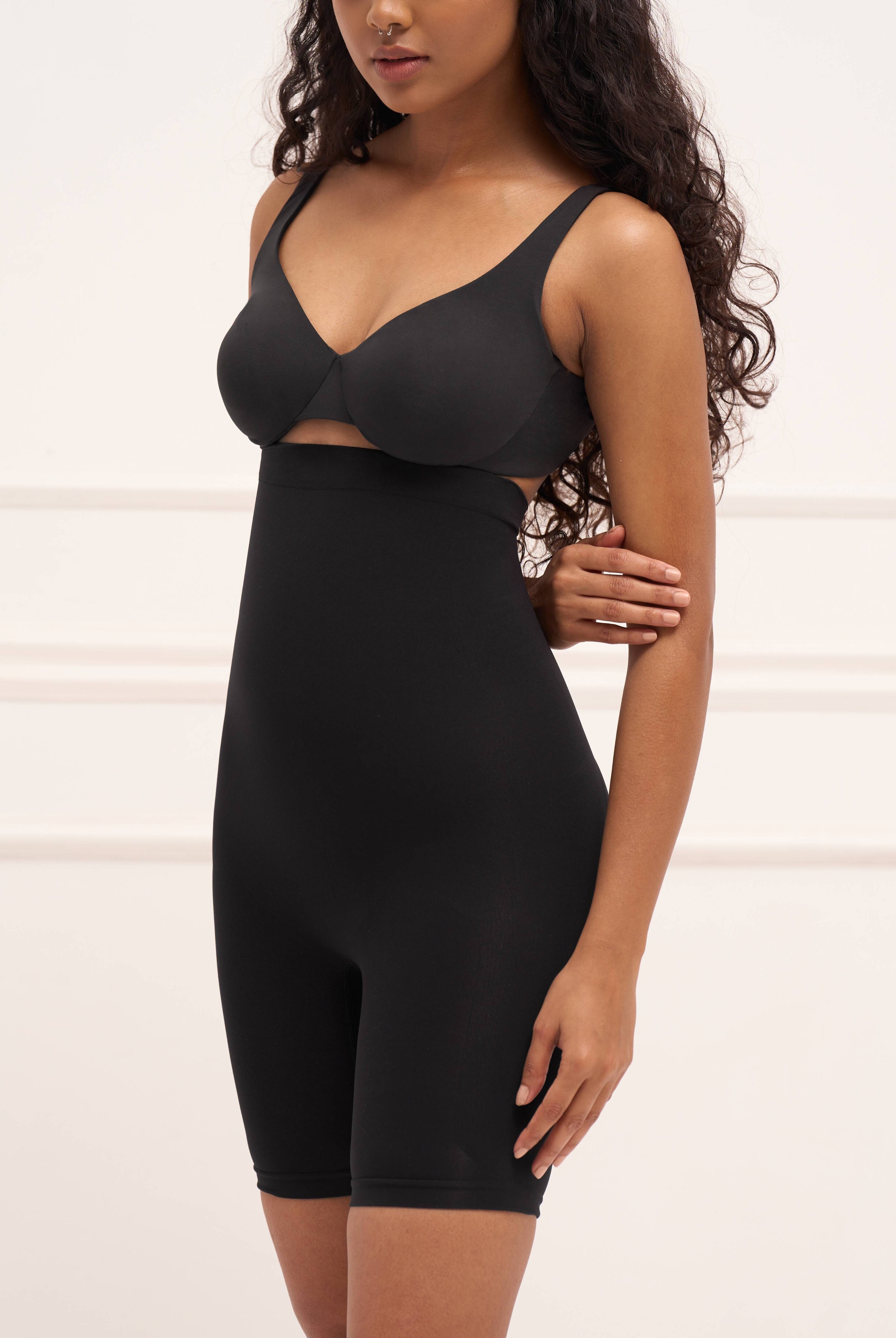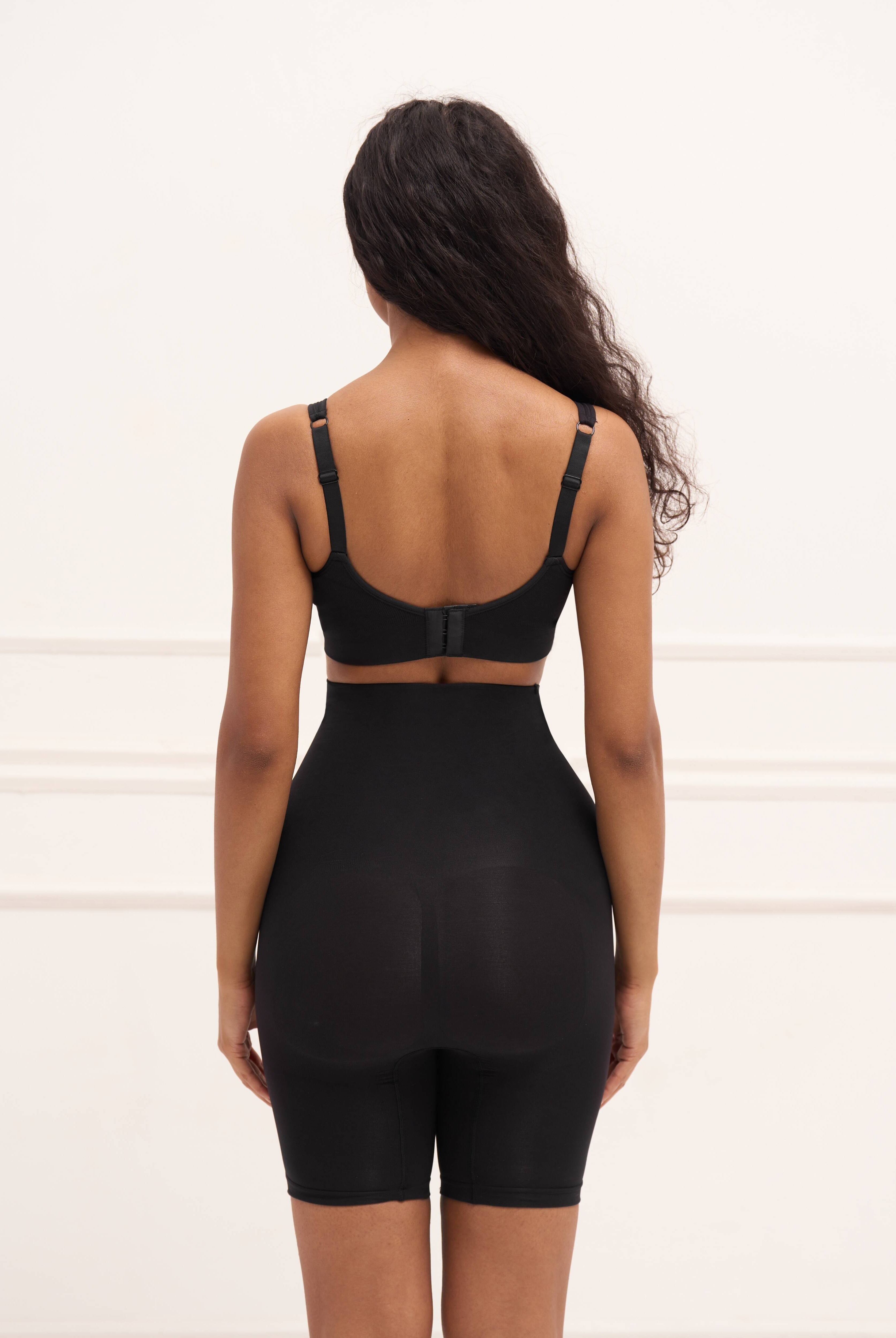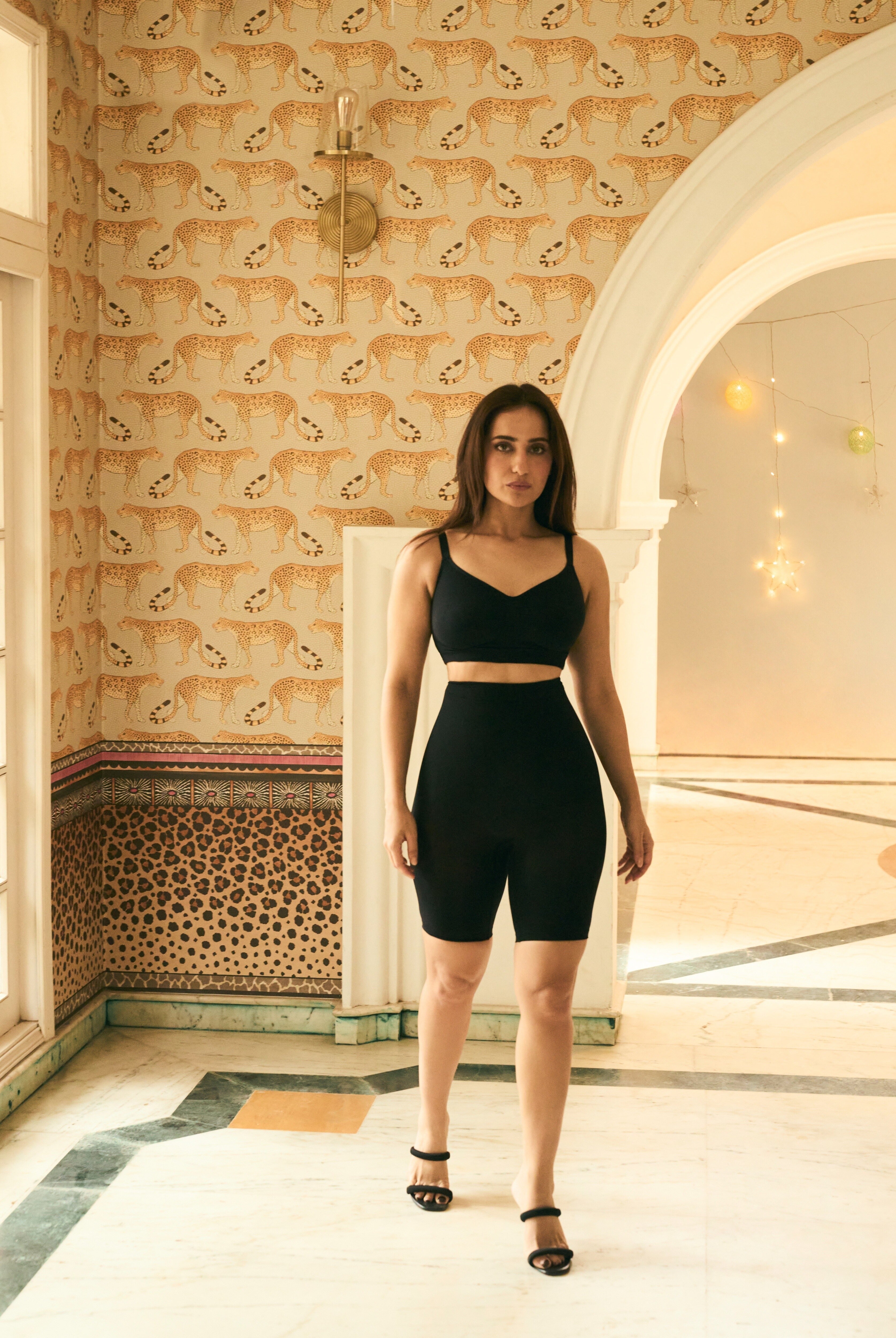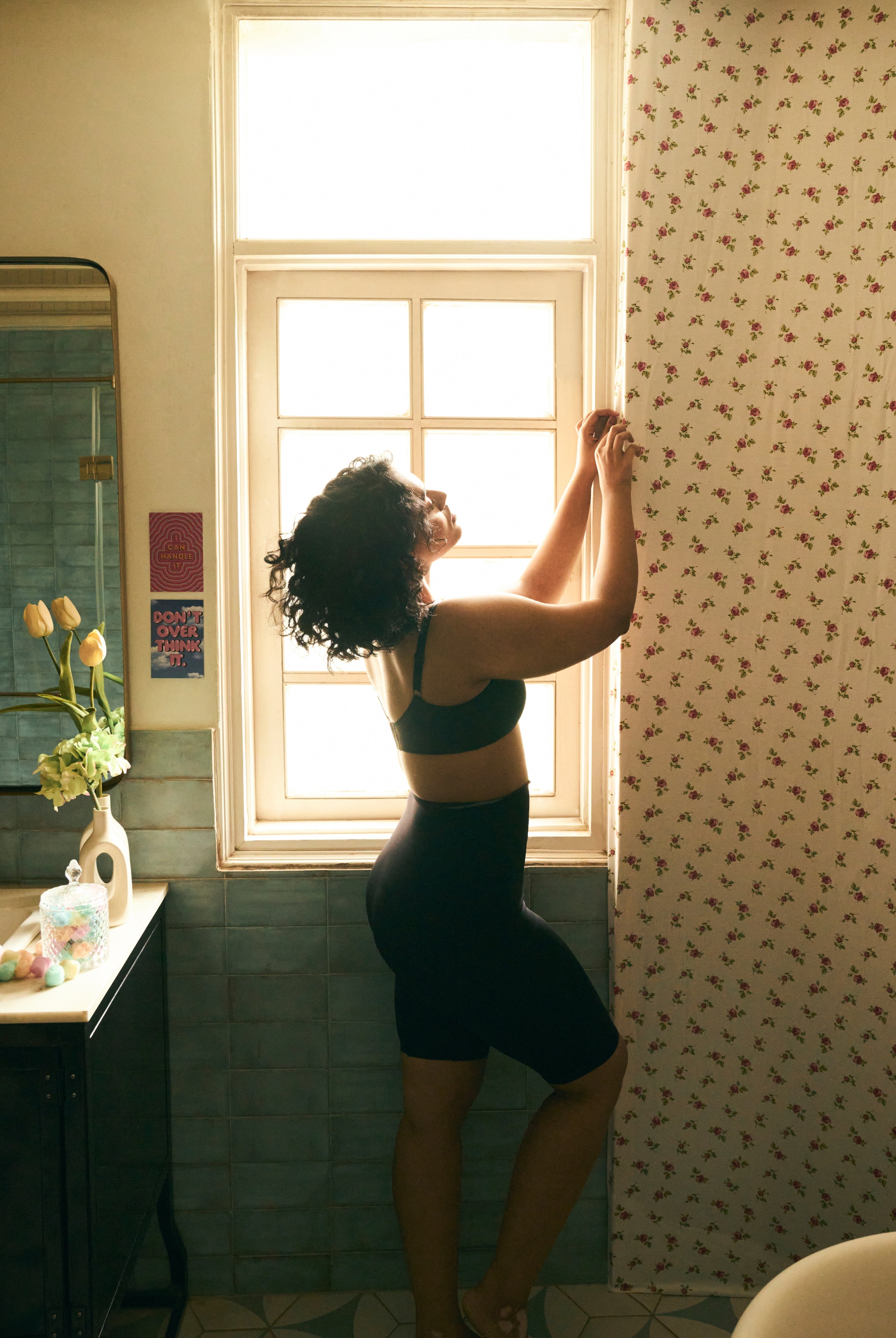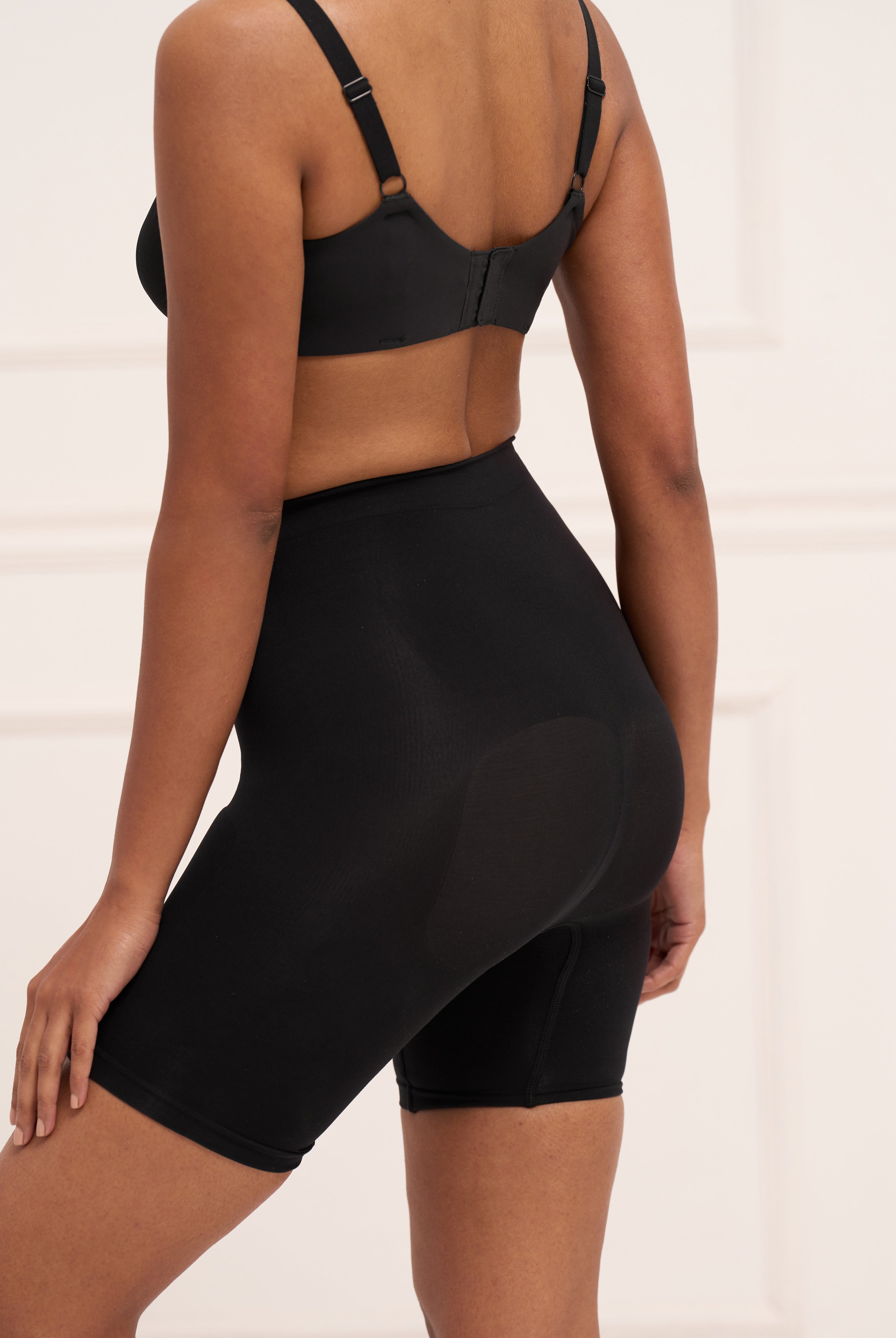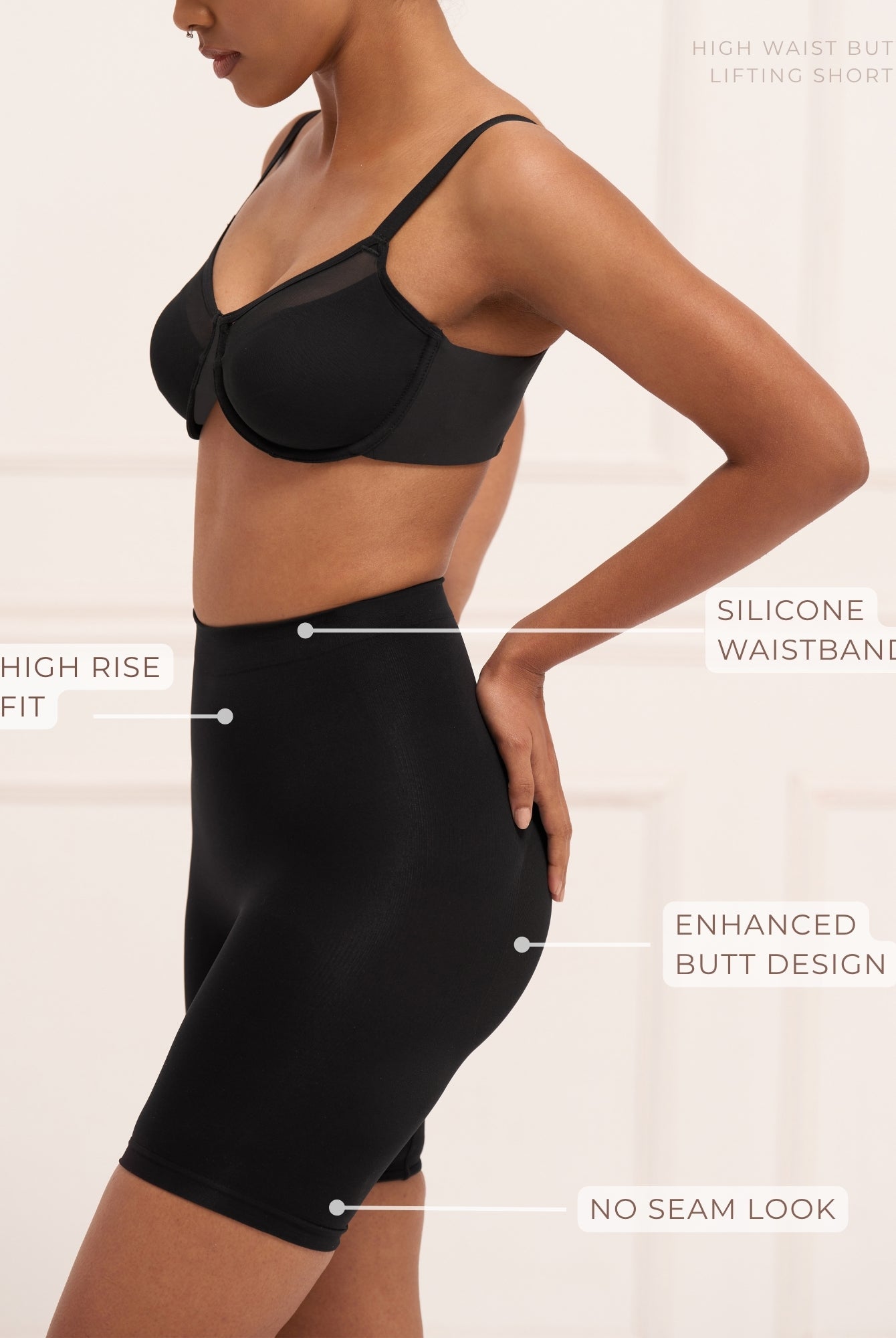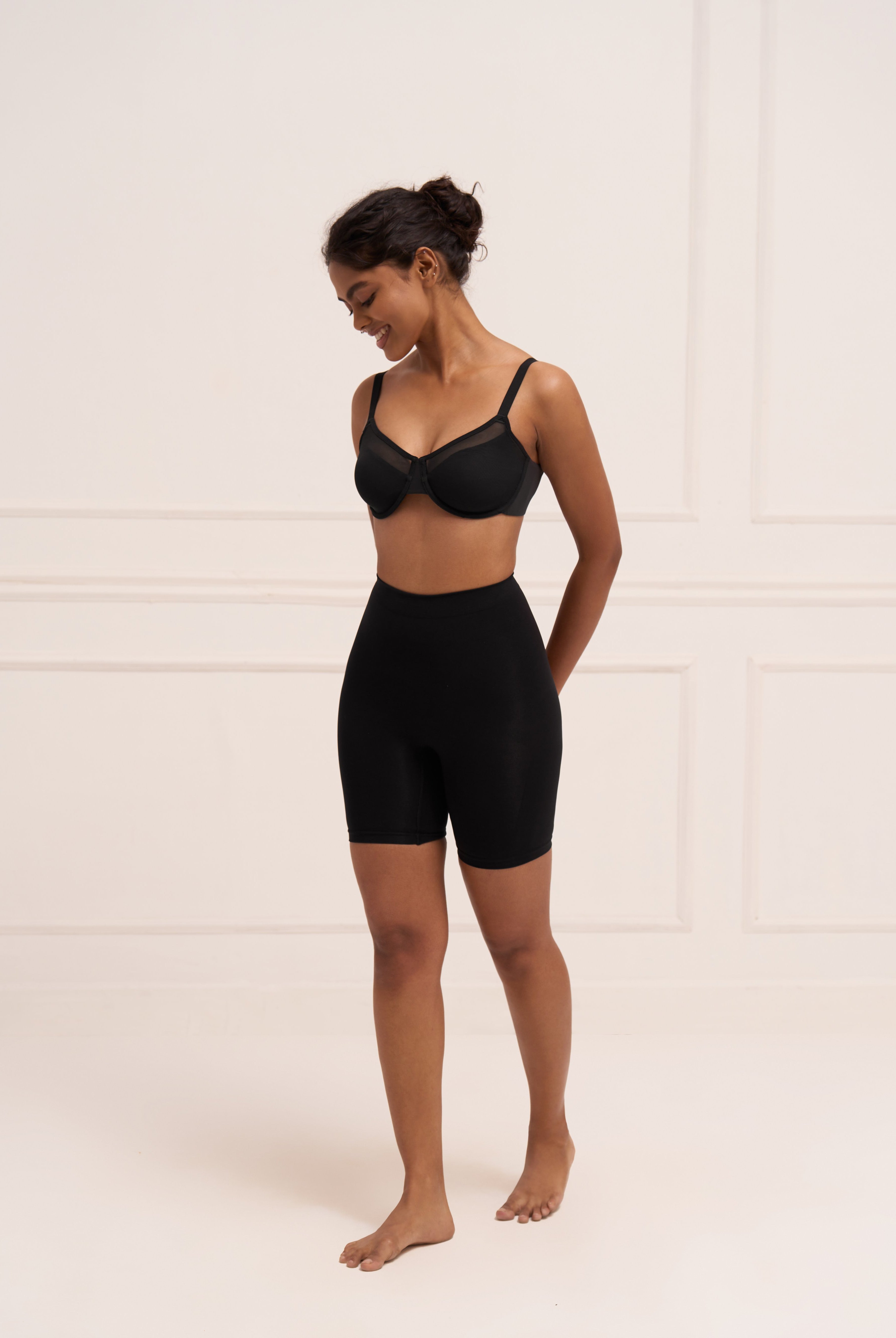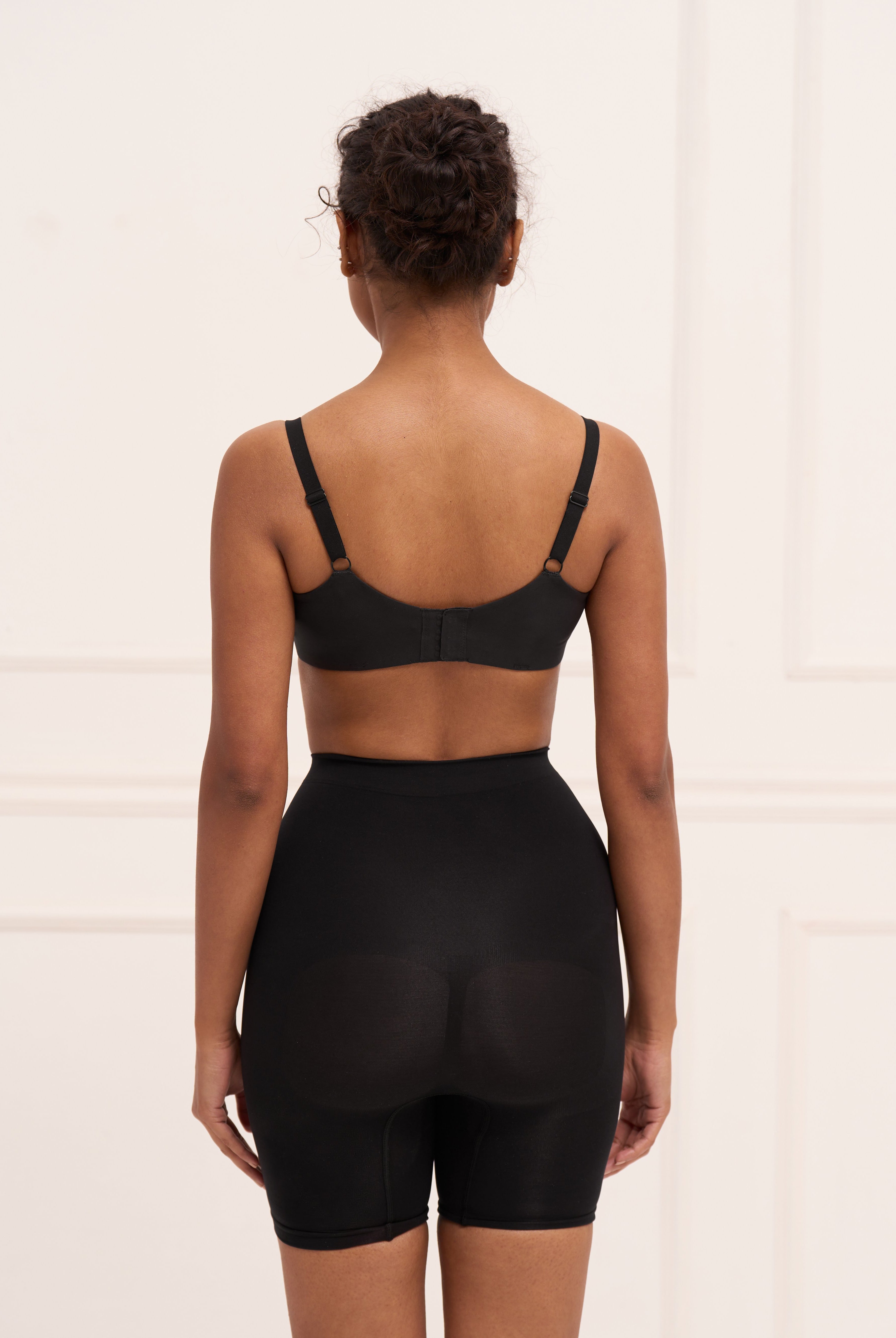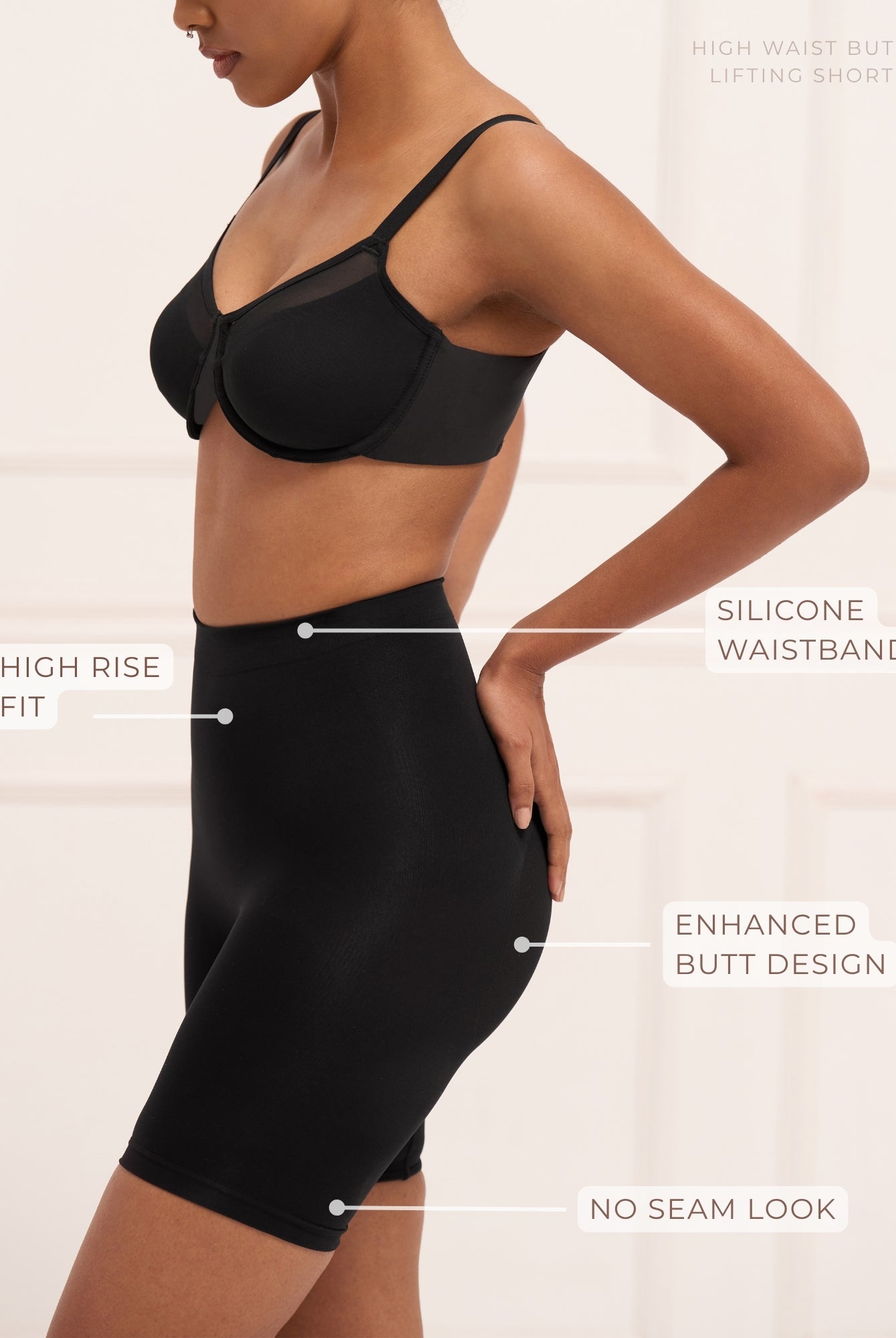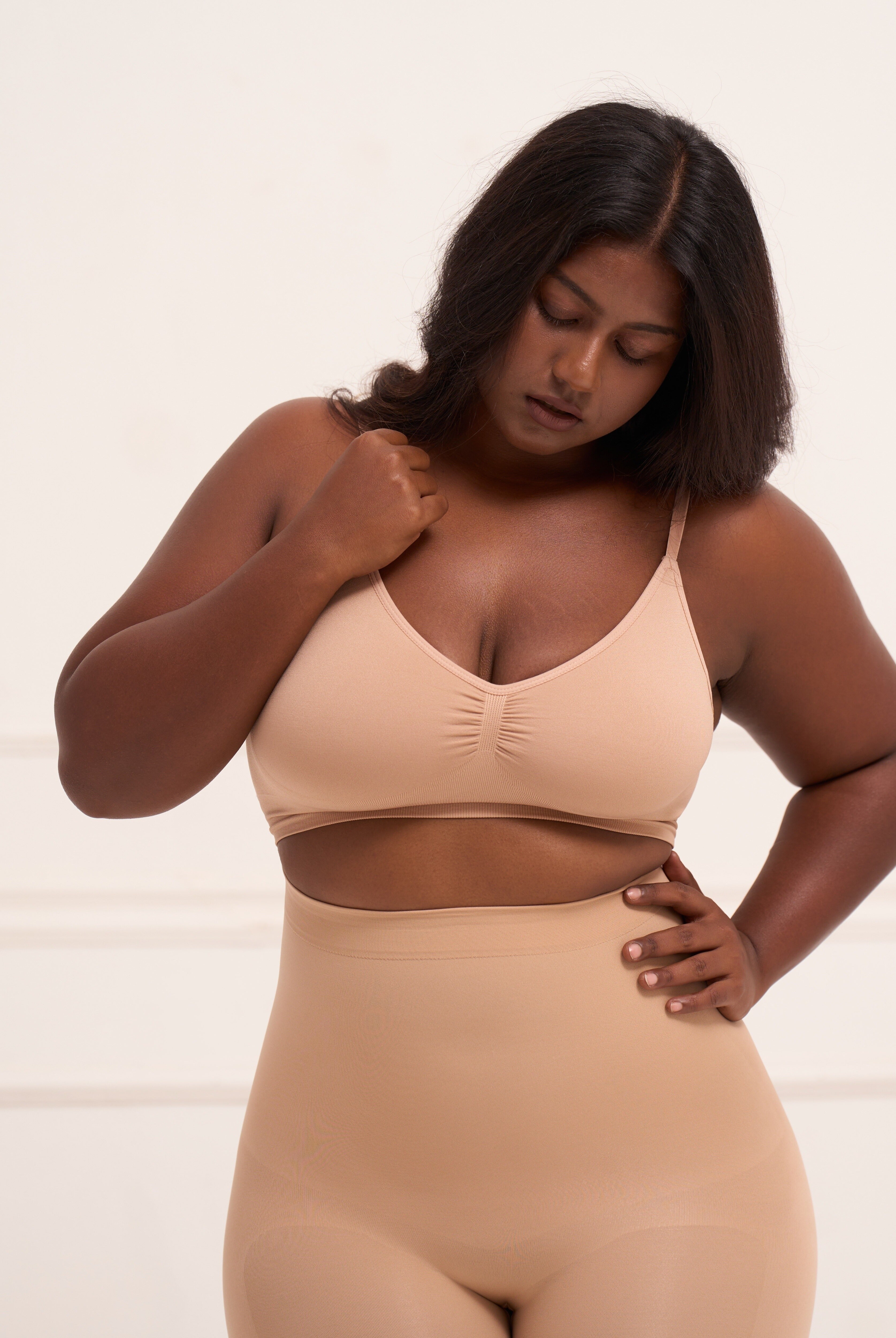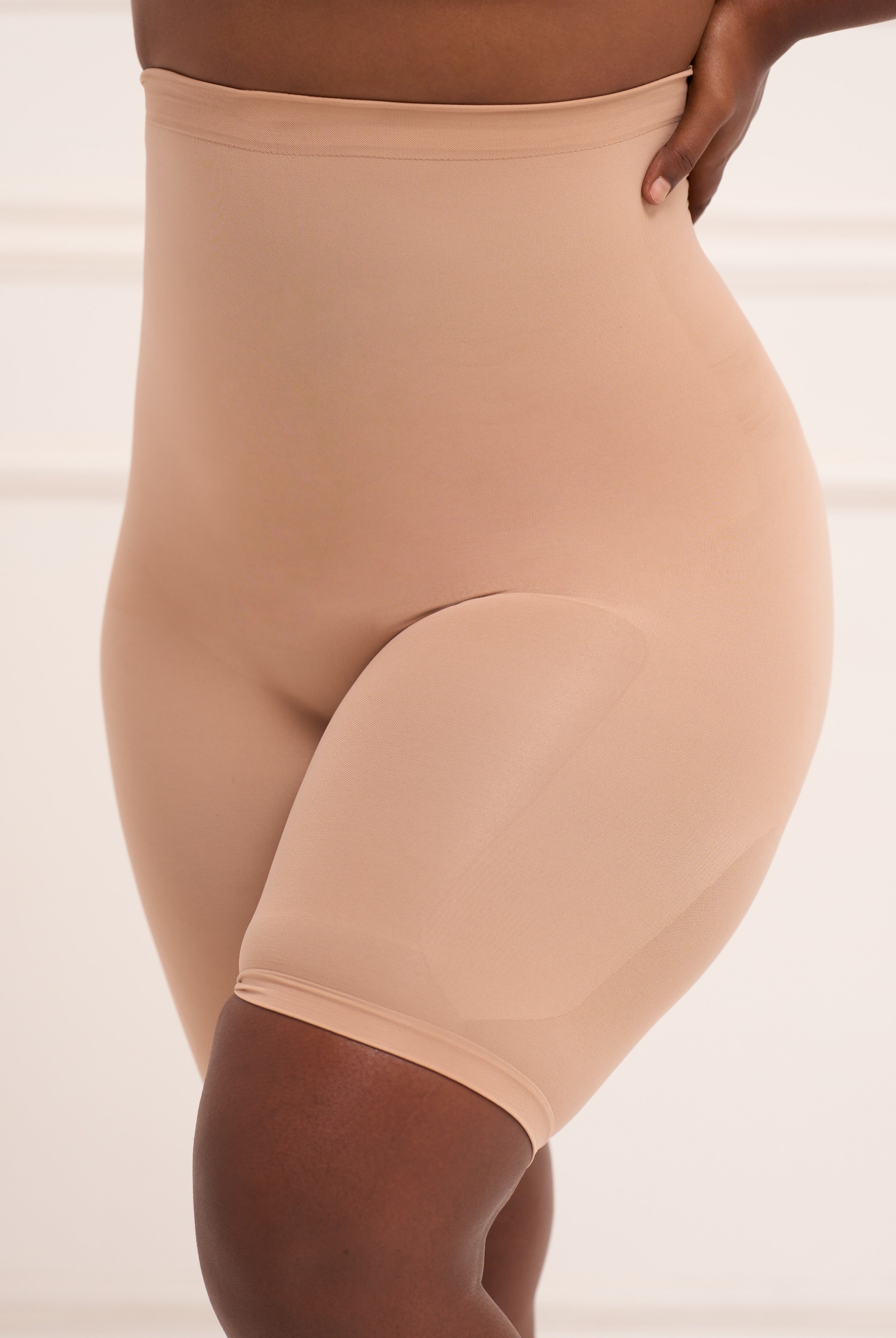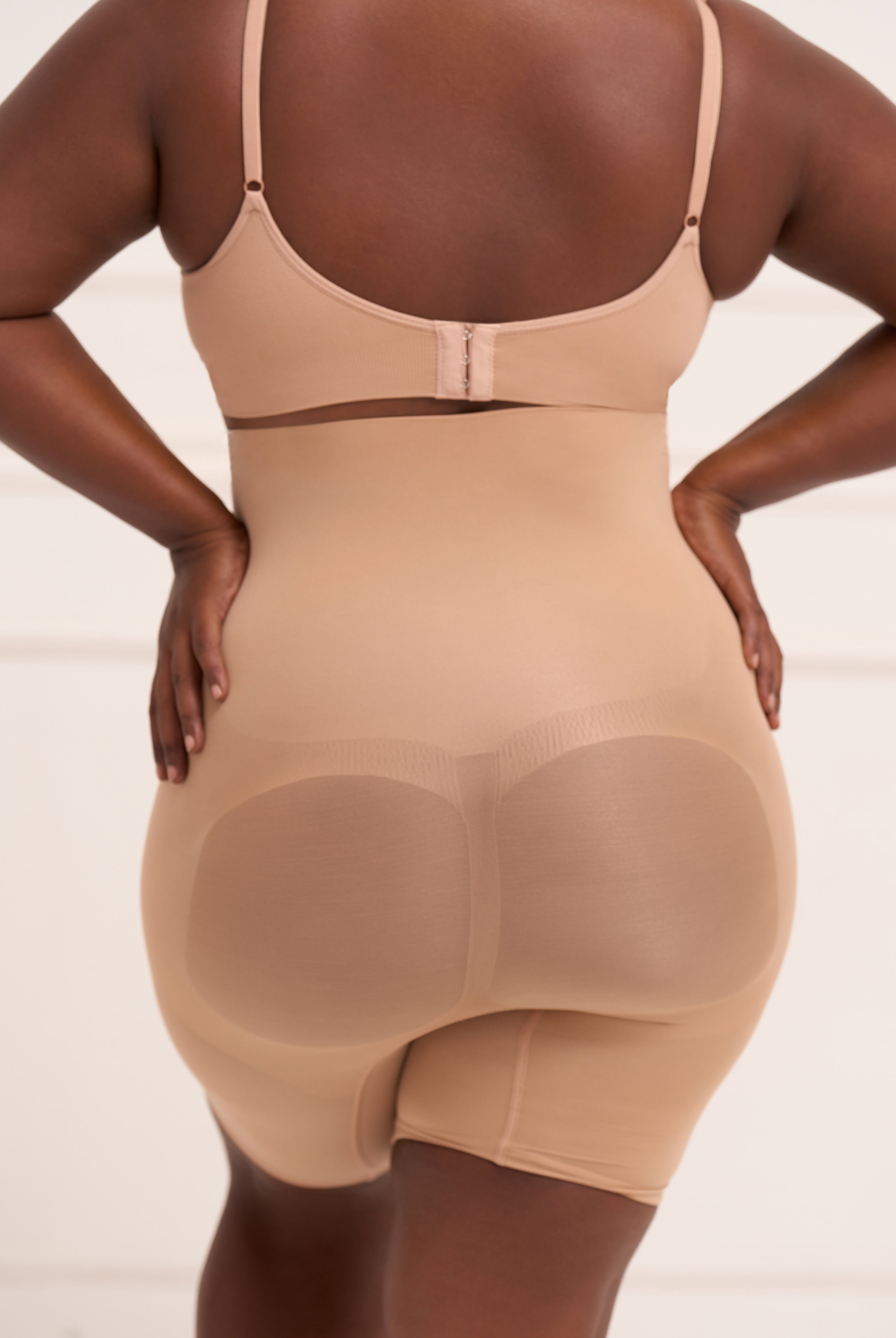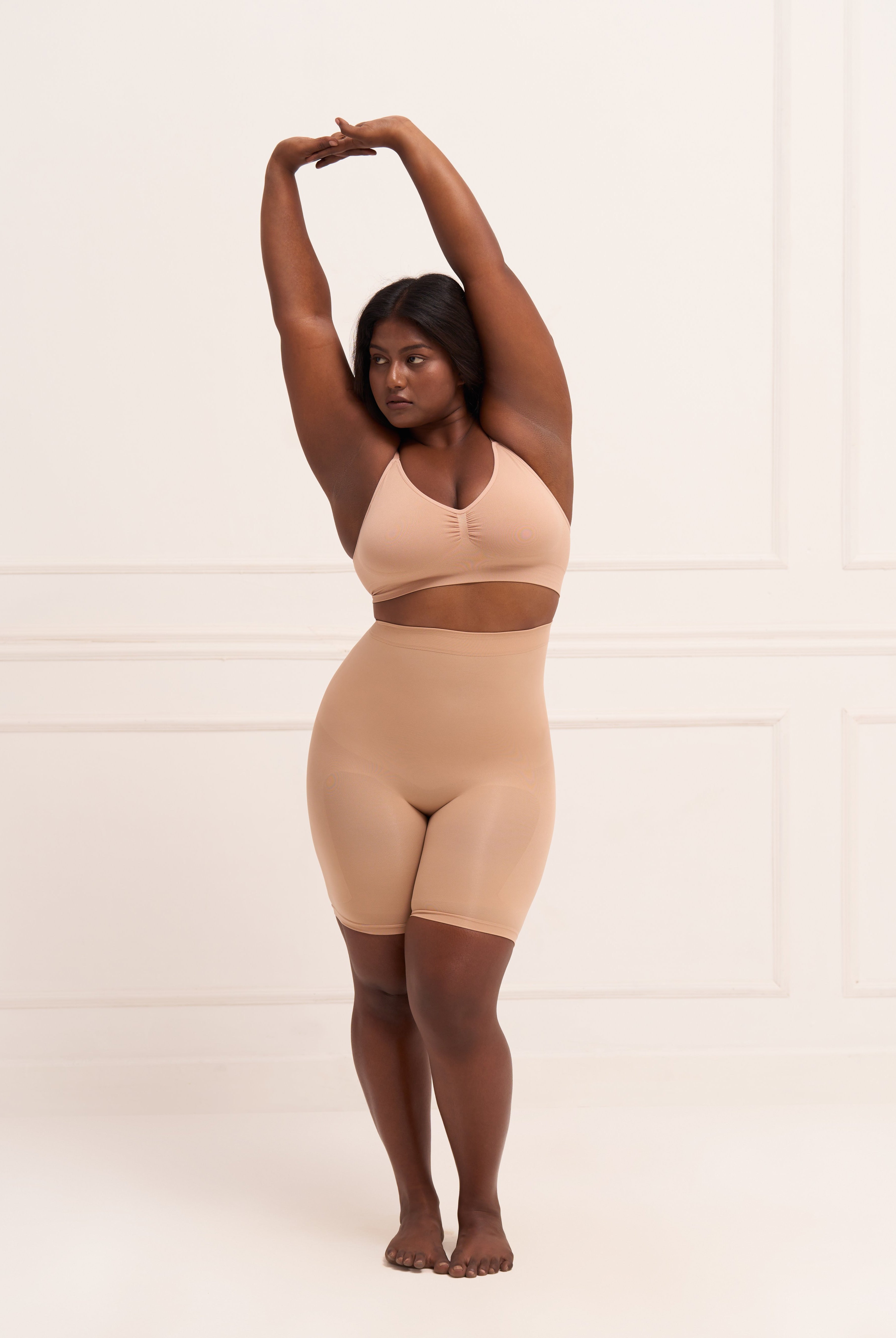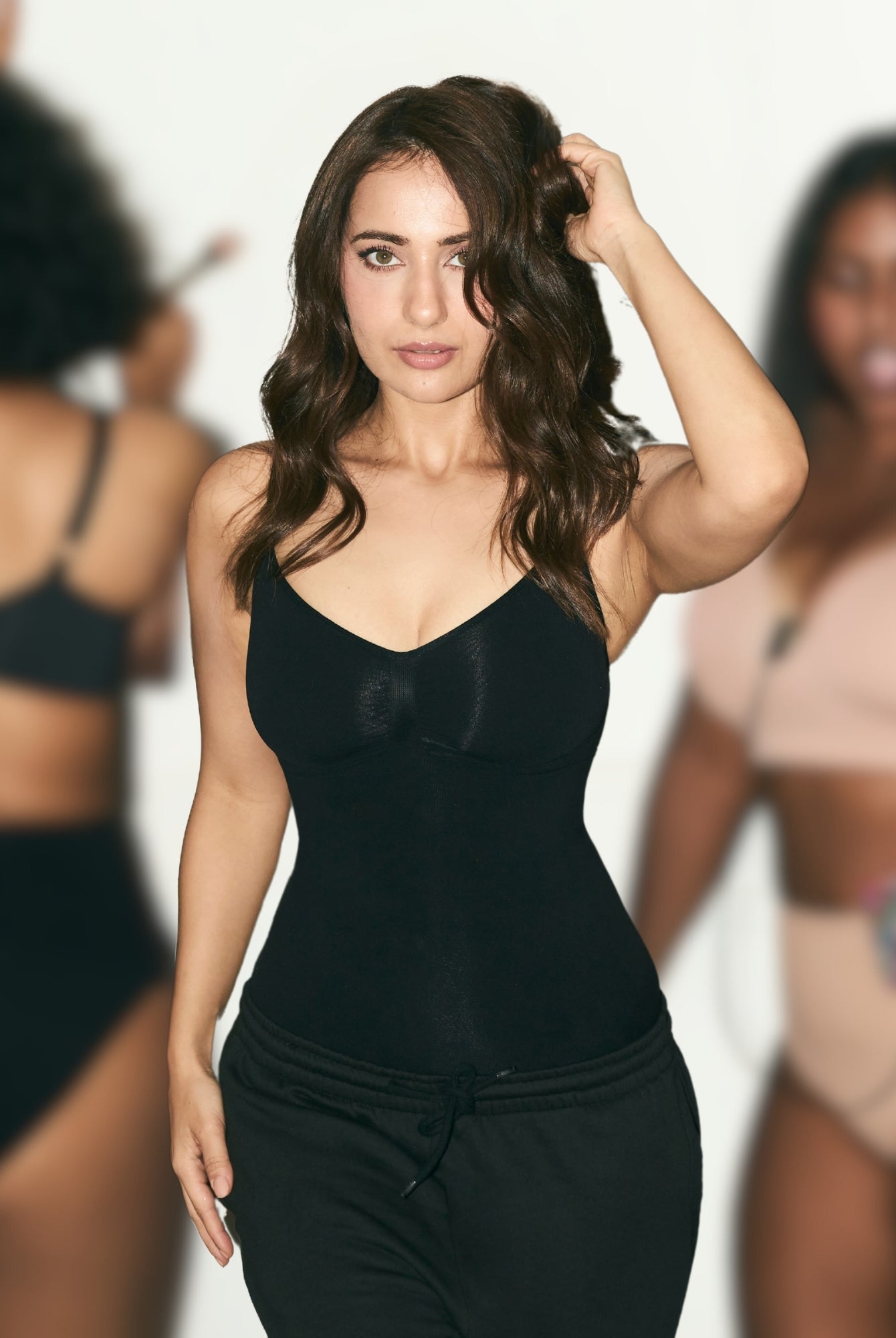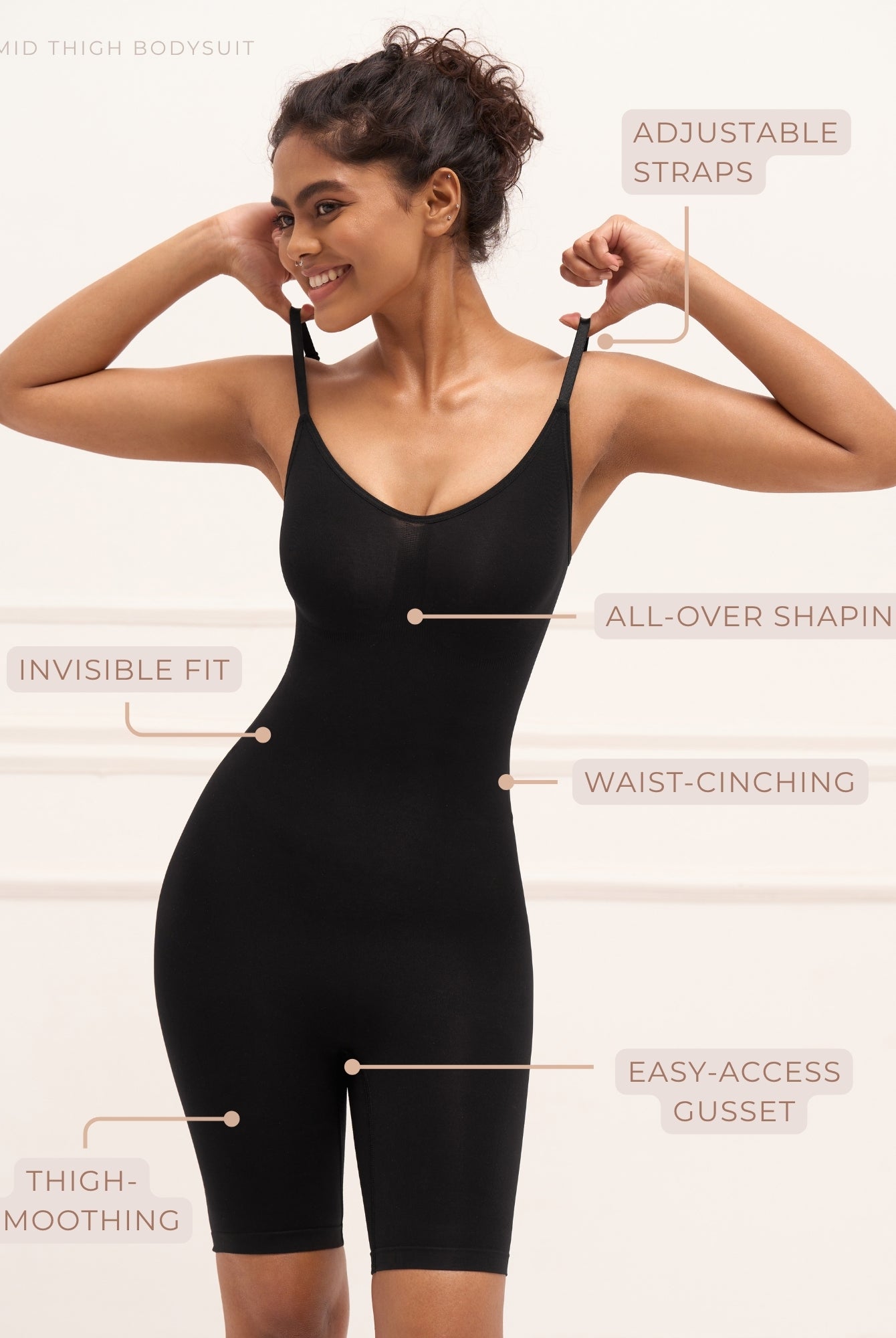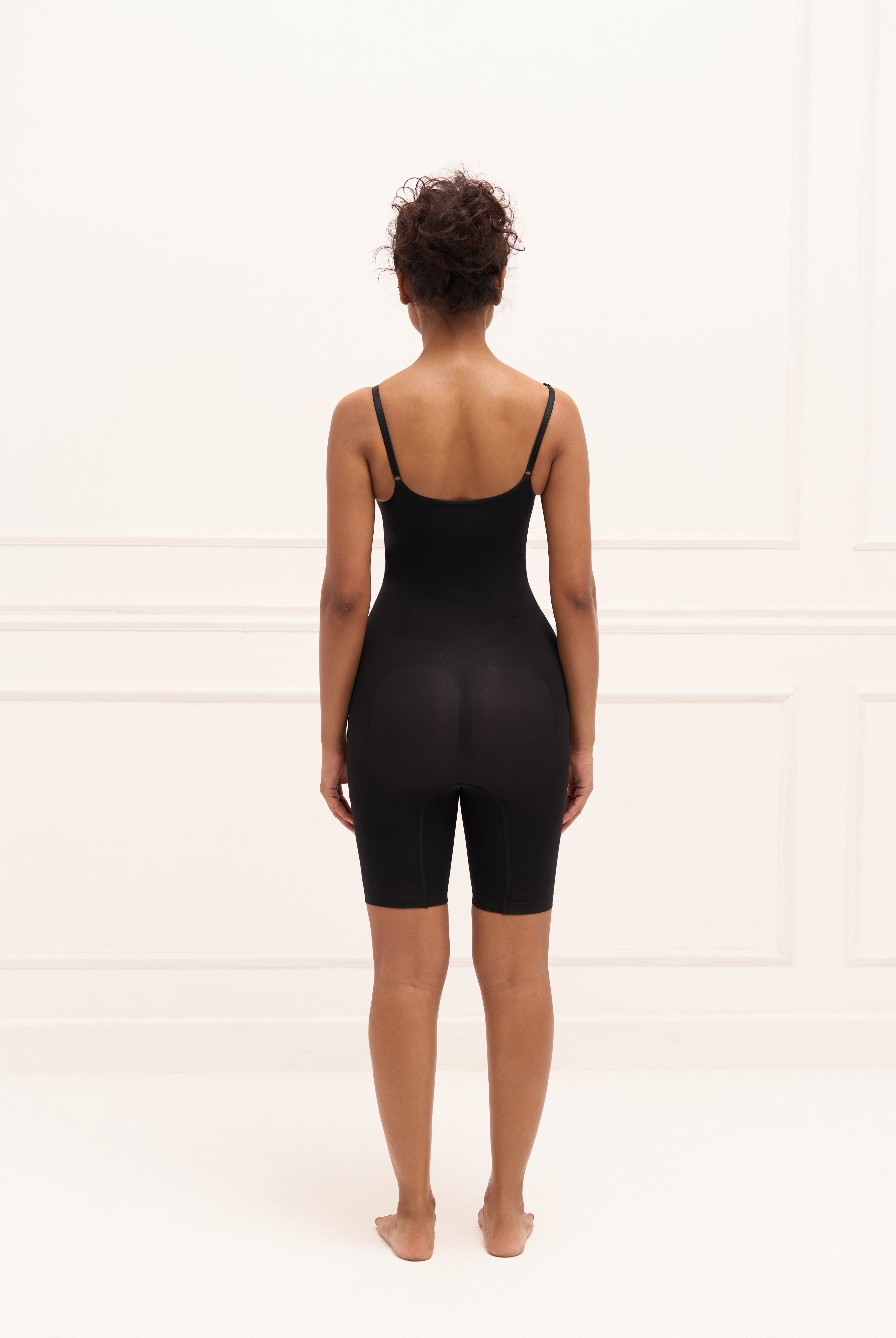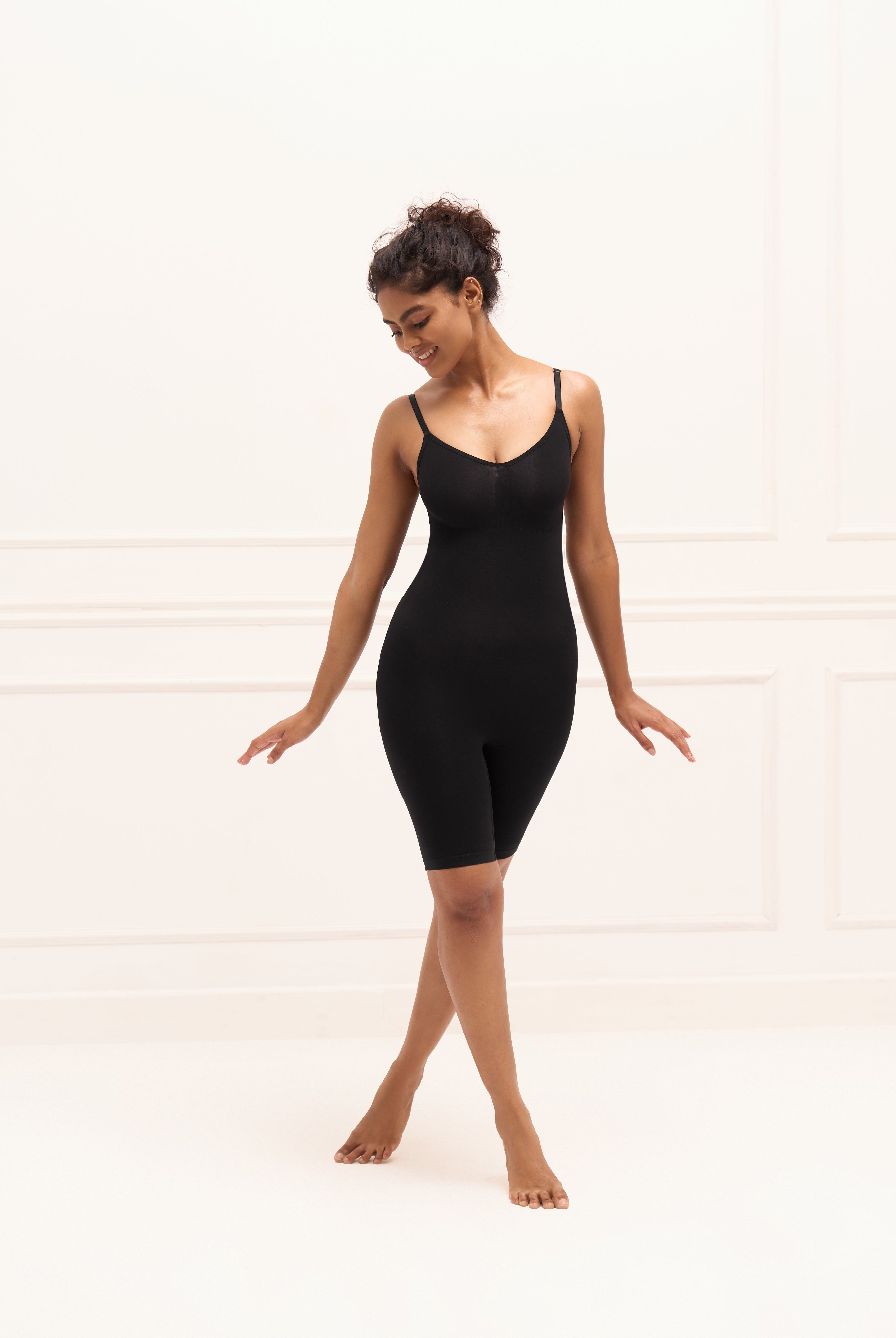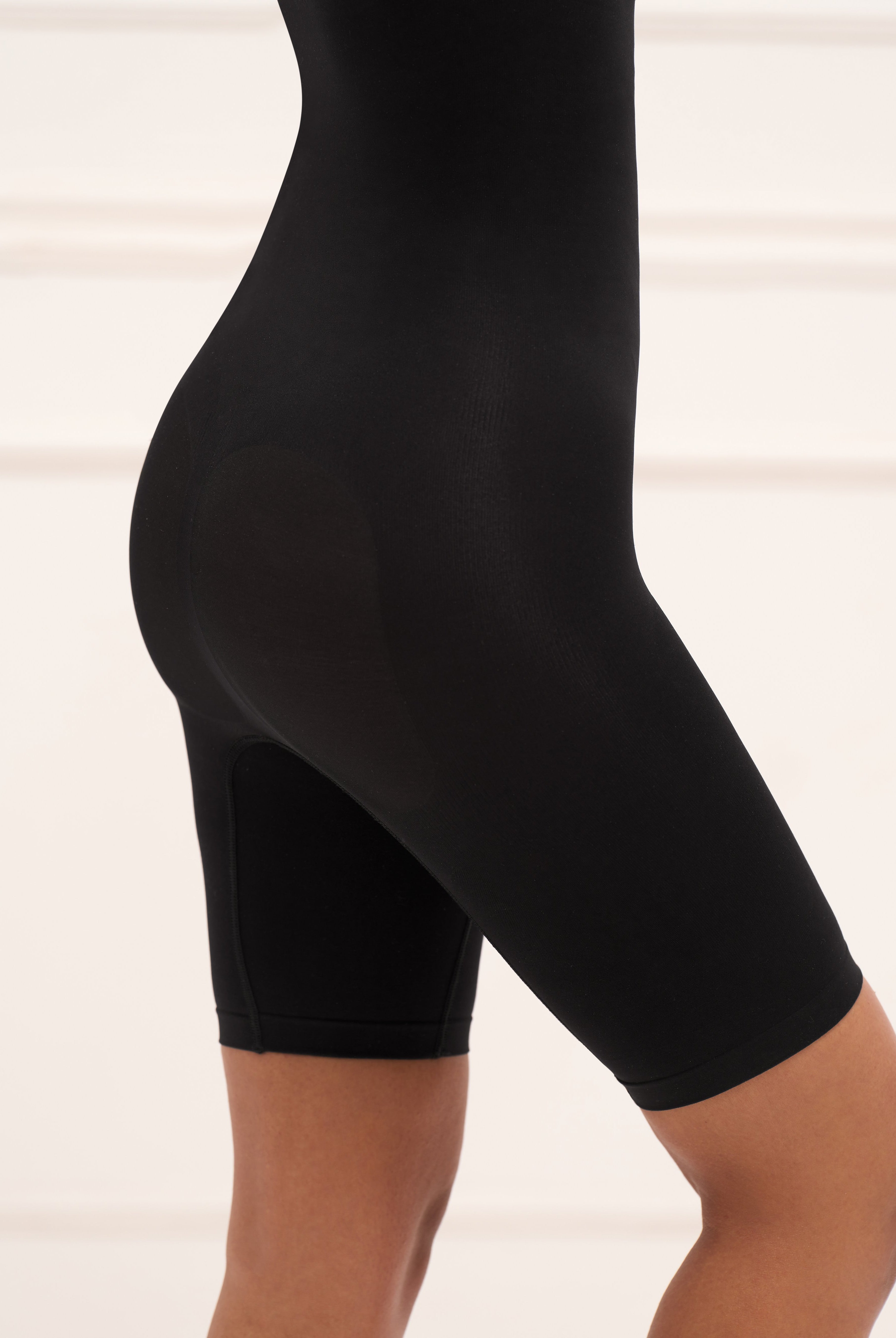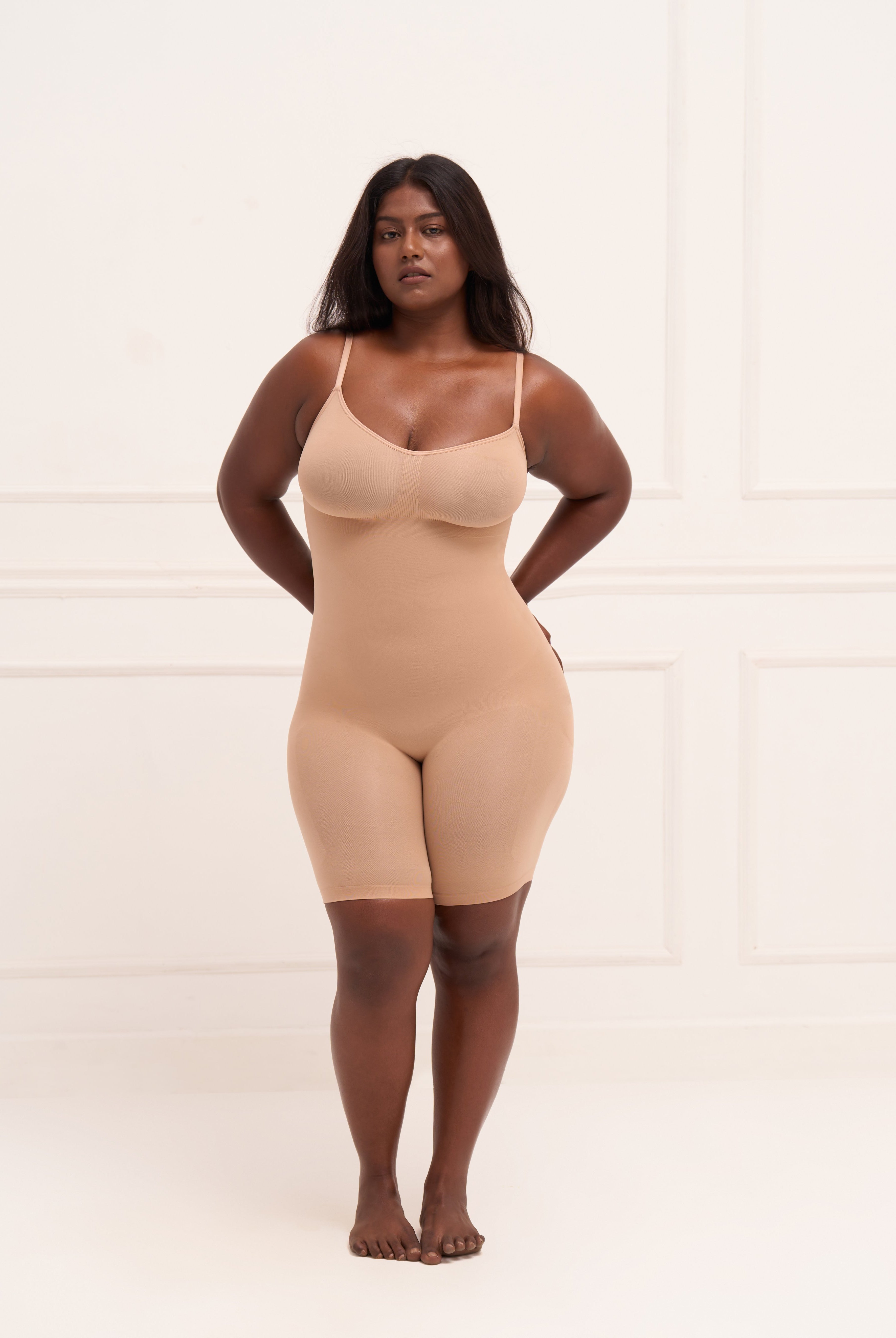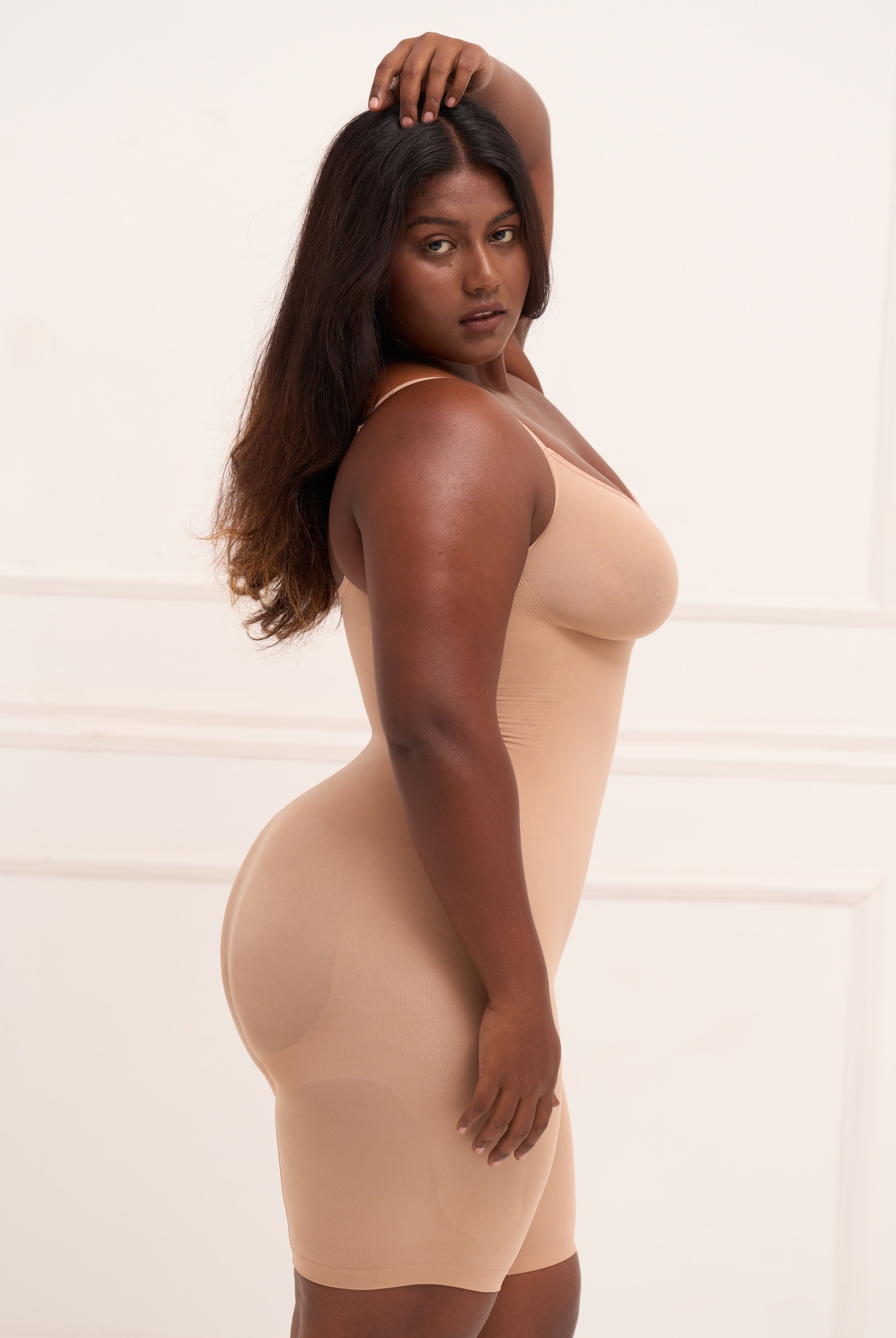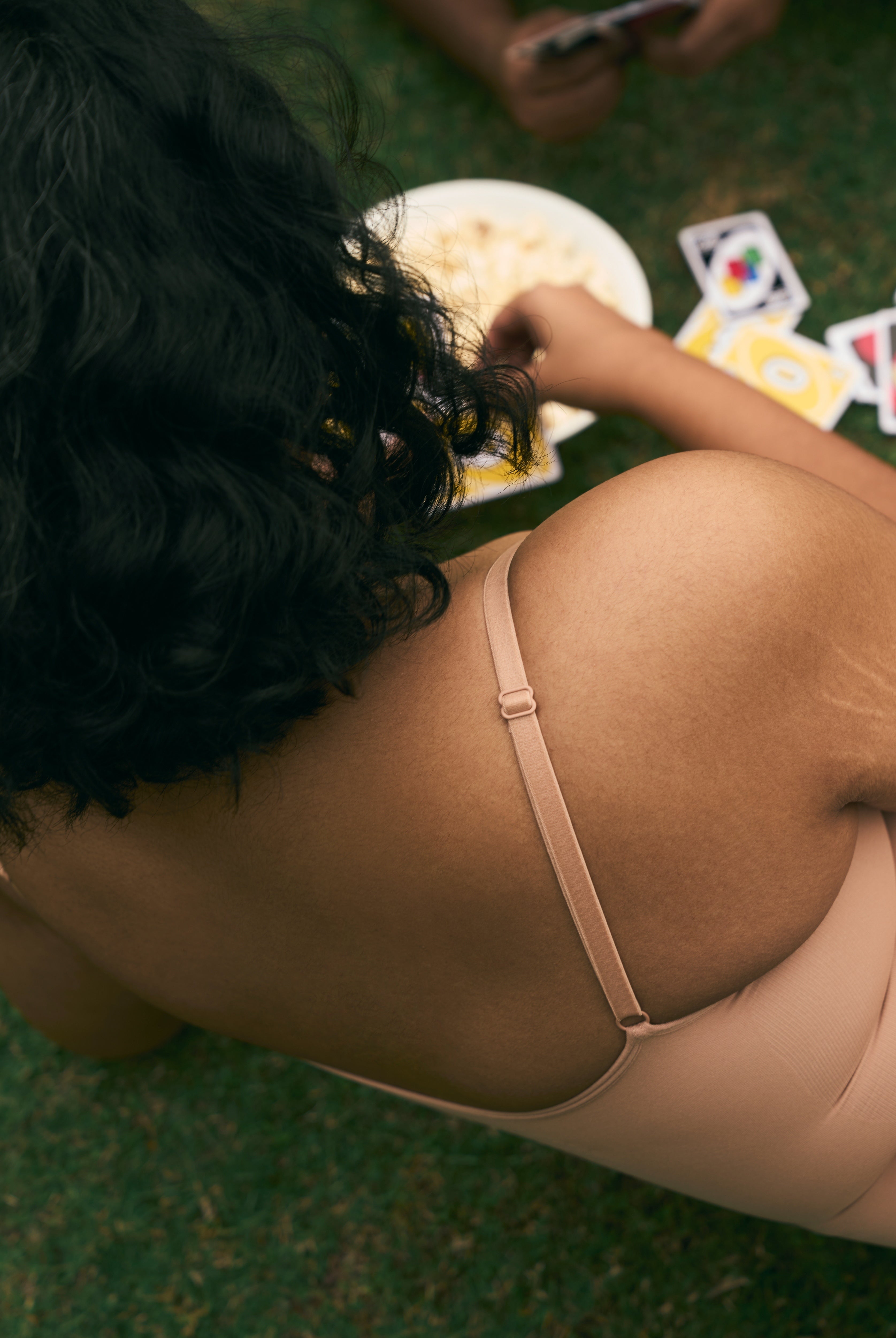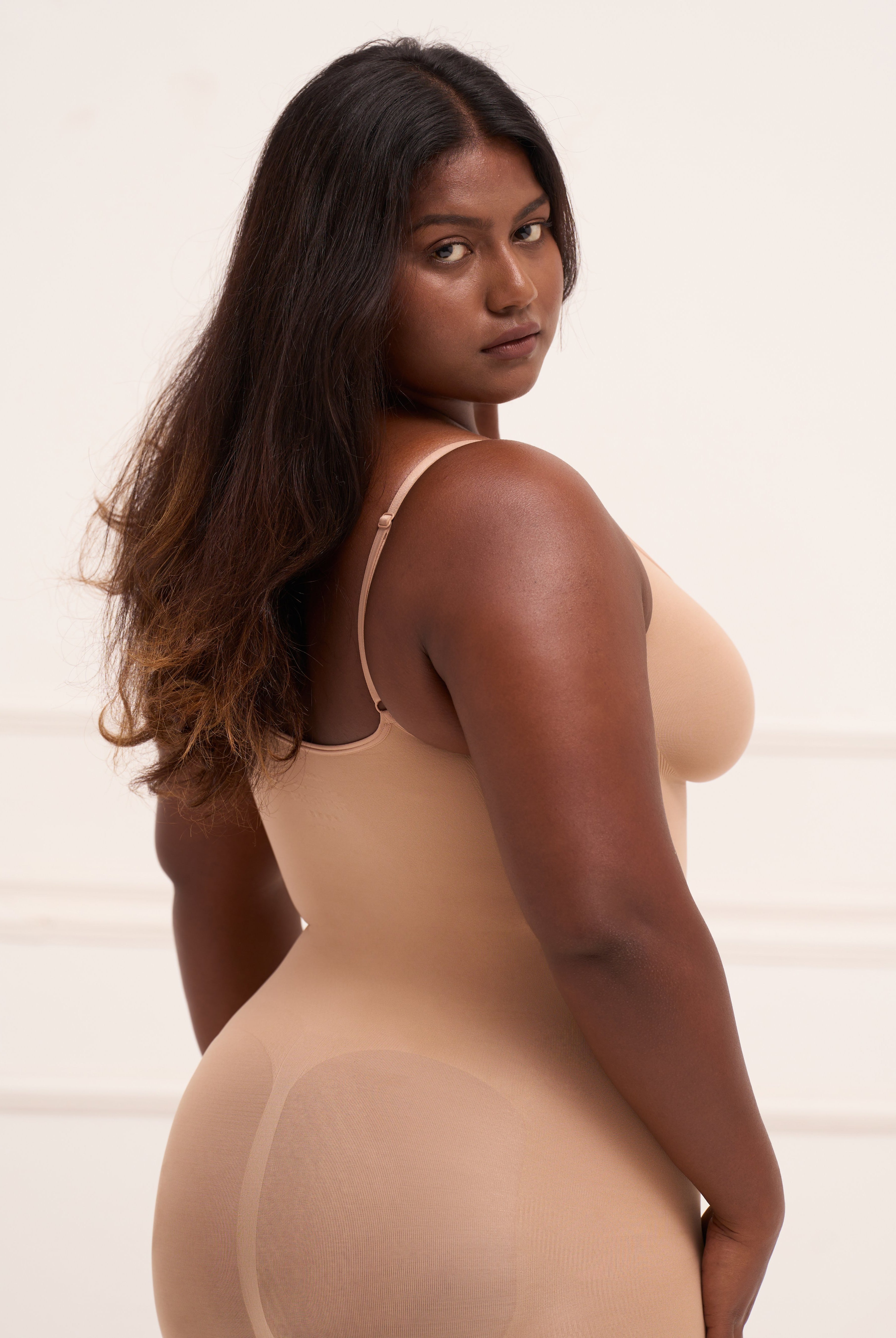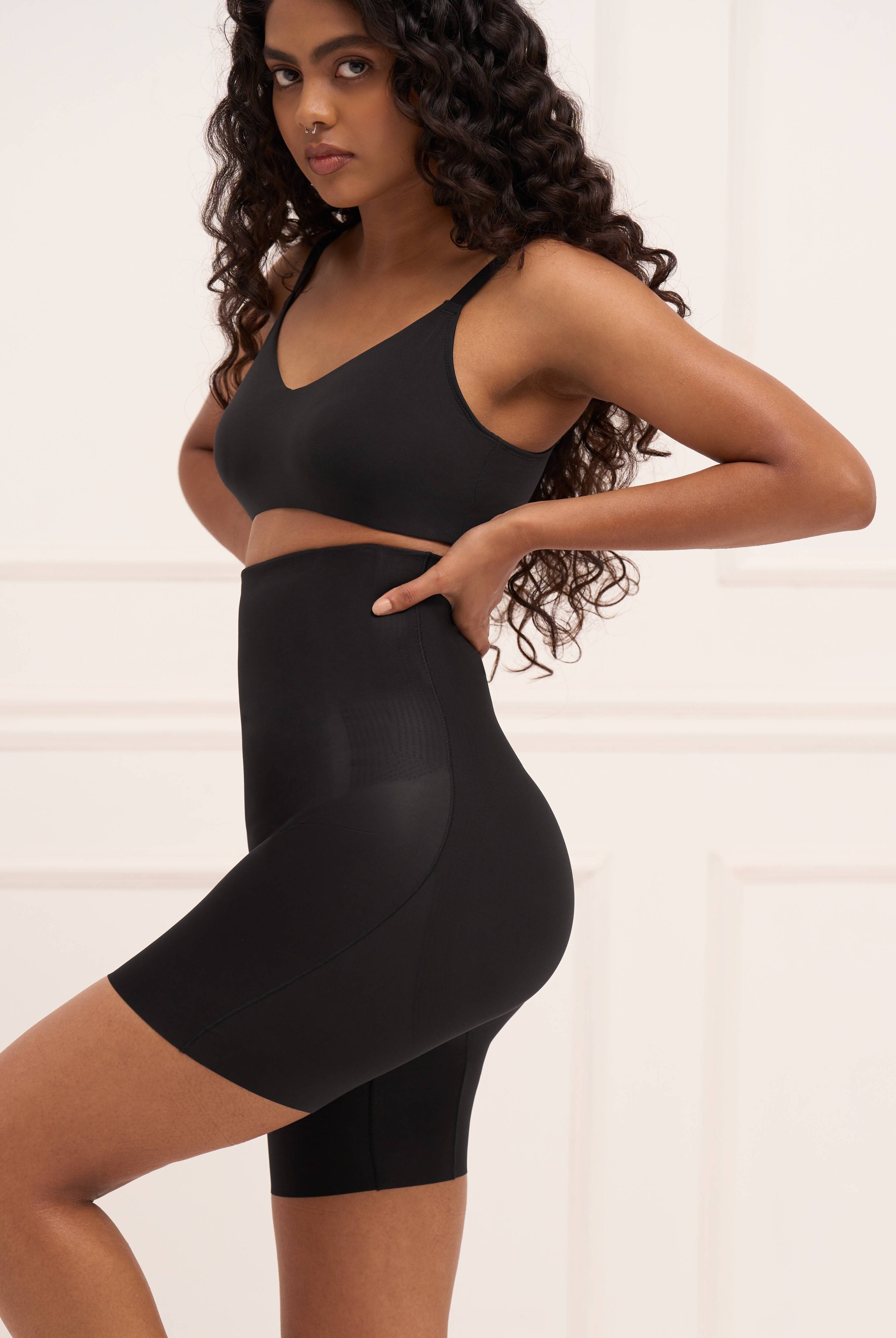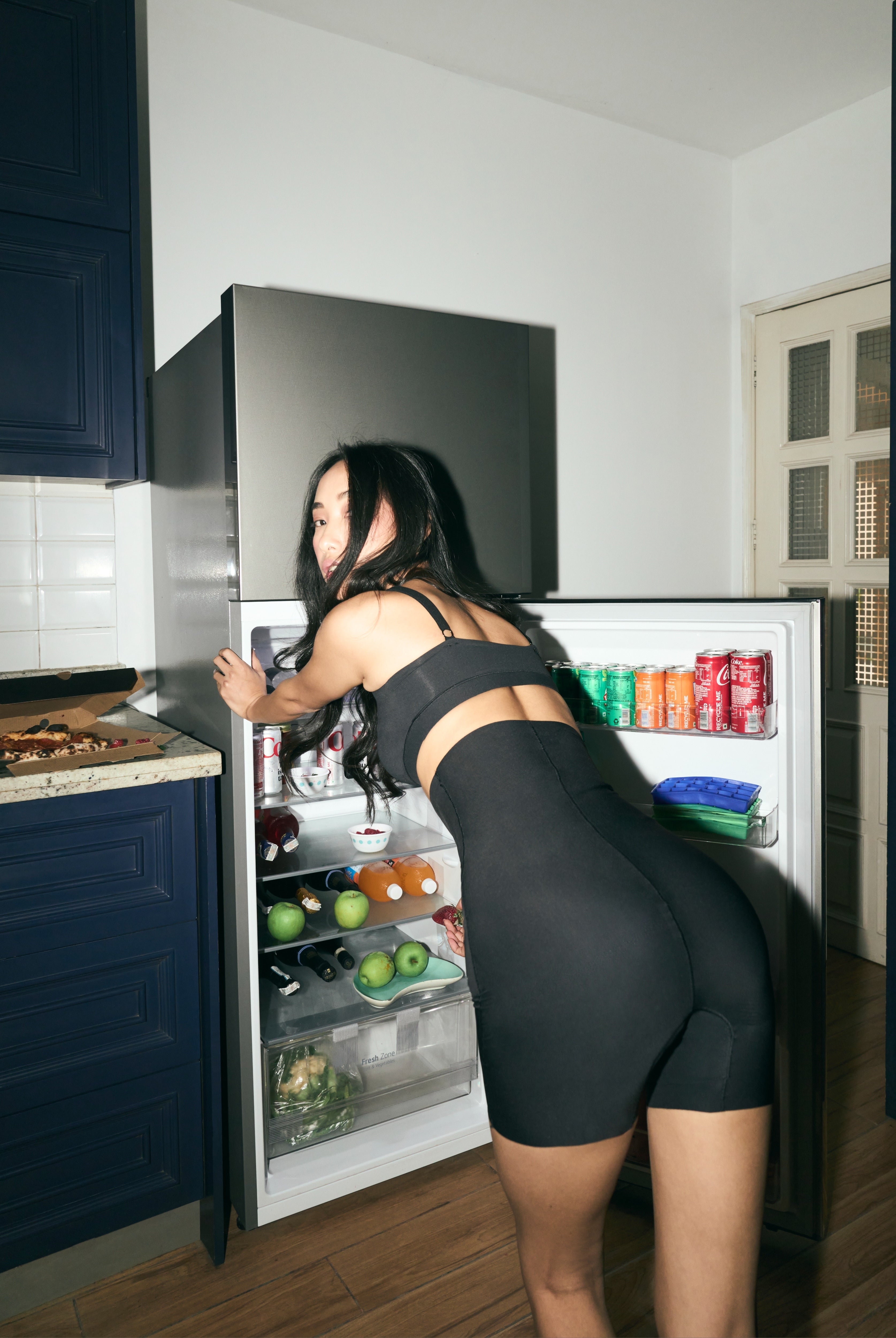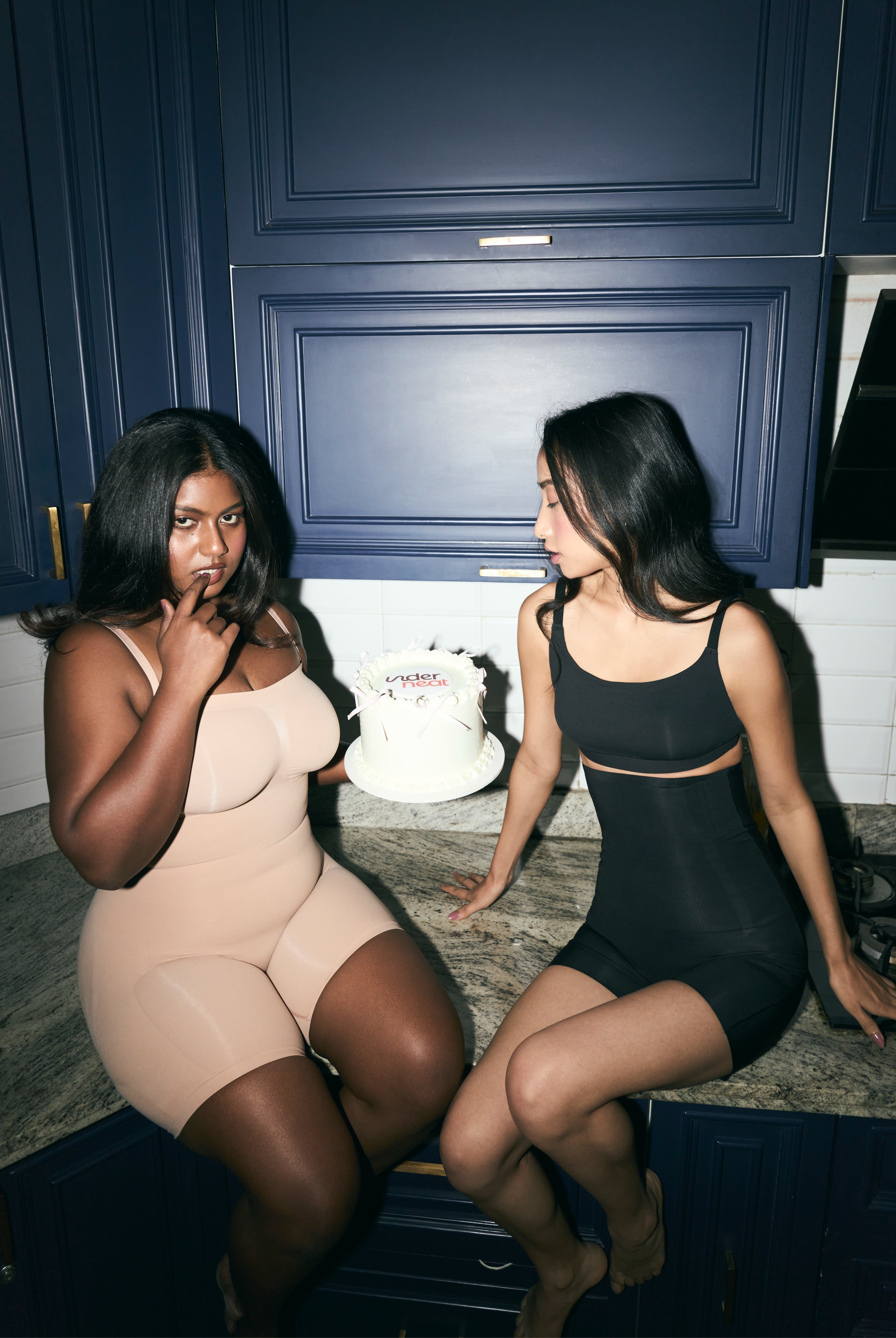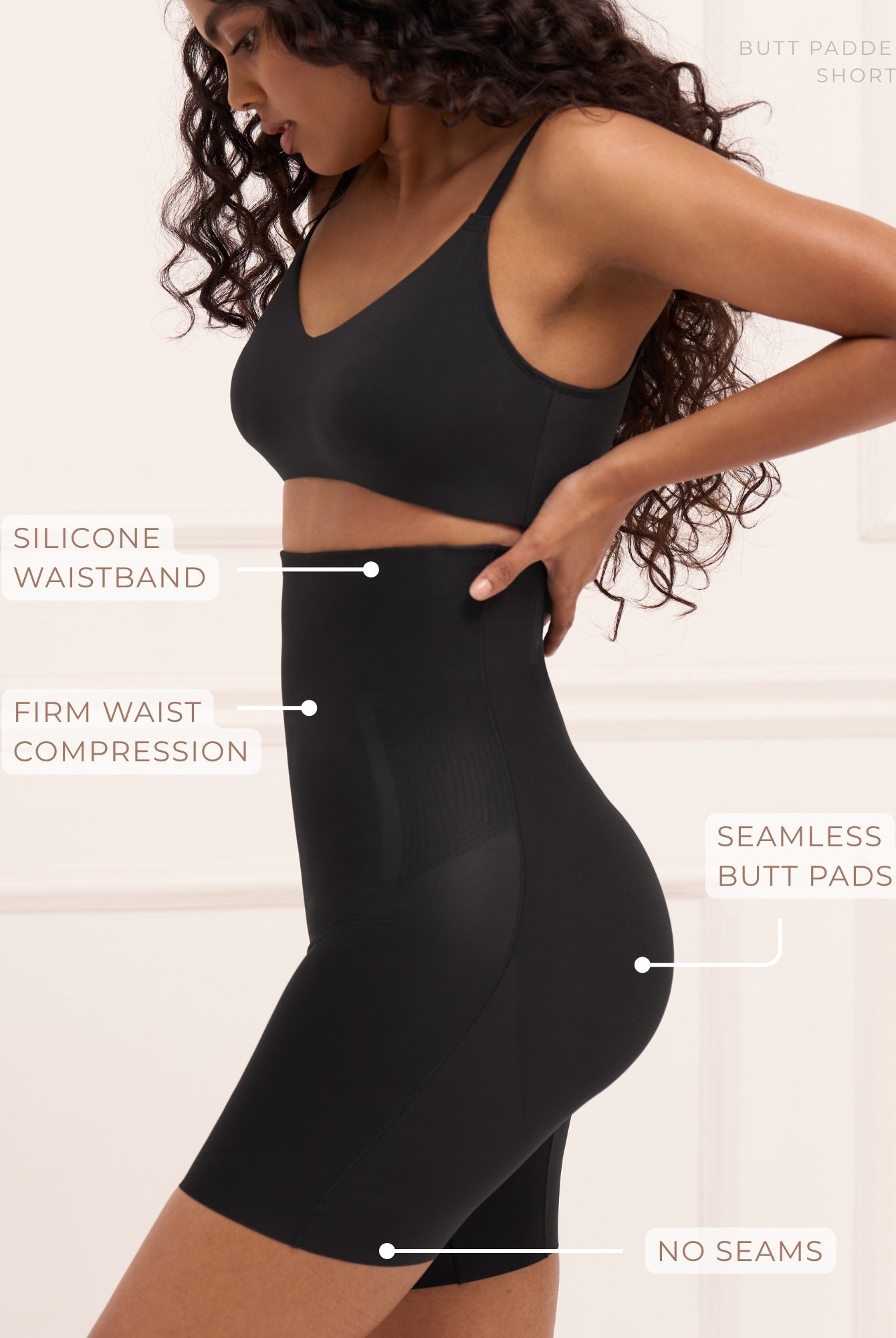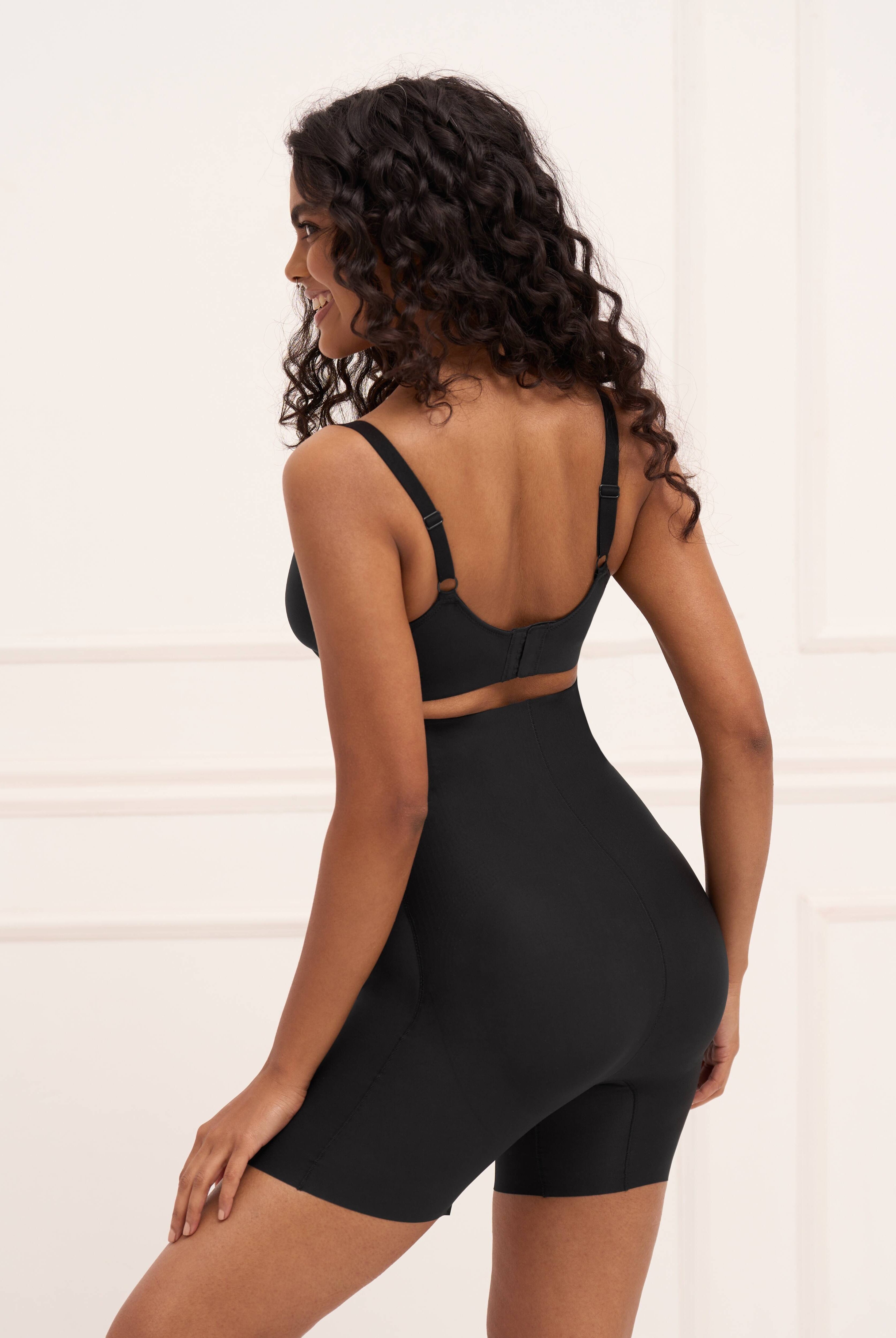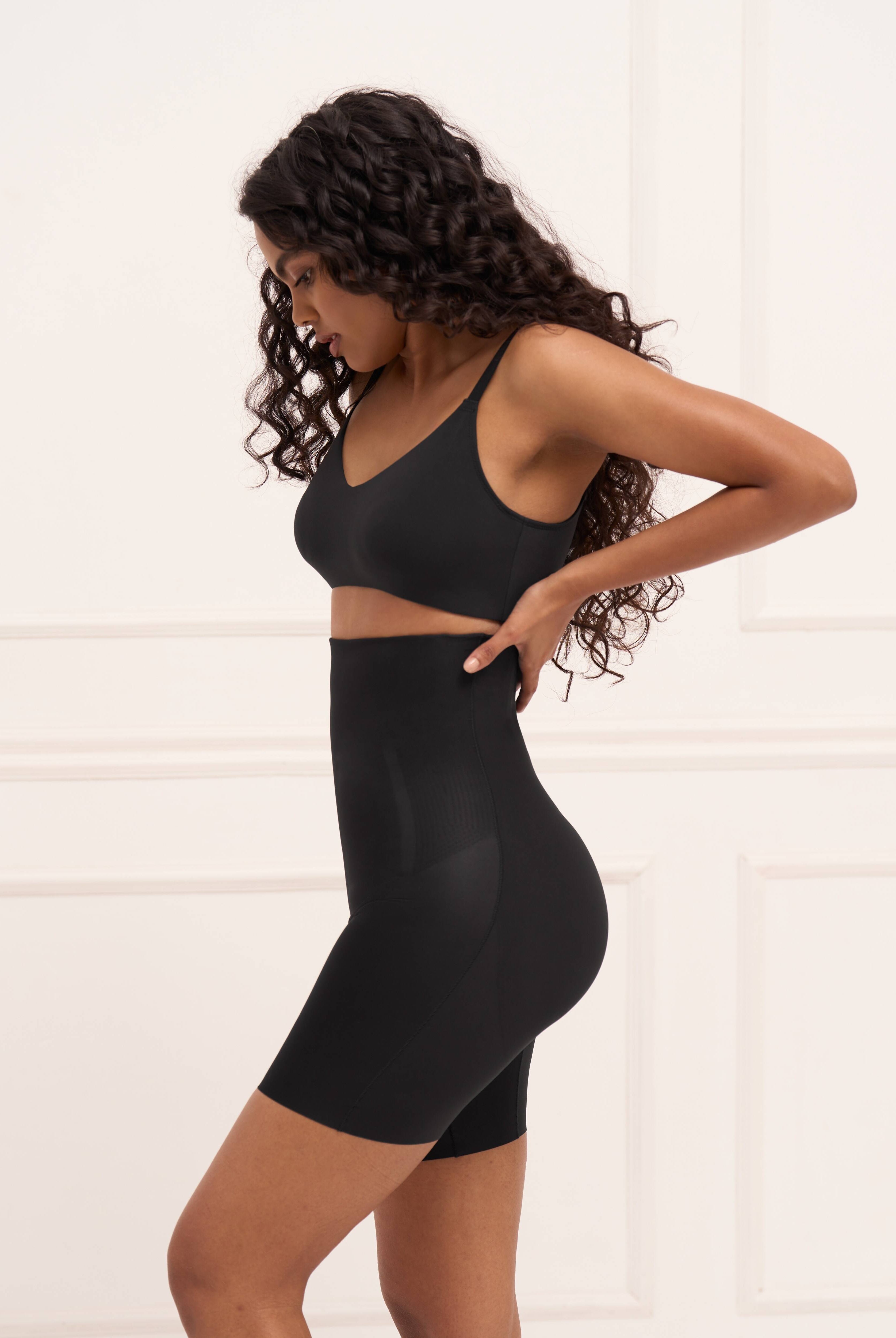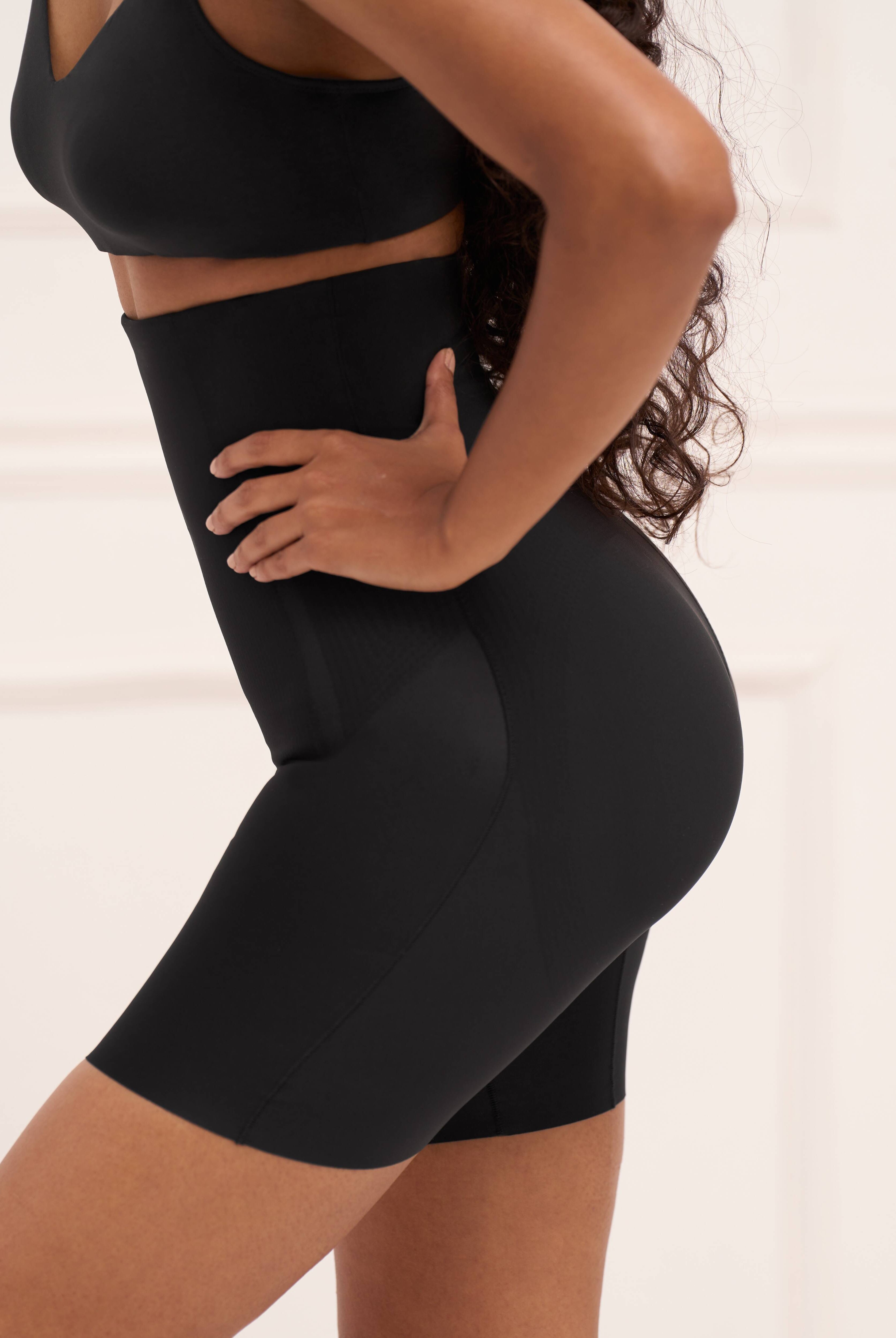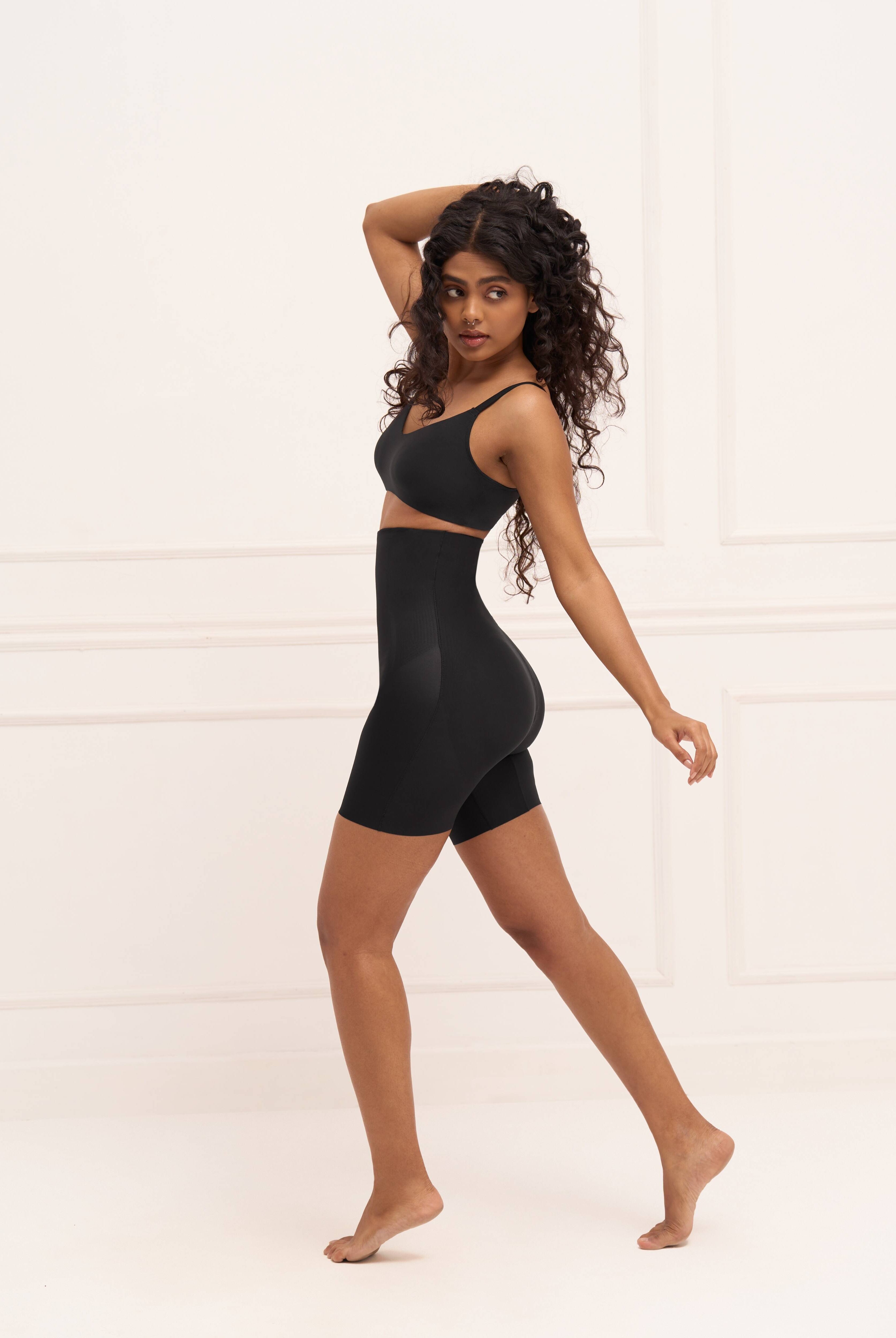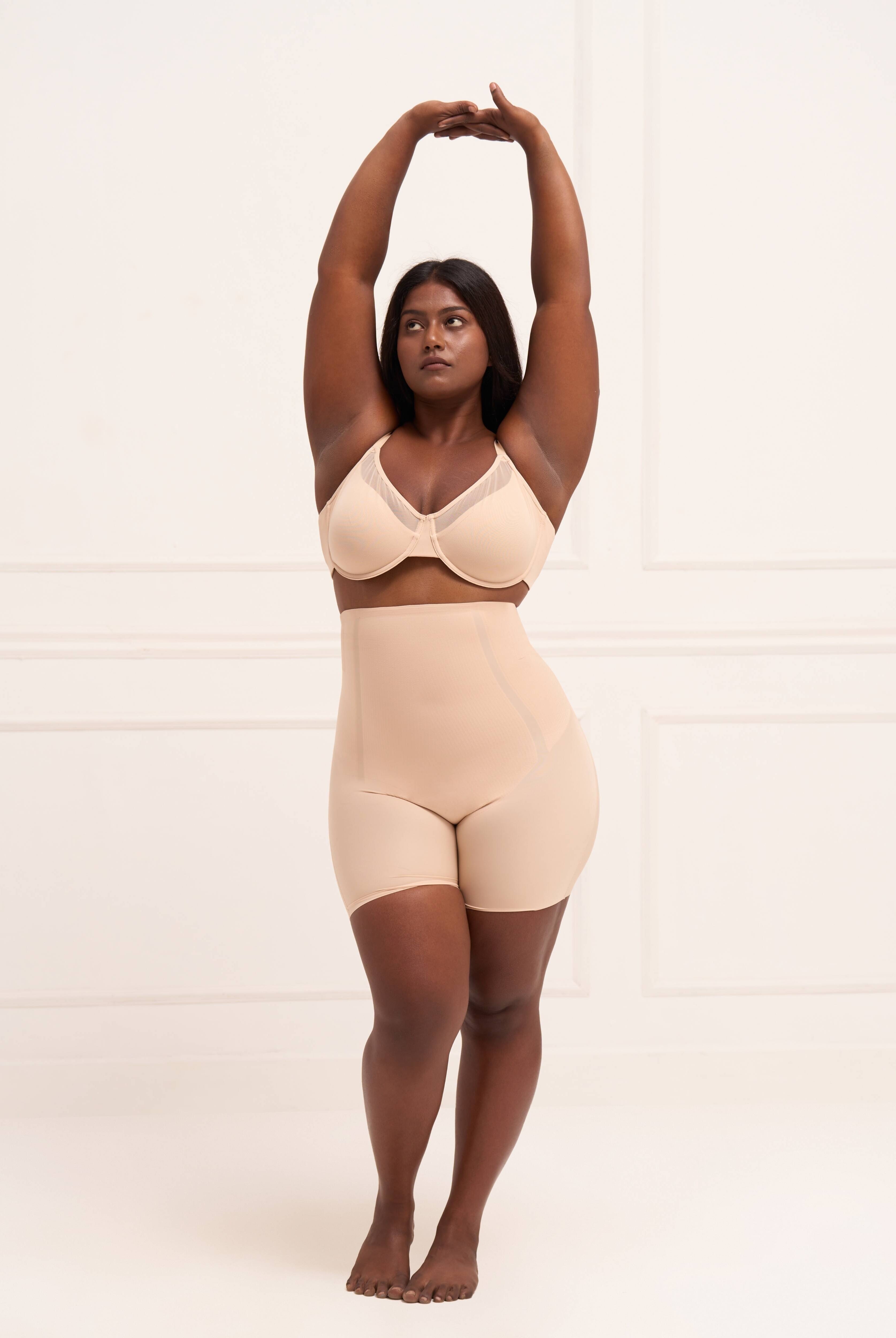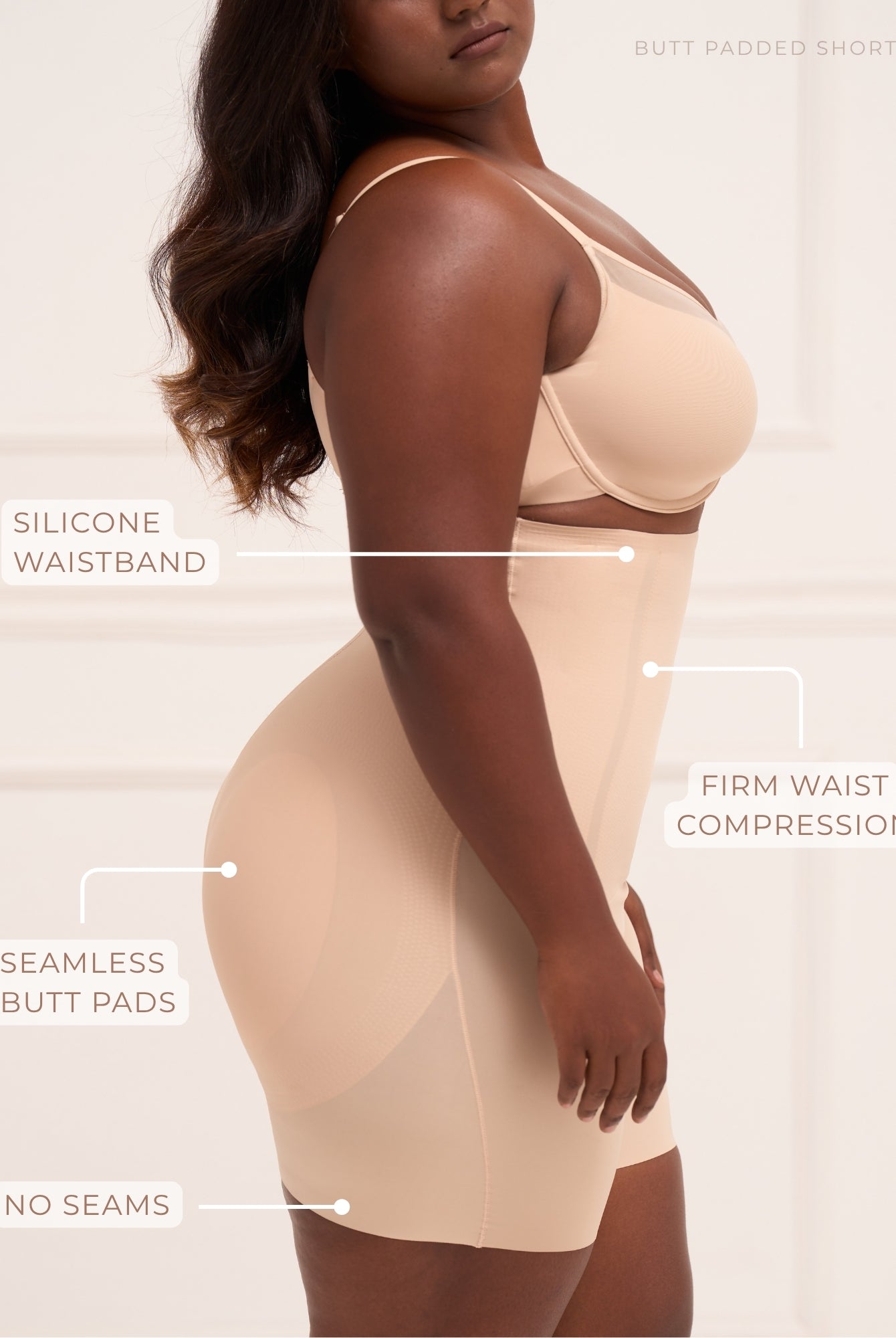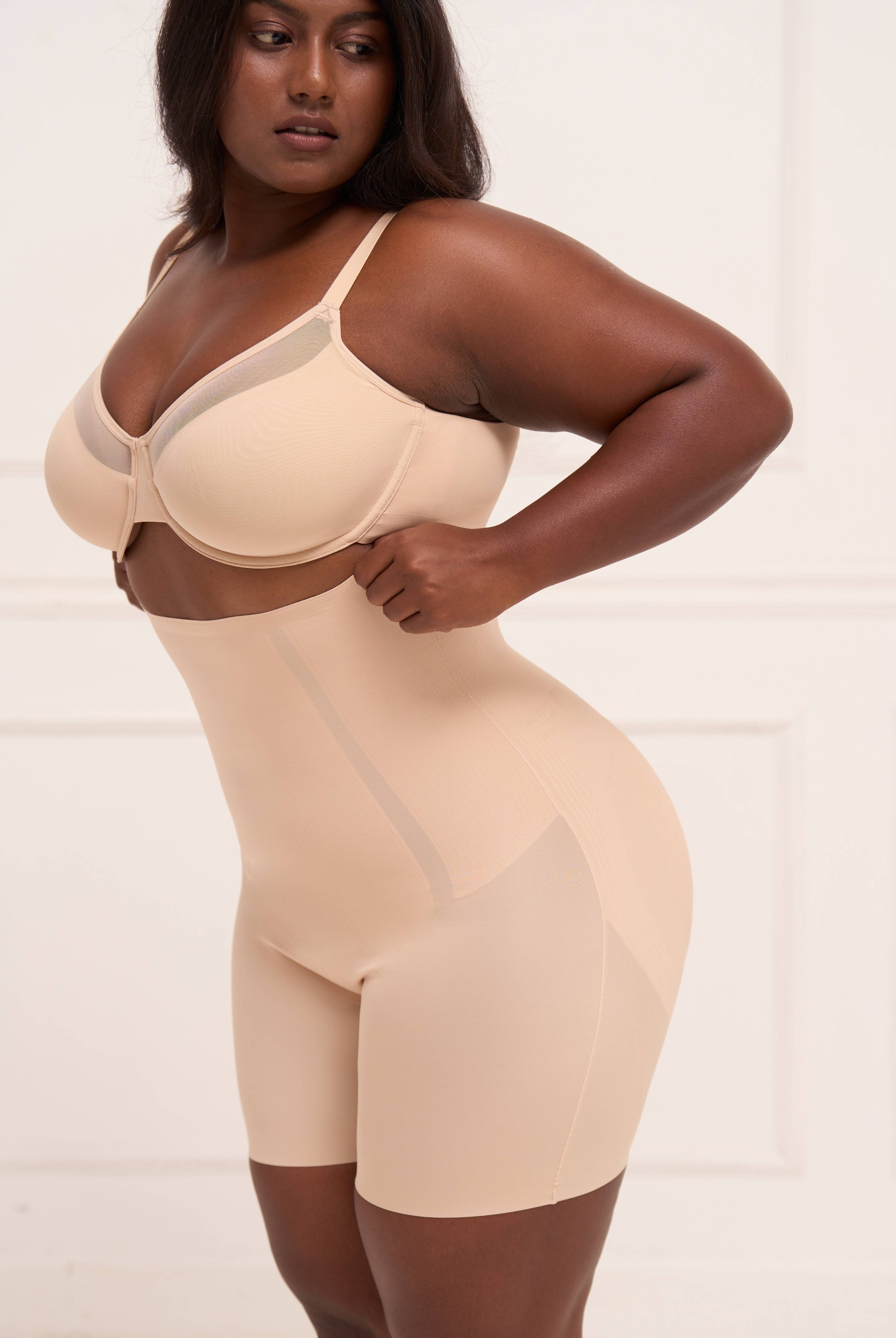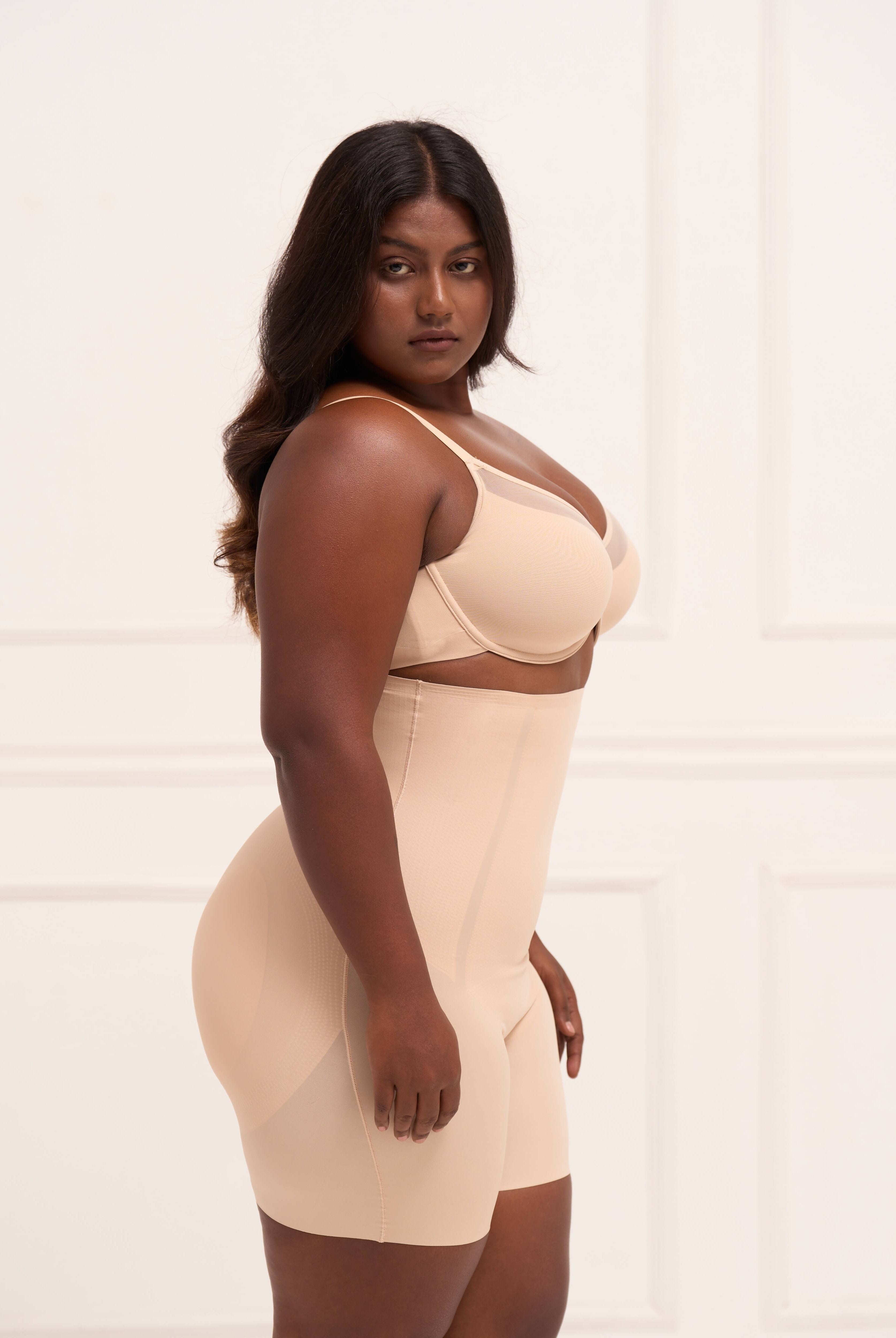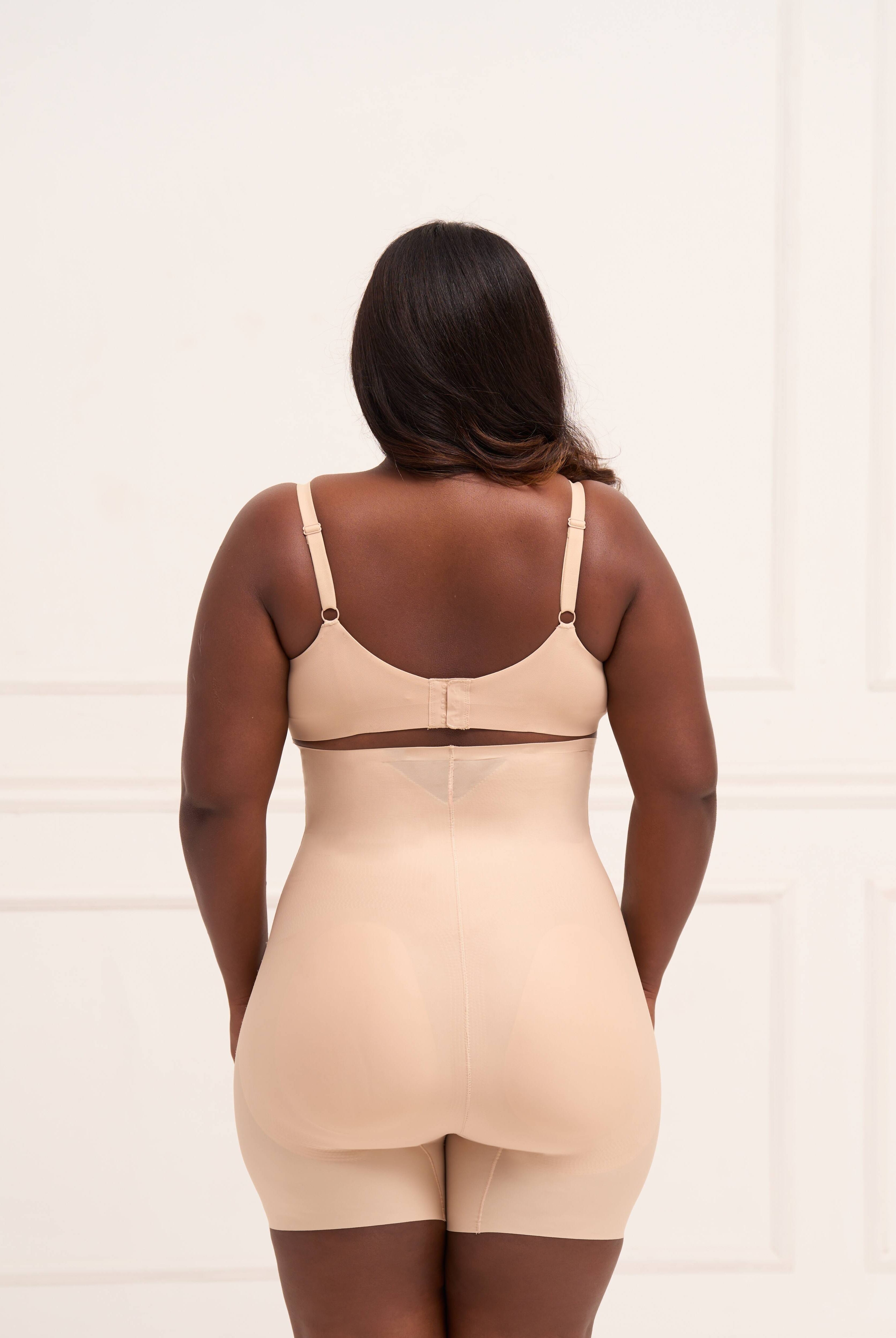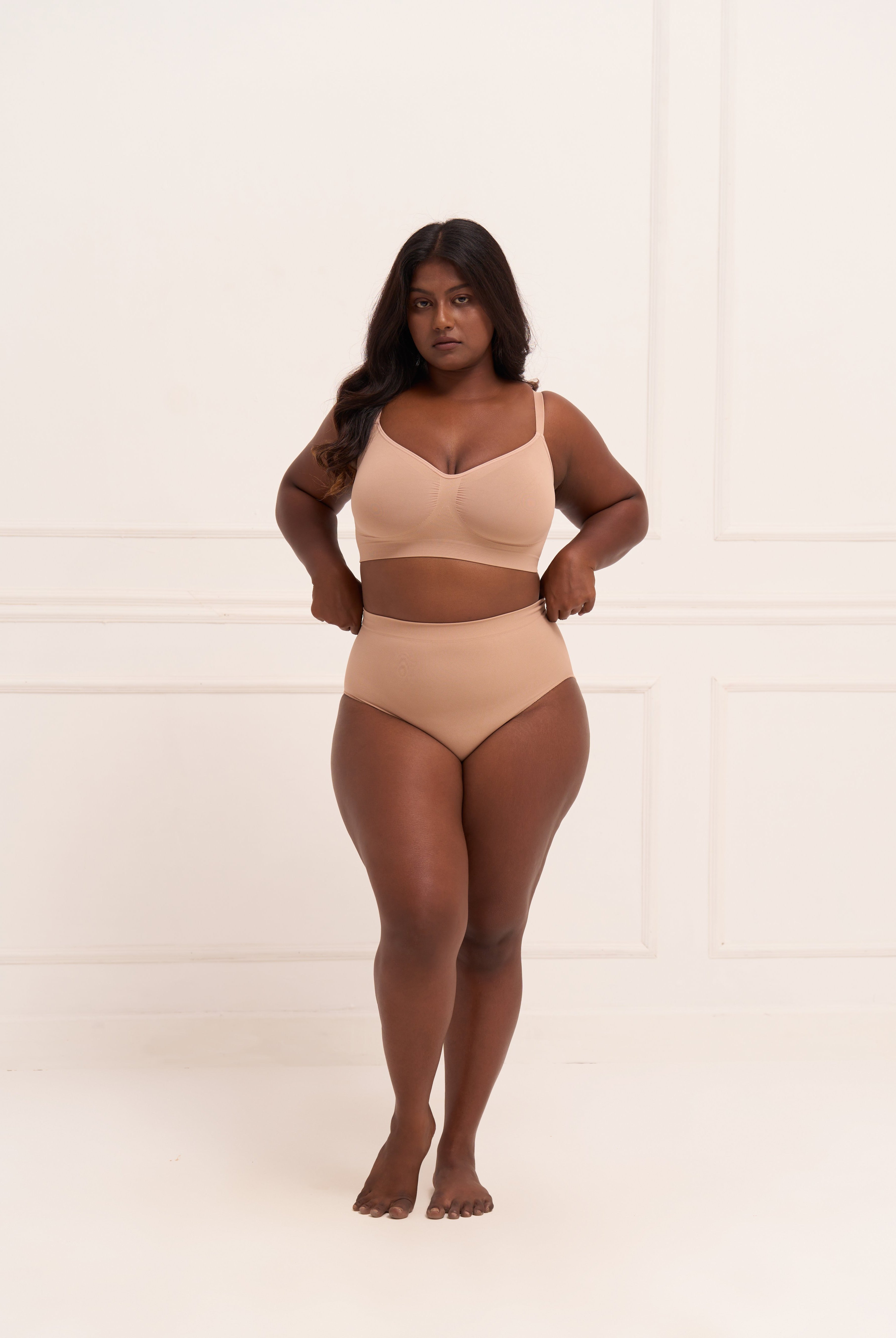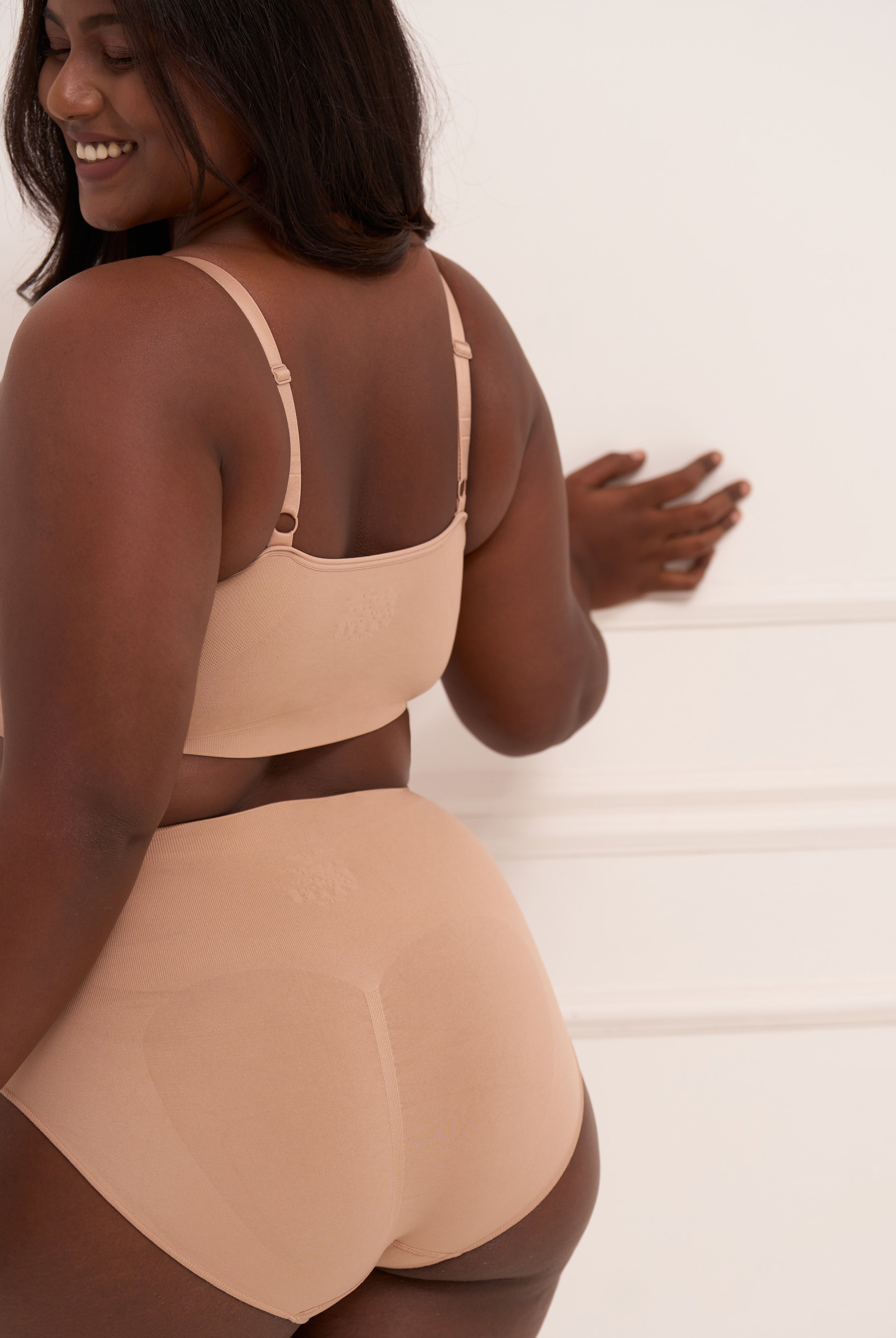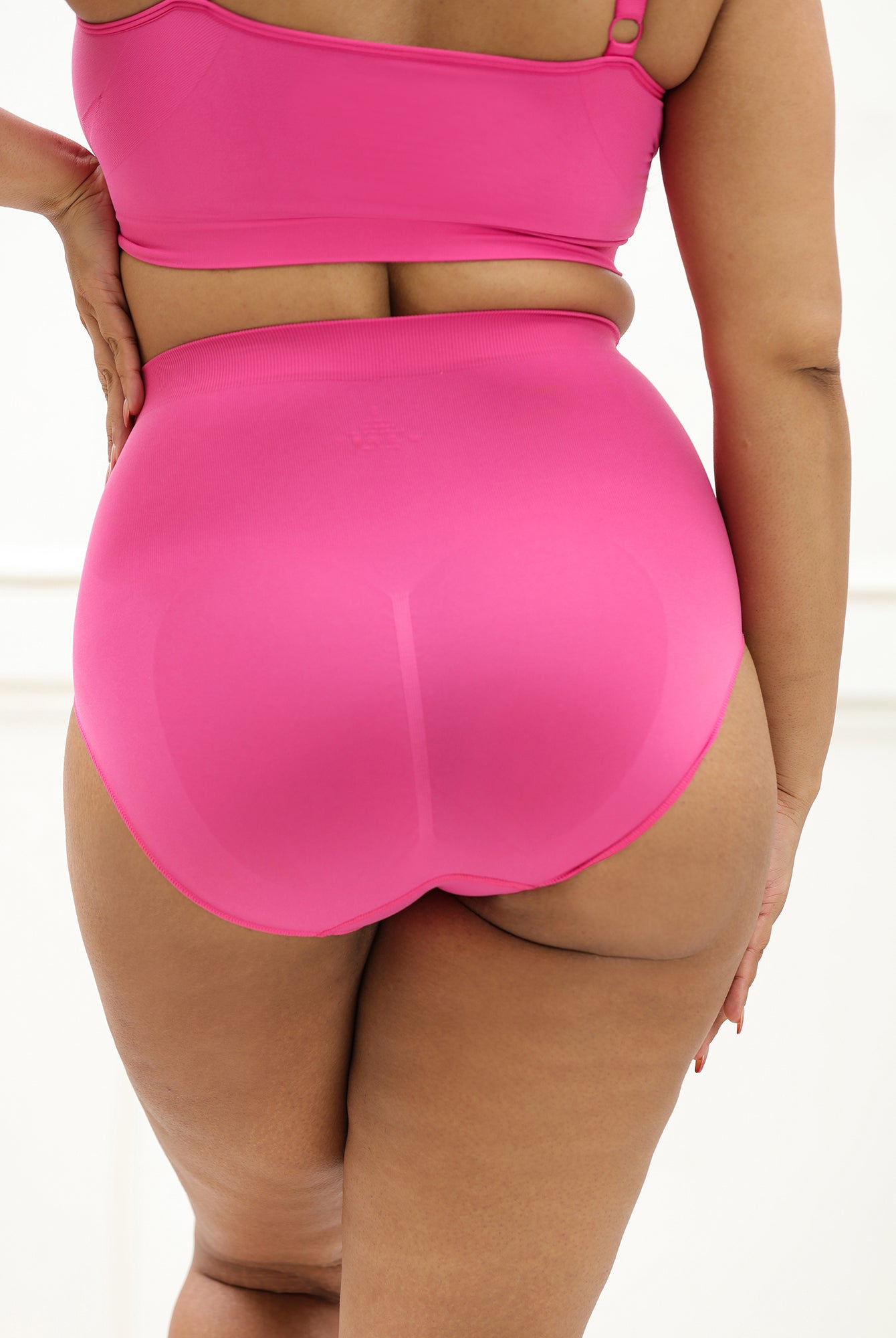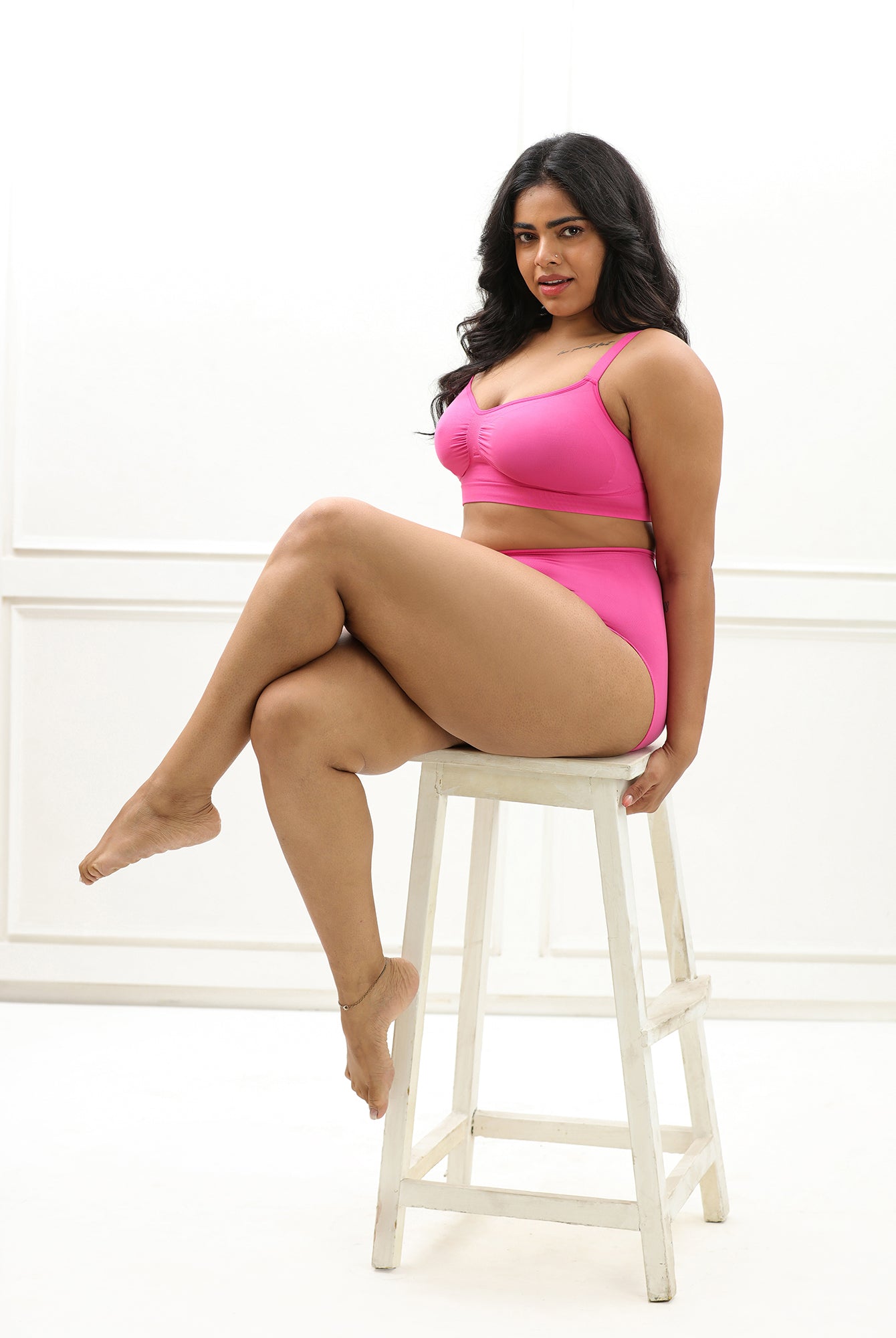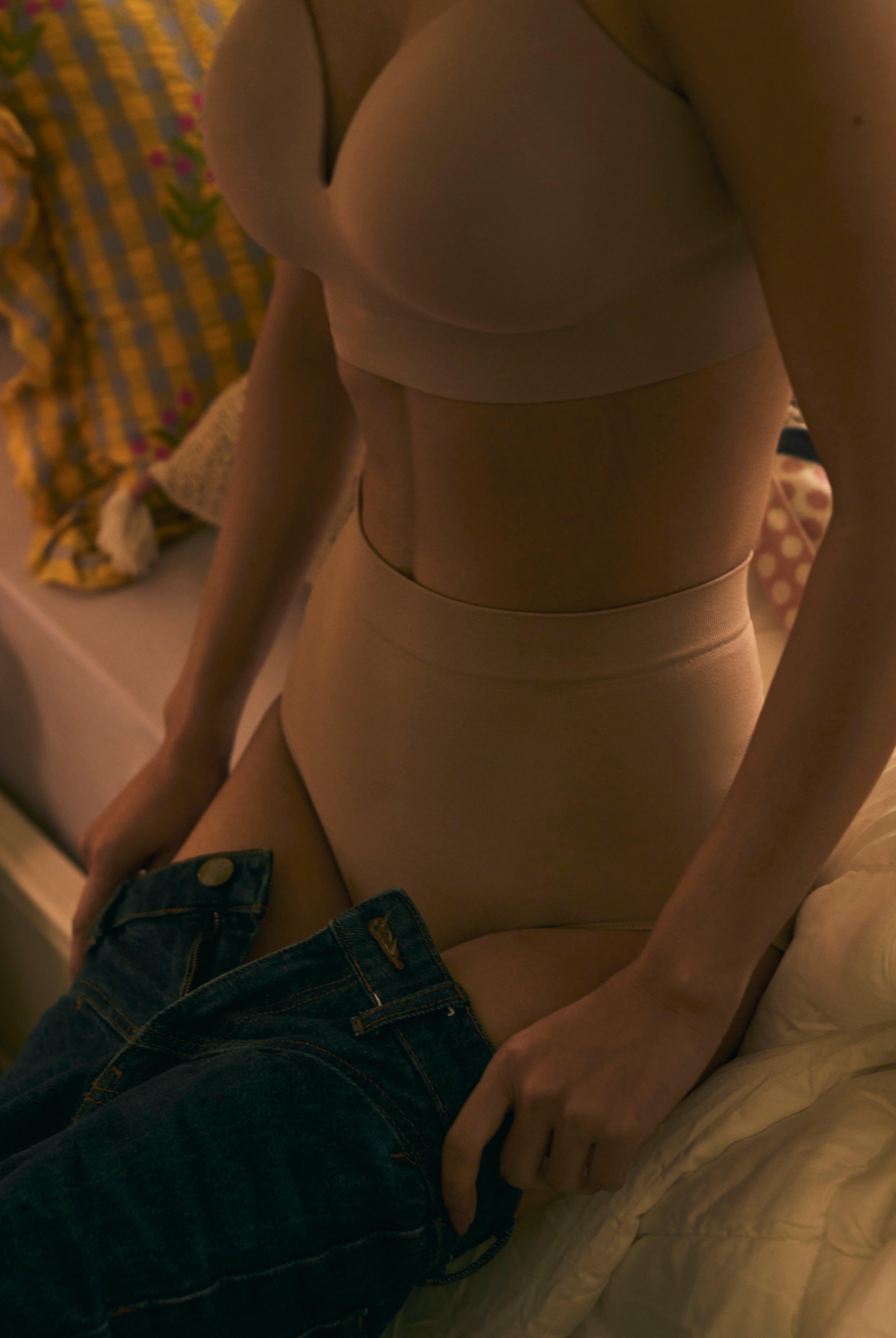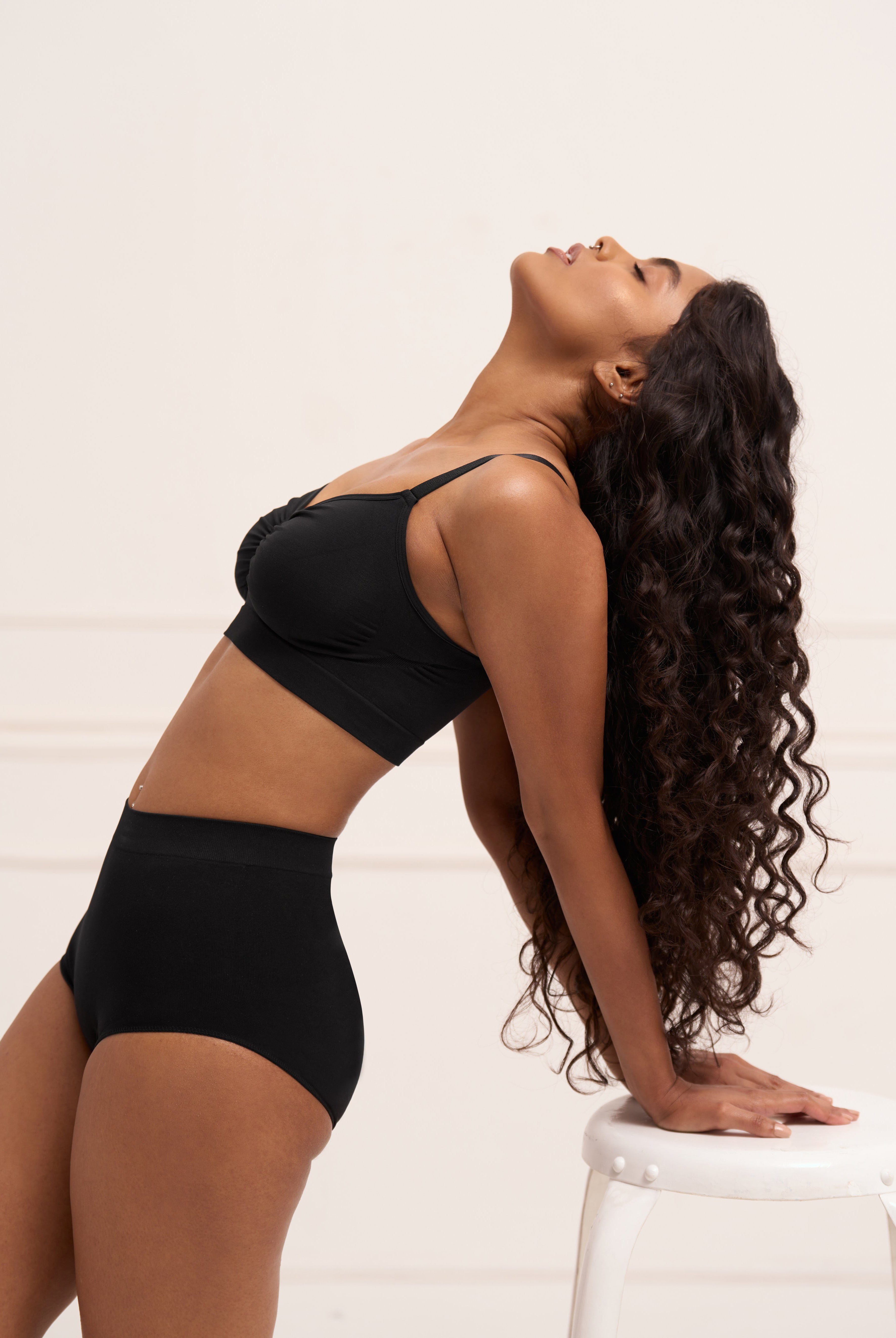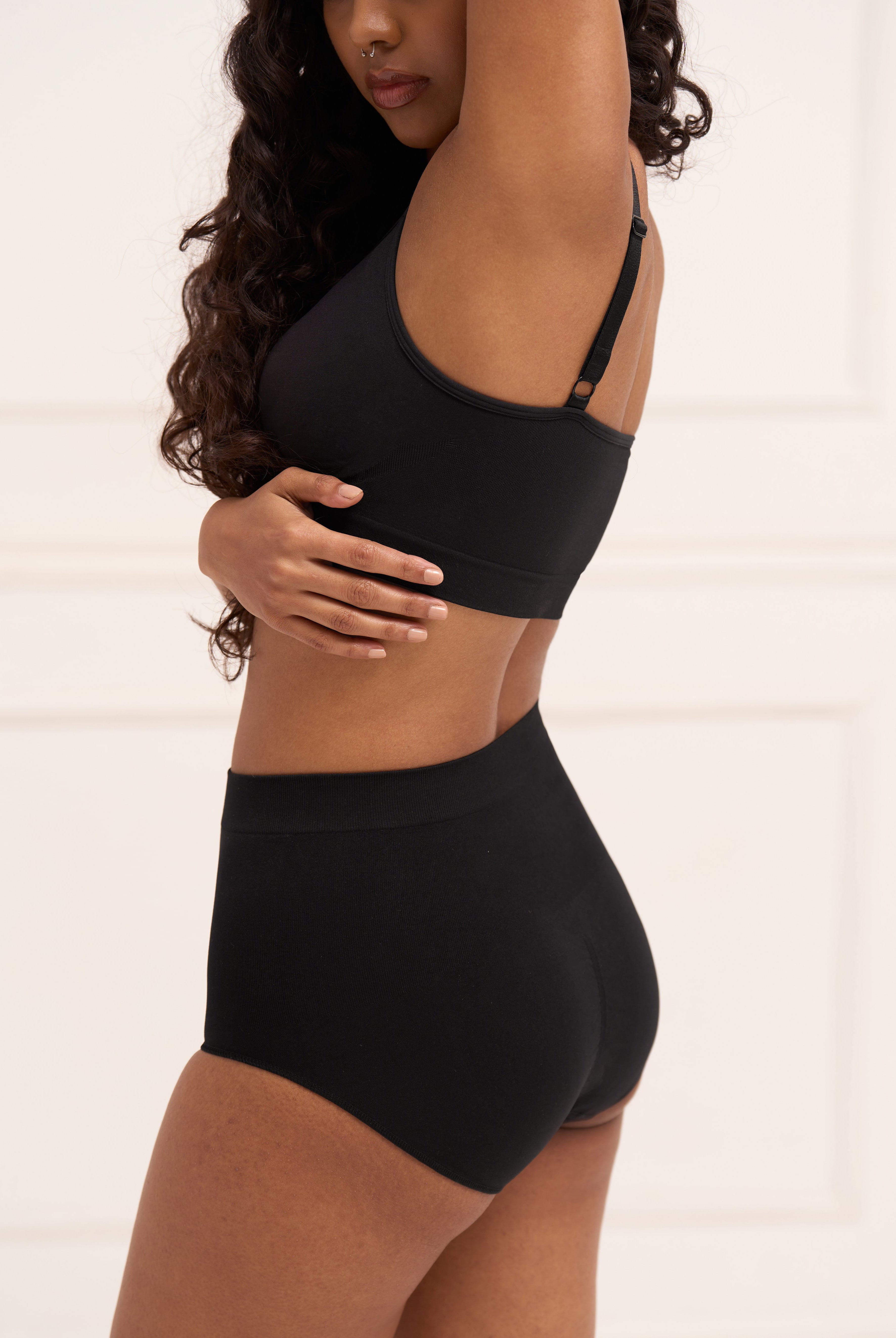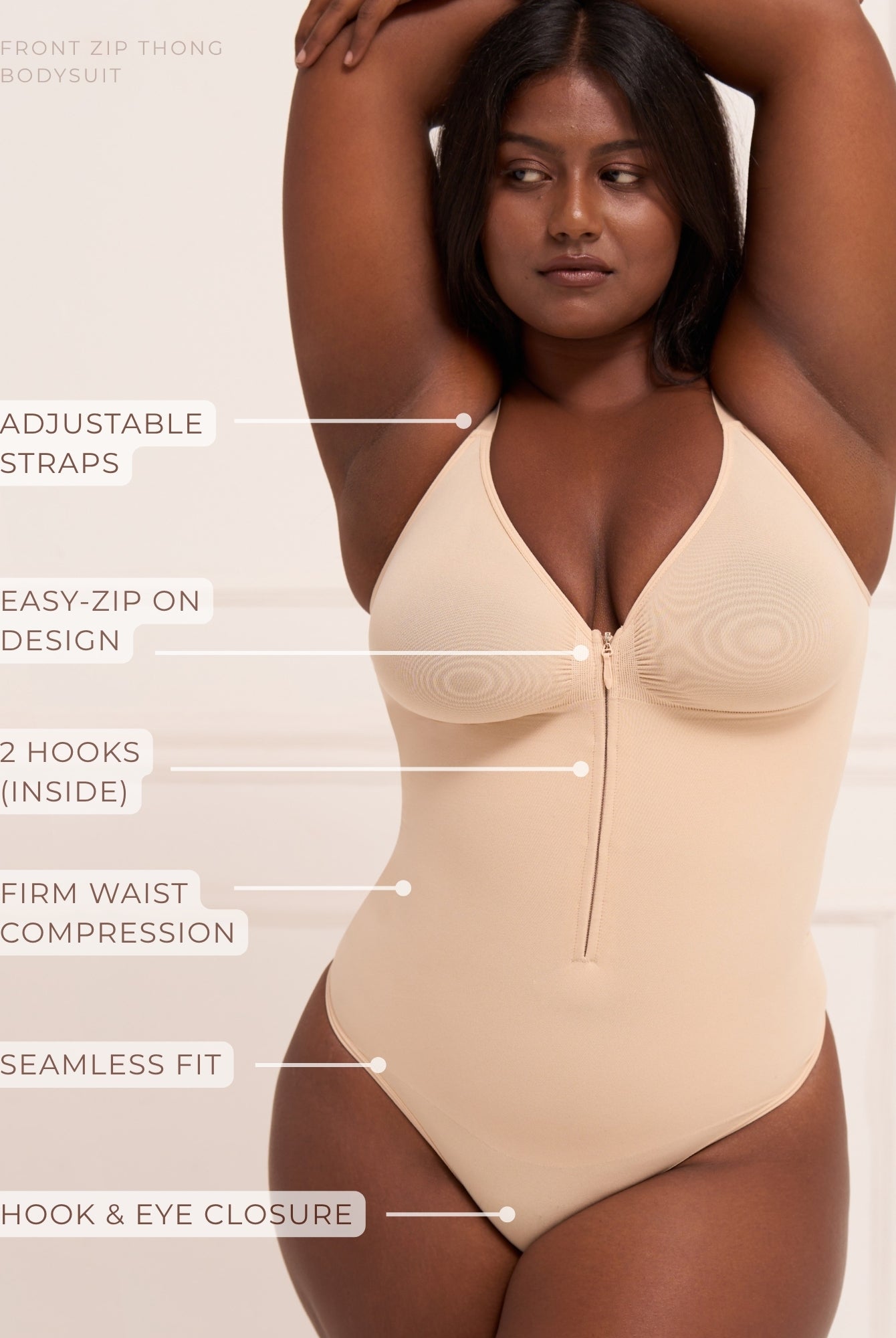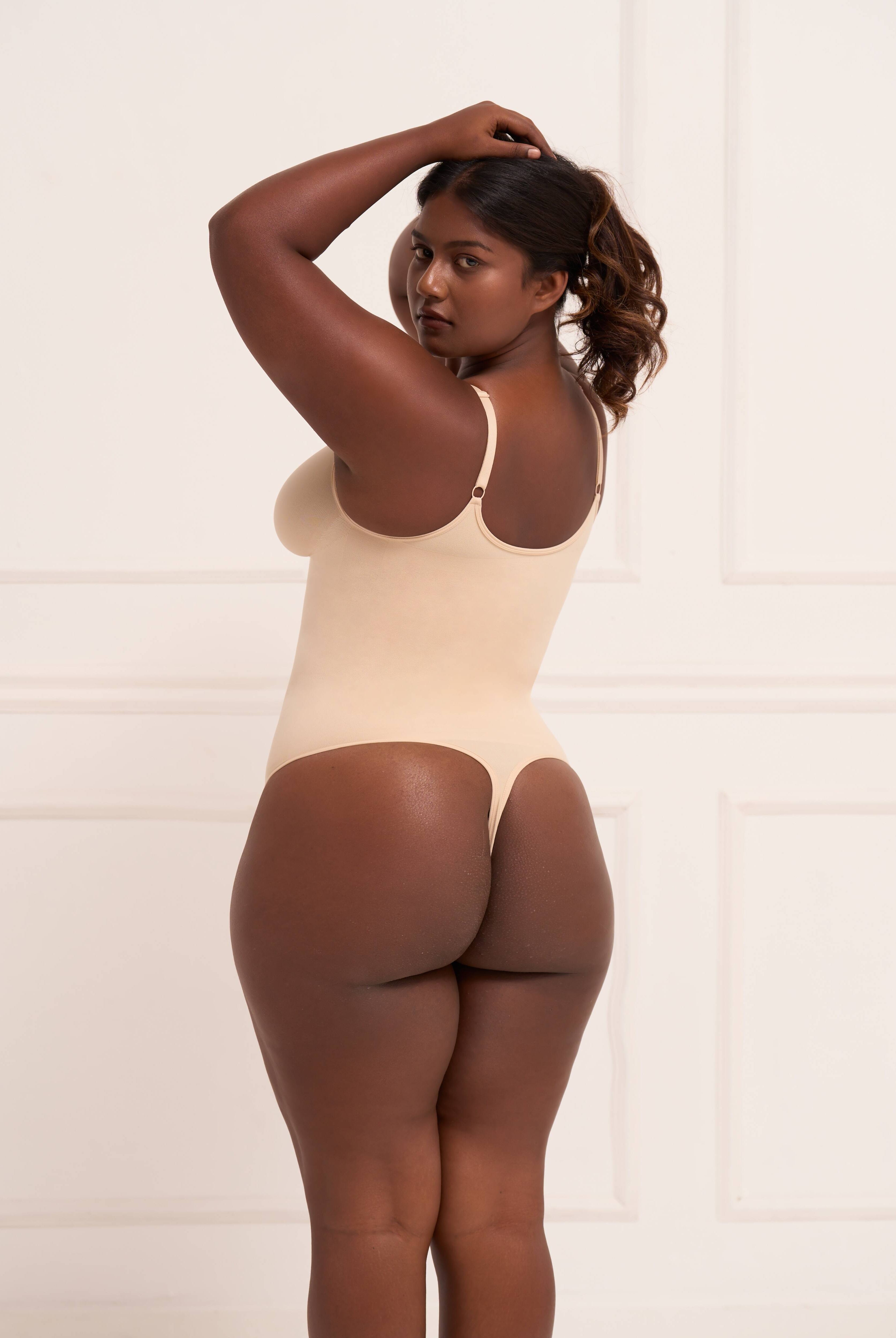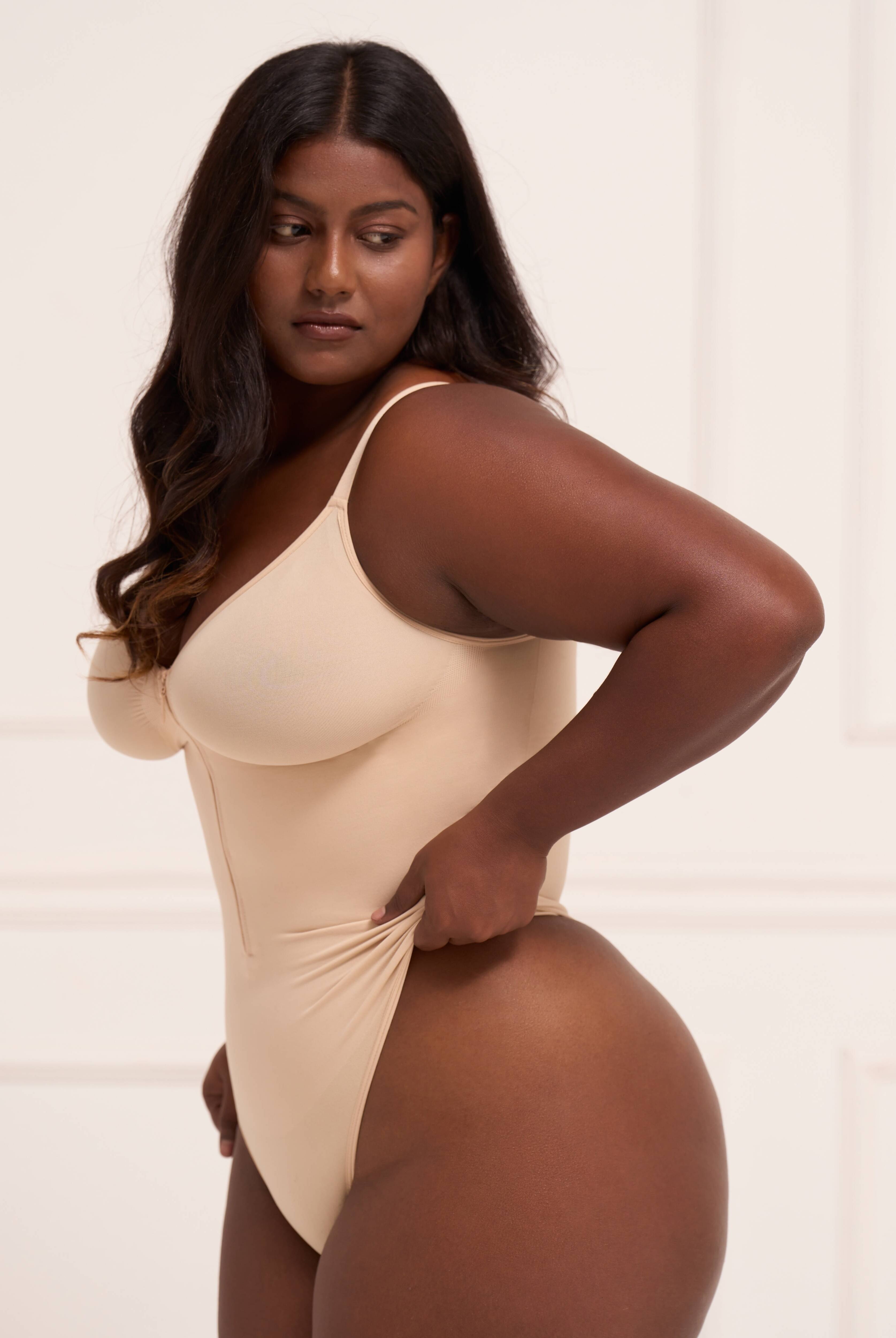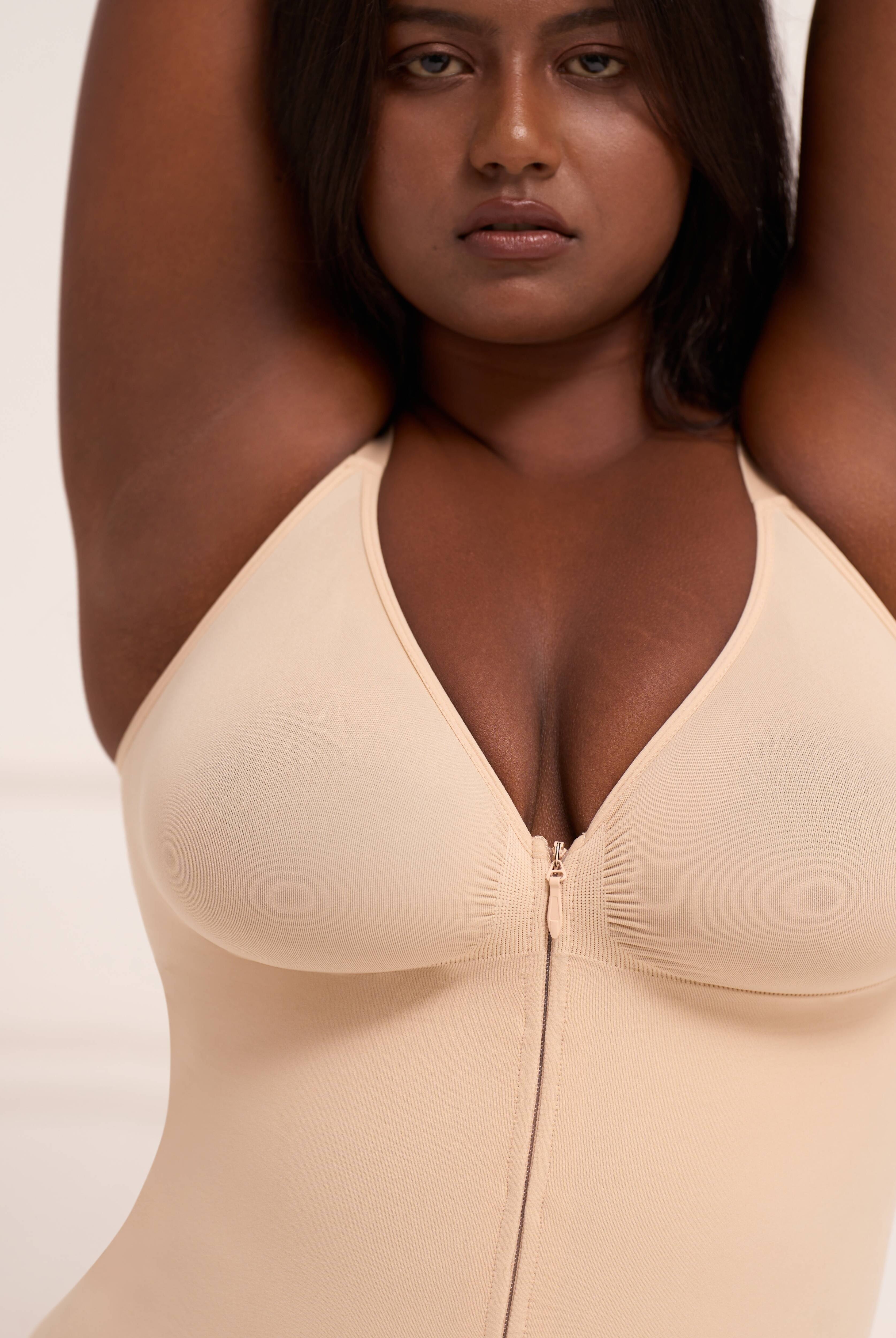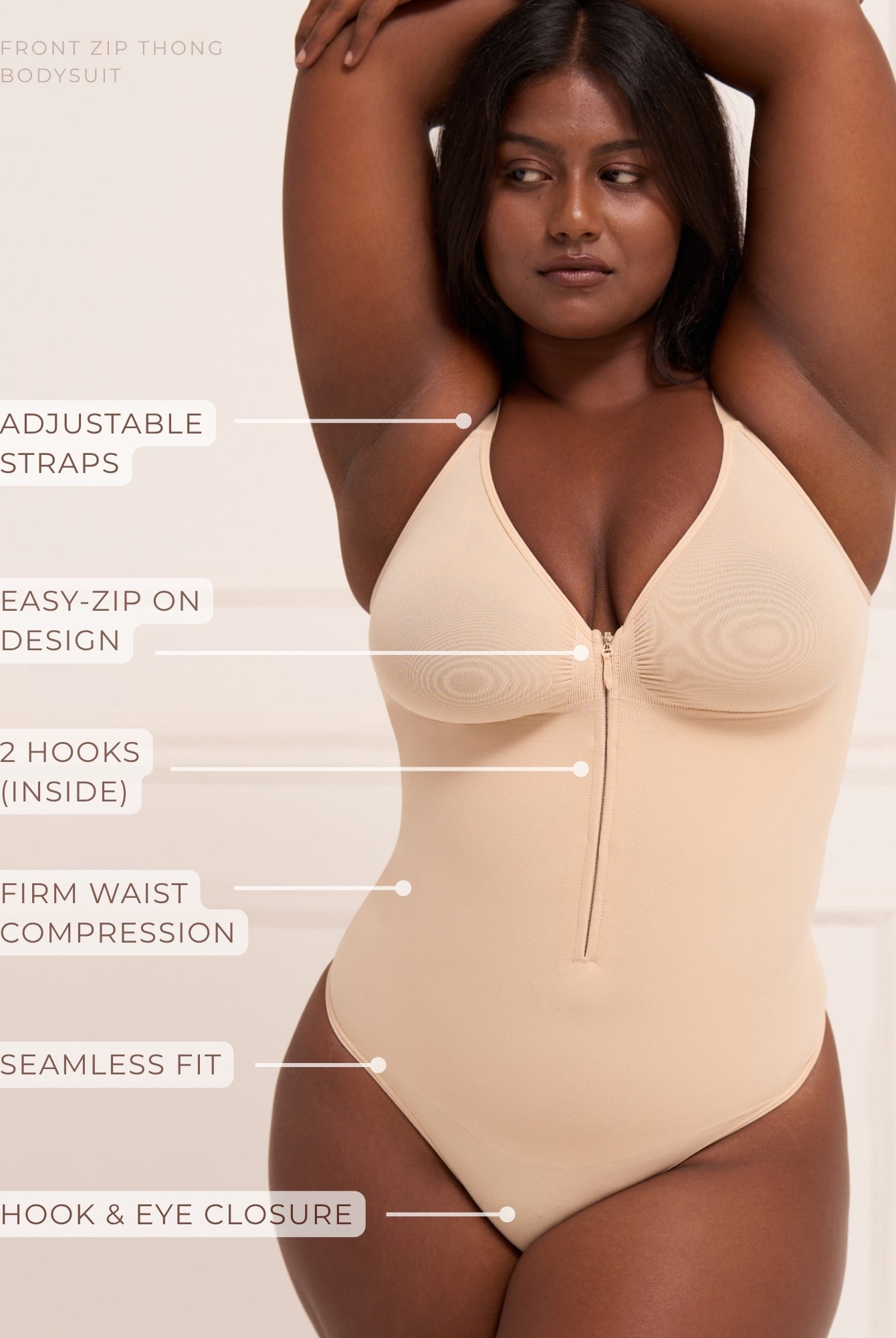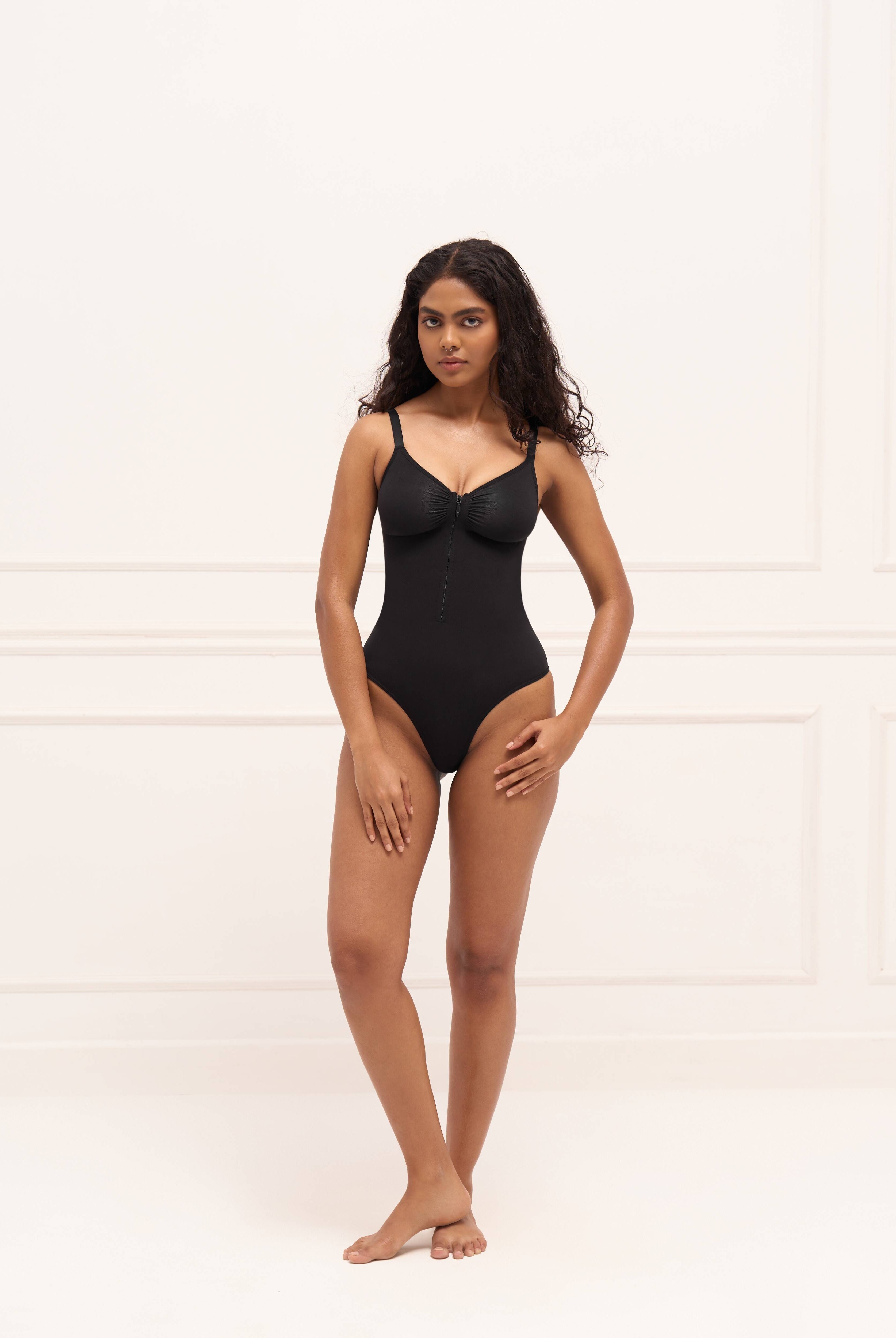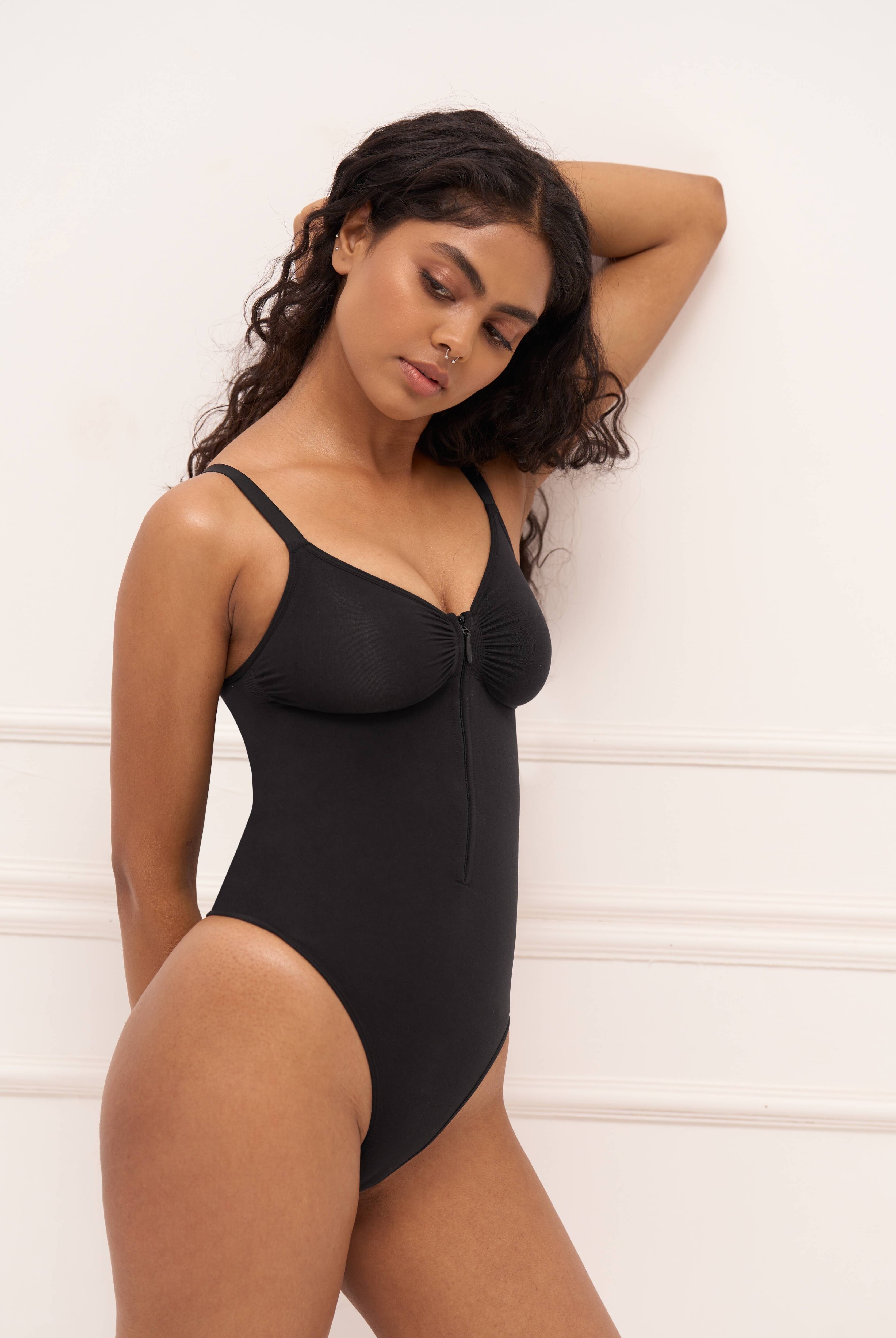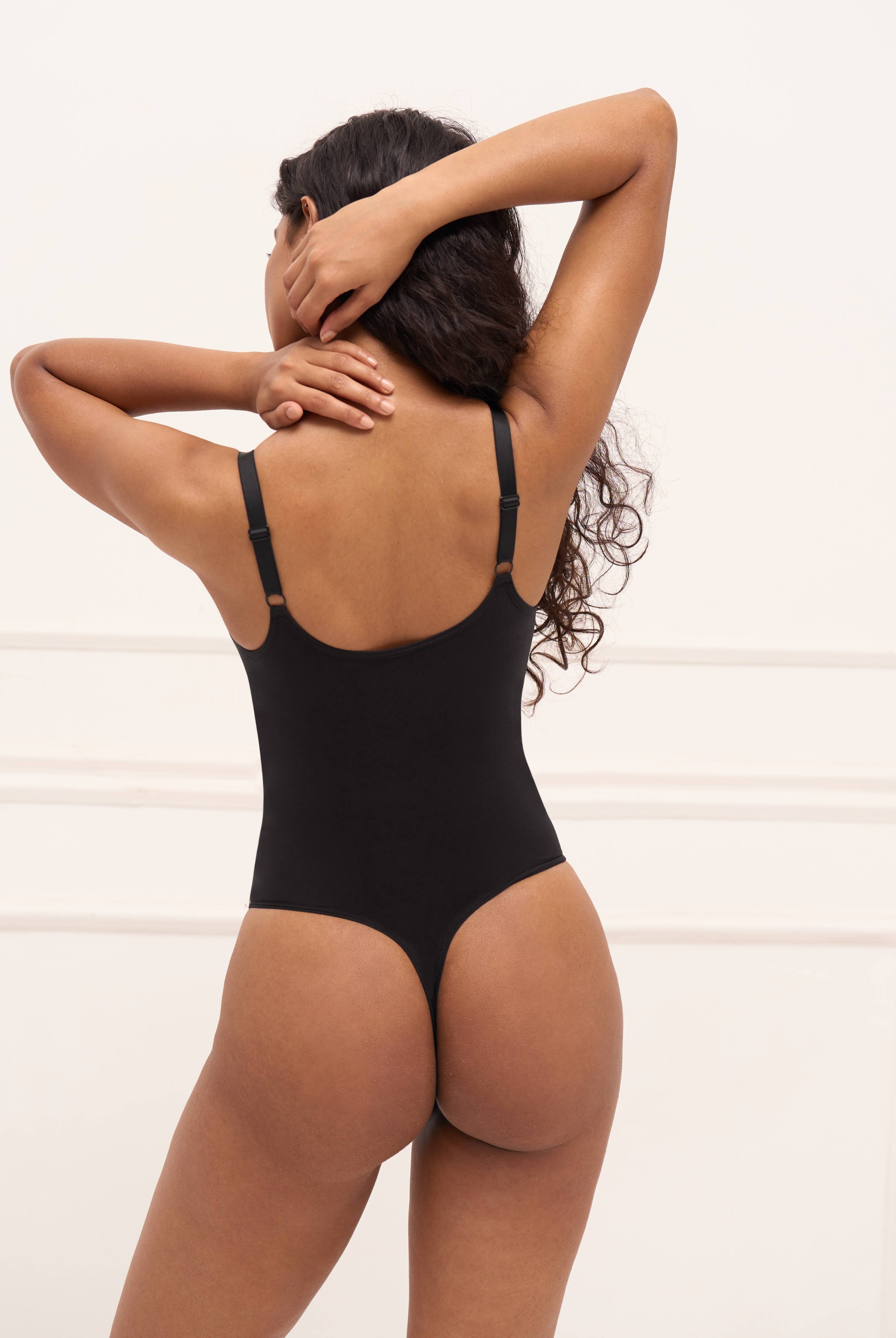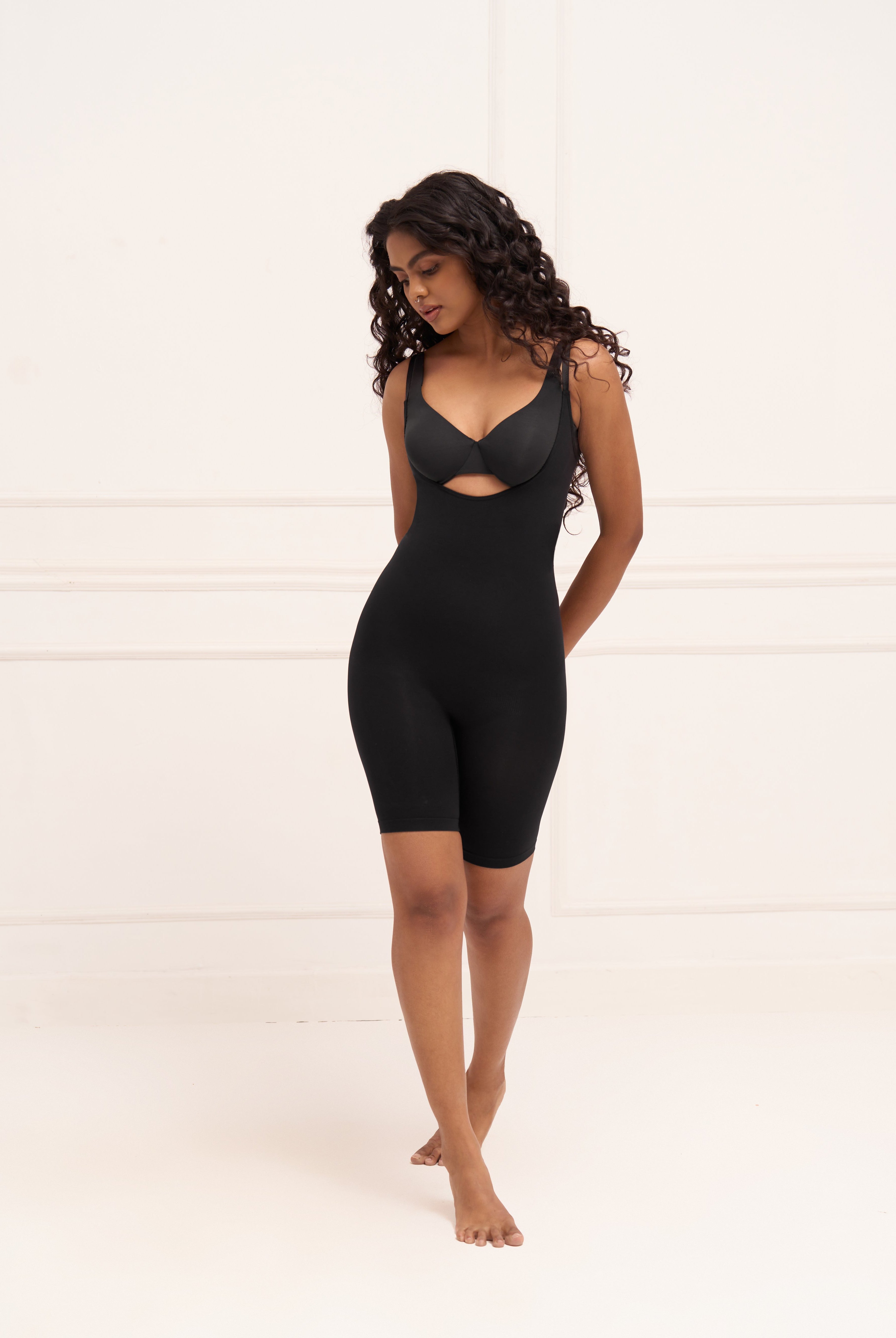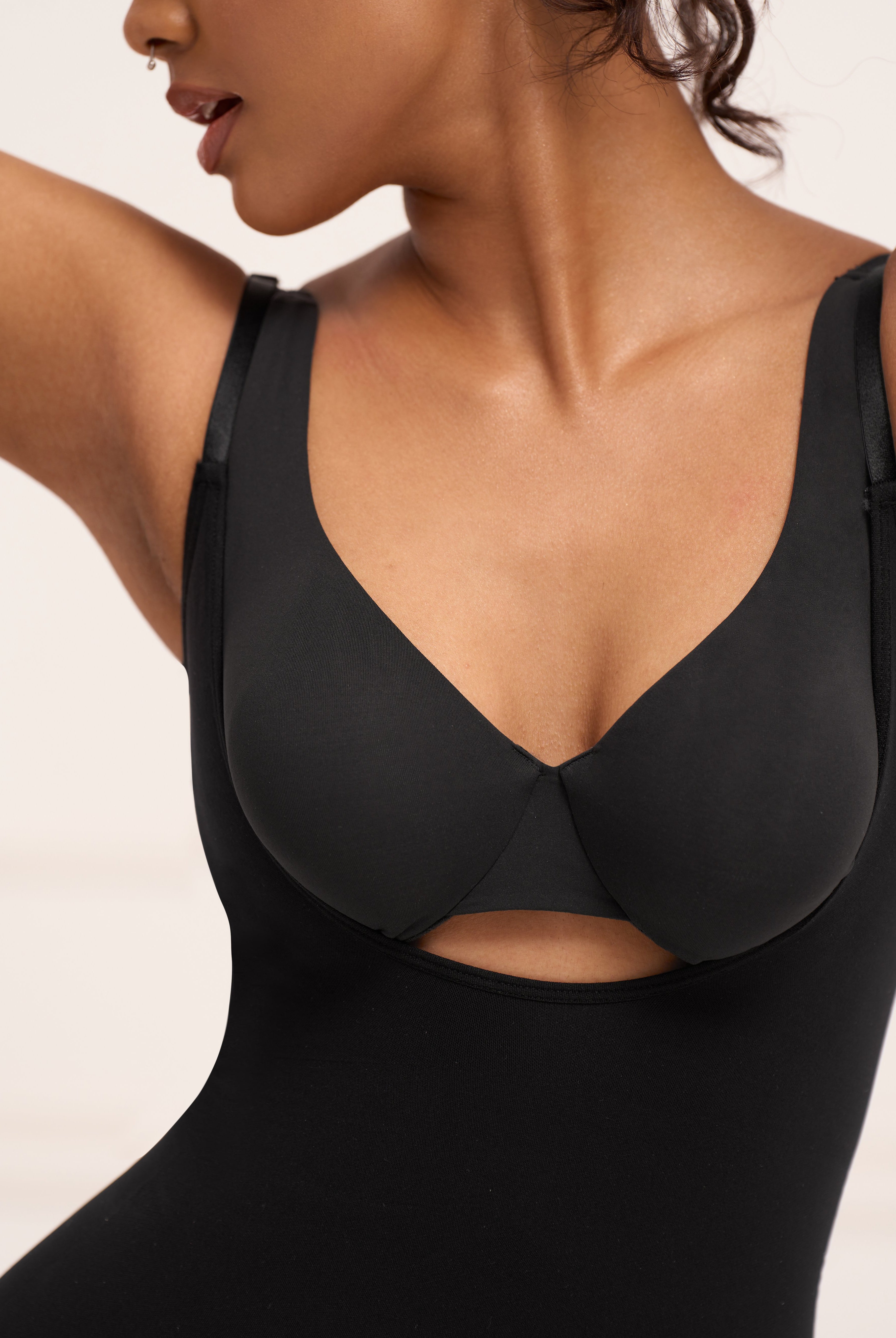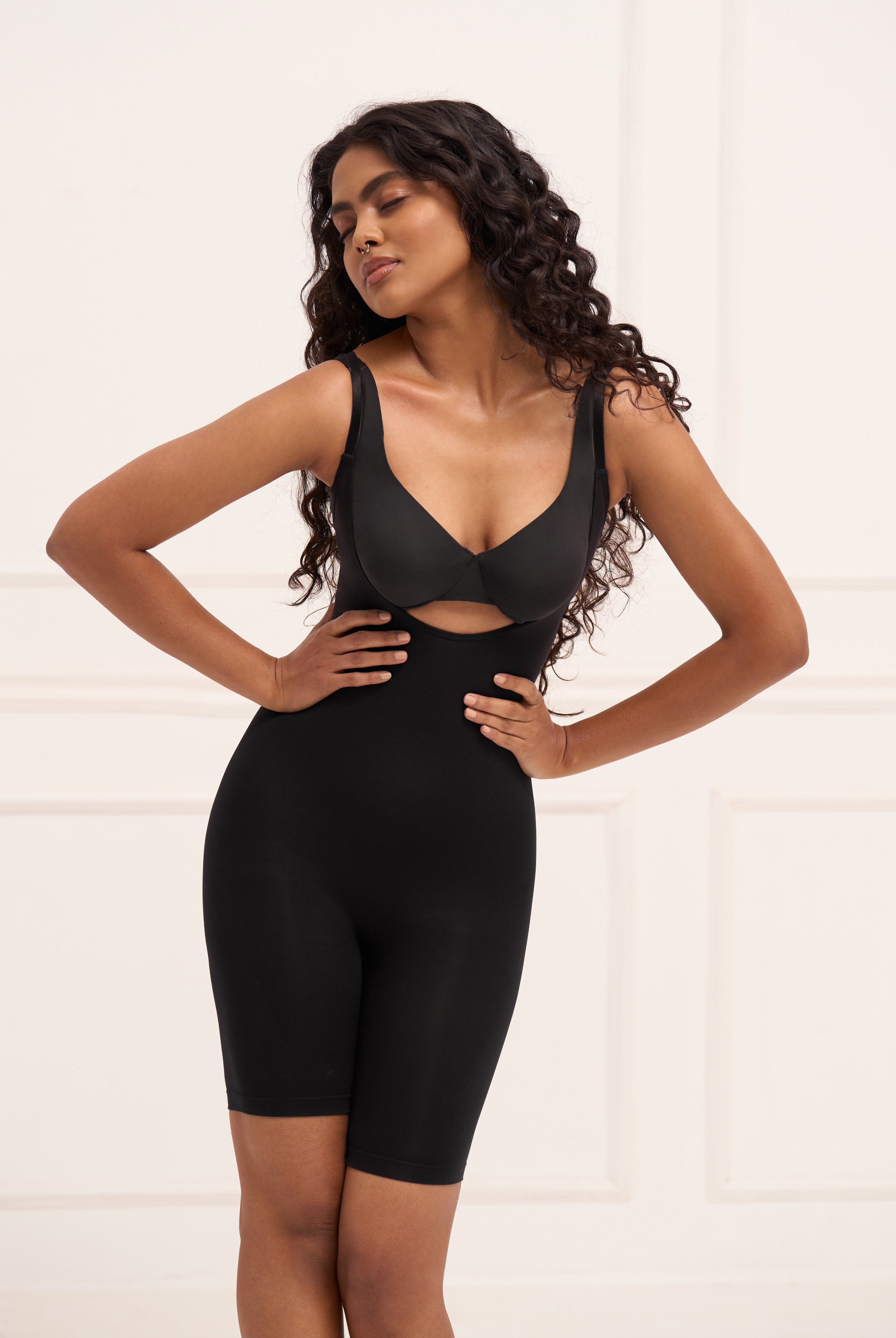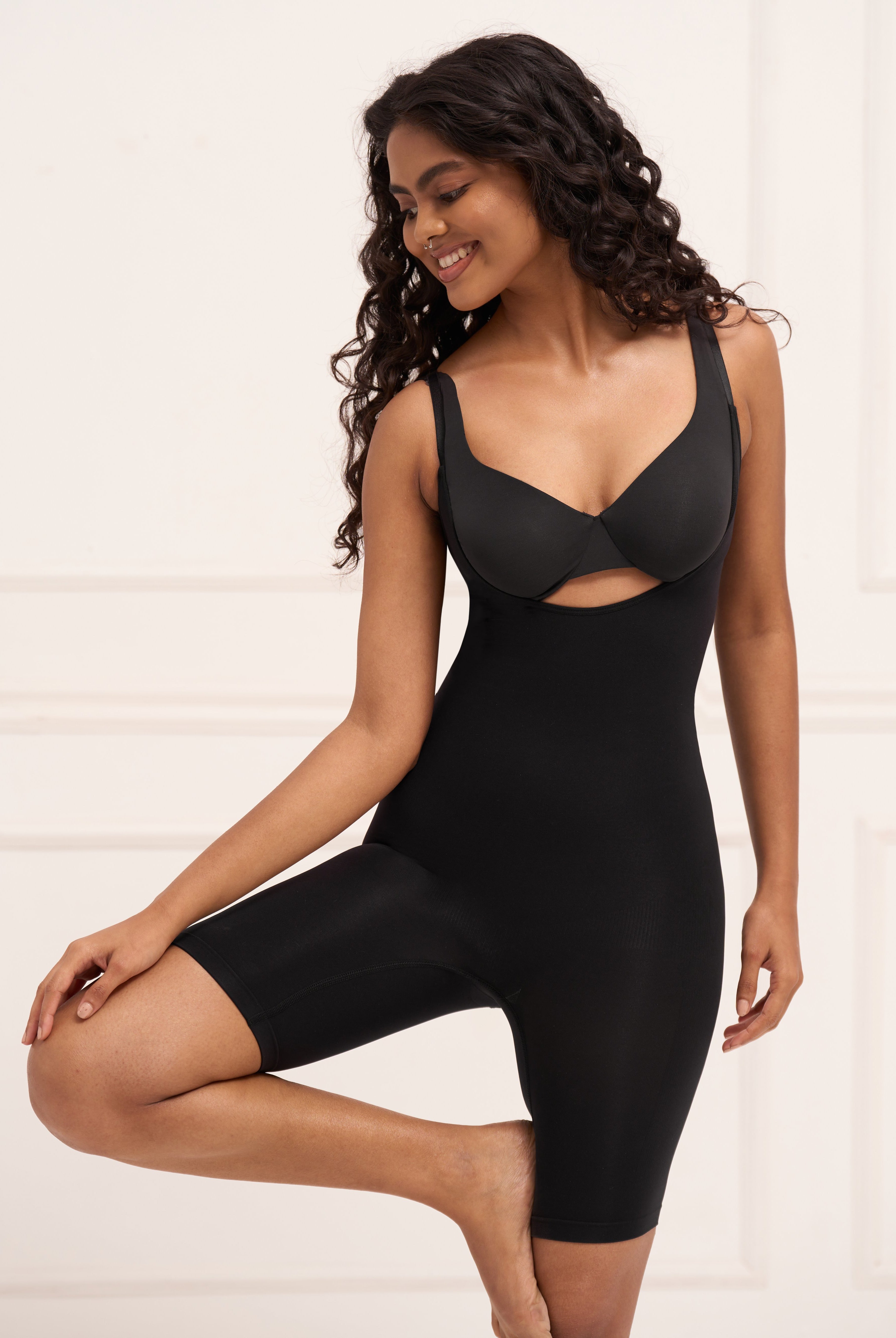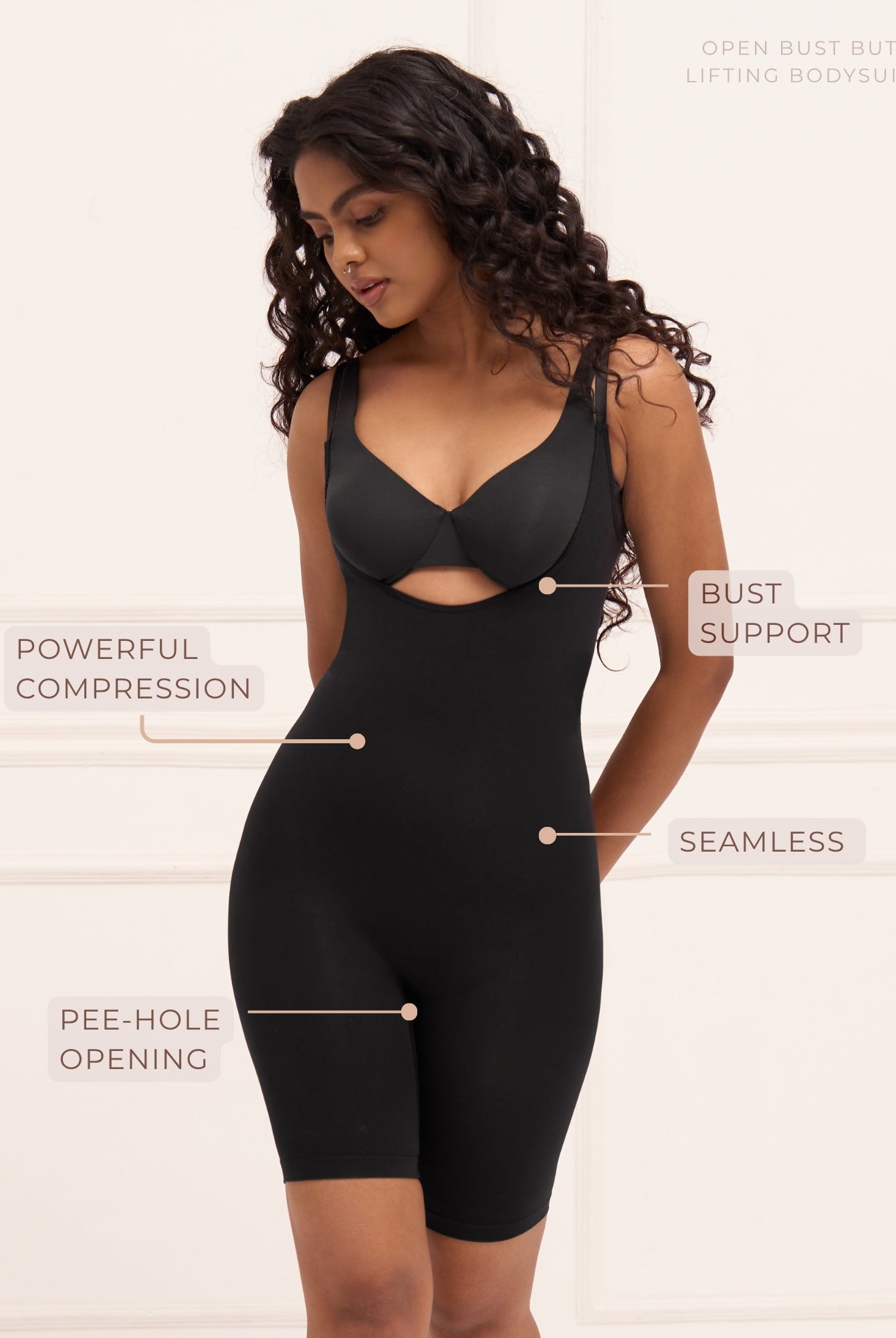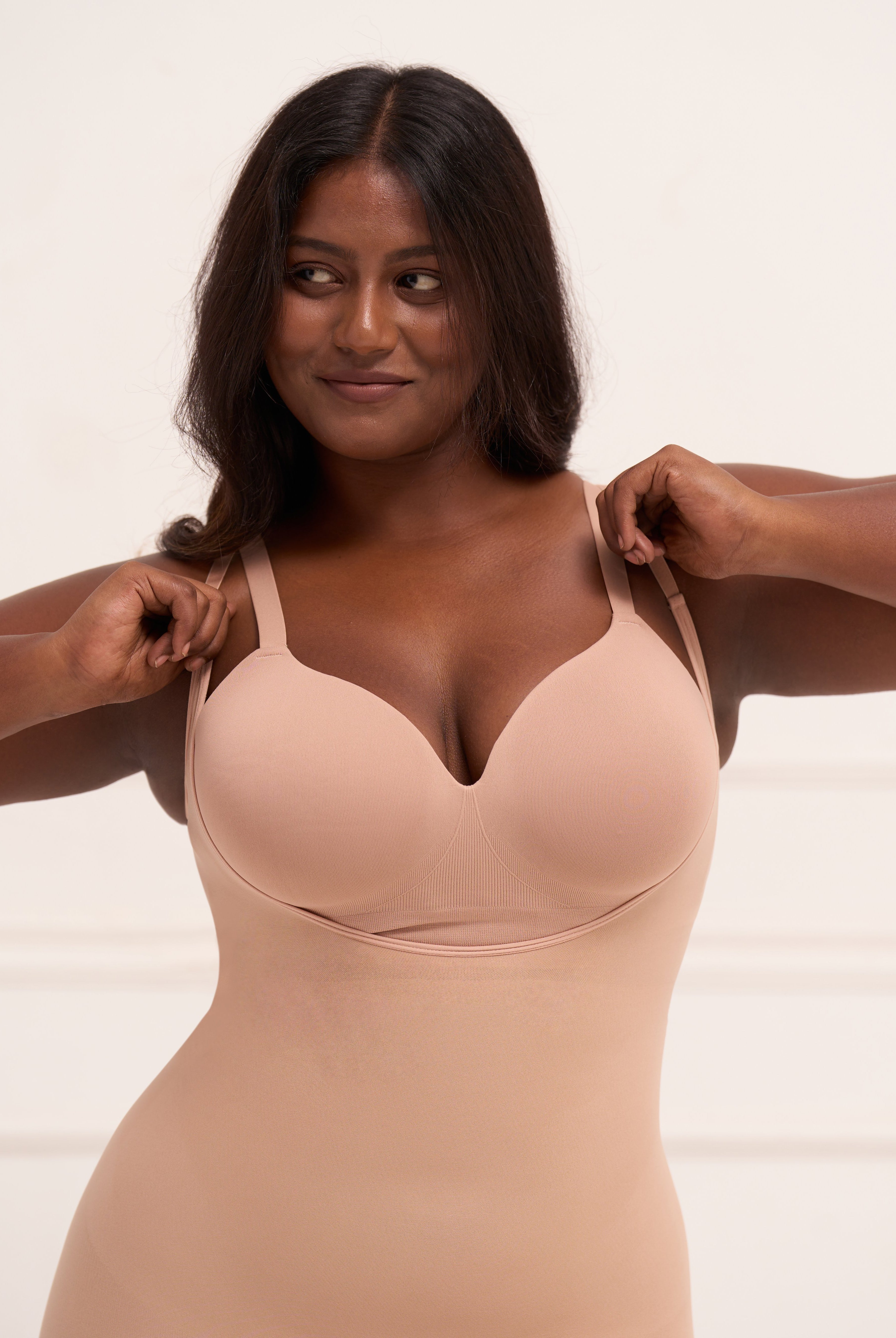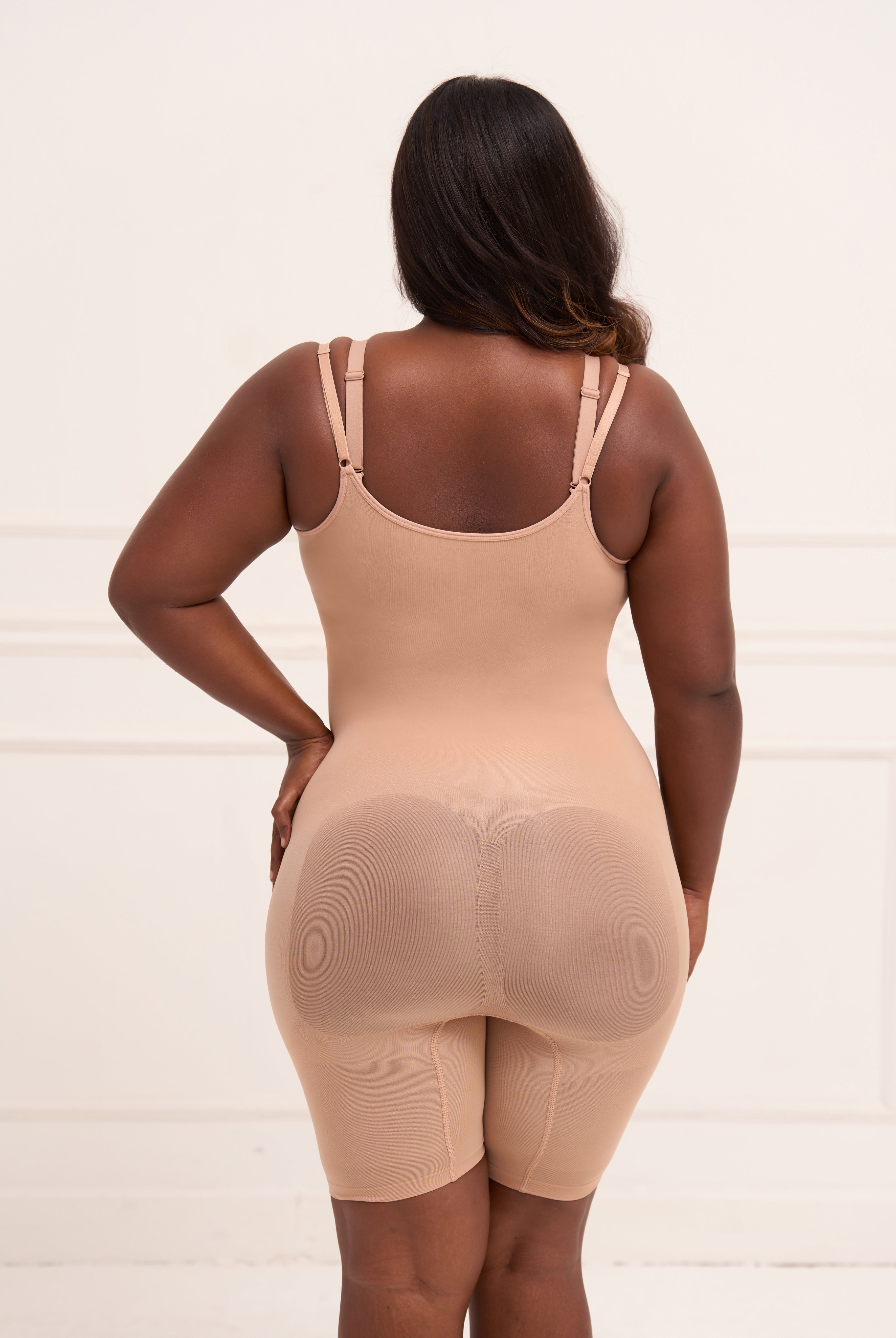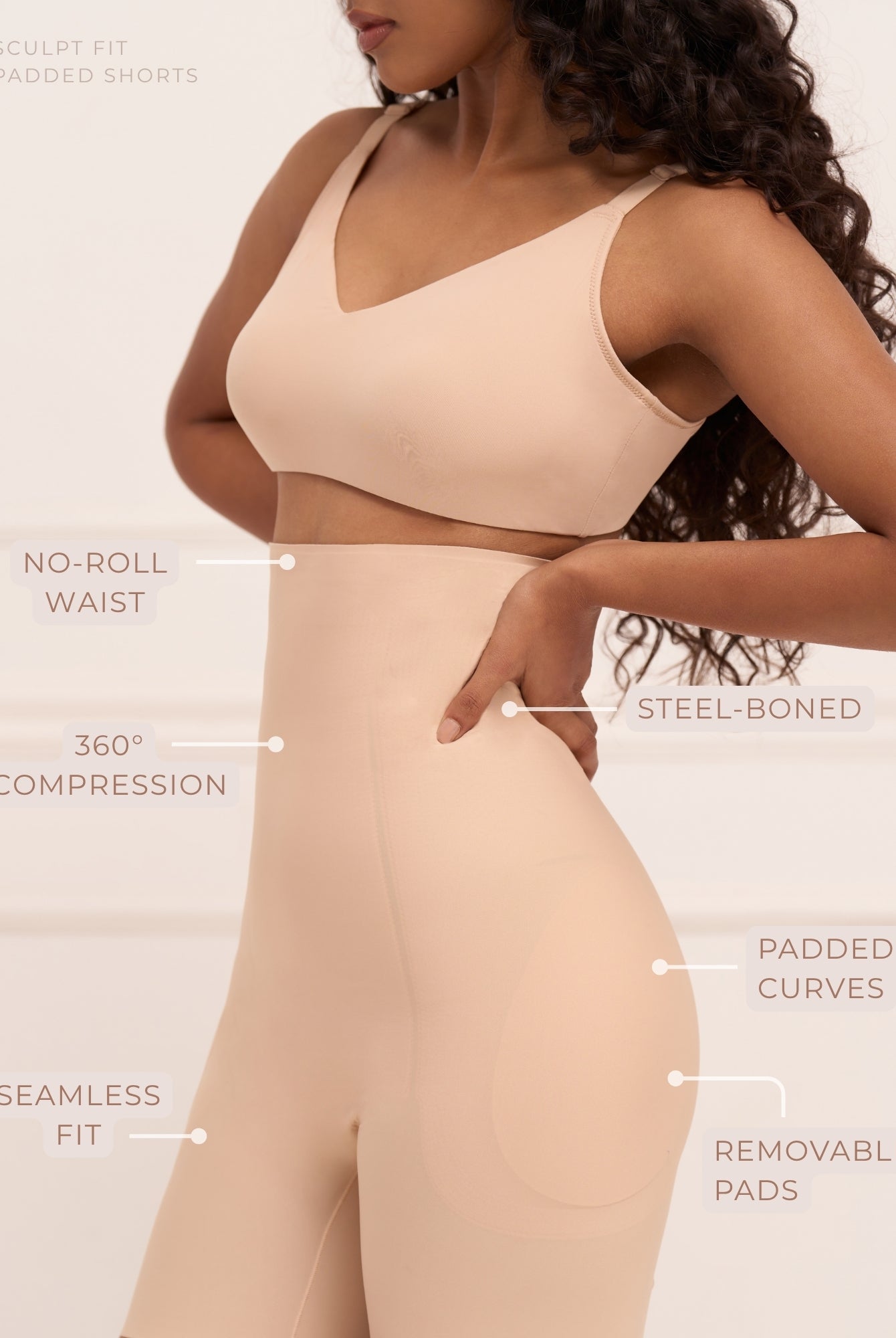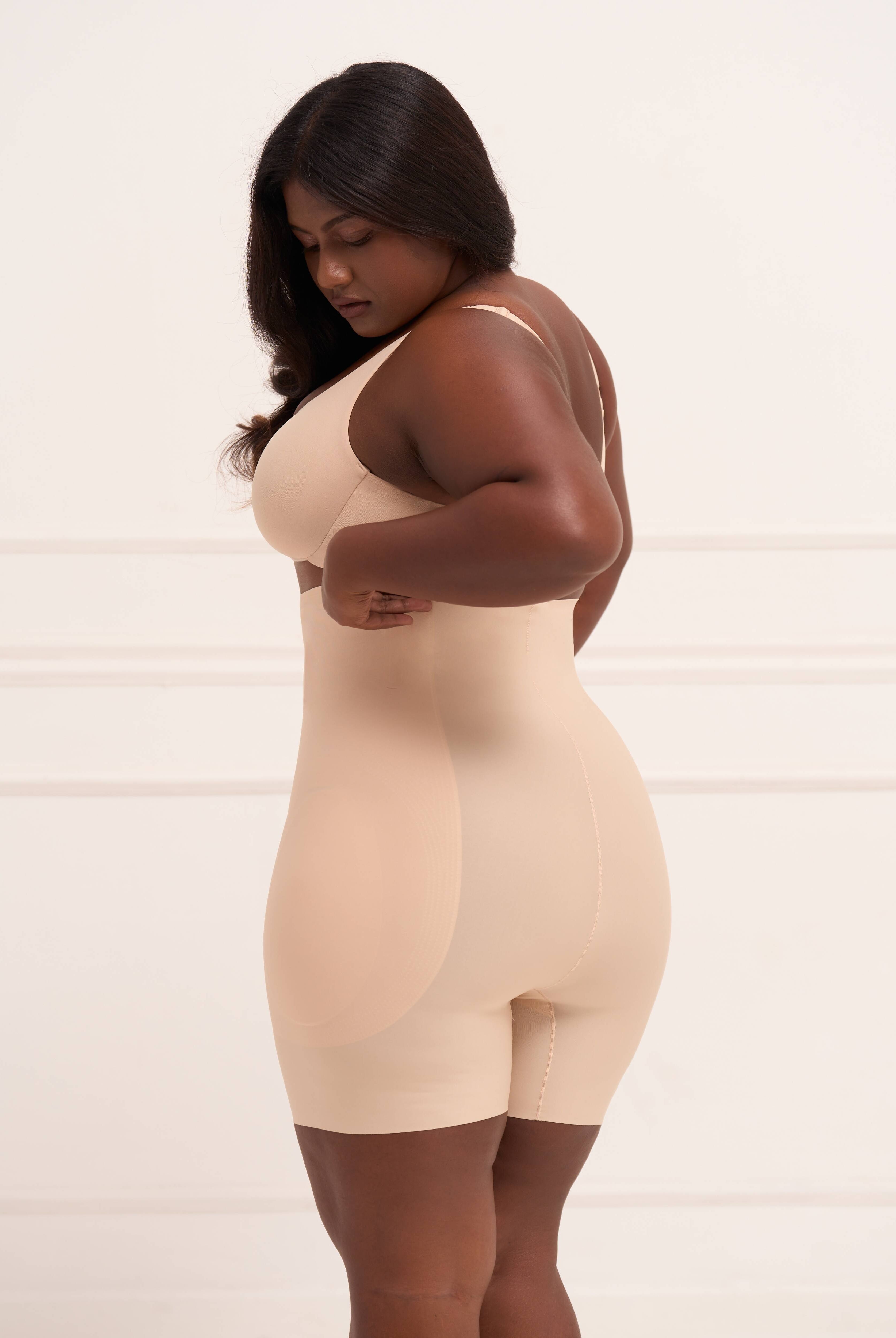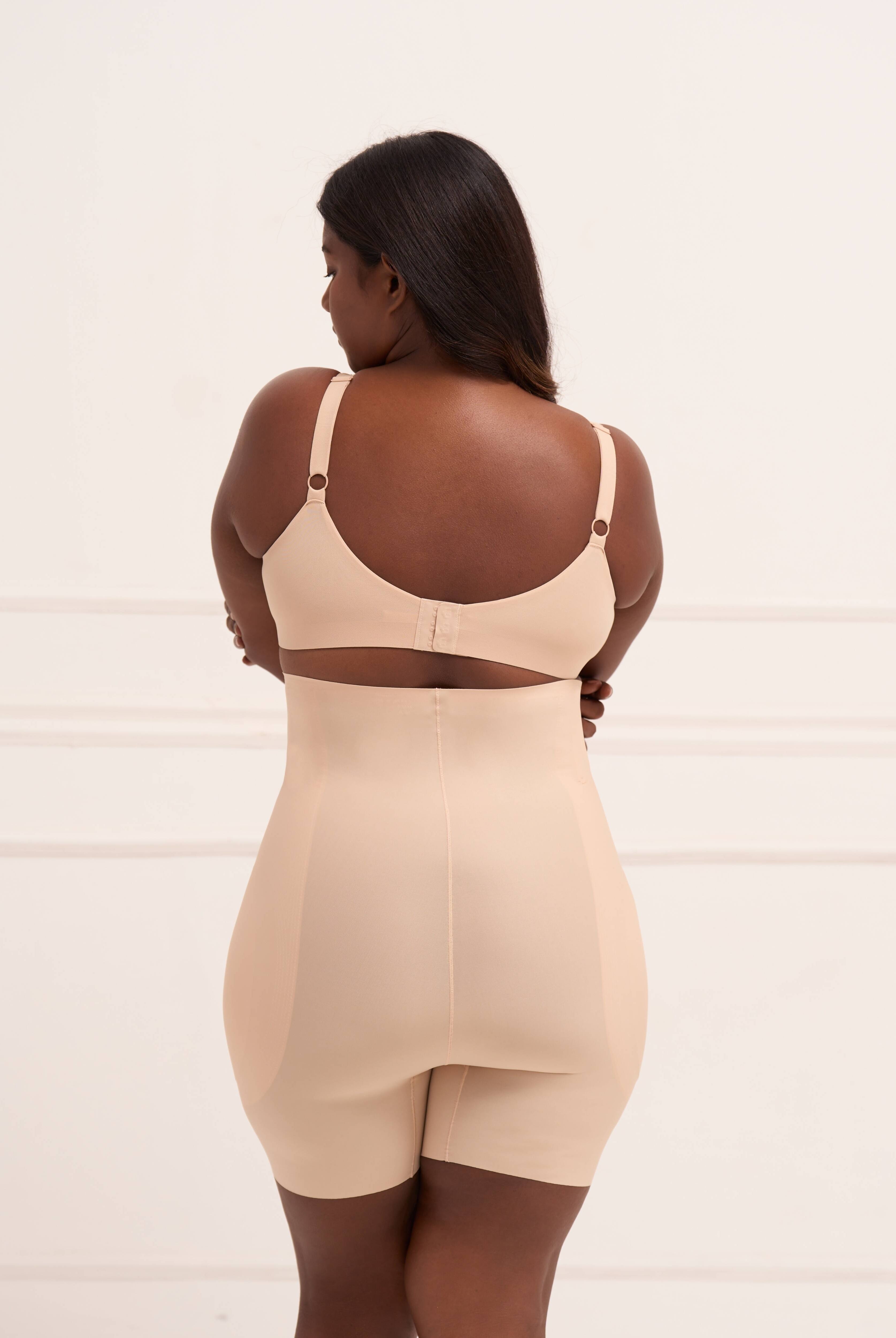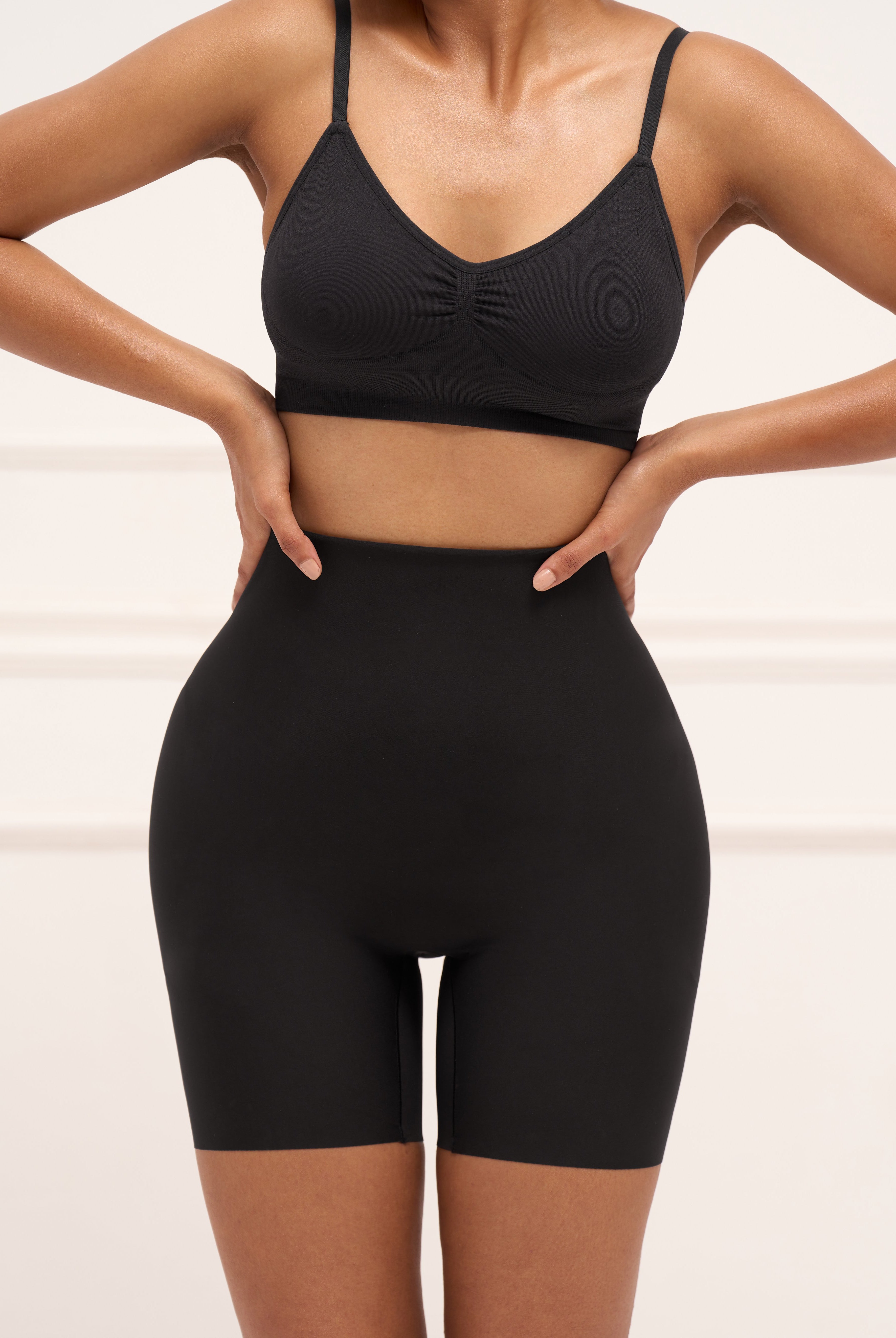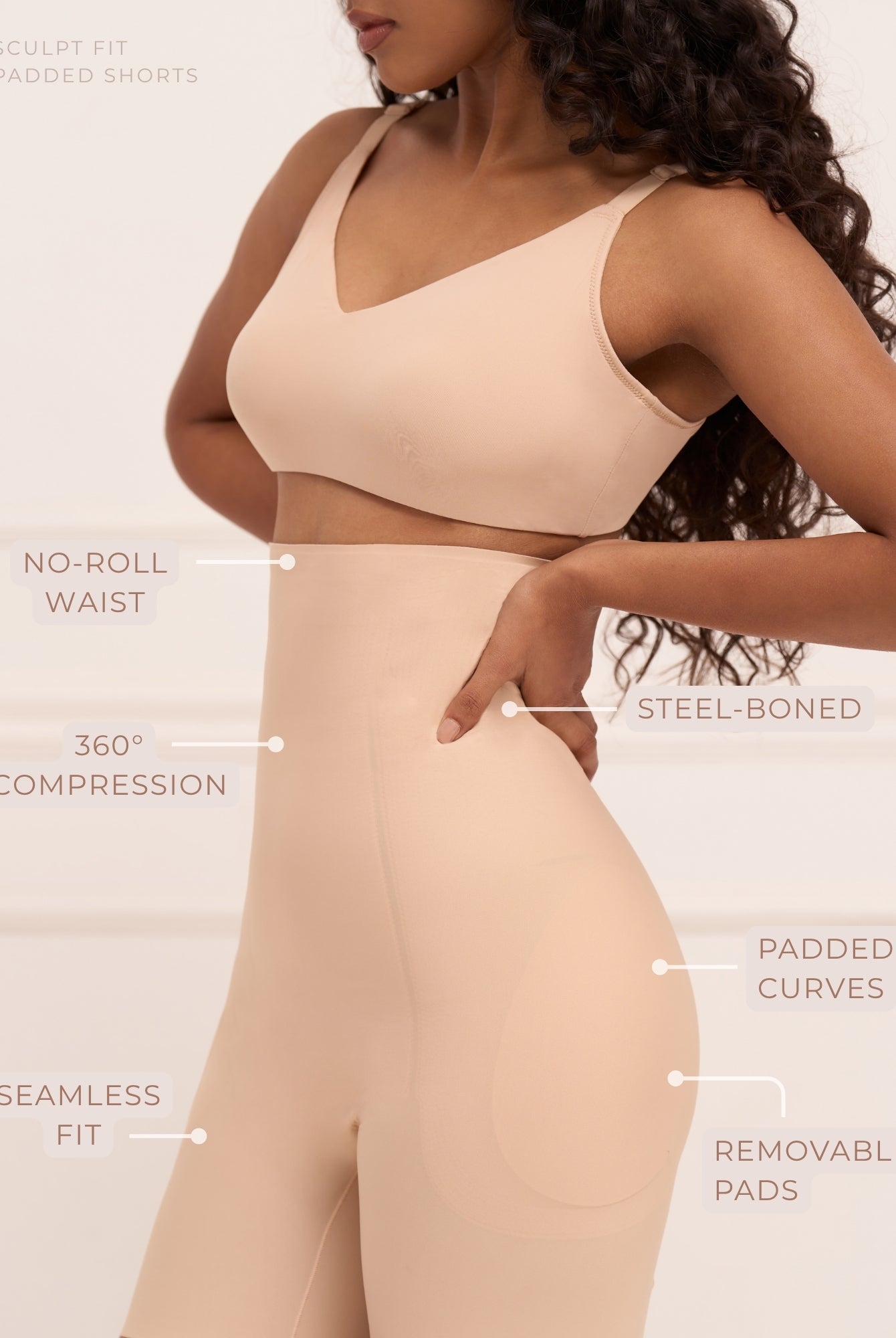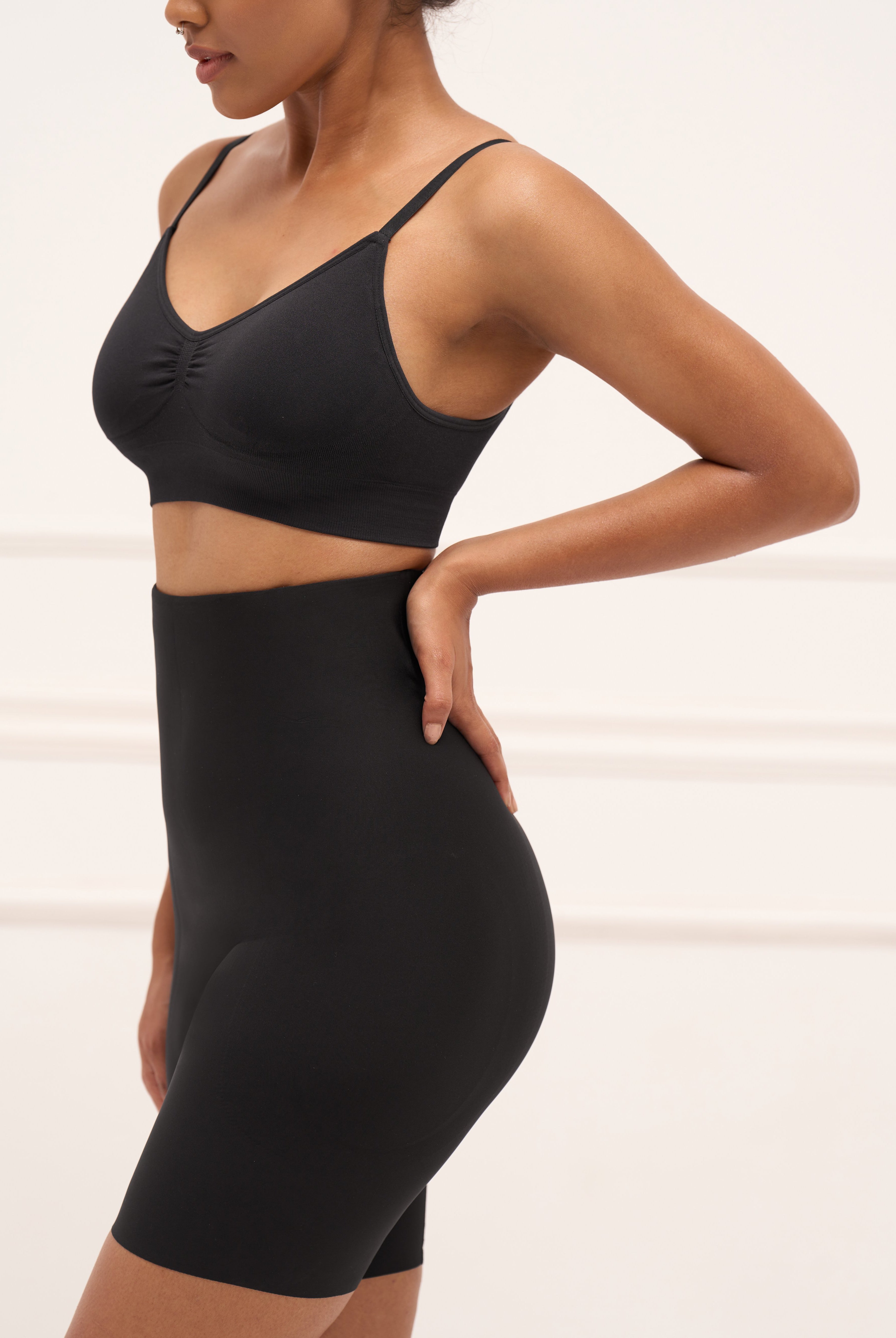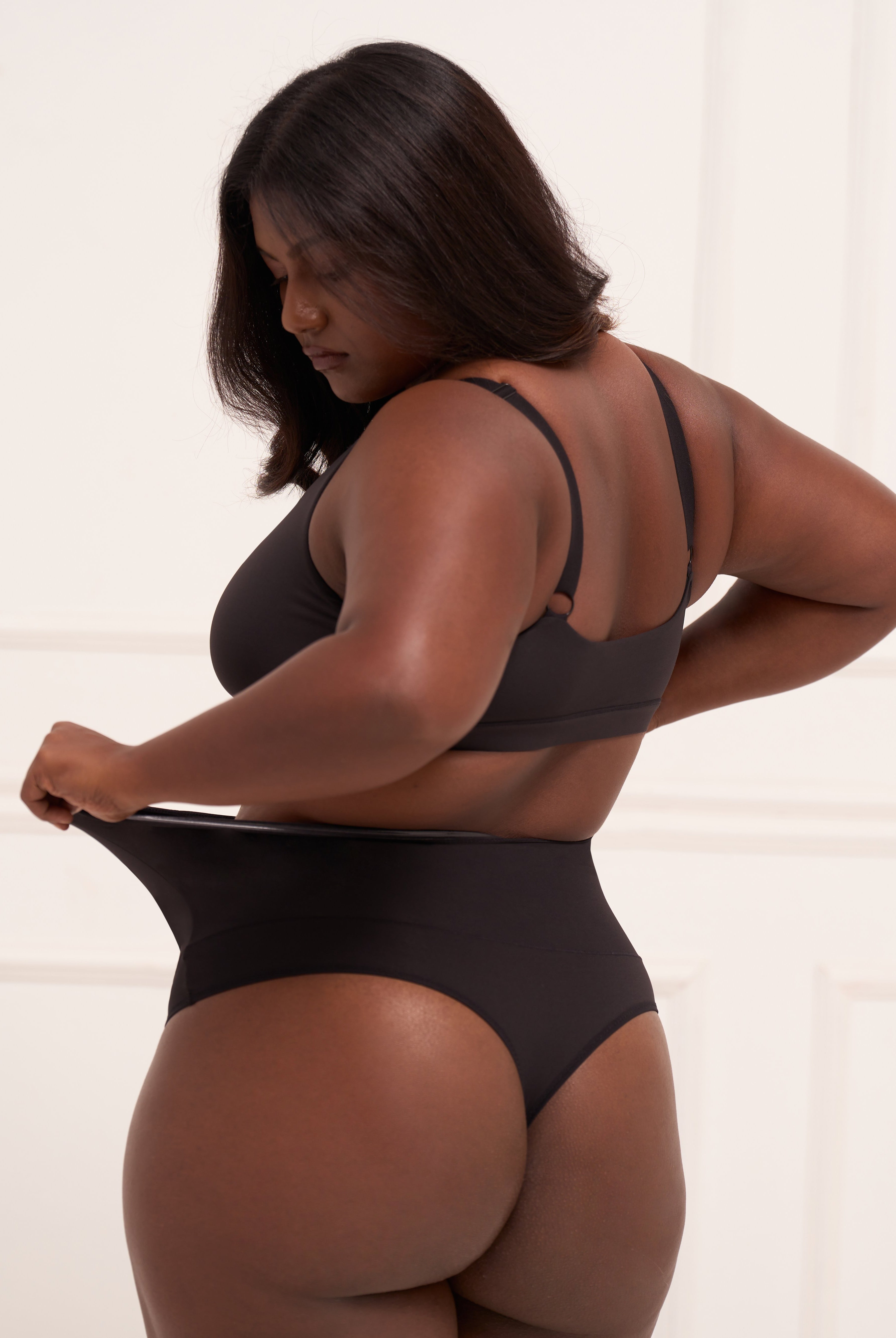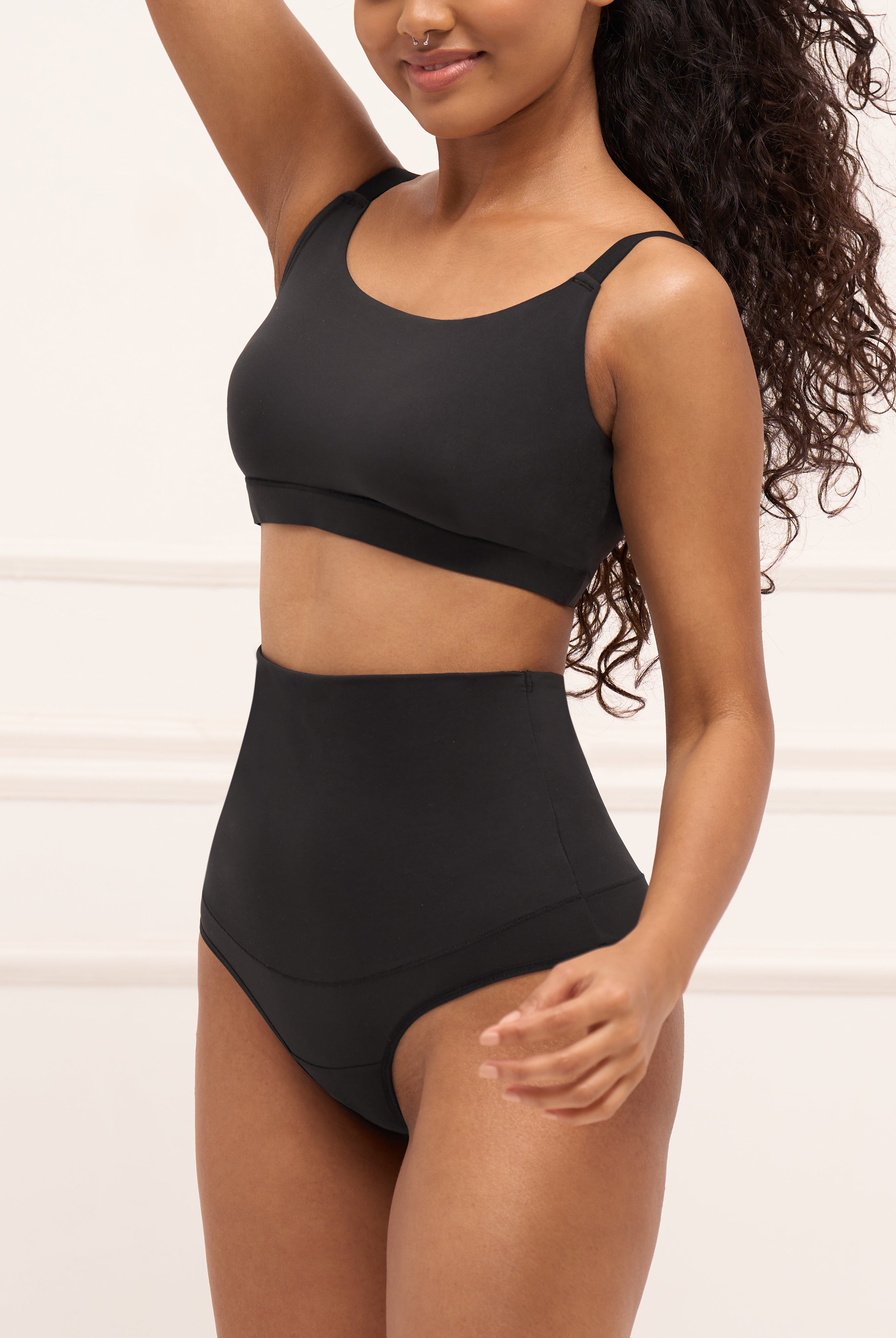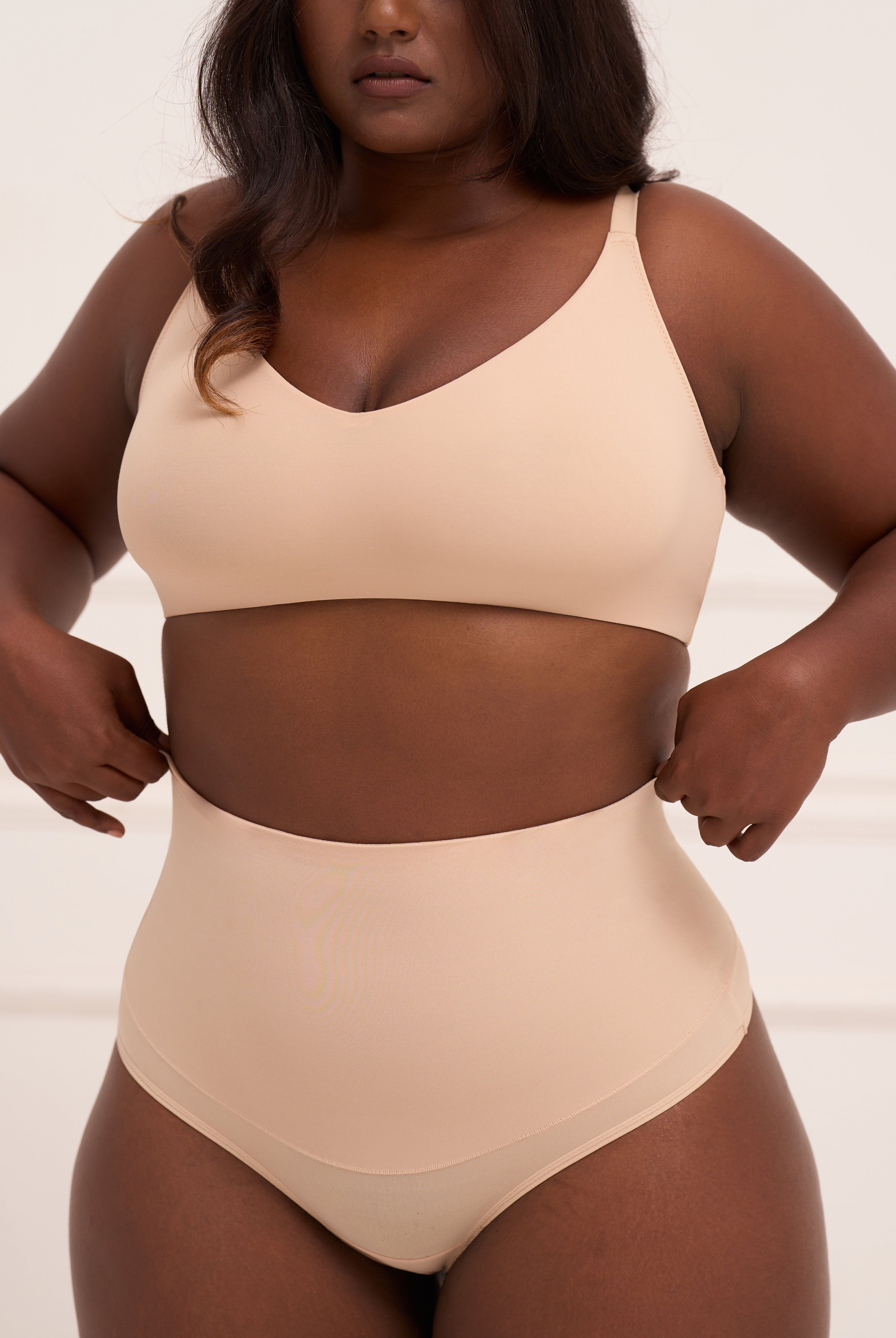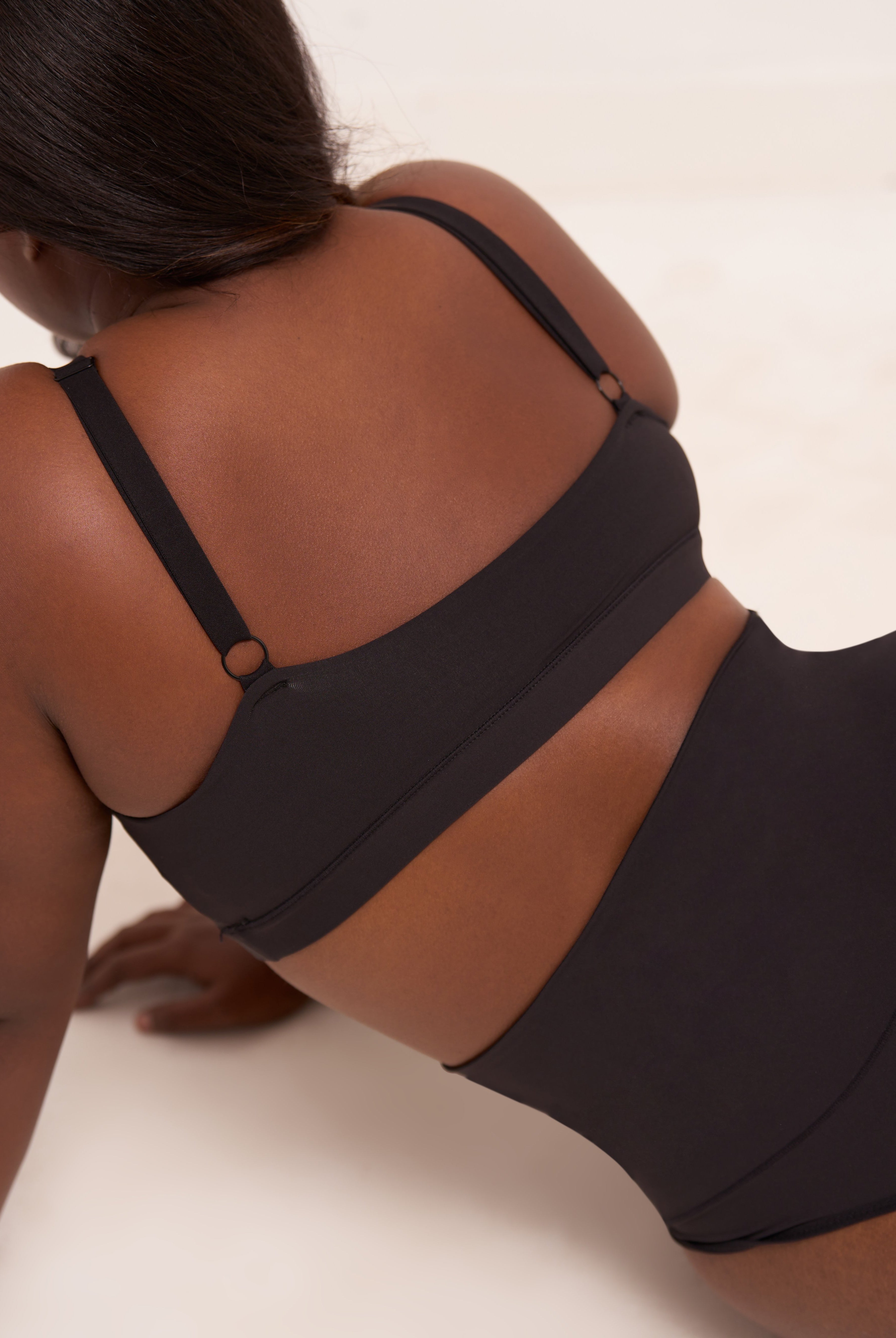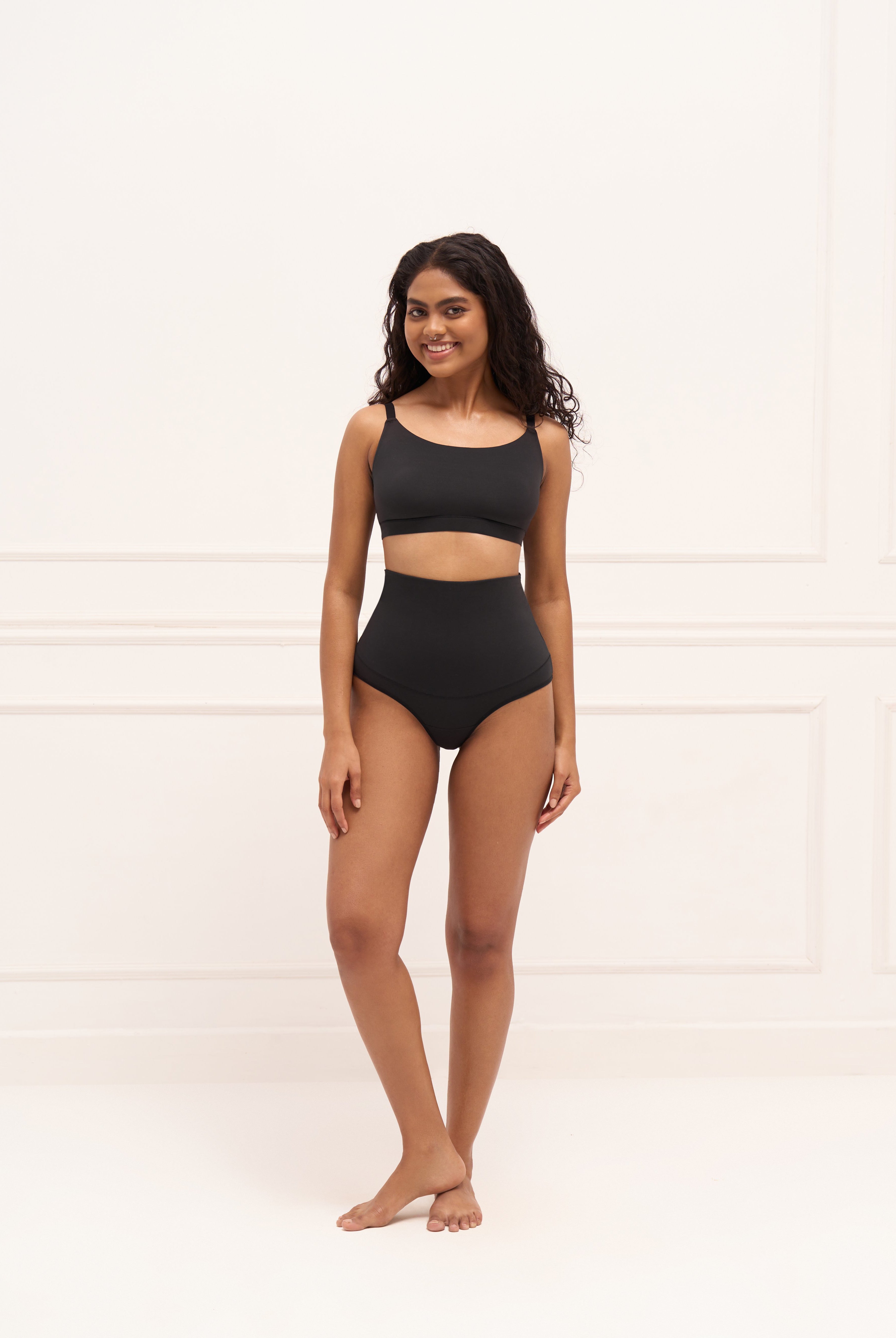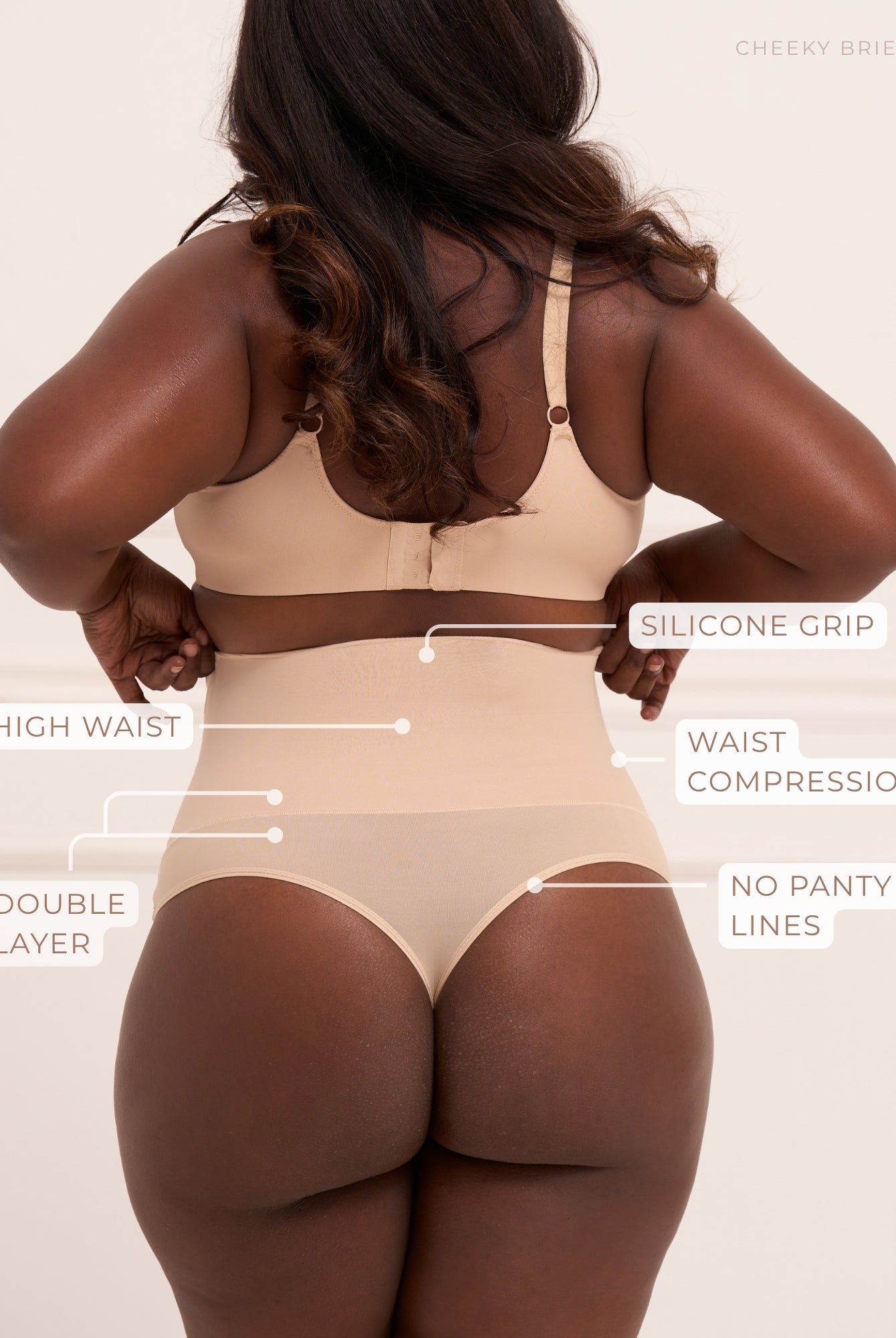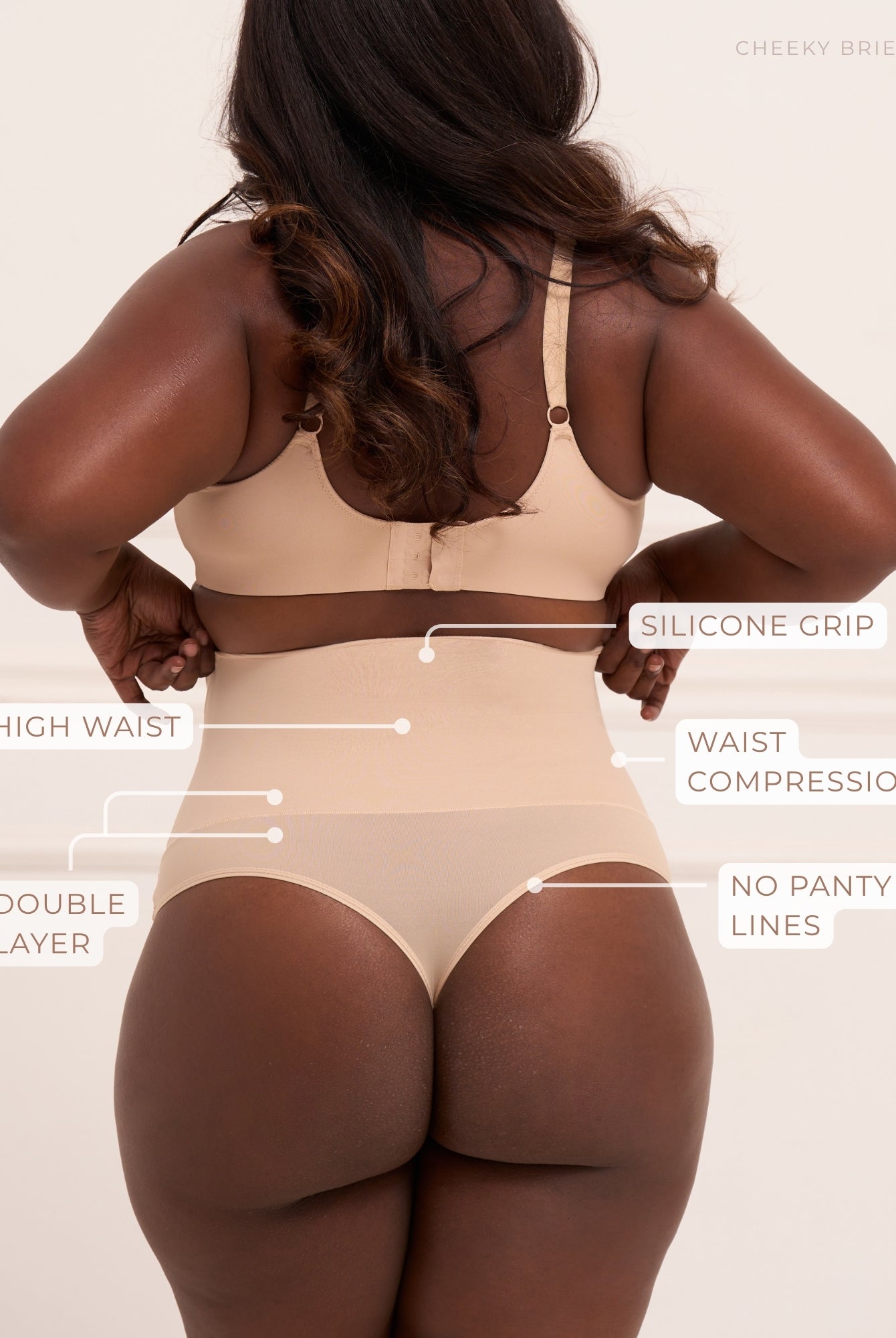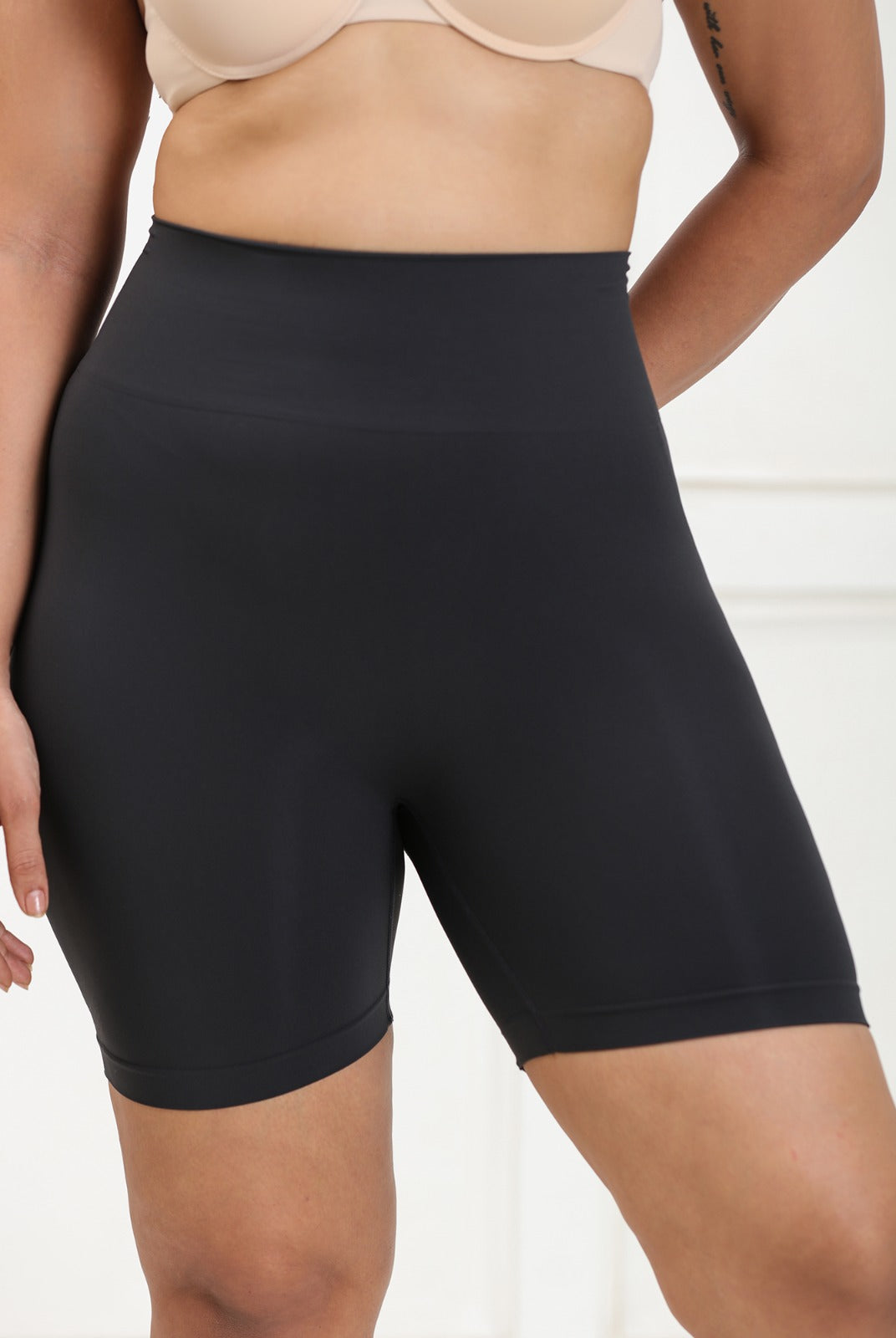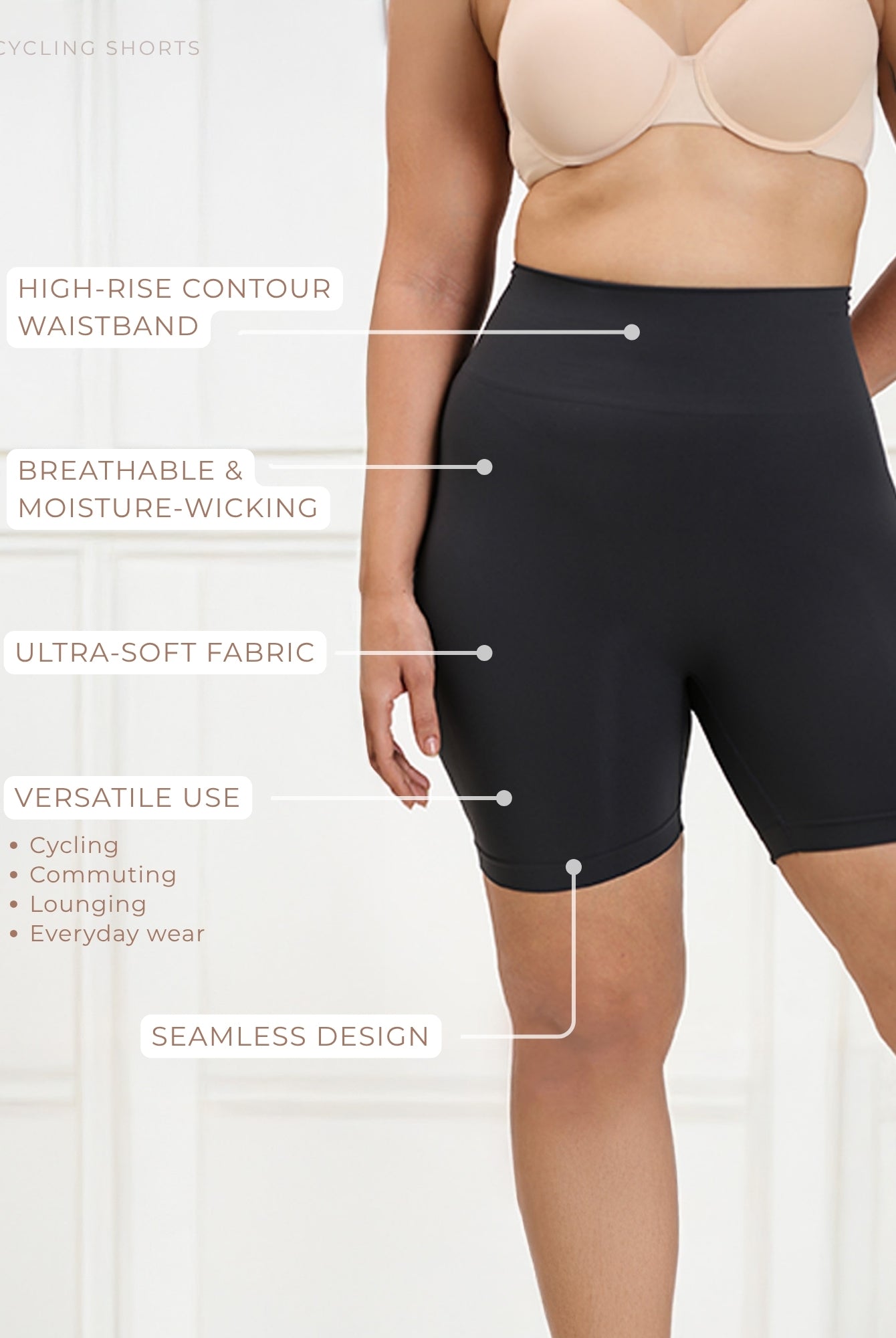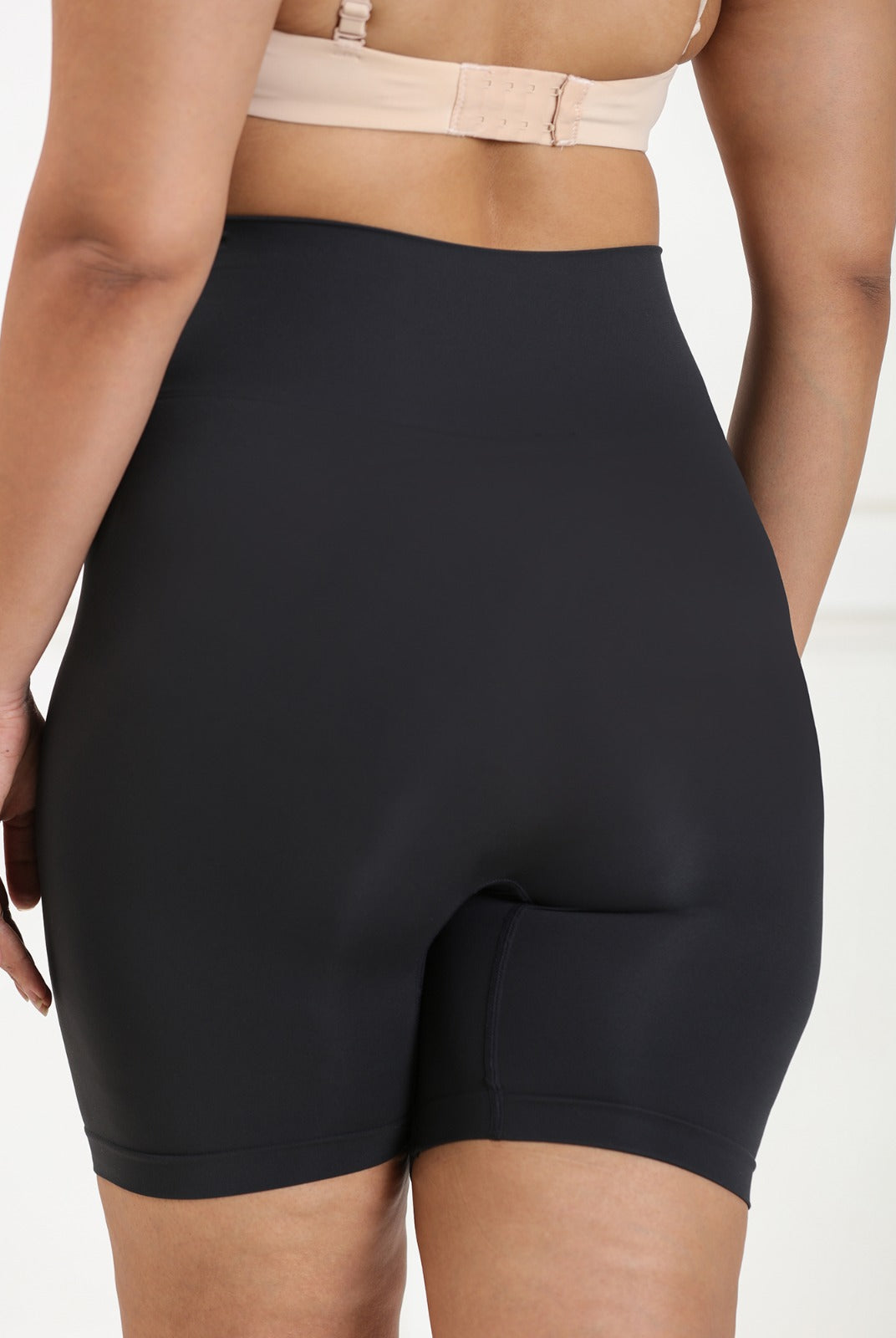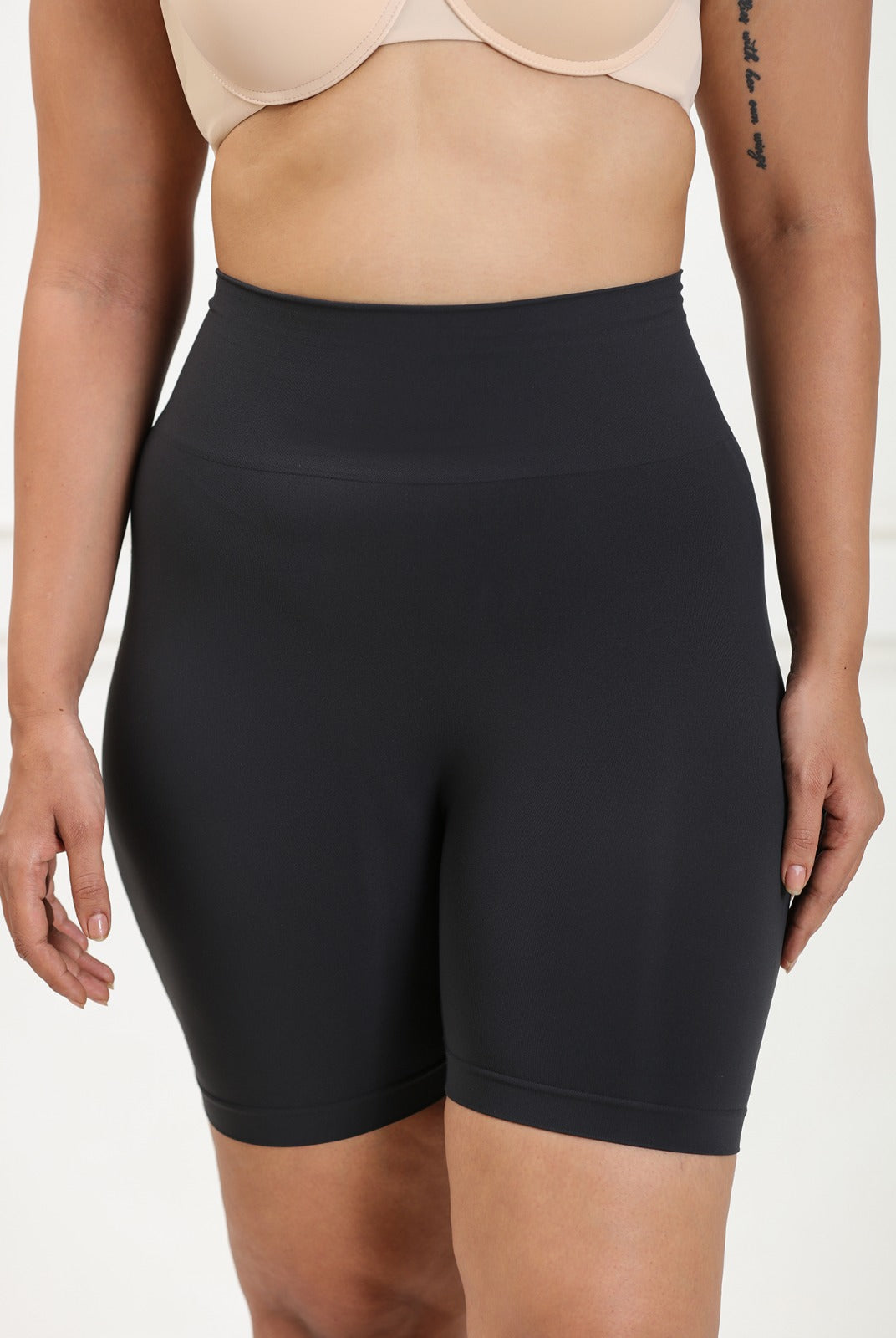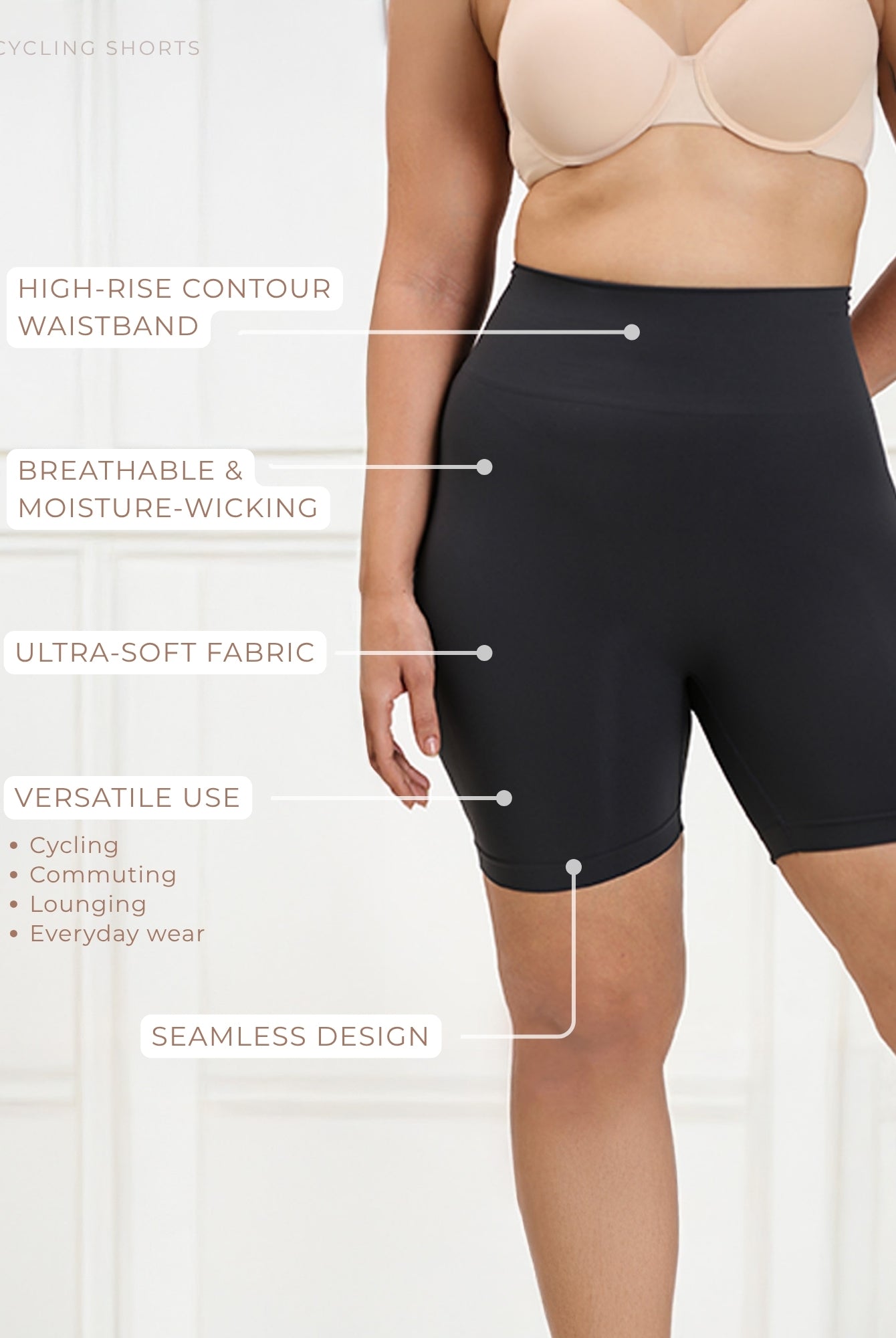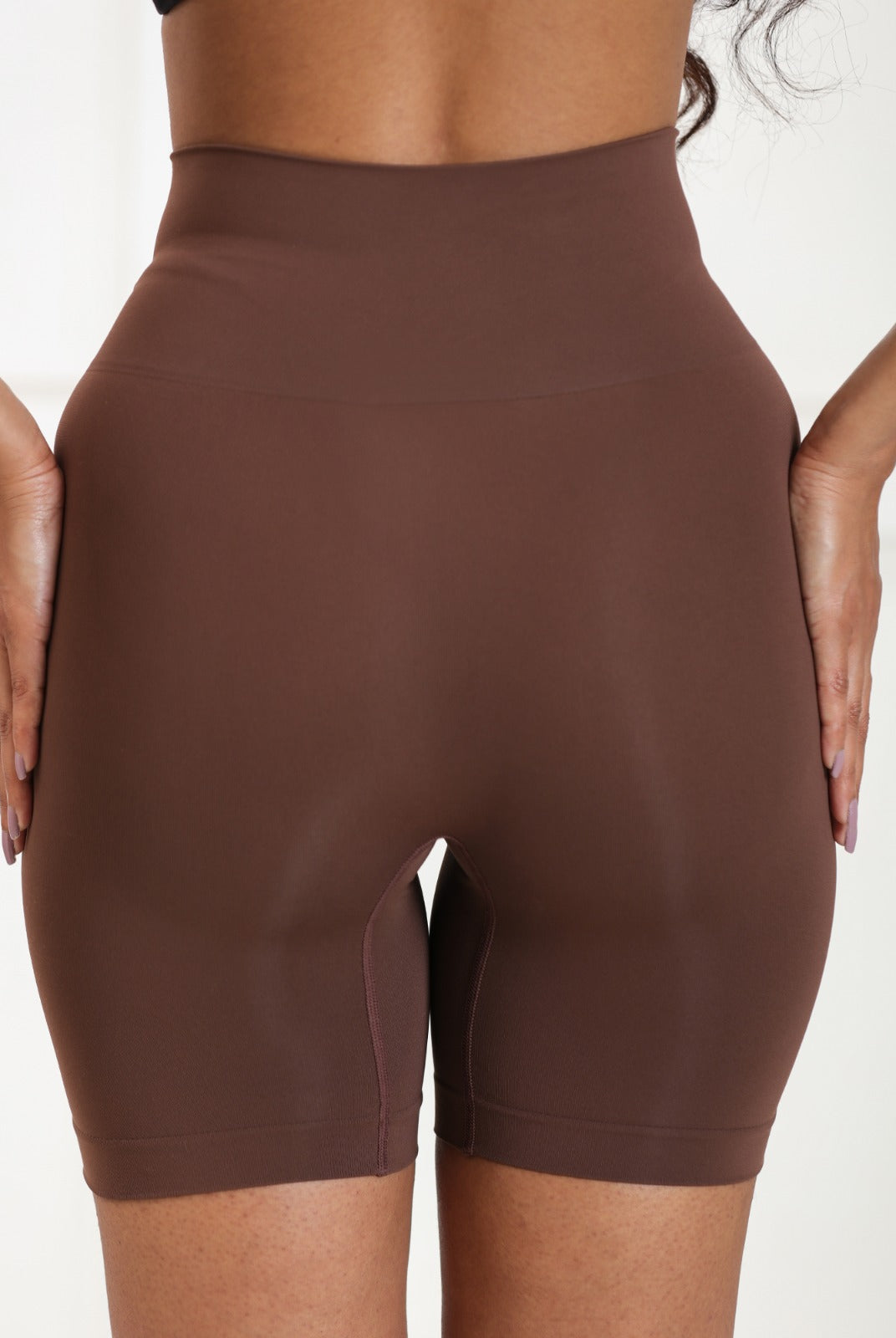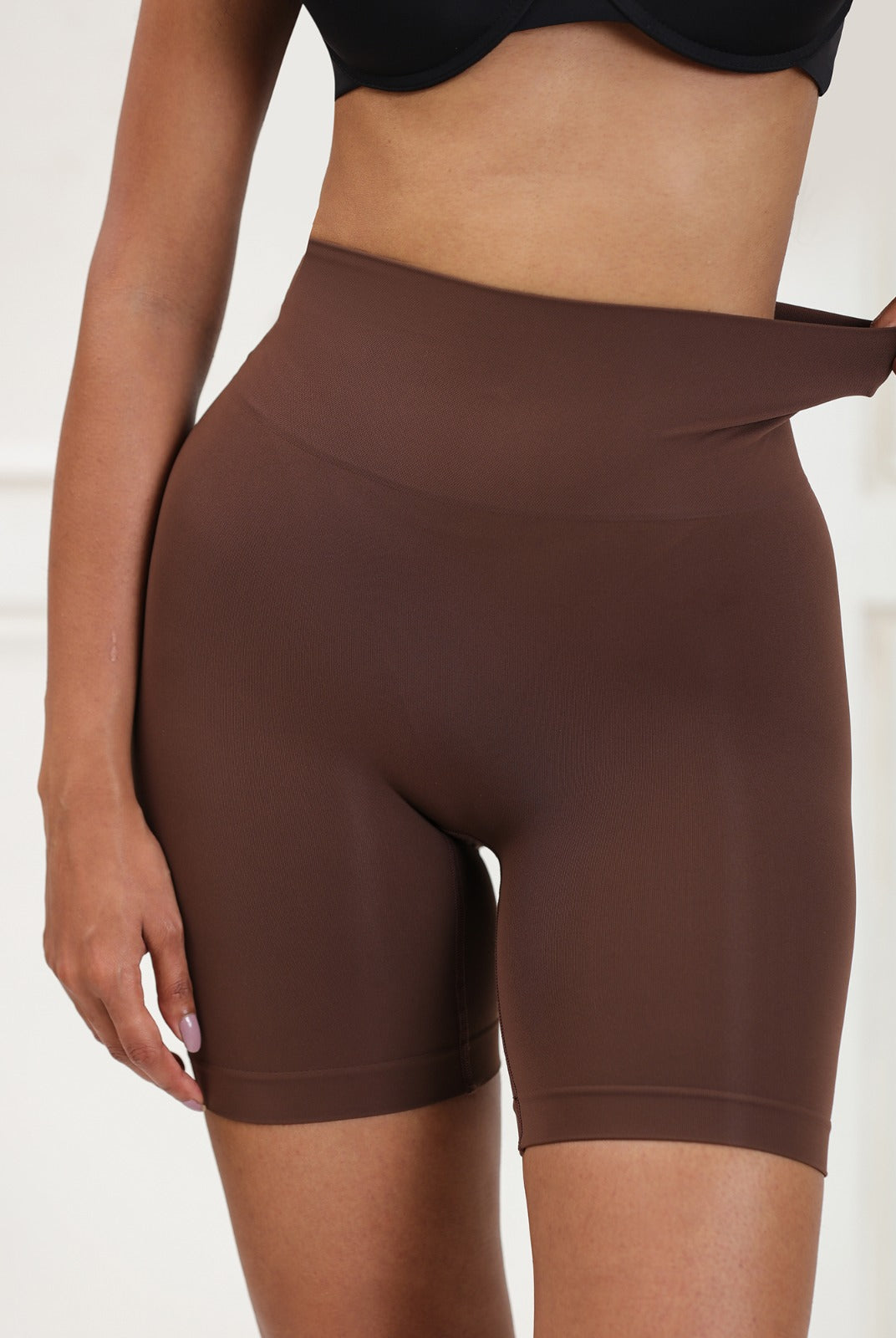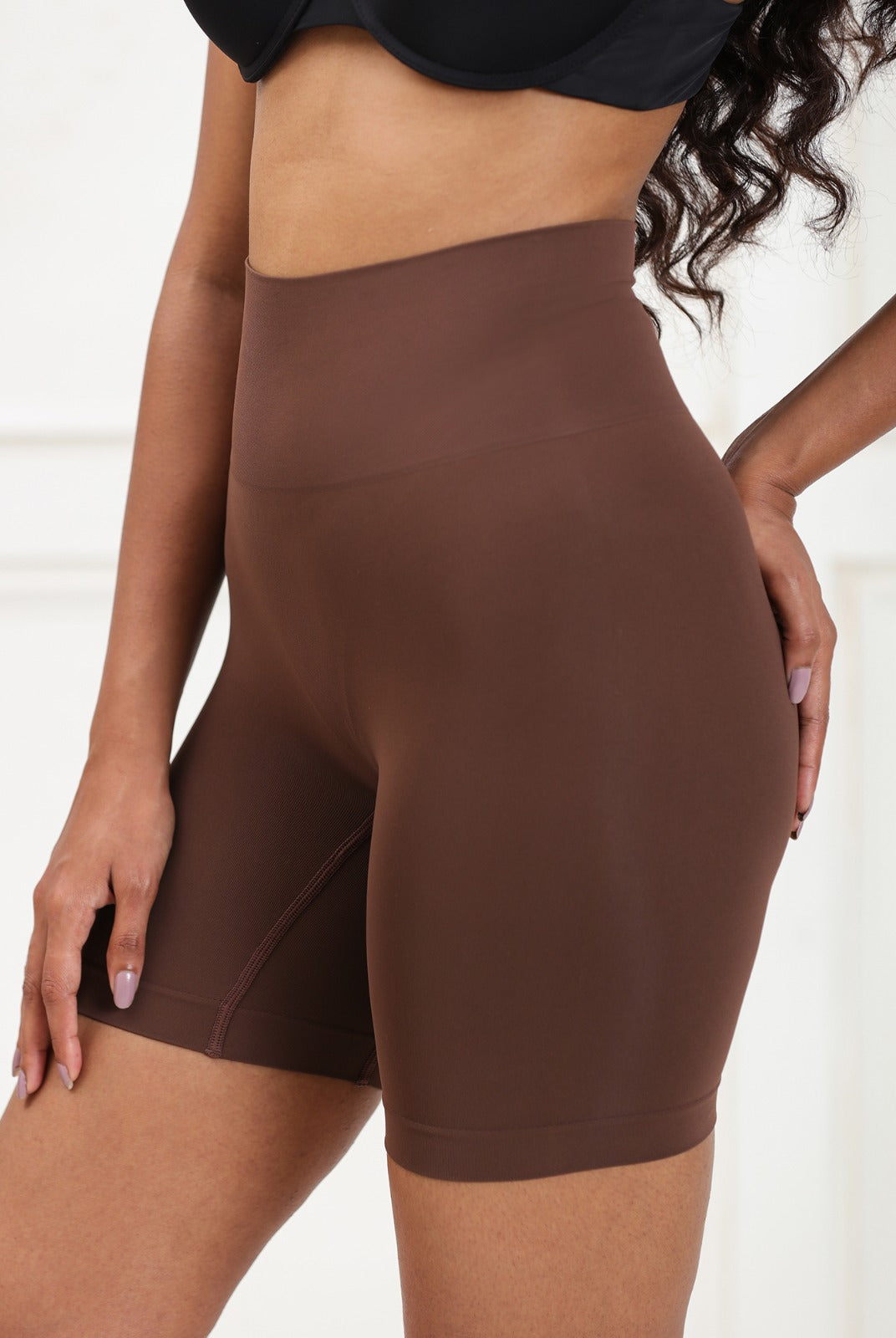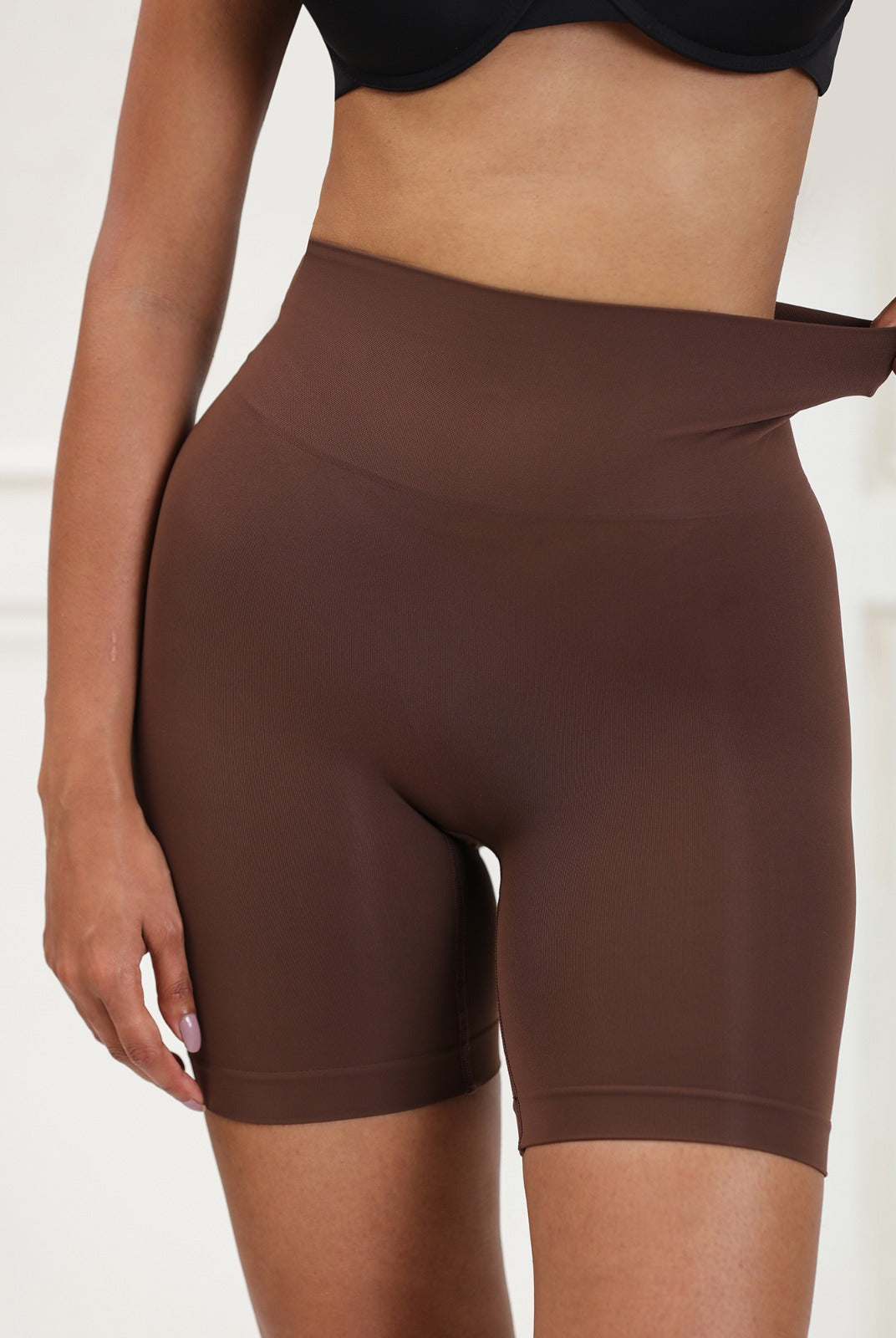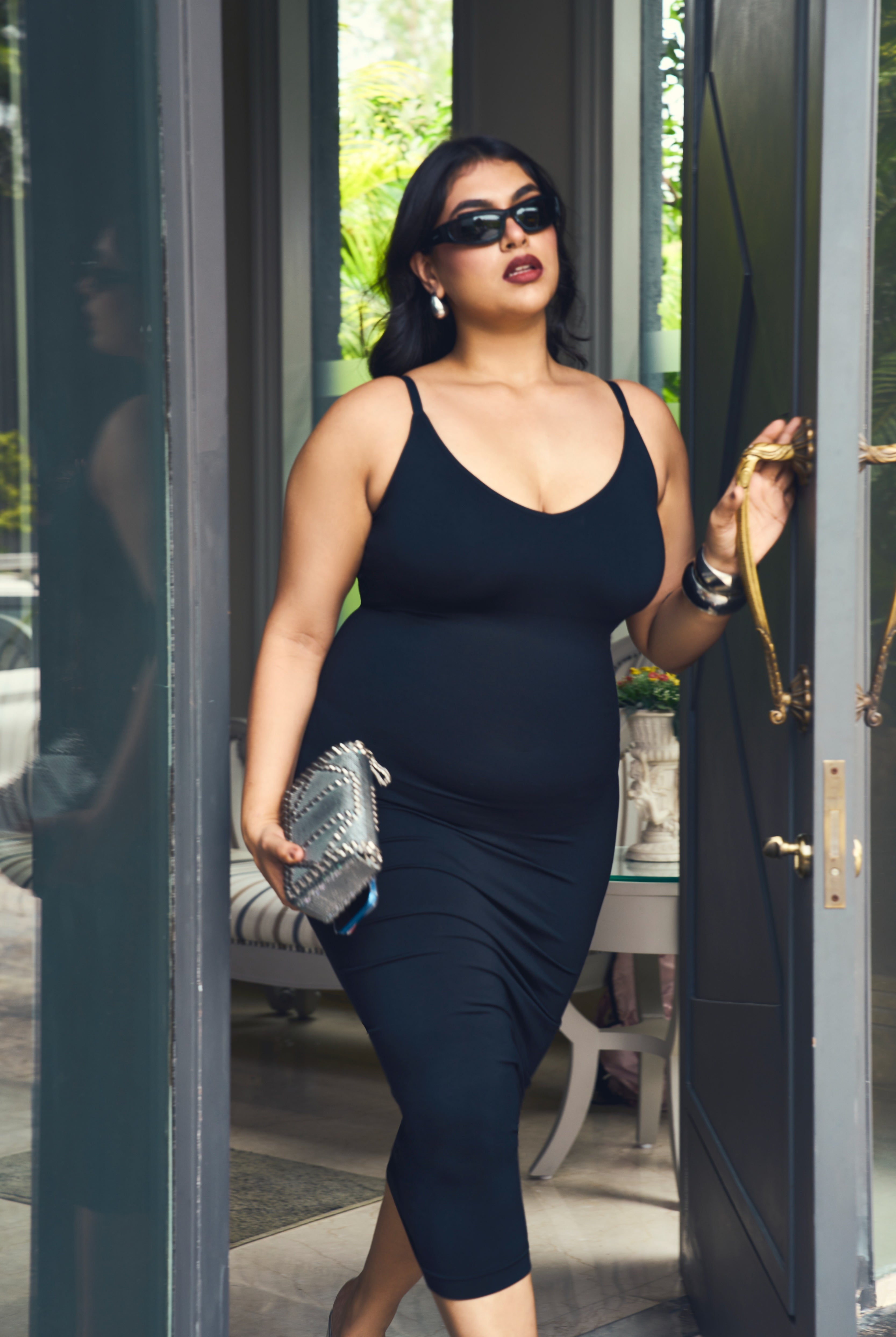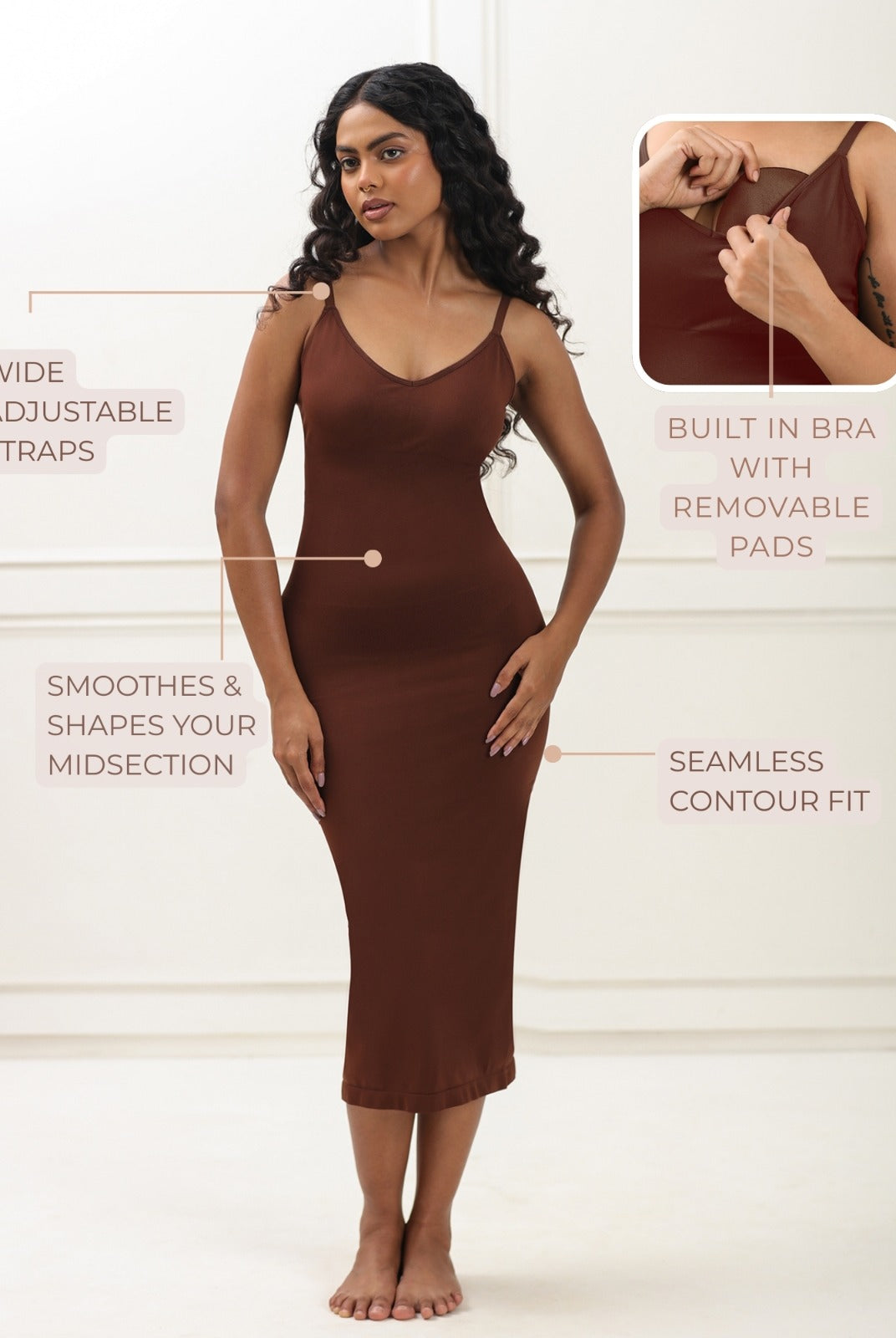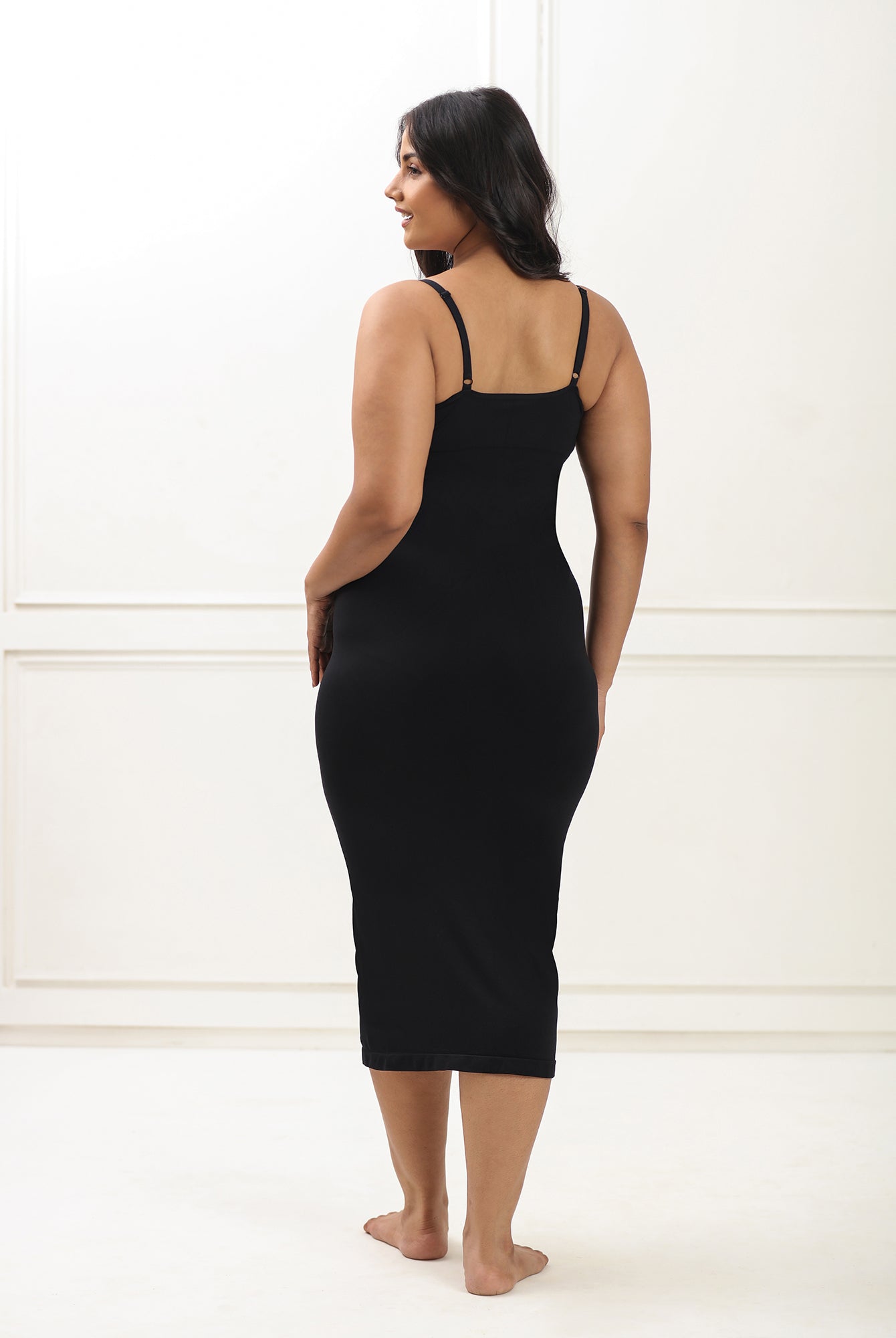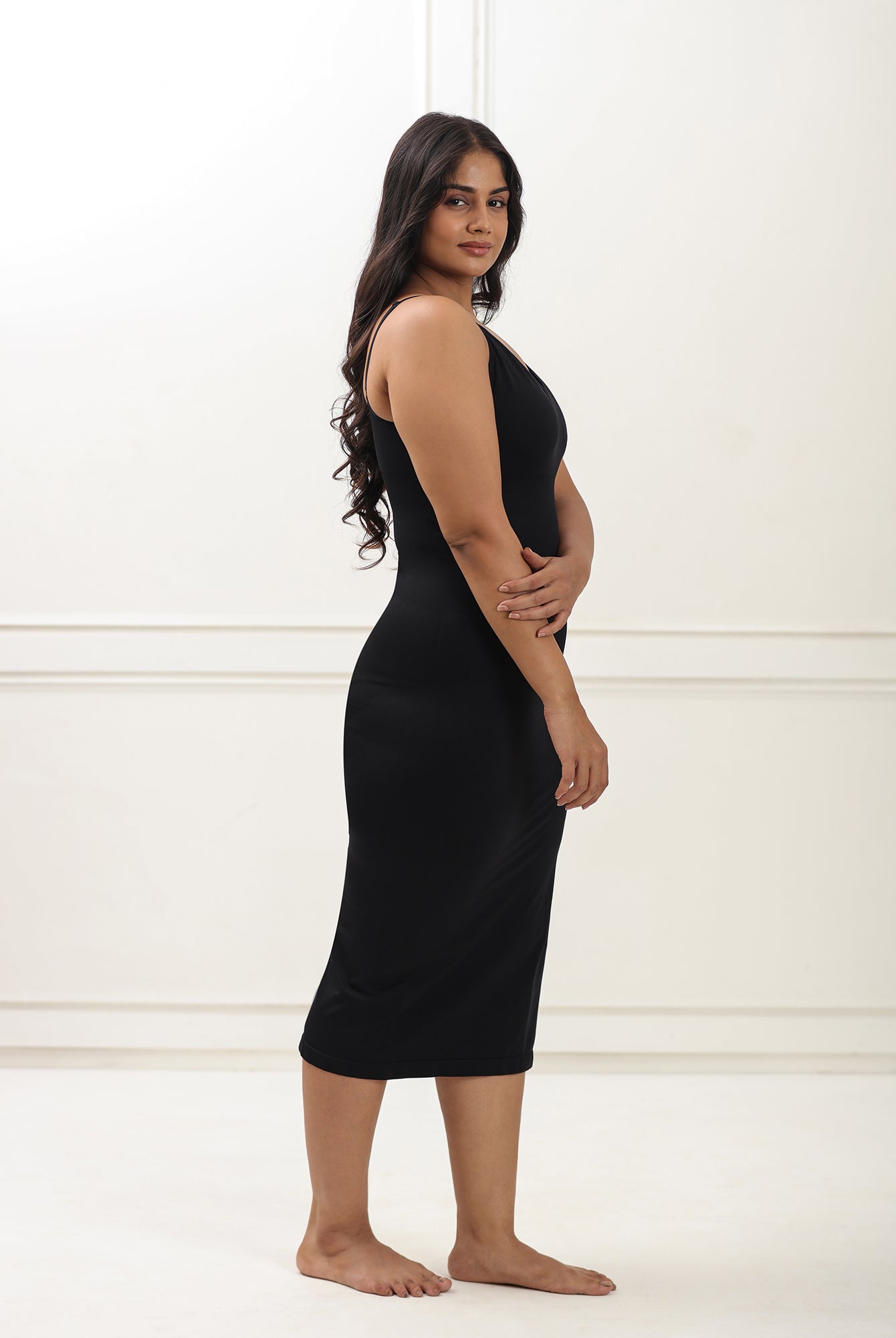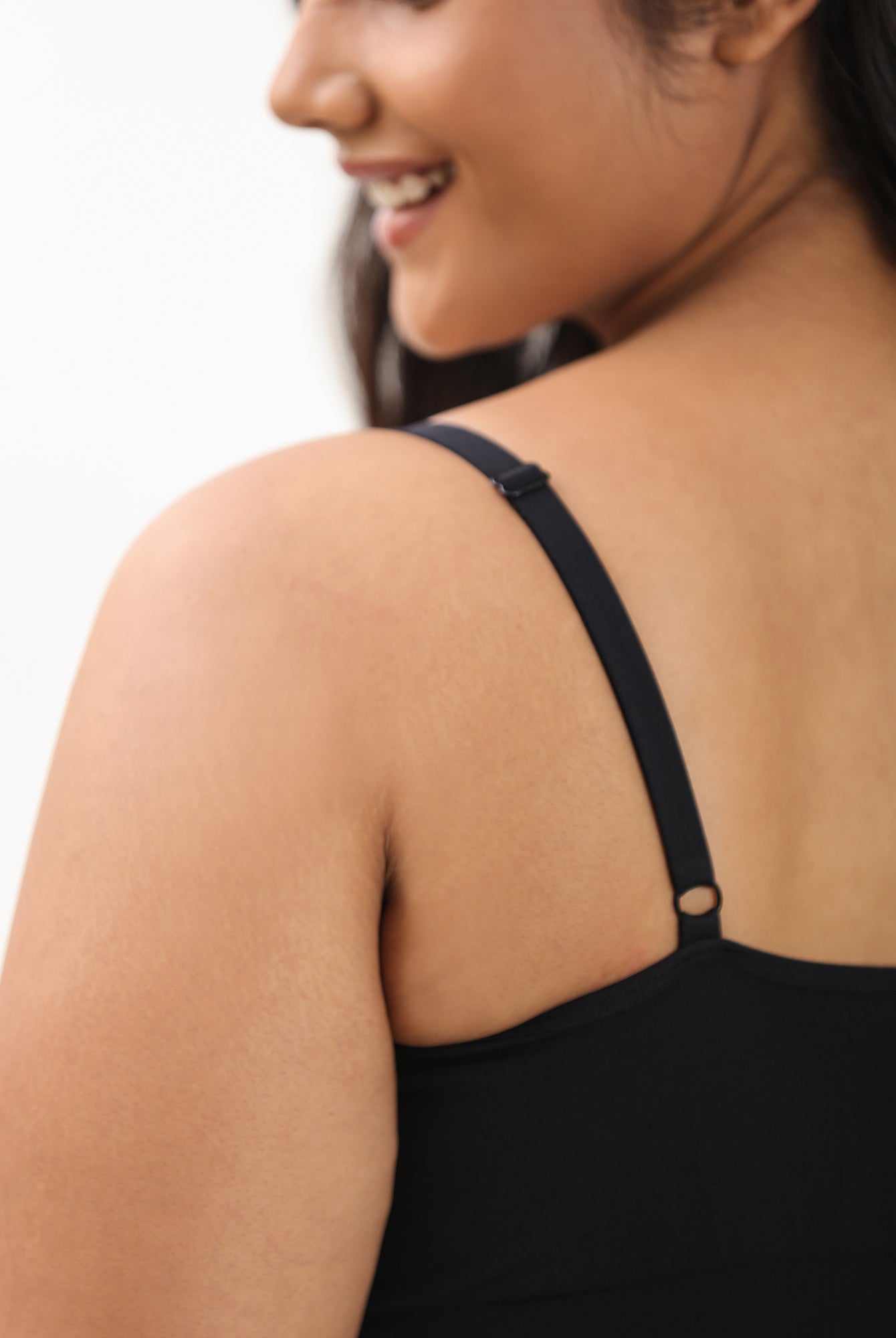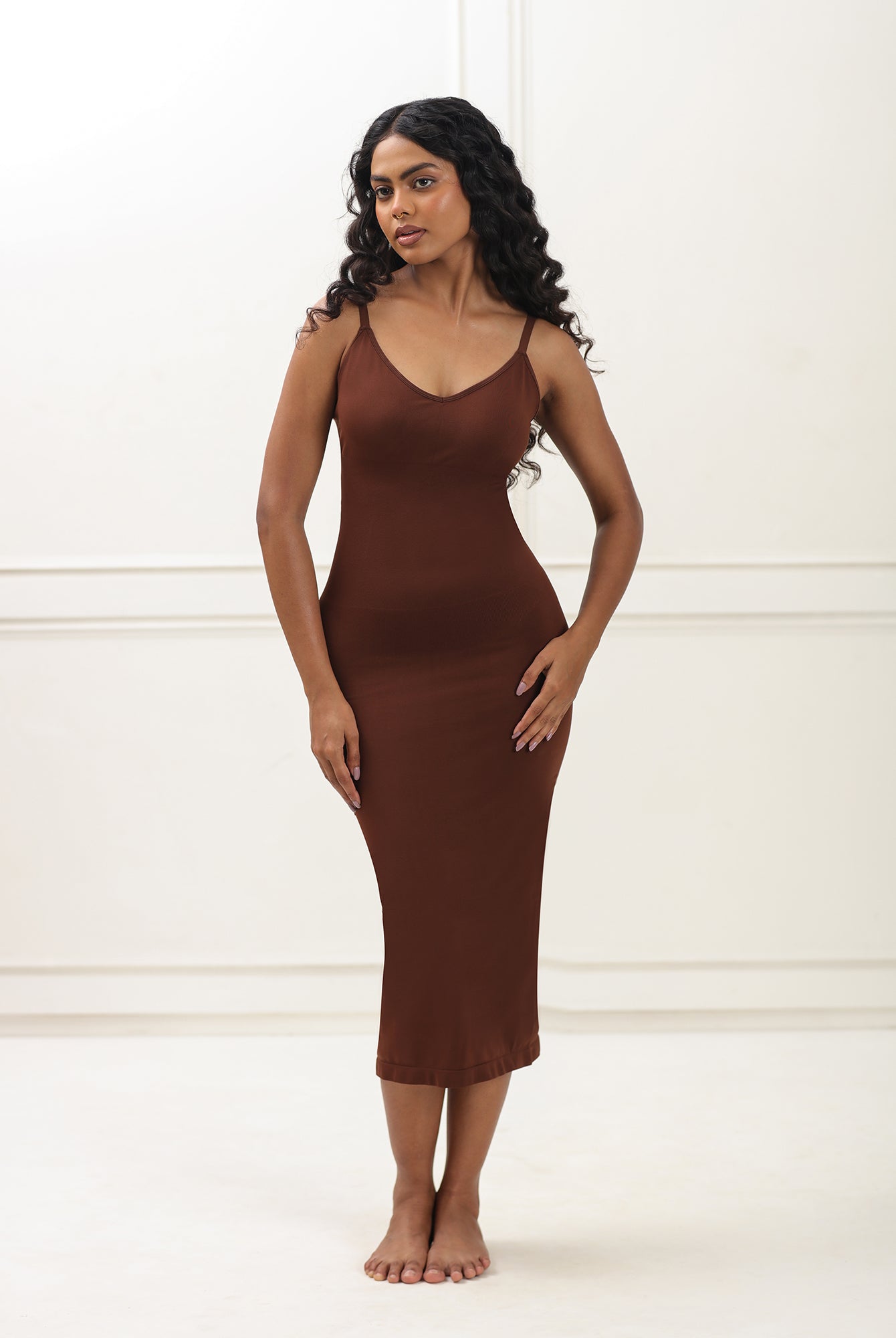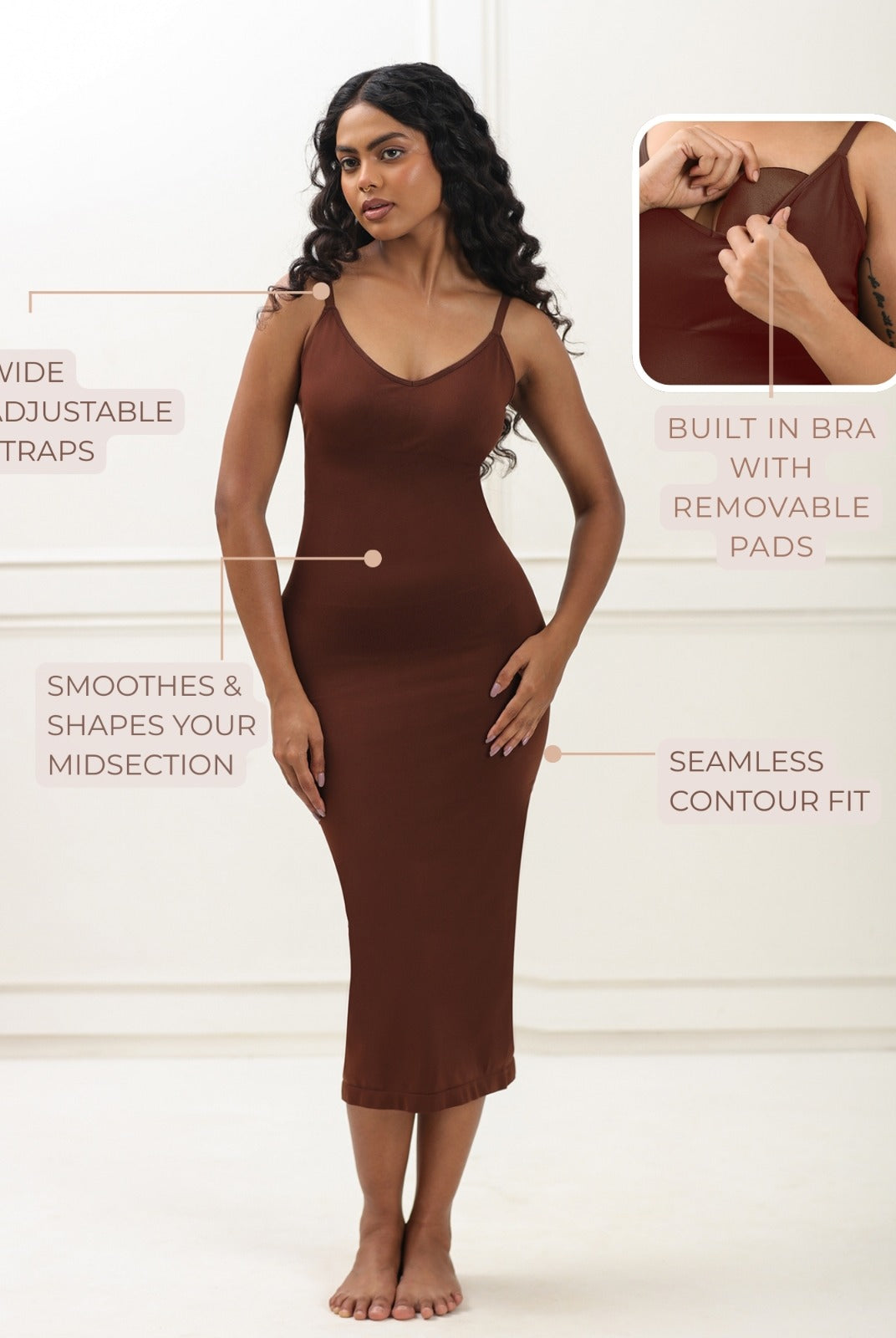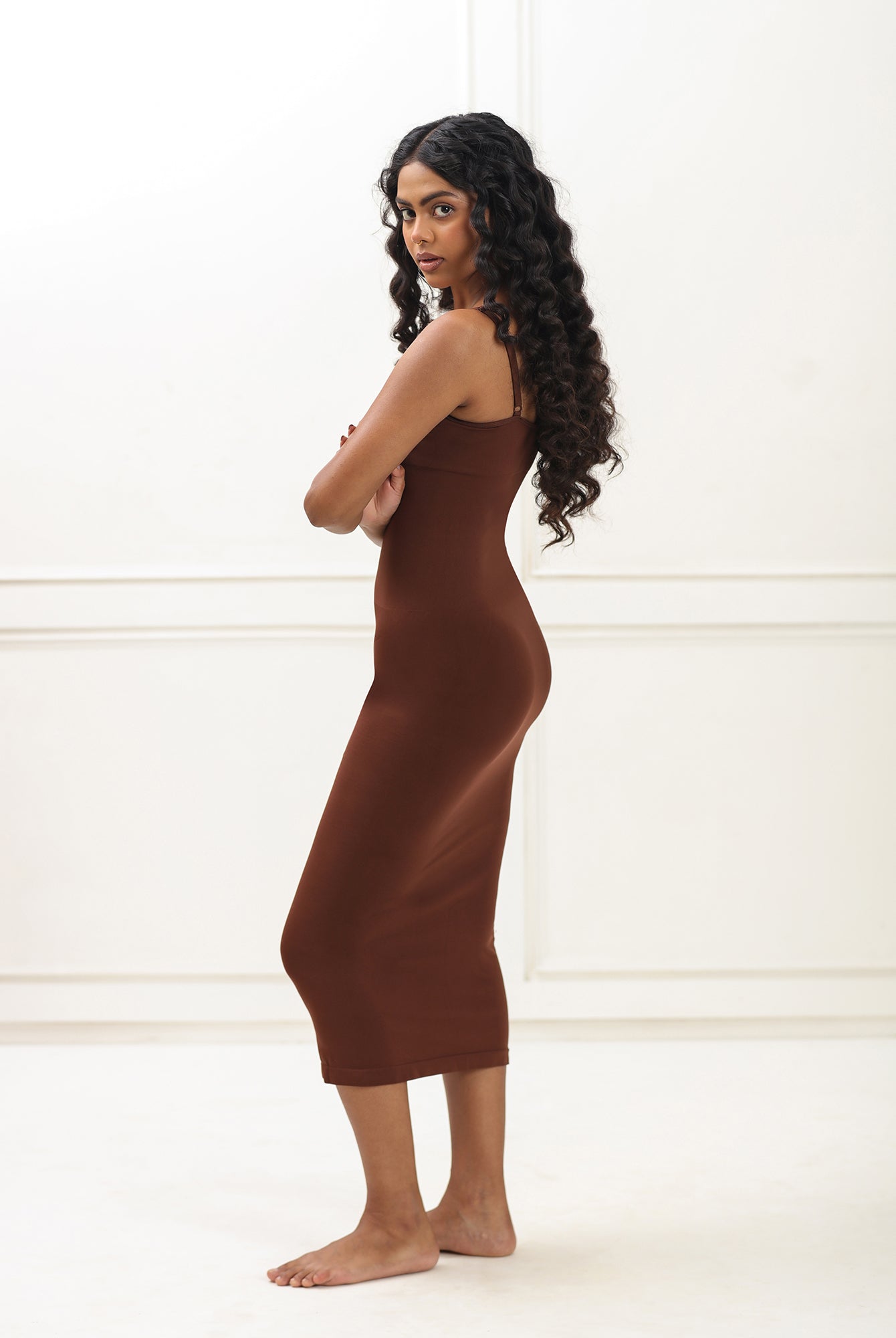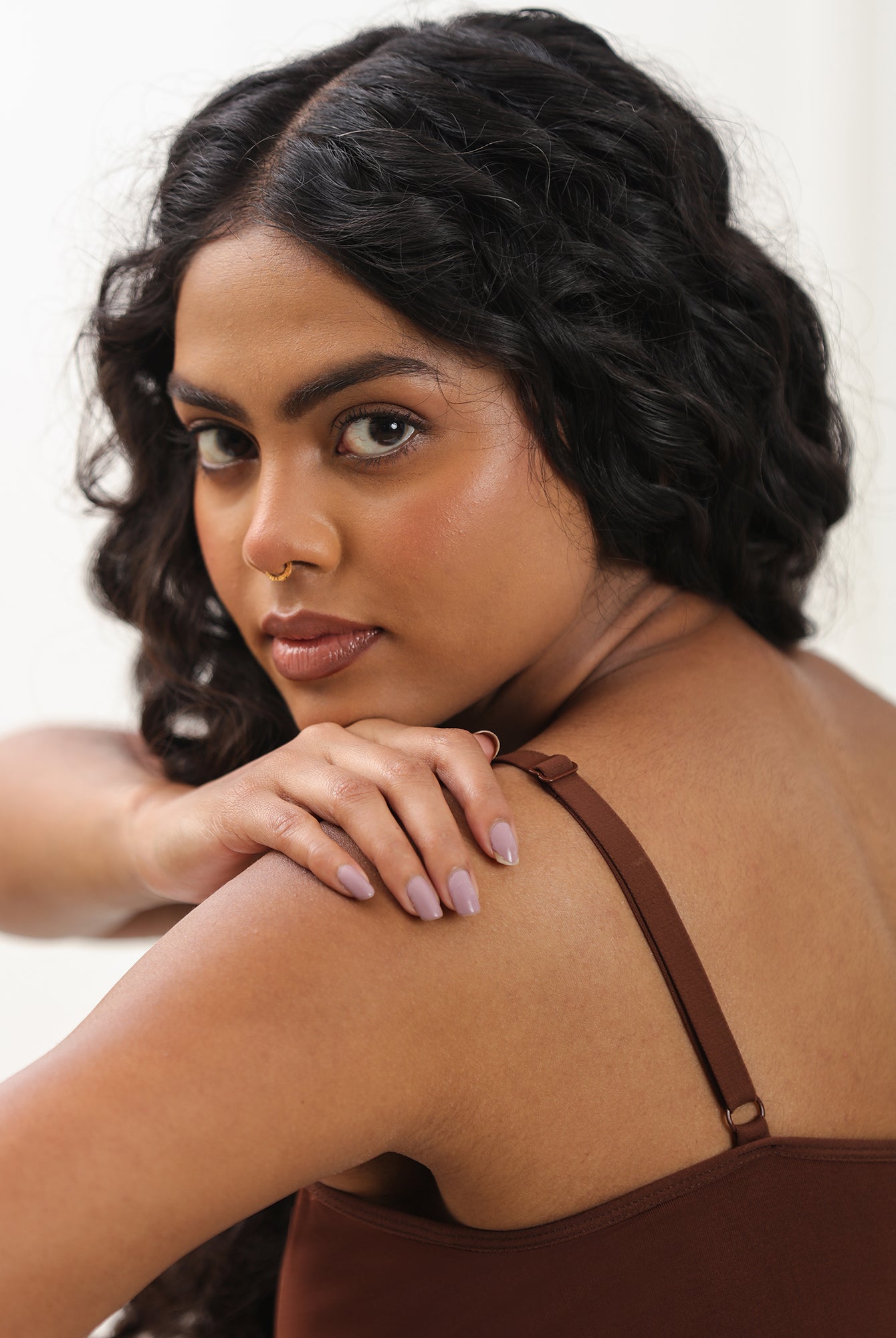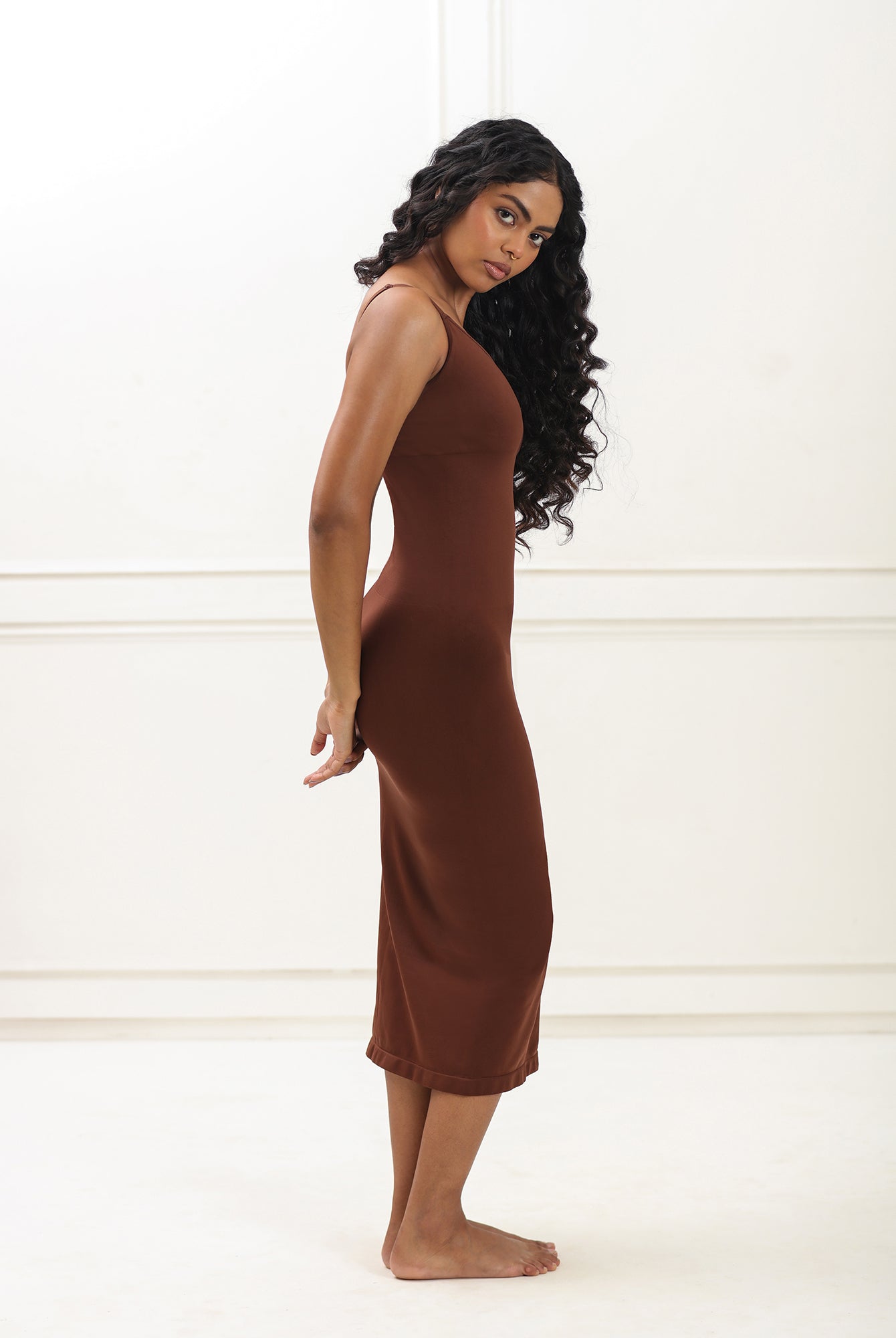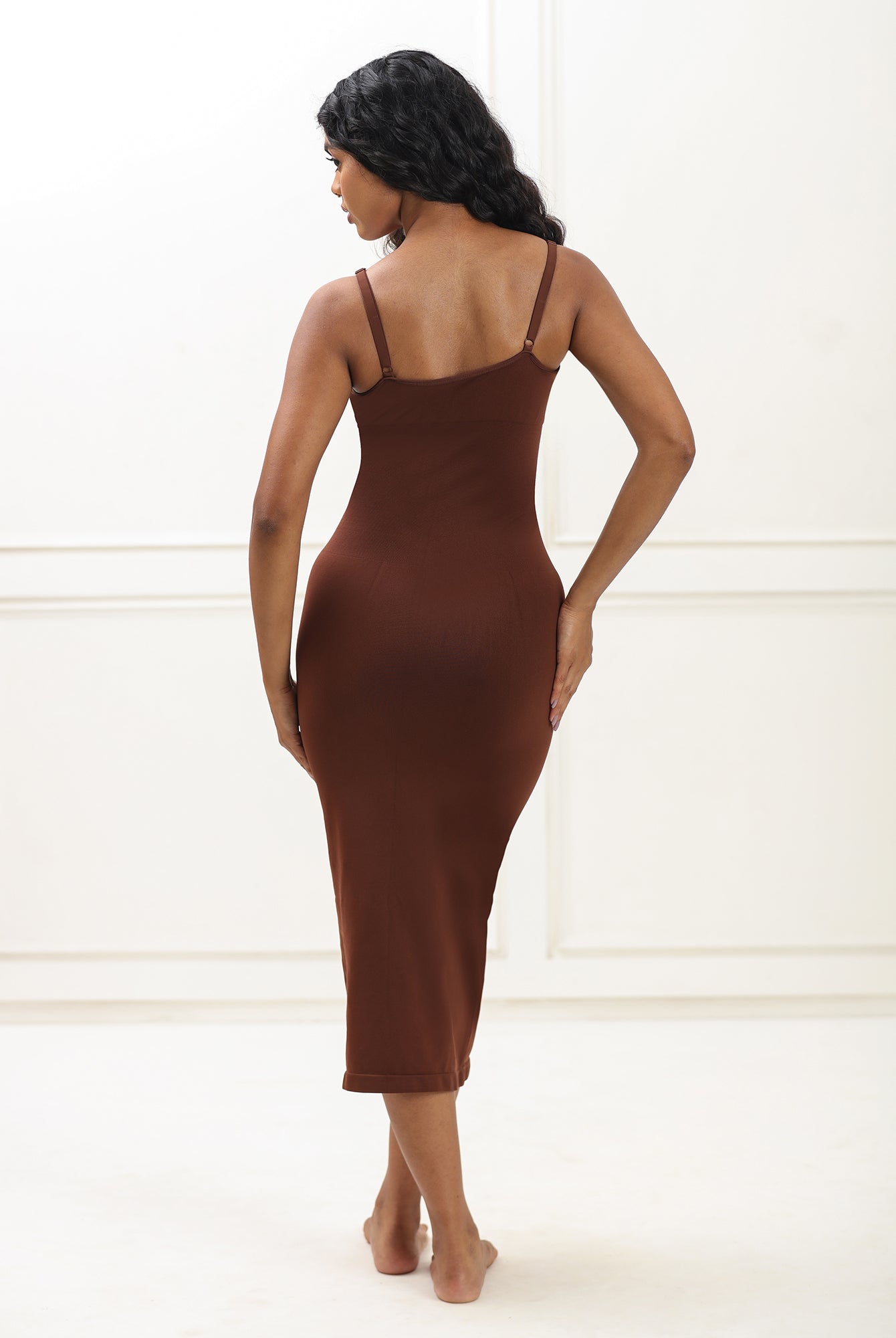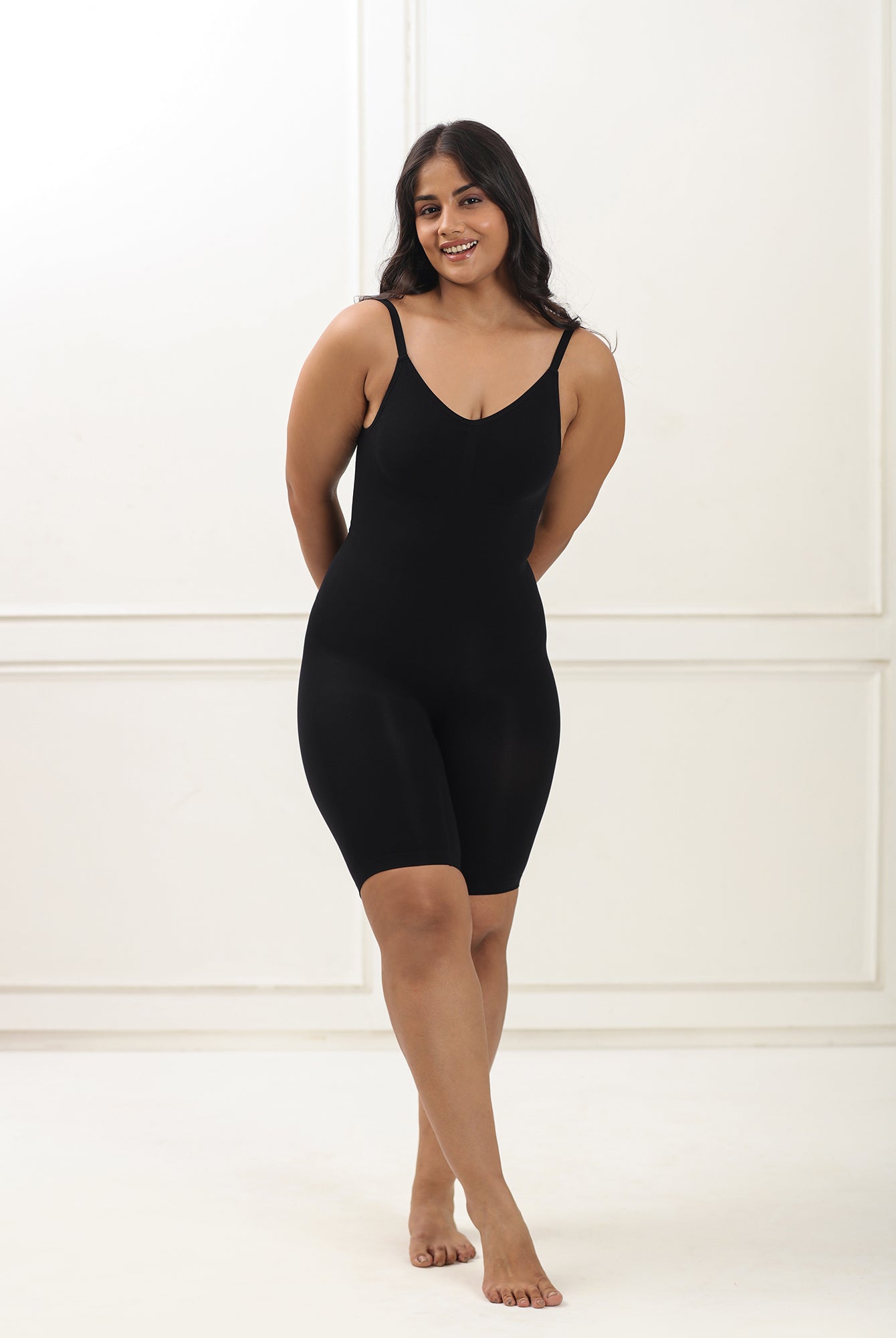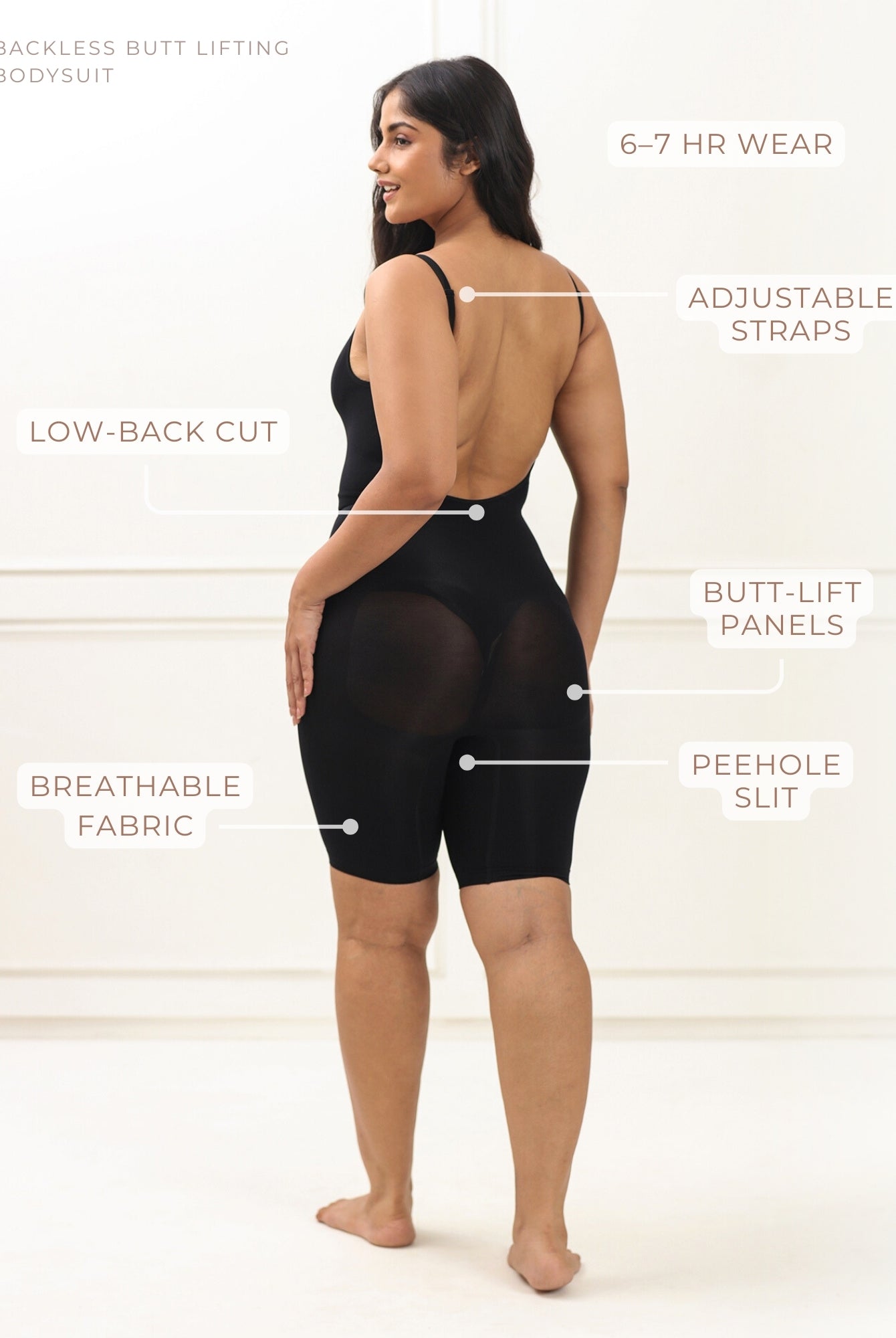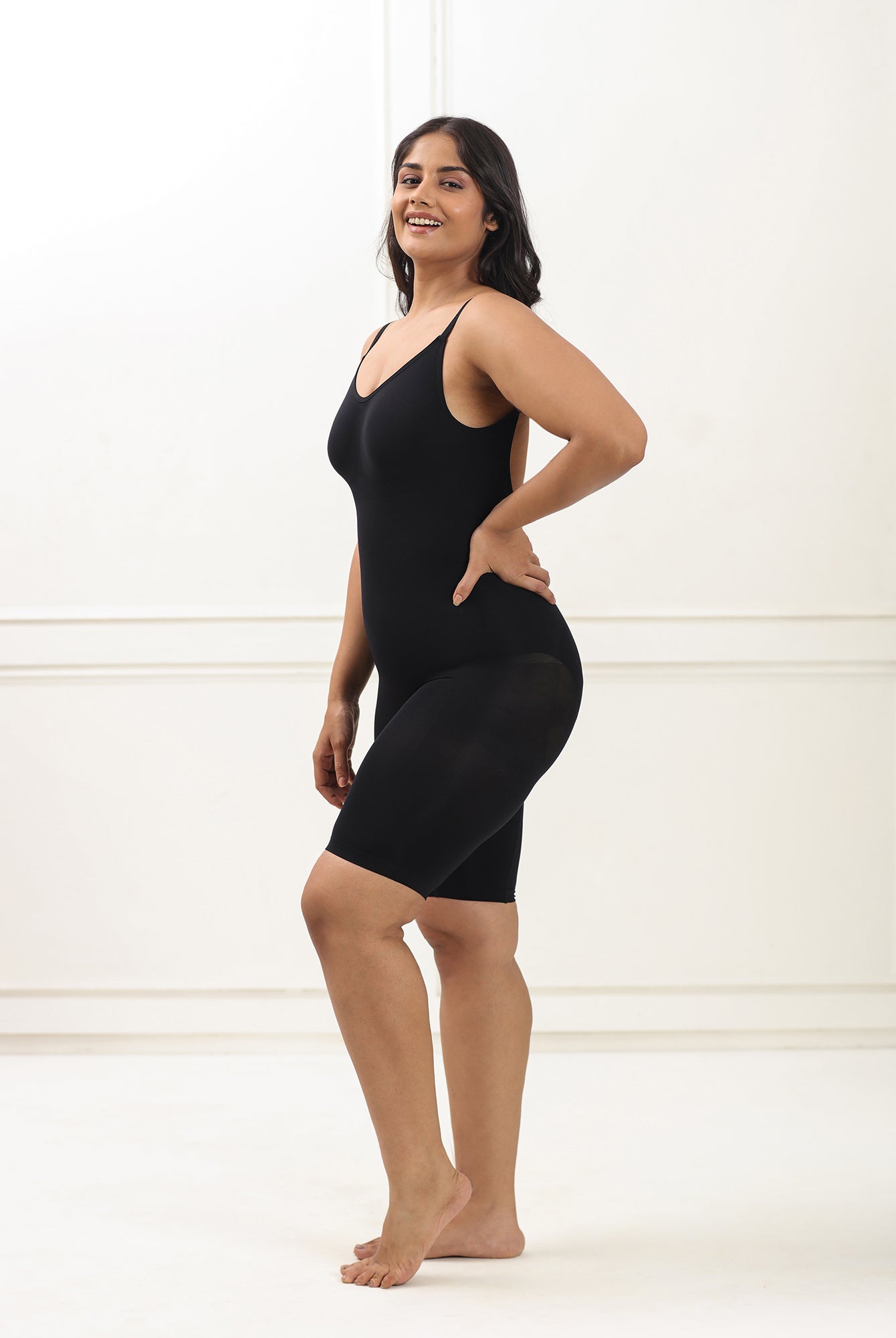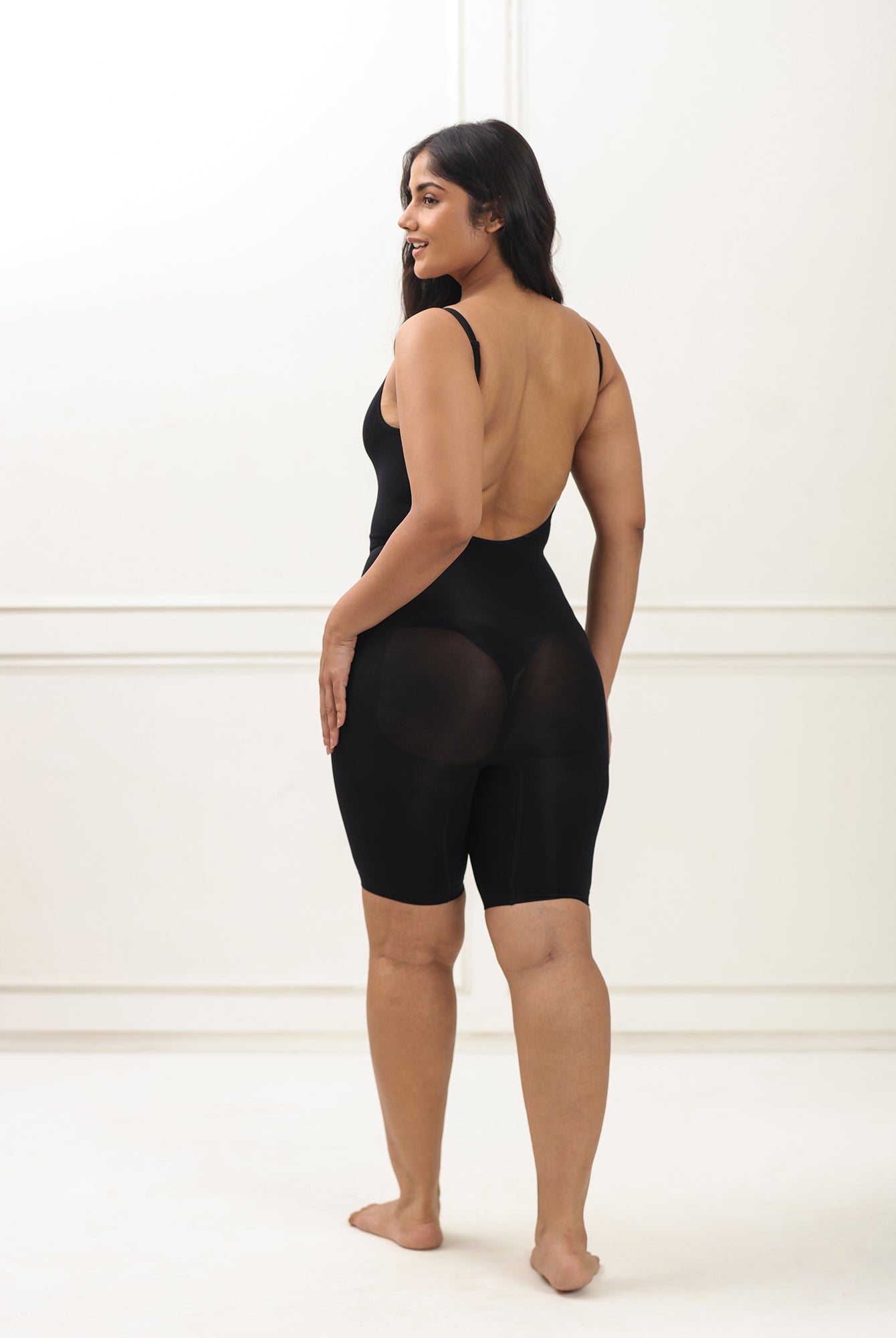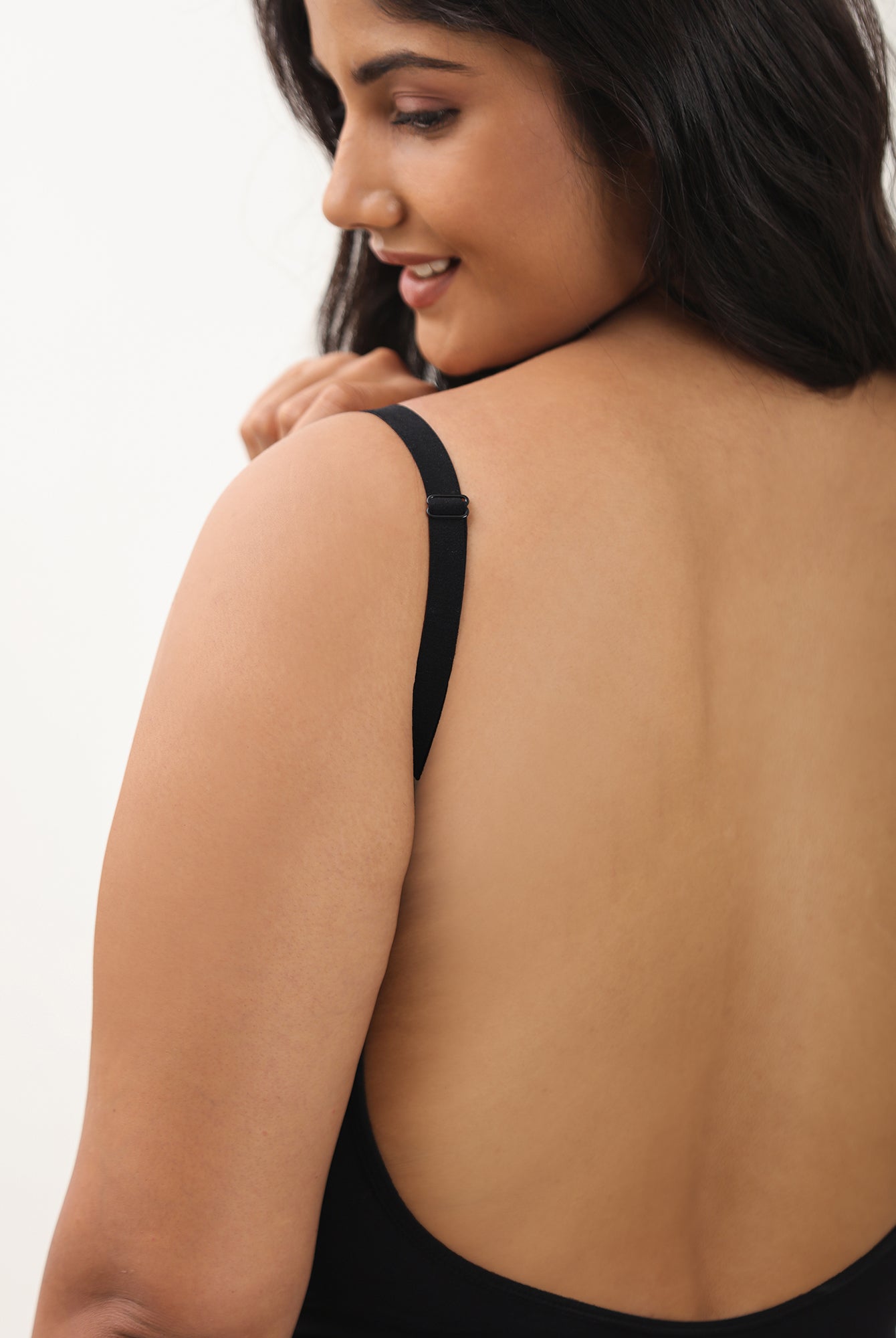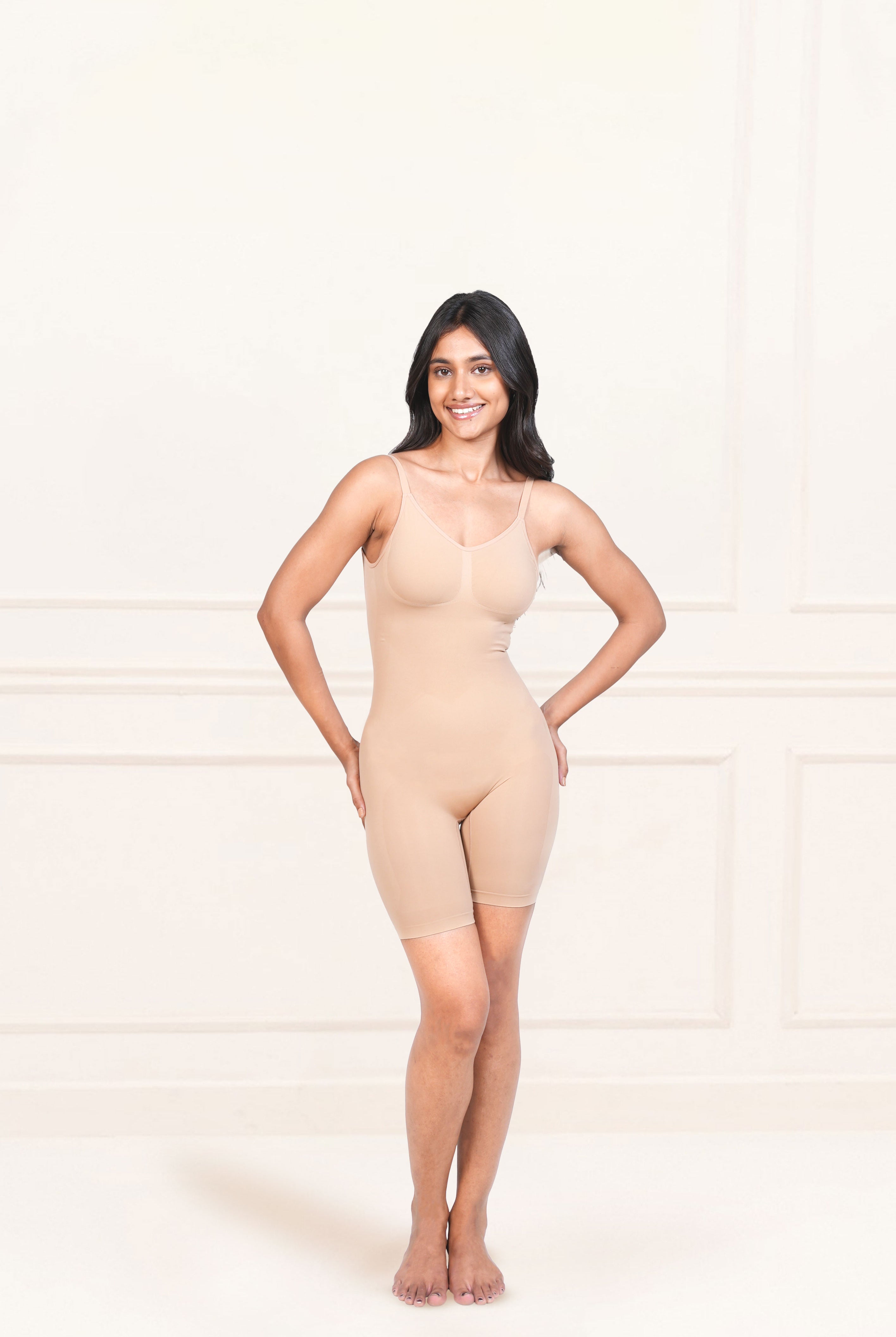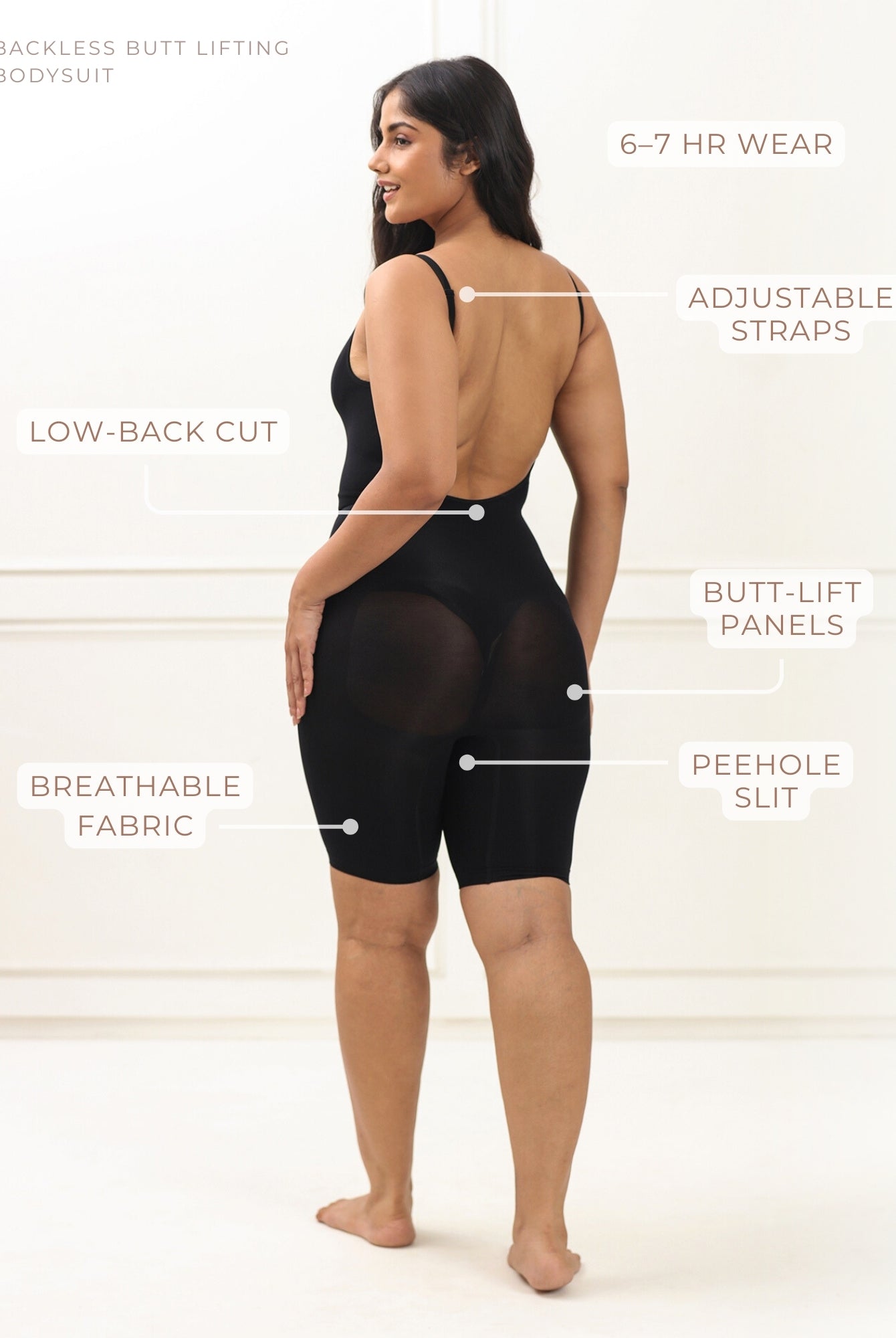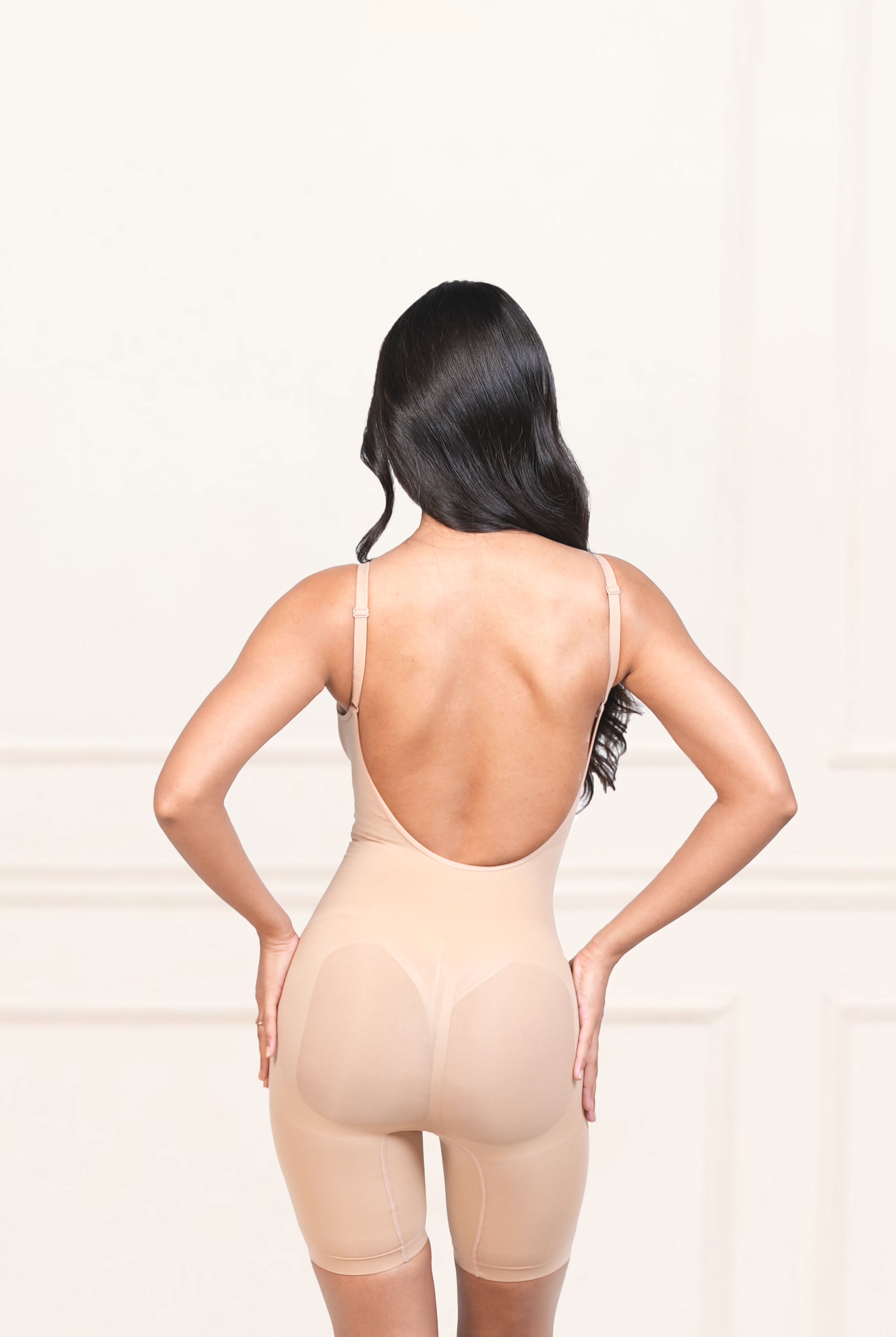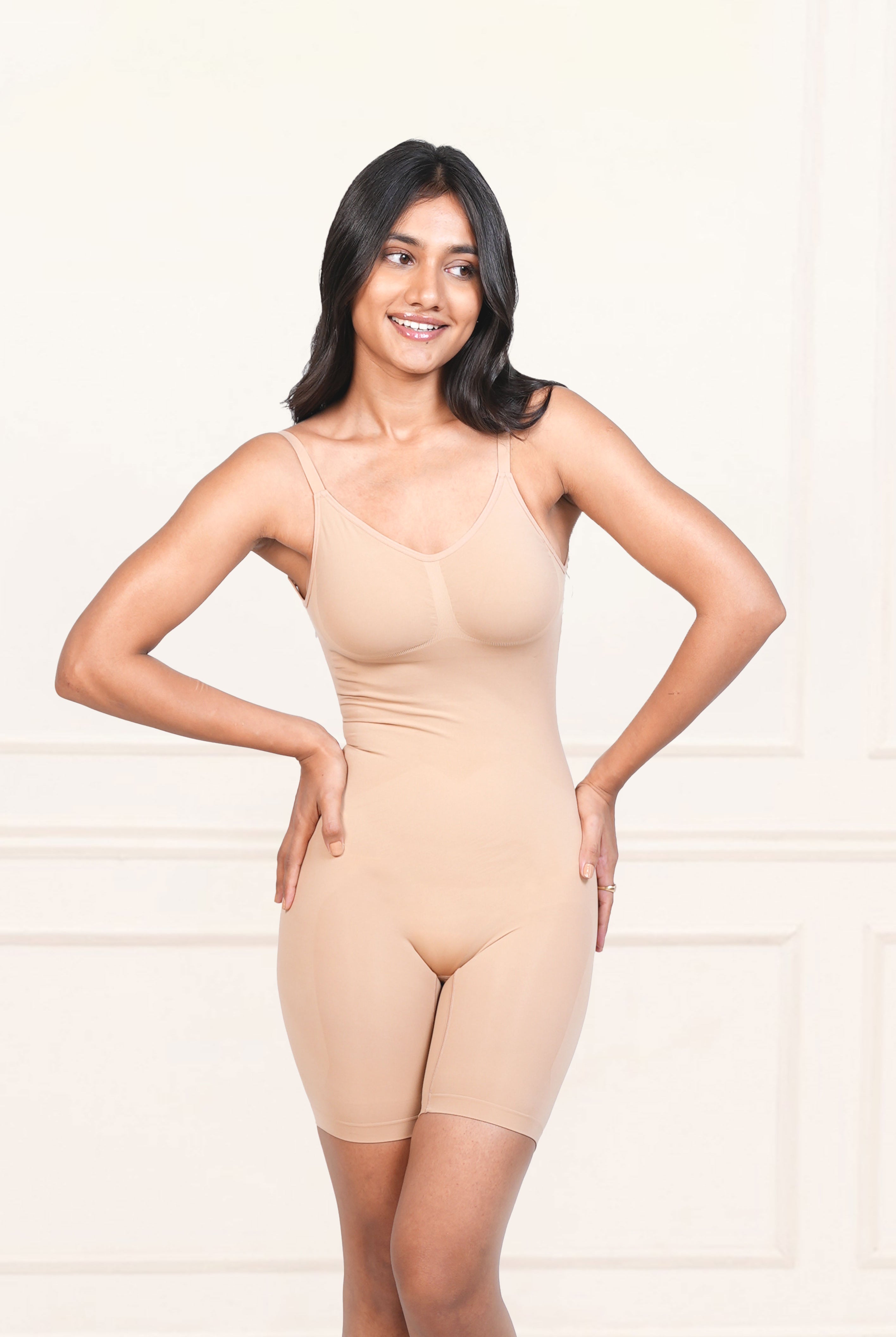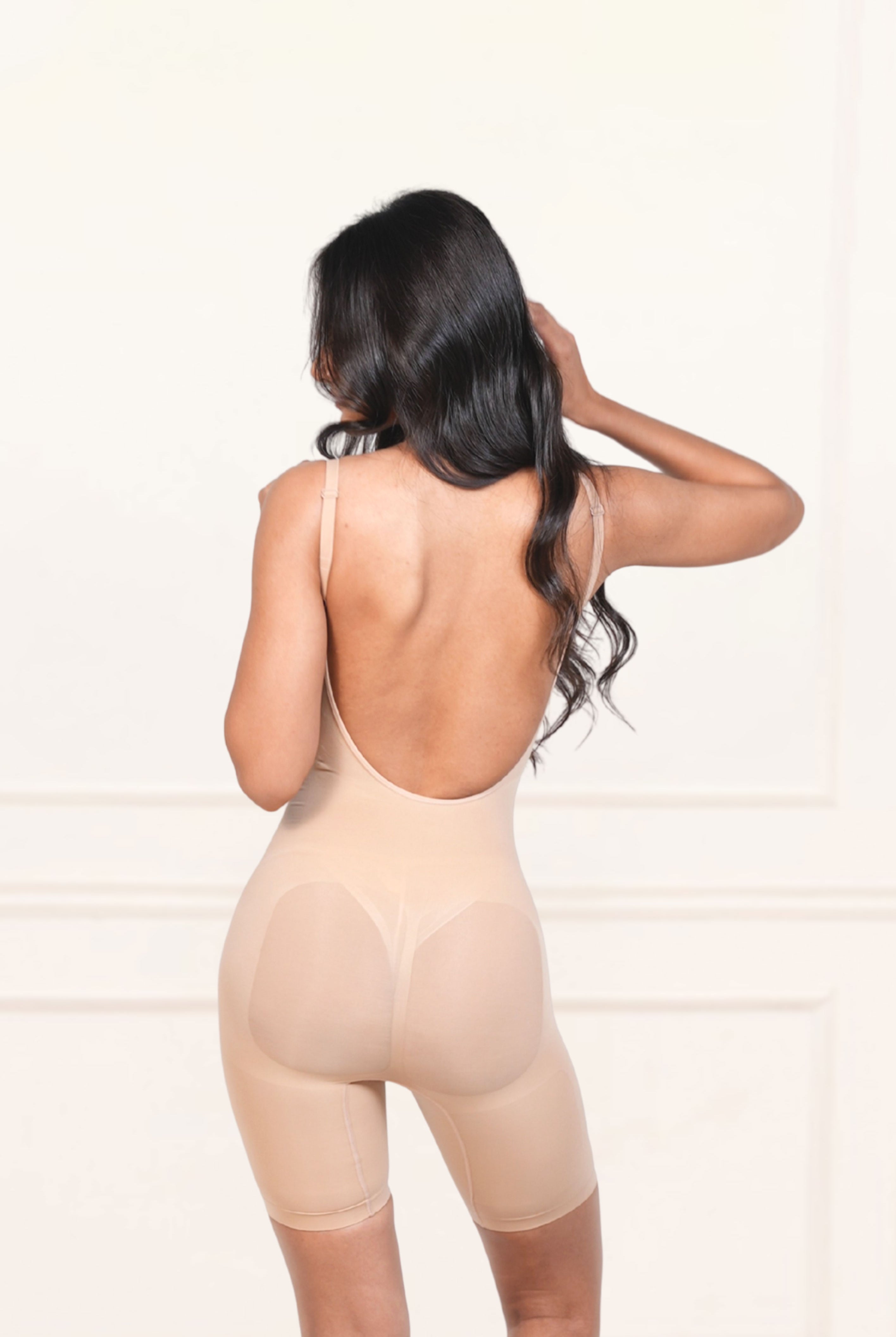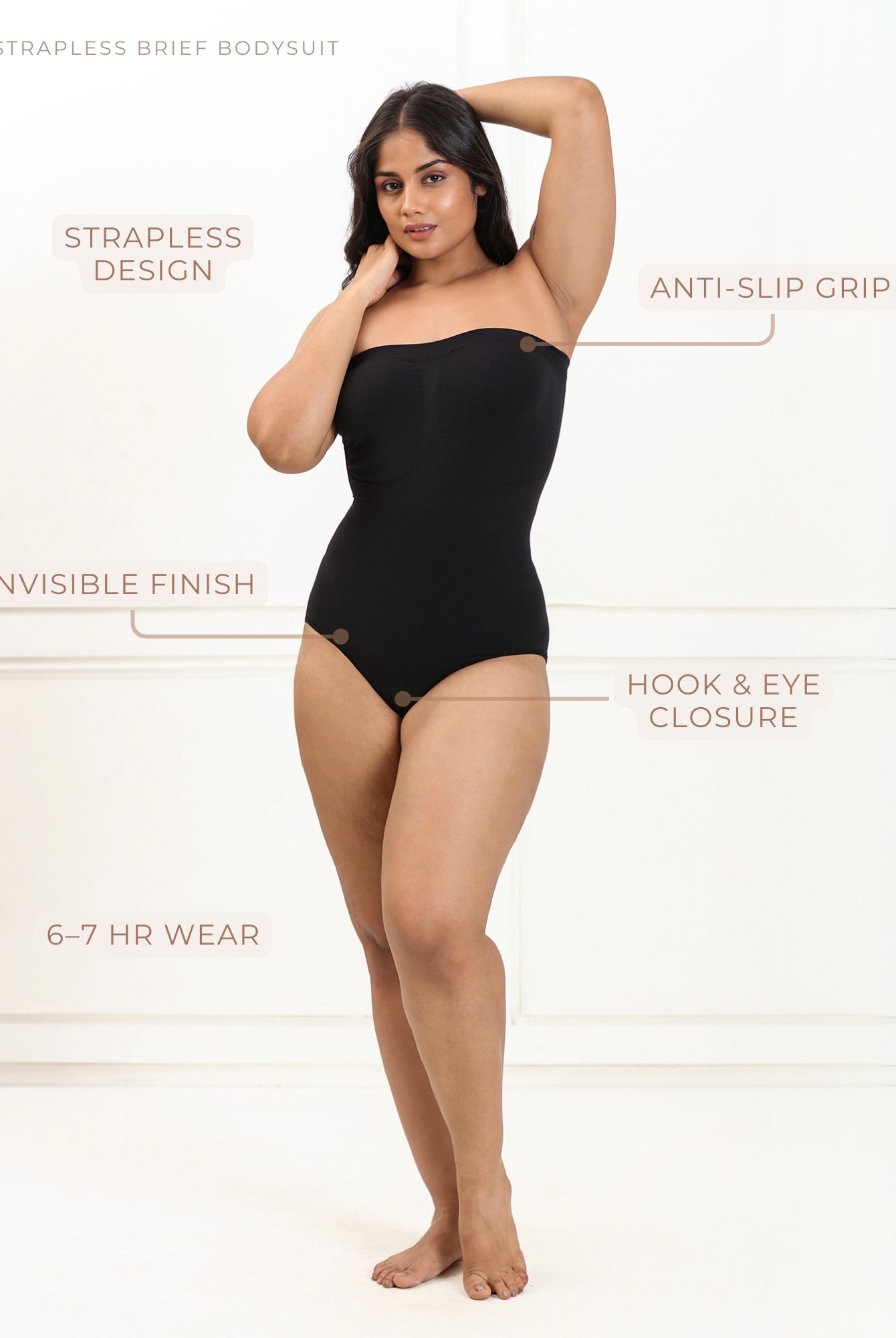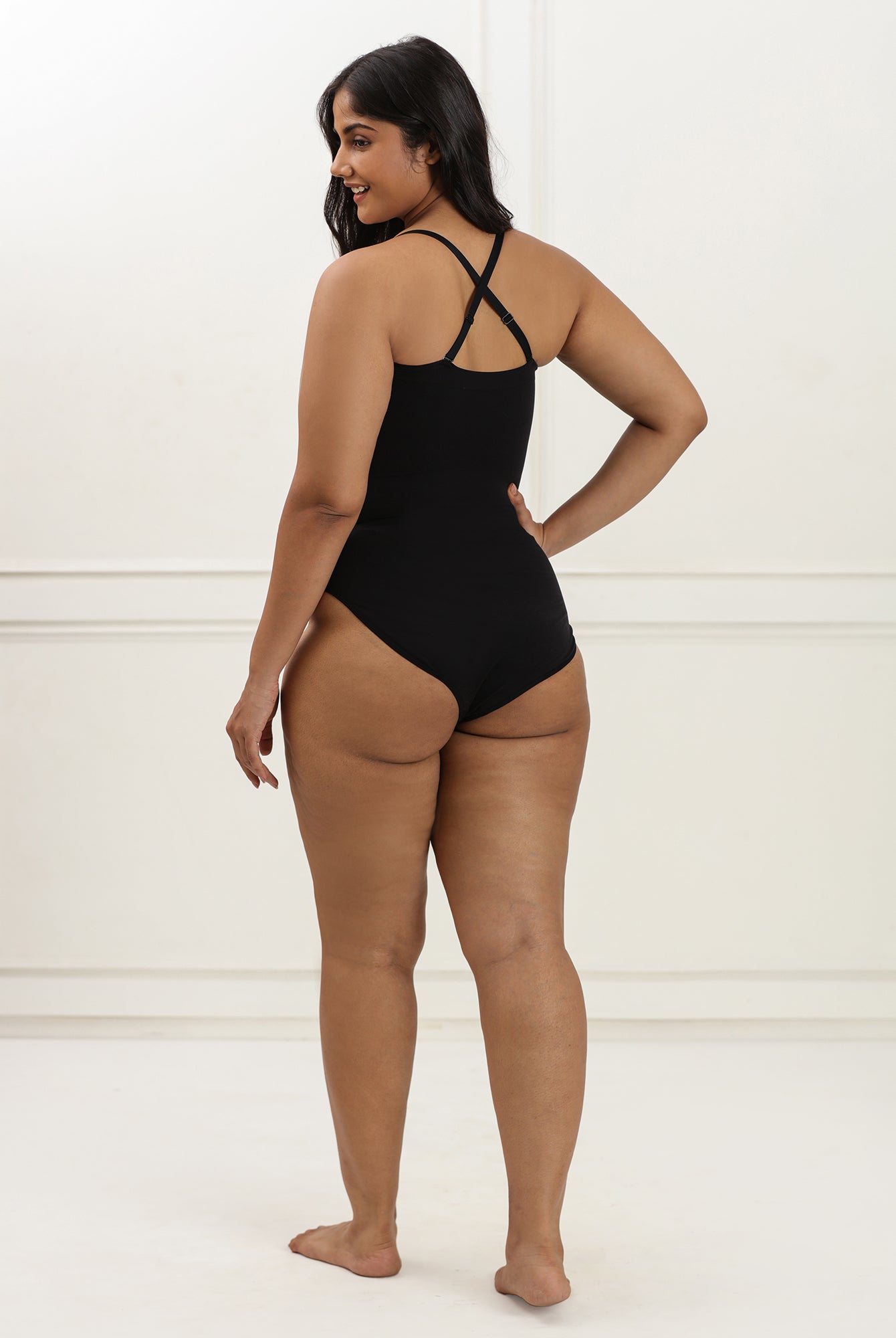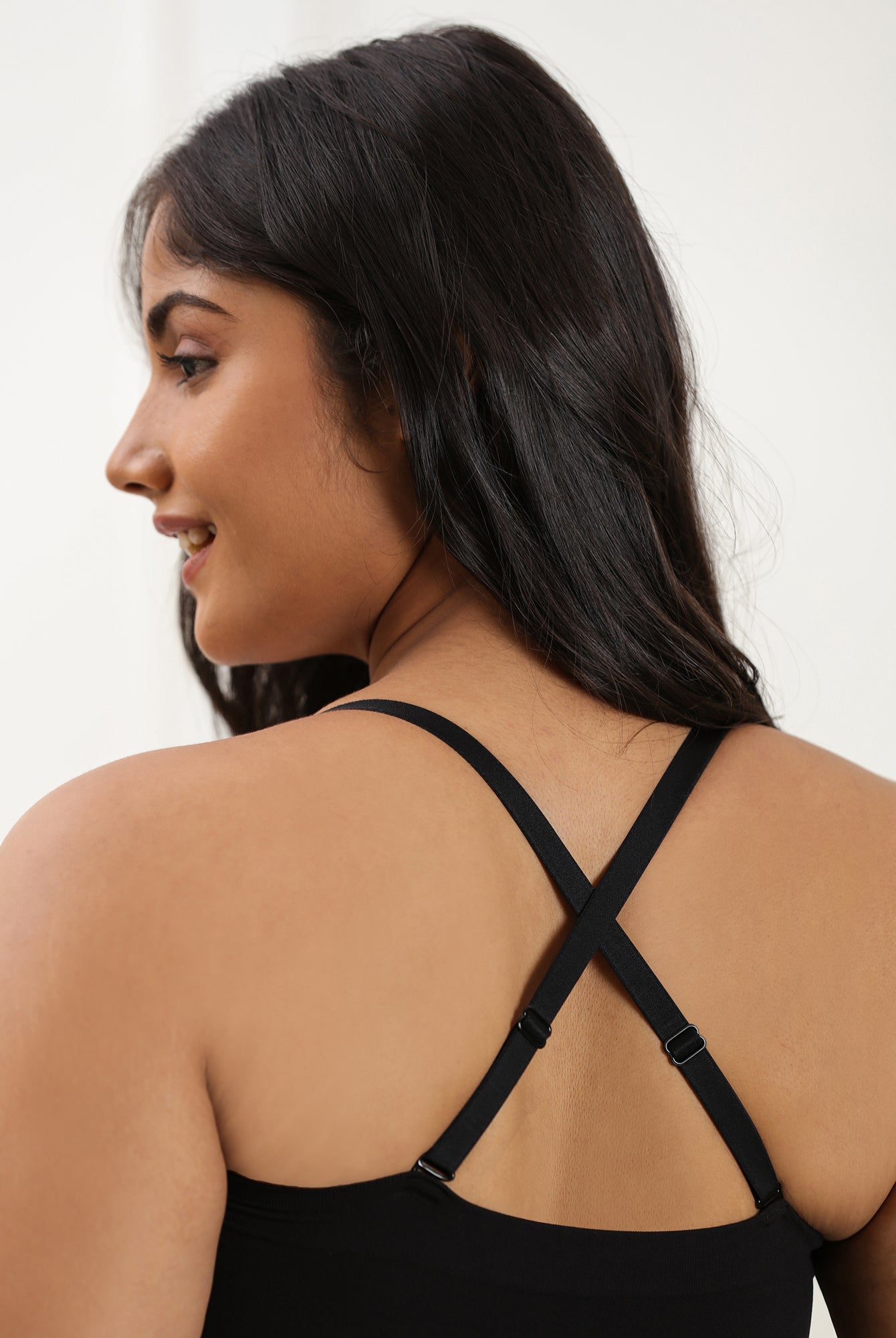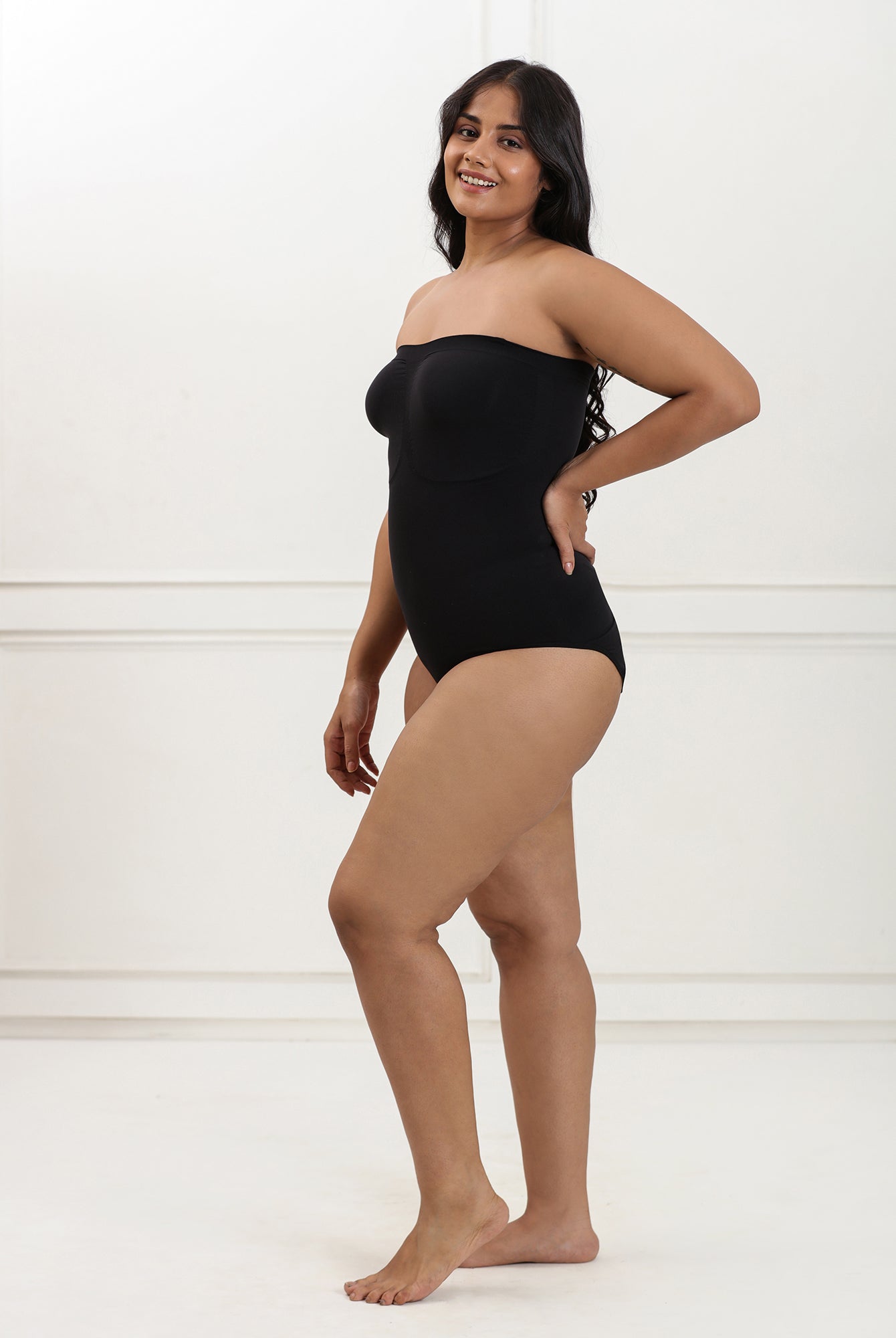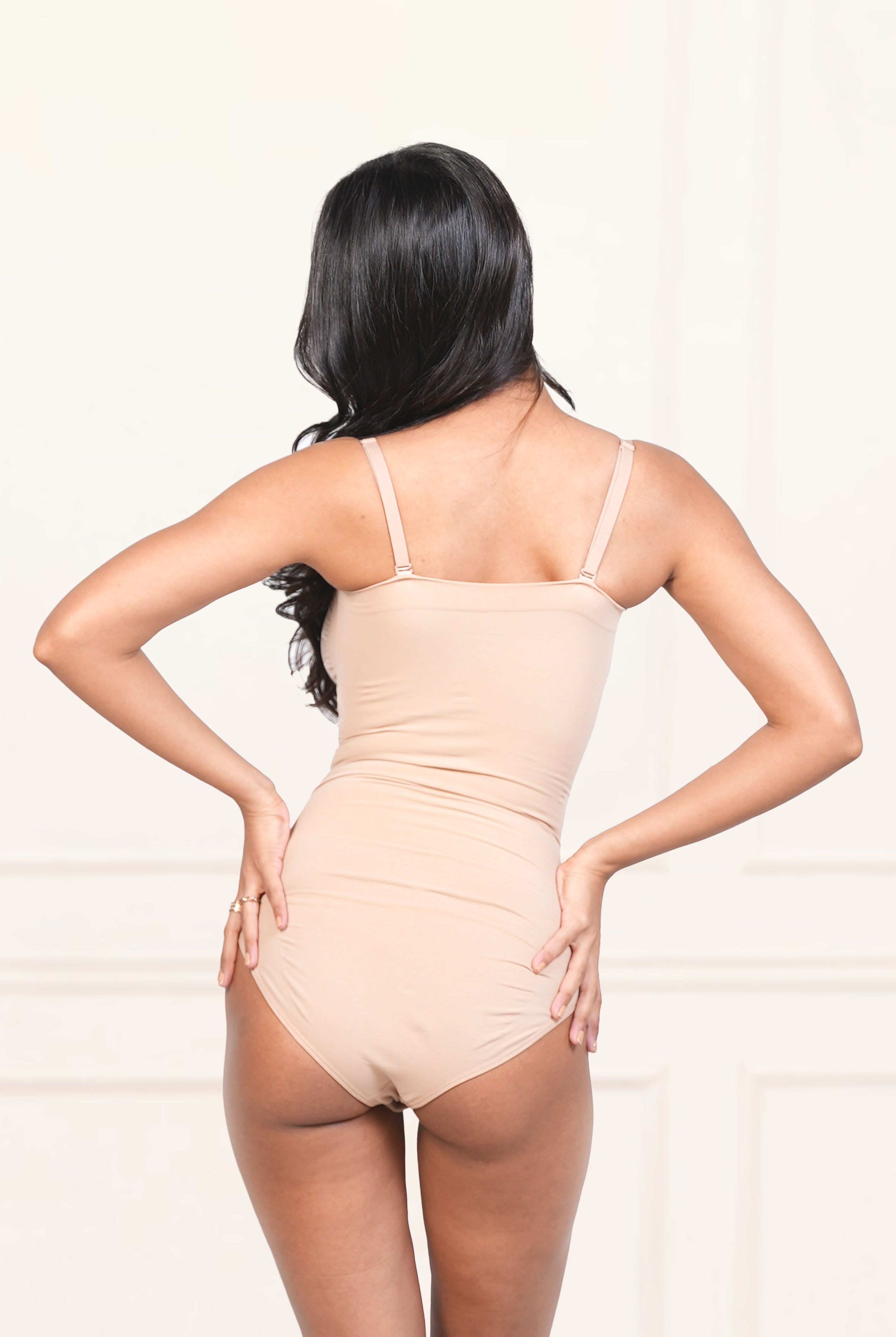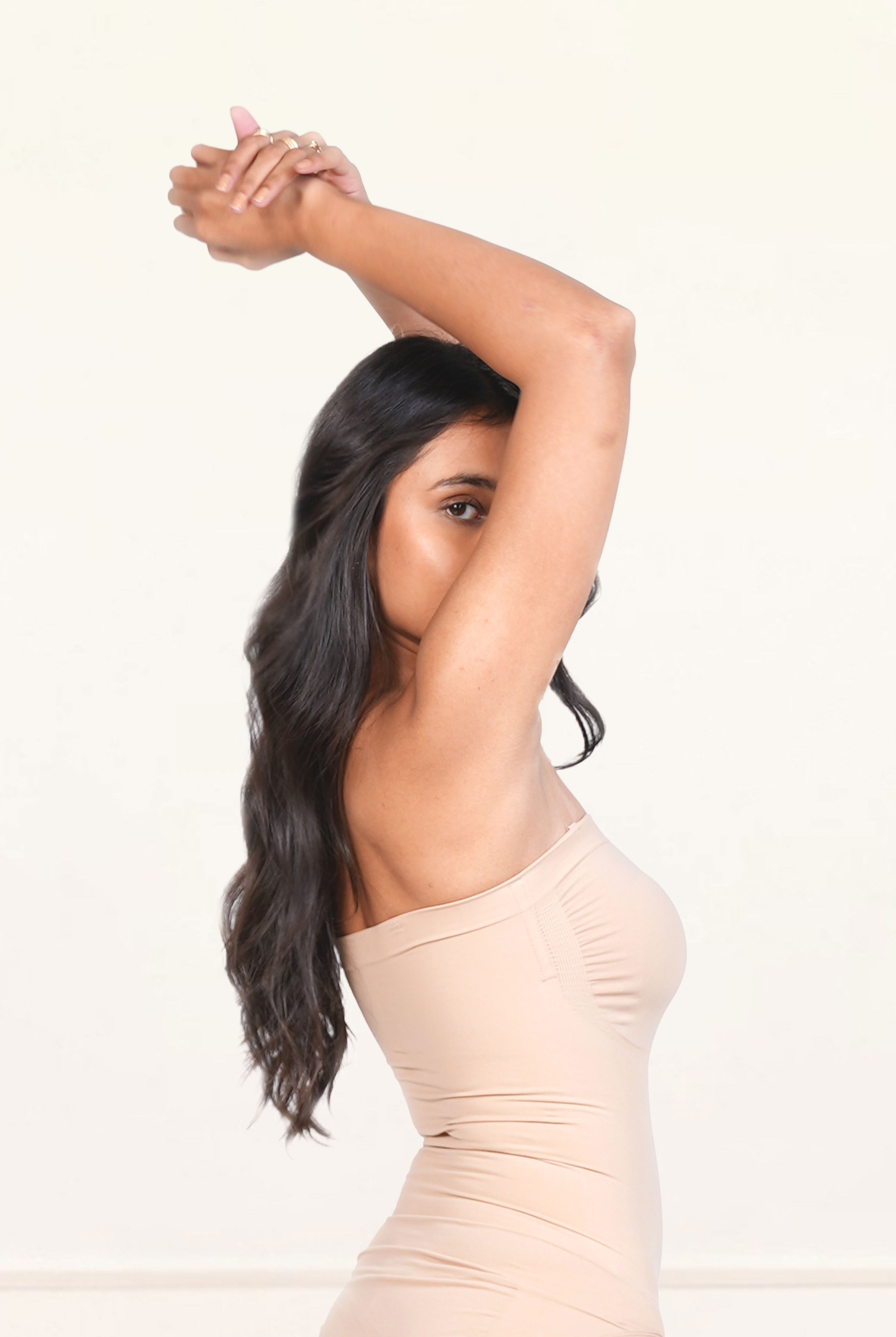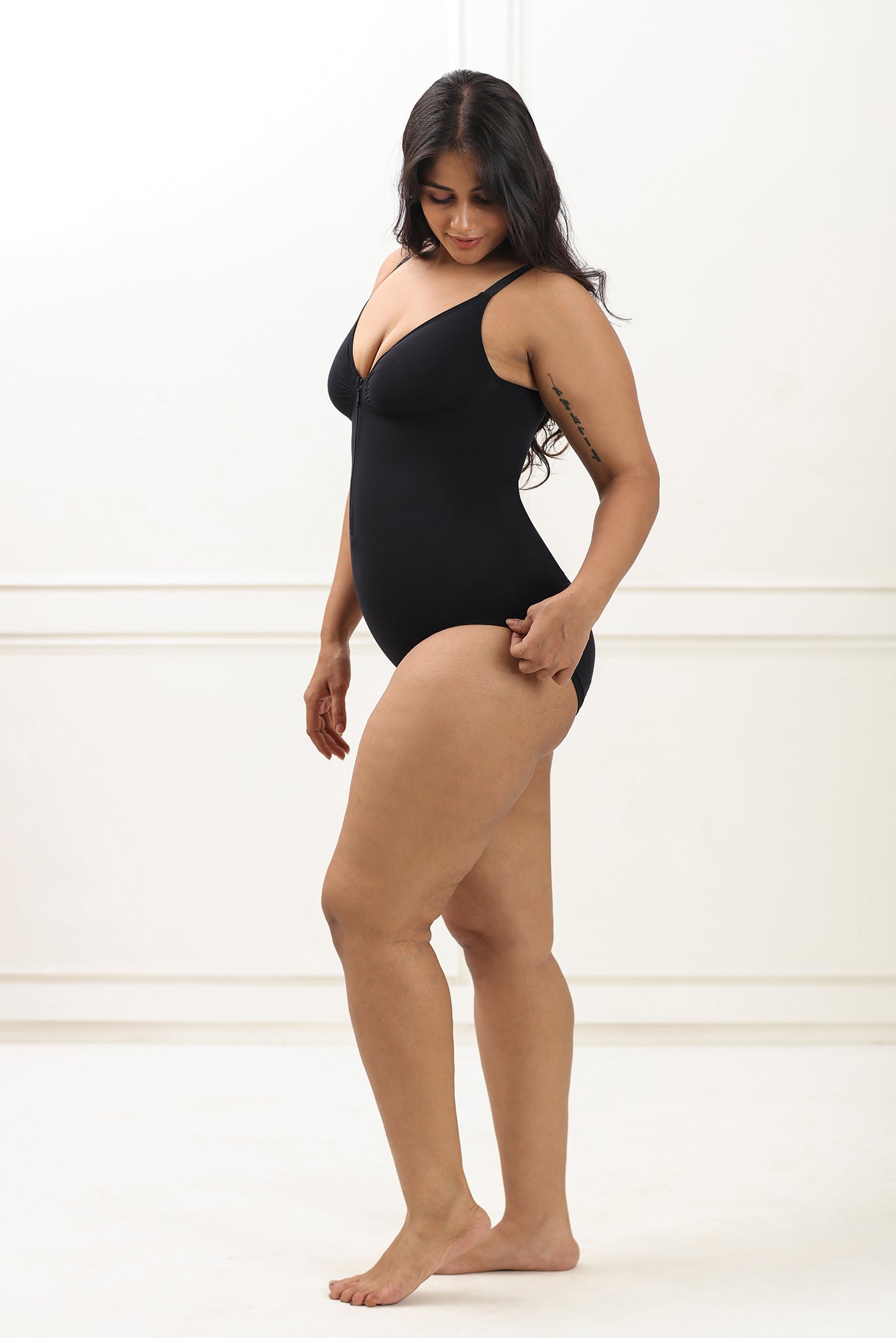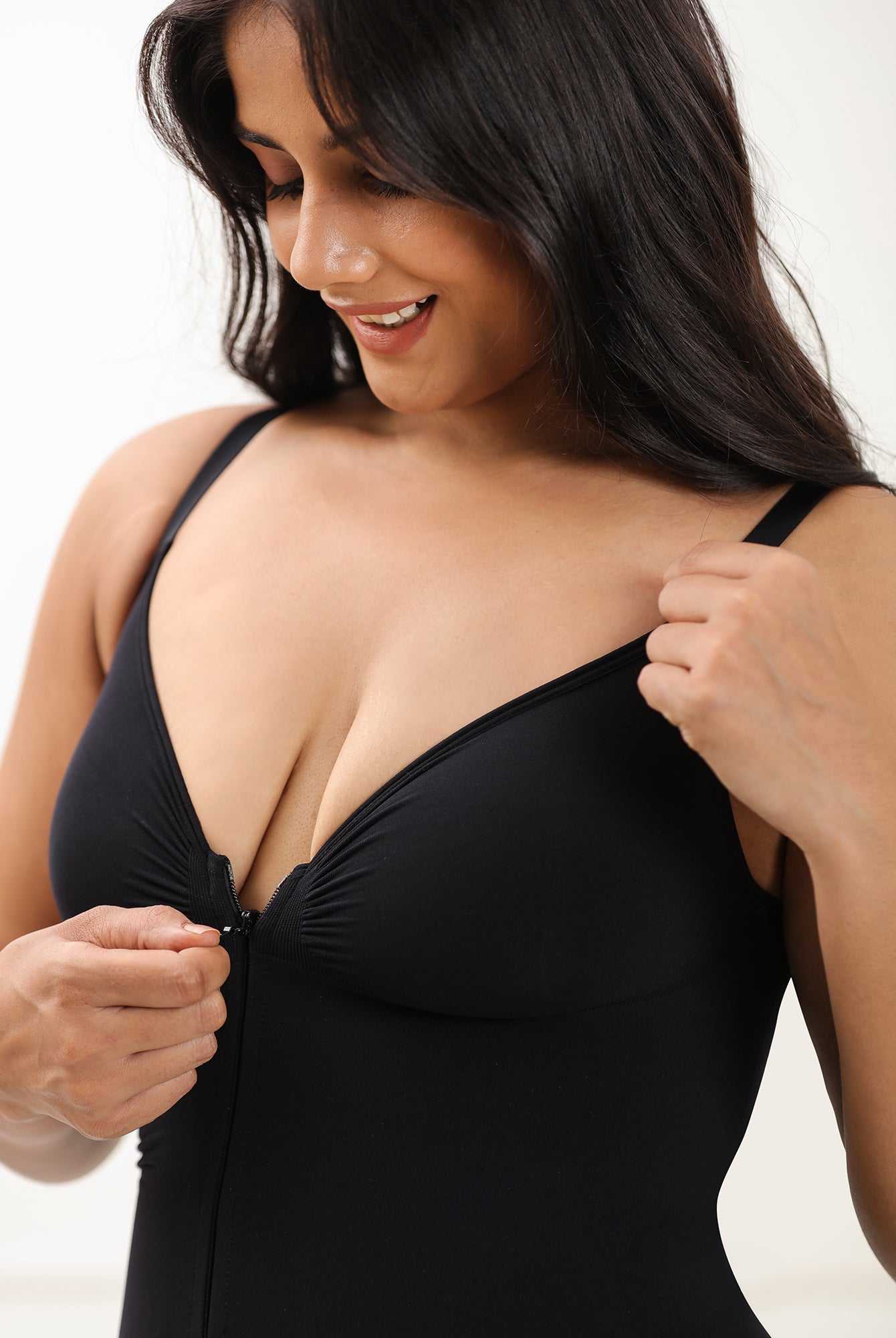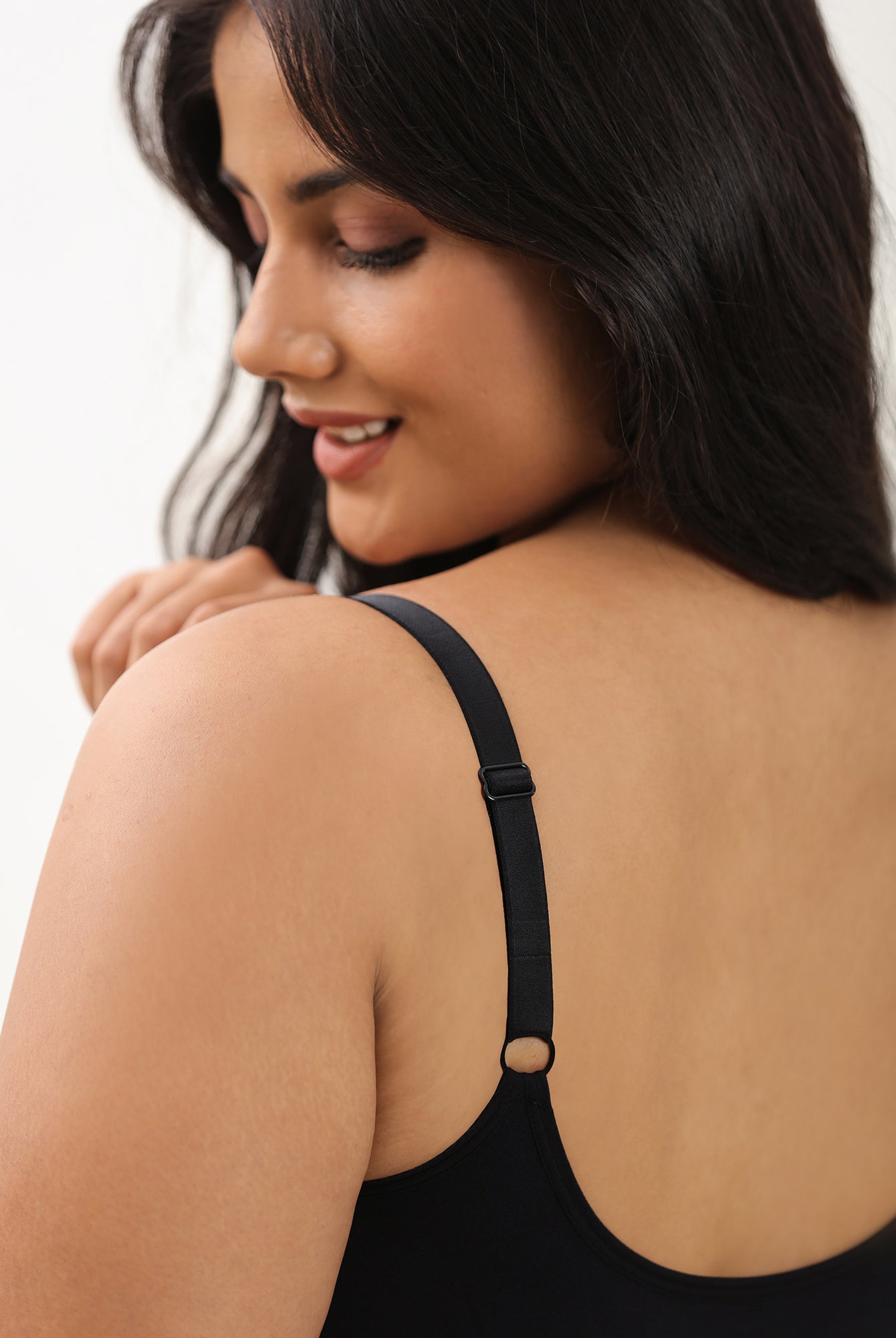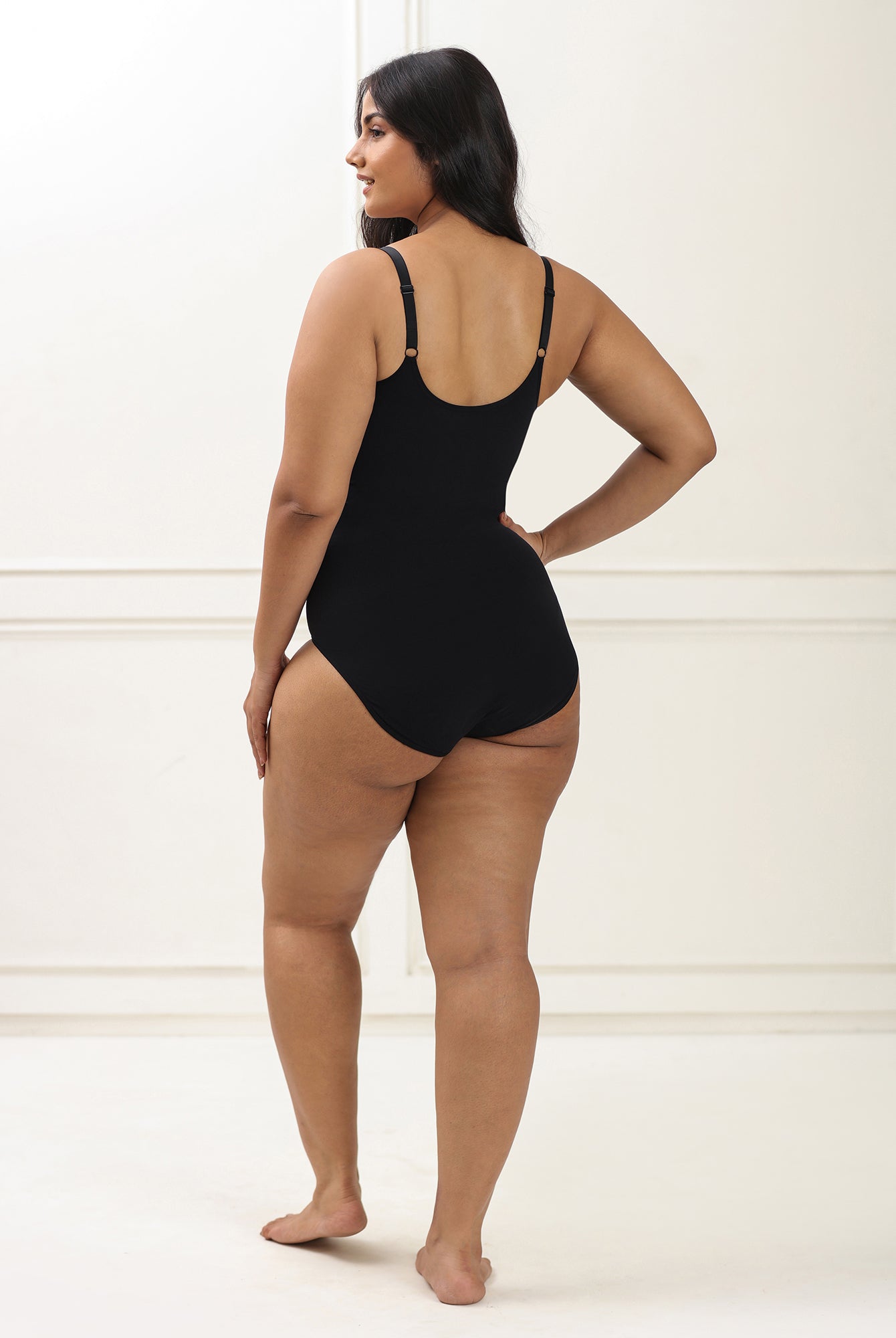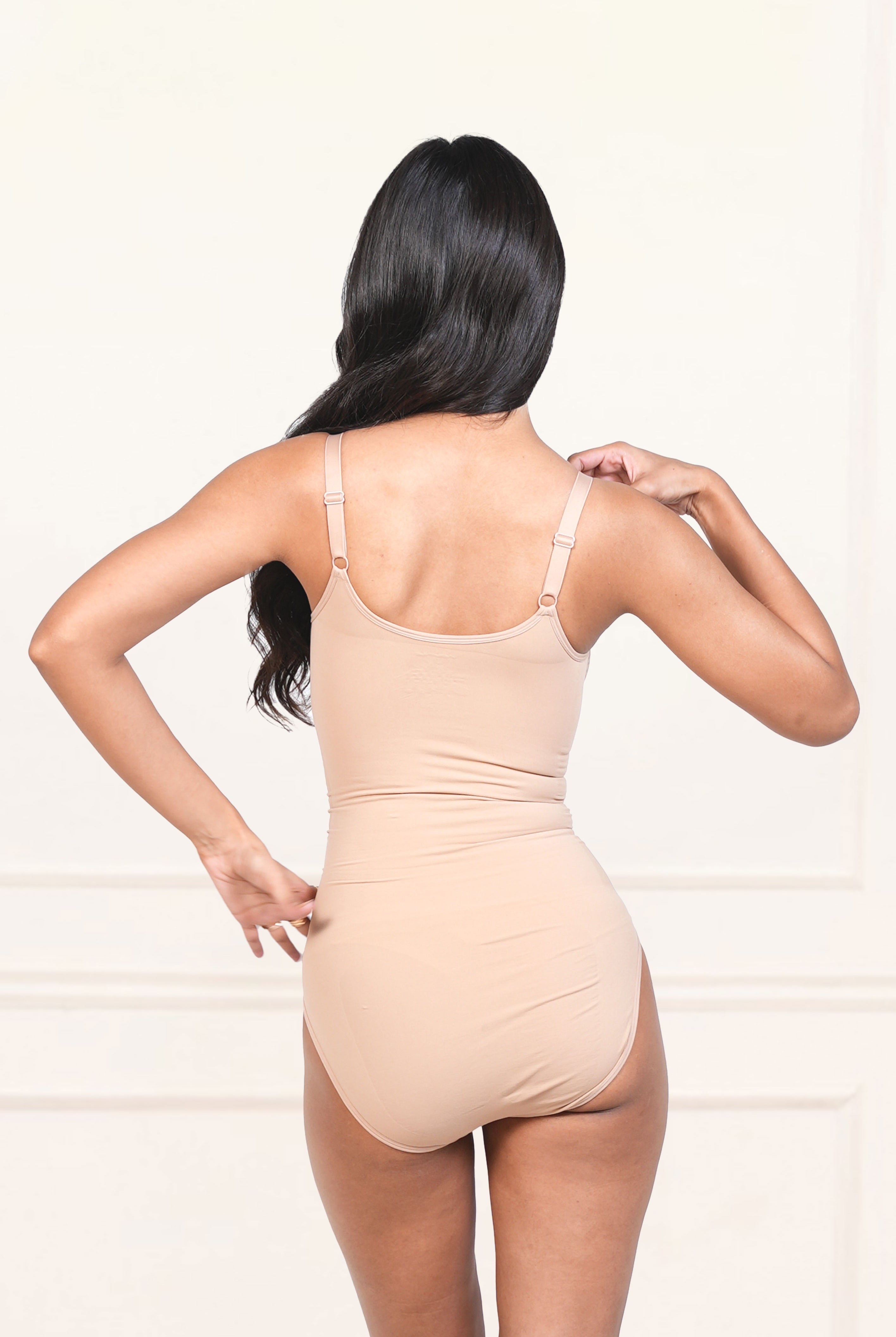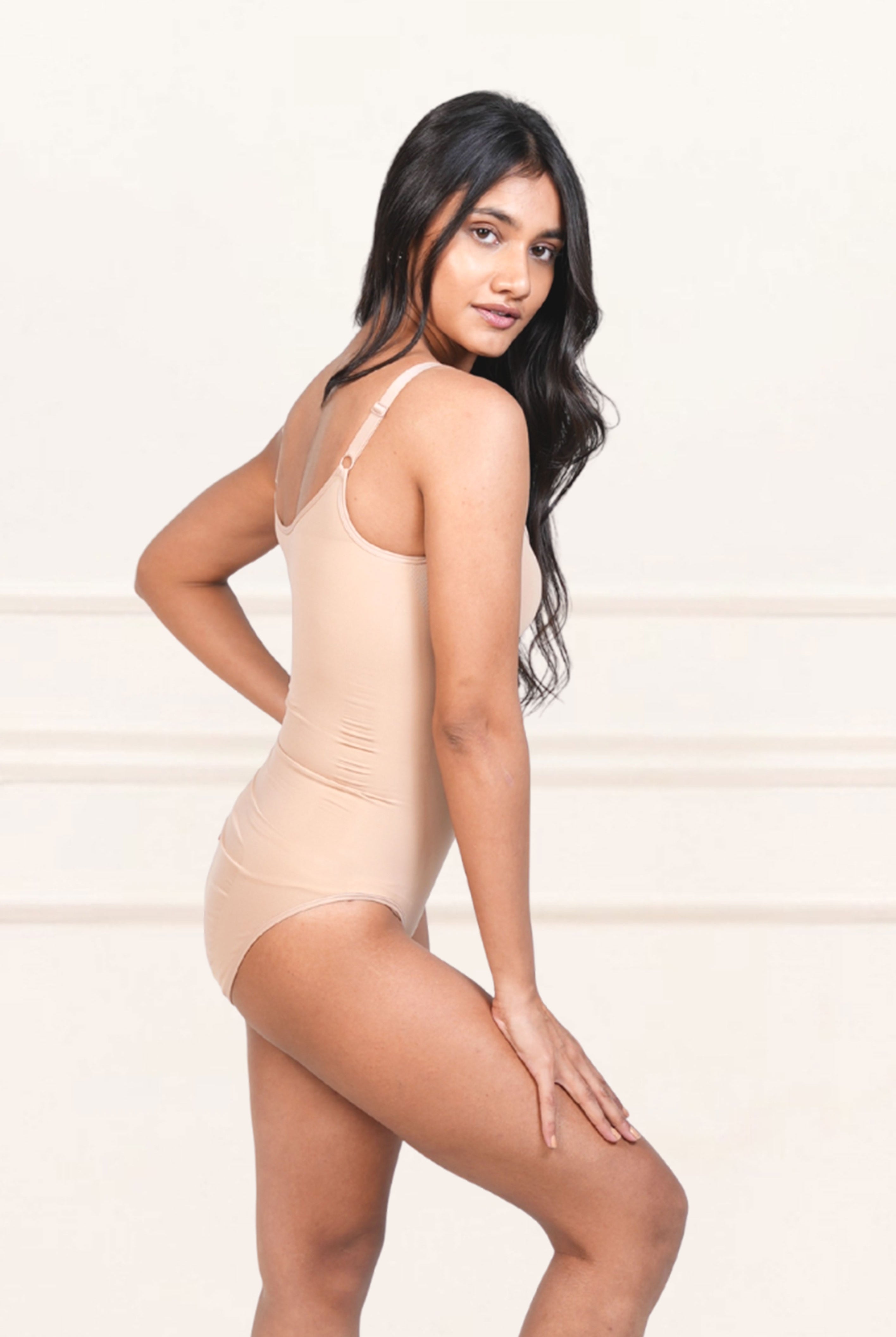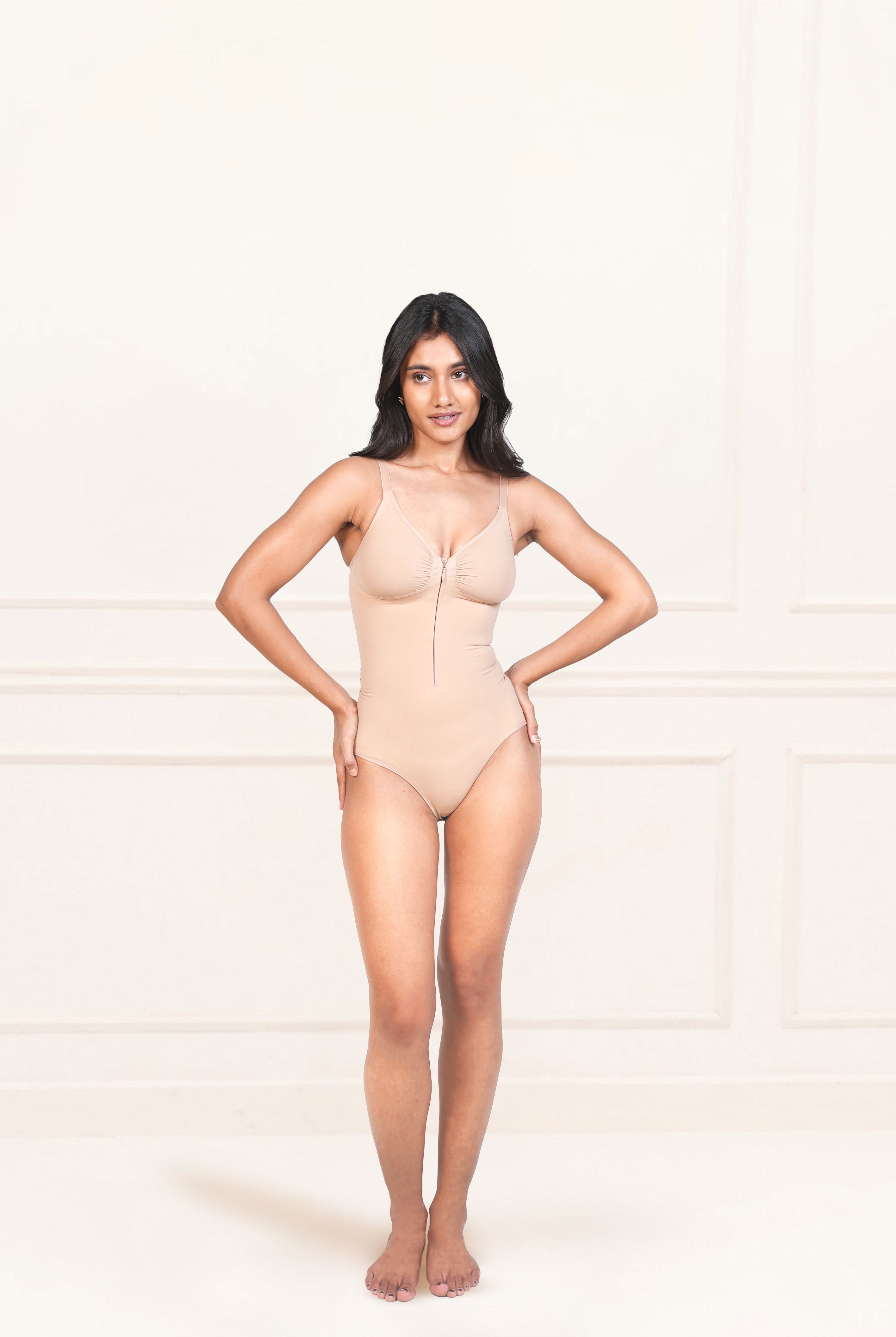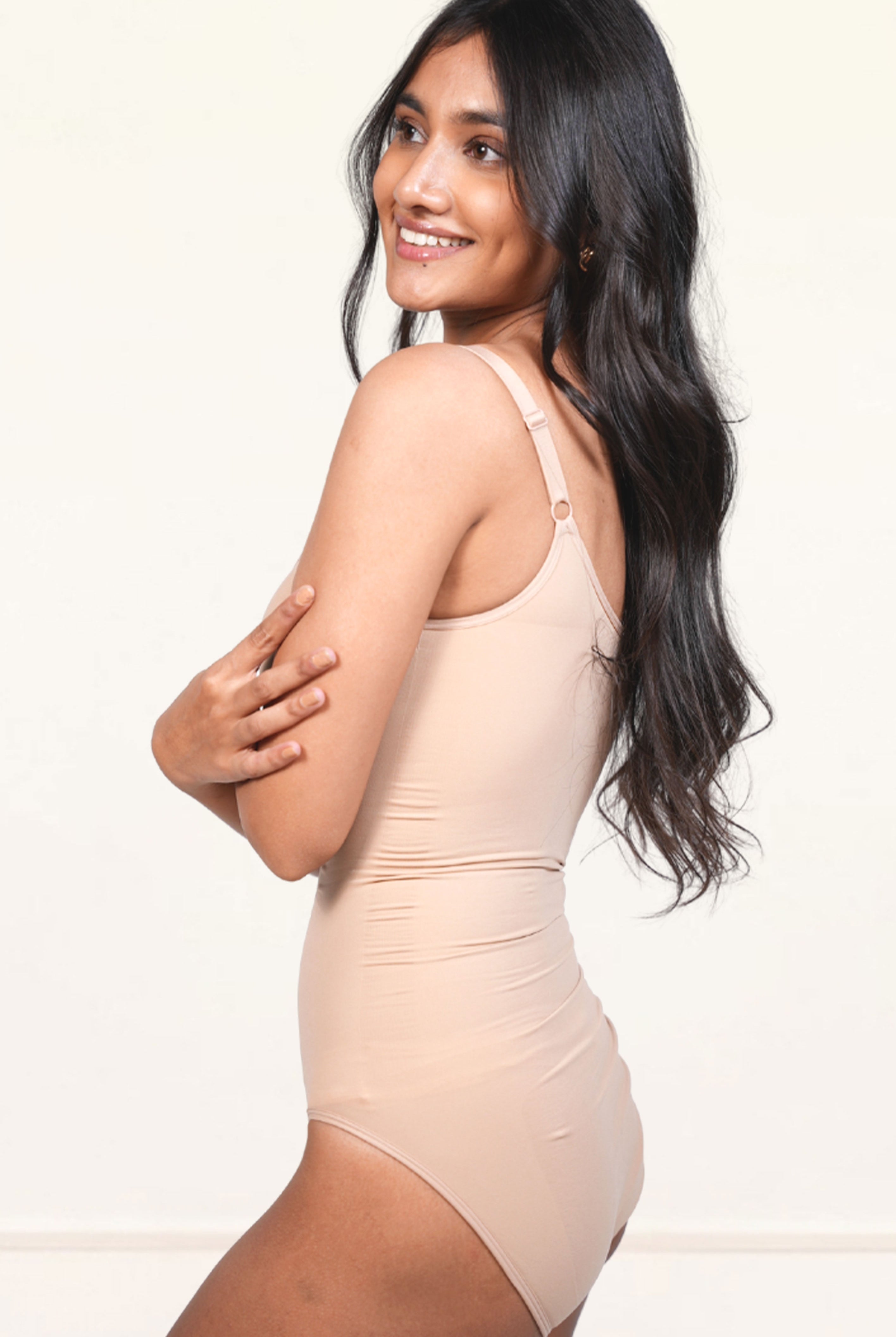Quick Summary:
-
Why nipple health is more important than you think
-
Common issues and solutions for nipple health
-
What you can do to avoid sore nipples
-
Silicone nipple covers - how they can be a tool for comfort and care
-
What to look for to get the best nipple covers
-
Final thoughts on the why, how, and what of nipple health

Nipples, they may not be dinner conversation, well, they’re not even included in everyday conversation, but not anymore. Your nipples need the same care and attention that your breasts do, whether you’re nursing, just out and about, or lounging and binging on Netflix. Healthy and well-cared-for nipples can make a huge difference! They are delicate and often just thought of in terms of pleasure, but they have a huge impact on your health - physical, emotional, and psychological.
Why is Nipple Health Important (More than you think)
Nipples are sensitive hubs of sweat glands, and nerve endings with skin that responds to touch, temperature, and, yes, your bra as well.

Ignoring them can cause pain and chafing, and in extreme situations, could also affect breastfeeding. Irritation and pain from clothes, or frustration from poor feeding, can result in stress. Poor nipple health can also cause feelings of anxiety, depression, body image issues, and other emotional and psychological distress. So, take care of your ‘buds’, for the sake of your breast health and your comfort.
Common Nipple Issues and How to Resolve Them
Cracks & Fissures
Dryness and friction lead to pain and fissures. The common causes of these painful cracks include poor latch while nursing, excessive pumping techniques, dry skin, or using soaps that irritate the skin. Cracks belong on bad walls, not your nipples. Moisturise with either lanolin or hypoallergenic cream, and always talk to a doctor if you’re experiencing something like this.
Chafing & Irritation
Fabric friction can be a real pain when you have rough seams or synthetic bras. Stick to cotton bras, or at least innerwear with soft seams. Apply broad zinc creams or nursing-friendly nipple shields gently if you have nipple chafing.
Dryness & Stinging Sensitivity

Dry weather, scented soaps, and over-washing can strip the natural oil from your glands. When taking a bath, simply wash your nipples with normal water, let them dry on their own, and always keep them moisturised.
Yeasts & Infections (Thrush)
Itching or a warm burning feeling that does not go away may also suggest a fungal infection, such as a thrush. Home remedies can help: rinse with warm water, air dry, wash all of your bras thoroughly, but most of all, consult your doctor; they’ll be your saving grace and nip the infection in the bud (all puns intended).
Latch and positional pain
During the first days after delivery, if you feel soreness in your nipples, then the culprit is probably poor latching. The baby needs to take in your entire areola, not just your nipple. If the soreness doesn’t go away even after correcting the poor latch, you can visit your doctor or have a lactation specialist come in to help you out.
Abnormal Symptoms

If you have abnormal symptoms like unusual discharge, bleeding, persistent rash, or lumps, we cannot emphasise this enough: go to a doctor and get yourself checked out immediately. For example, abnormal discharge could be pointing towards Paget's disease or early-stage breast cancer, so don’t take your nipples or your health for granted.
Daily habits to avoid sore nipples

-
Gentle bra & shaping: Soft material, wide straps, few seams, and breathable designs are key to avoiding sore nipples and a fashion faux-pas. Choosing good-quality silicone nipple covers and other accessories is crucial to avoid skin irritation and other problems.
-
Gentle wash: Tired of soreness and nipple pain? Use warm water to clean your nipples and toss out the soap, as it can worsen the soreness.
-
Moisturise and air dry: Use lanolin or calming balms overnight. Take off your bra or silicone nipple covers and let your nips get some air from time to time.
-
Staying clean & dry: Change any nursing pads, bra, silicone nipple covers when you notice the first sign of moisture or sweat. Staying clean and dry not only feels good for you but also lets your nipples breathe a sigh of relief.
-
Be observant with symptoms: Always be observant when it comes to your breast health, and if you feel like something isn't right, then don’t be afraid to ask for help. It can very well be the difference between life and death.
Nipple Covers: A Tool for Comfort and Care
While nipple covers are often seen simply as a way to avoid a wardrobe malfunction, they're a versatile tool for your nipple health and comfort. They can act as a protective barrier against chafing from clothing and can prevent irritation from tight or synthetic fabrics. They’re a simple way to feel more confident and comfortable in your skin, no matter what you're wearing.
A Deep Dive Into Silicone Nipple Covers
Silicone nipple covers are a popular choice for good reason! They are reusable, durable, and offer a discreet, seamless look under even the most form-fitting clothing. The medical-grade silicone is soft and flexible, contouring to your body for a natural appearance.

However, choosing the right pair is key. Look for a shade that matches your skin tone for the most invisible look. They also come in different sizes, so make sure you choose a diameter that will comfortably cover your nipple and areola. (Size matters here!) If you don’t have the right size, it can be either too tight, causing painful compression, or too loose, leading to friction and irritation.
To keep your nips safe, proper care of silicone nipple covers is also essential. After each use, gently wash them with a mild, non-moisturizing soap and warm water. Let them air-dry completely, adhesive-side up, before placing them back in their protective case. This simple routine will keep them hygienic and help the adhesive last longer.
Finding the Best Nipple Covers

So, how do you find the best nipple covers? It's all about knowing what to look for. Here’s what you should focus on:
-
Adhesive Quality: Skin surrounding the nipples is sensitive, so a good quality adhesive is a must!
-
Material: Look for hypoallergenic, medical-grade silicone or fabric to avoid skin irritation.
-
Thickness: Thinner covers are great for a truly seamless look, while thicker ones might offer more coverage.
-
Shape: You can find nipple cover in various shapes, like round or petals, to suit different outfits and give different effects.
-
Finish: Some covers have a matte finish to prevent shine under flash photography, which can be a game-changer!
By considering these factors, you can find a nipple cover that provides both the comfort and confidence you're looking for. With silicone nipple covers from Underneat, you get not only the above but also perforation. This means our covers have small holes, which make them breathable and ensure that your buds are sweat and moisture-free.
At Underneat, our priority is to create for real bodies and Indian women, so our silicone nipple covers come in a range of sizes, colours, and shapes. No more compromising on what you wear underneath!
Conclusion: Your Nipples Deserve Love and Care
Your nipples can either exist peacefully or be a danger zone; it totally depends on how you care for them. Daily habits, the right fabrics, using the best nipple covers, and awareness go a long way toward healthy, comfortable nipples. Treat them with kindness, respect their sensitivity, and choose undergarments as well as accessories, like silicone nipple covers, that love your body as much as you do, if not more.
FAQs
Can the wrong bra affect the health of the nipples?
Yes. The wrong fit, seam, and tight band can be very irritating and can lead to nipple chafing, irritation, or just an overall uncomfortable situation.
What is best to wear with sensitive nipples?
Something soft, breathable, and not restrictive. You can also go braless if that’s what you prefer, plus it’s also sometimes good to let your sensitive nipples breathe. Another option is to choose the best nipple covers and give them some much-needed protection.
Can bras prevent nipple chafing?
Absolutely, you need to look for moisture-wicking ones that are seamless and made with fabric that doesn’t irritate the skin.






